29 April- 04 May 2024
Although we are comfortably settled in Siena for a month, we got into our car for several day trips beyond the city. Much of Tuscany is close by, within a sixty- to ninety-minute drive. As with many Italian cities, a lush green landscape embraces you within ten minutes of leaving the dense built environment. No autostradas to deal with. Rather a mix of limited traffic access highways and two-lane roads.
Orbetello
We took our first drive to the southwest, headed to the water—the Tyrrhenian Sea. Bonnie’s goal was to see pink flamingos. Robert’s was to eat fish. Robert won. Despite a World Wildlife Fund nature reserve, Bonnie found the flamingos elusive, which was confirmed by a restaurant server at lunch.
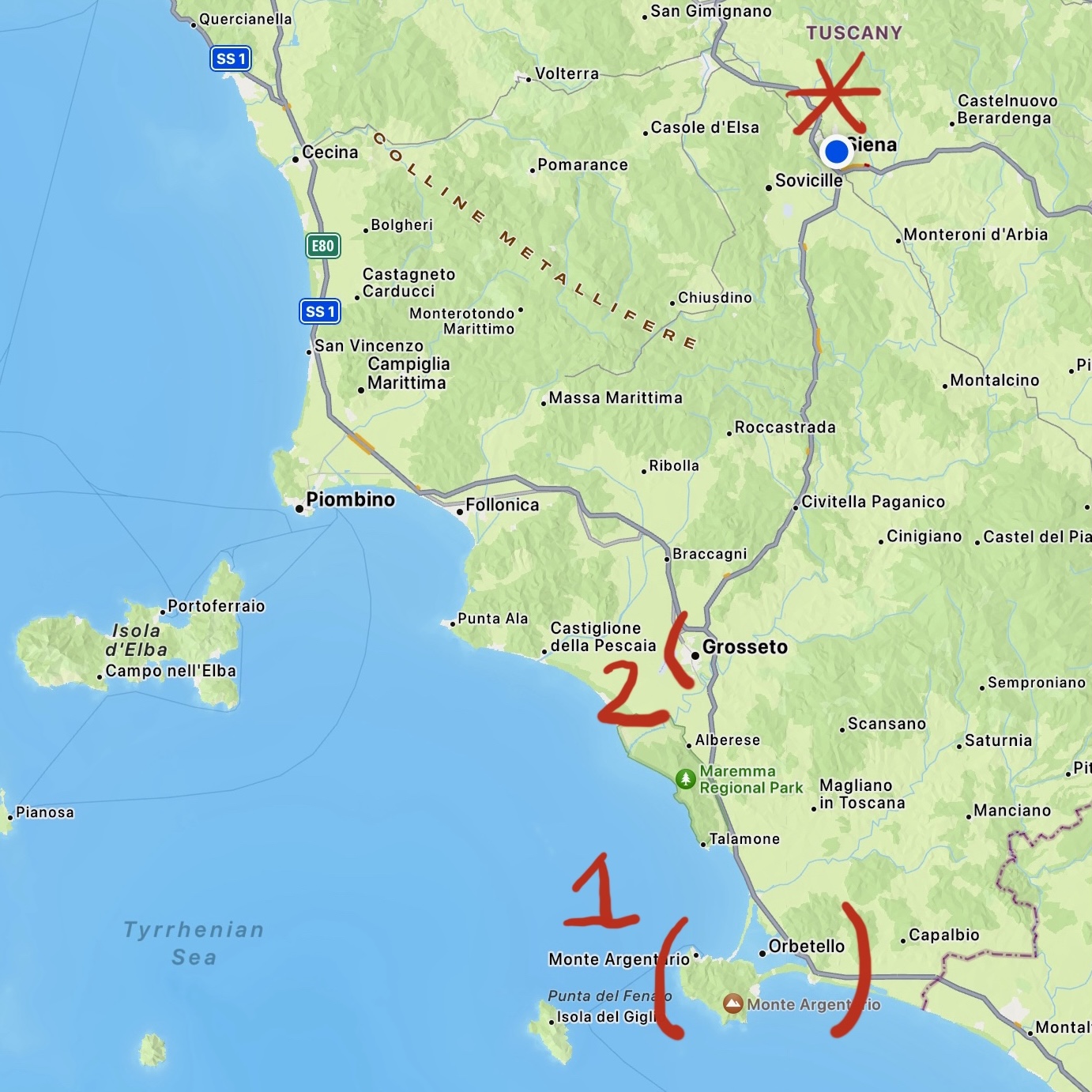
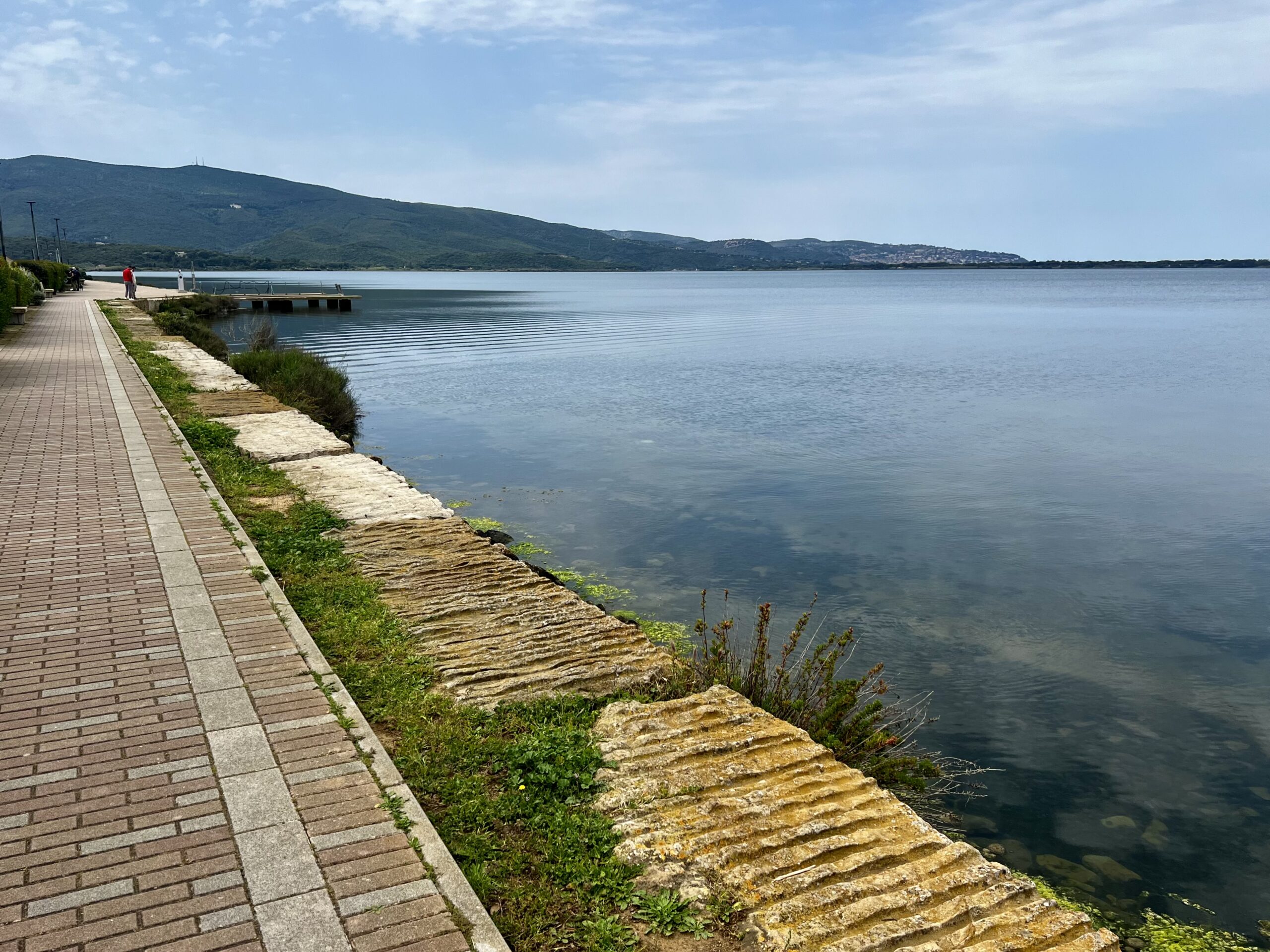
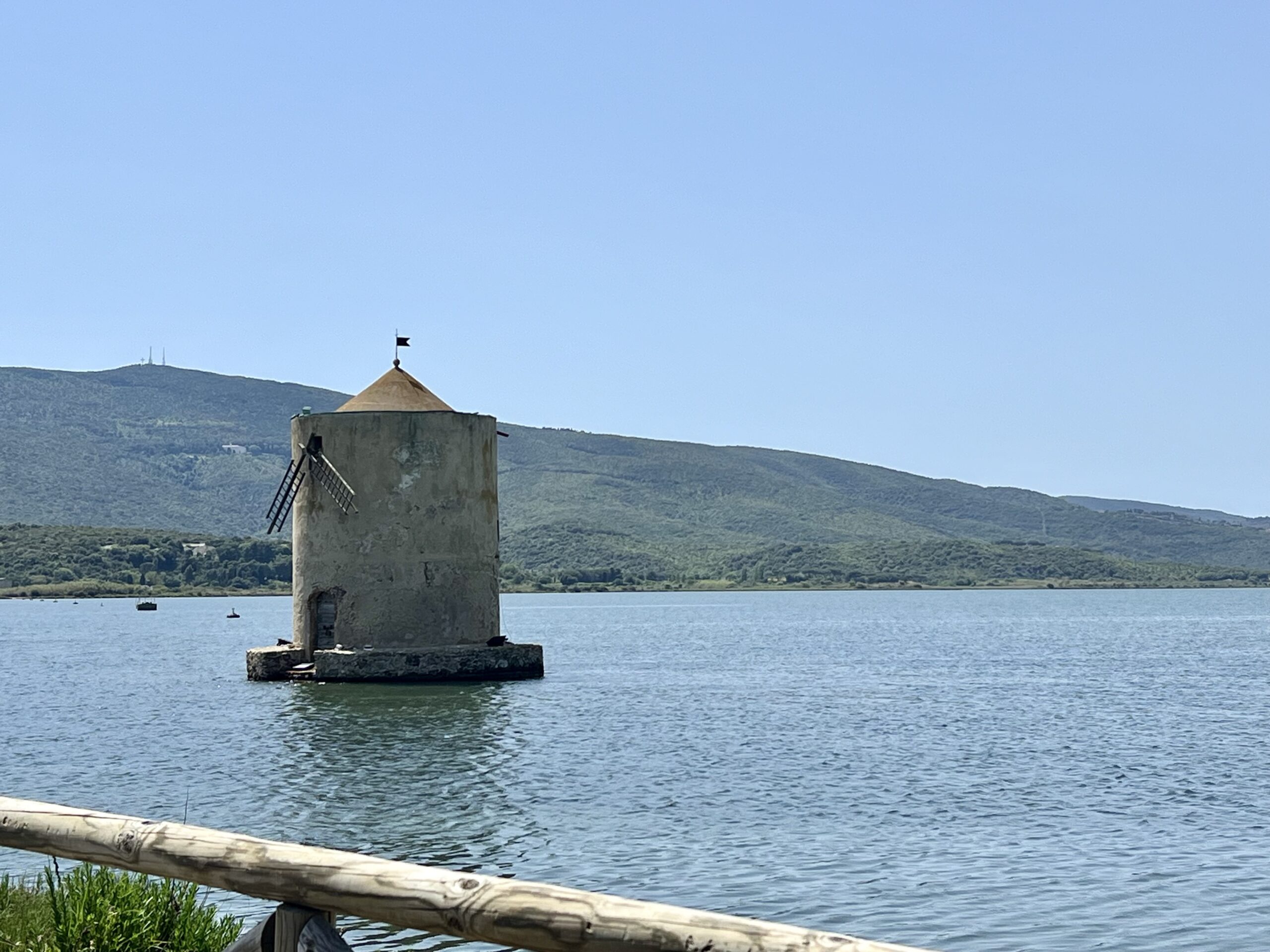
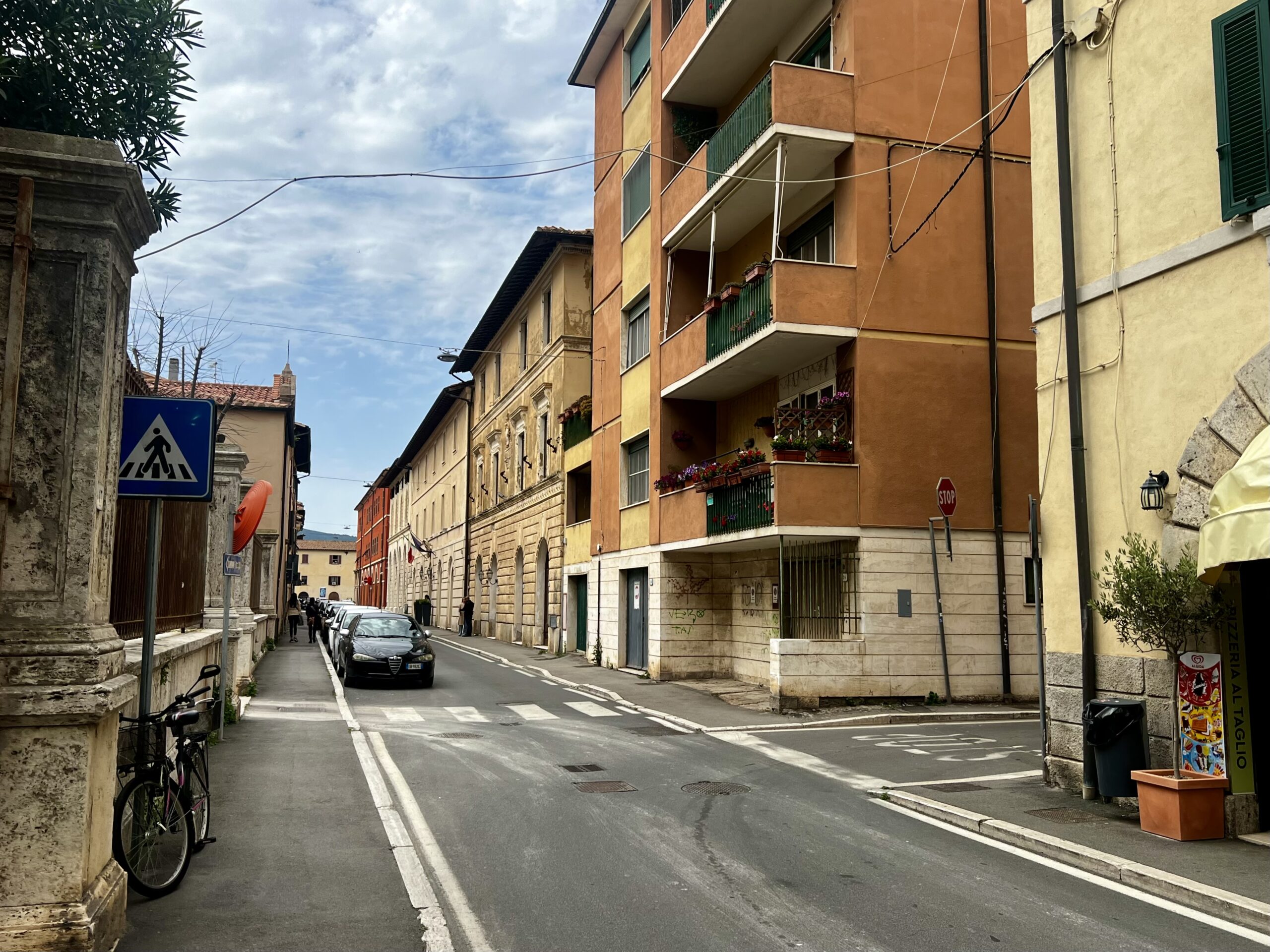
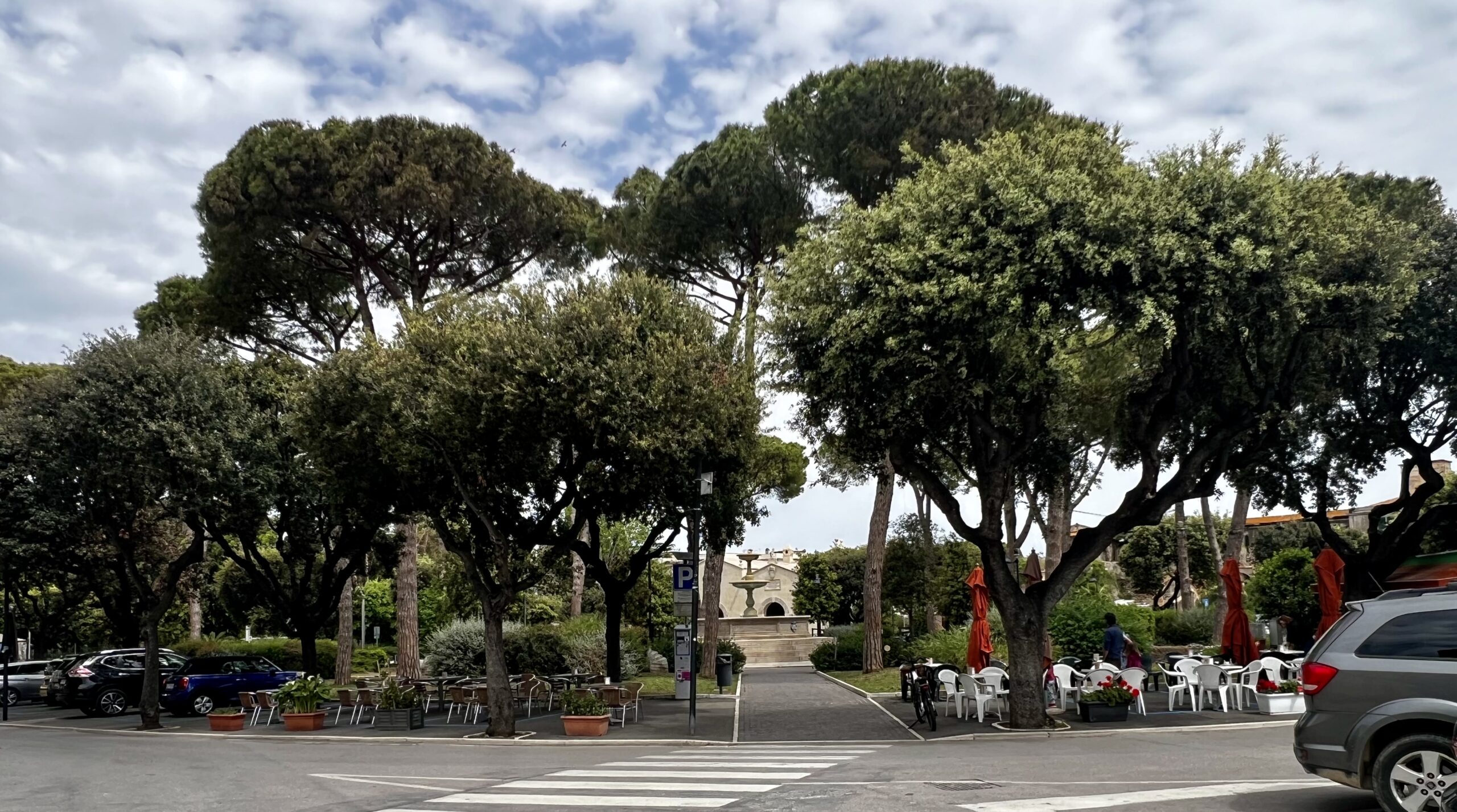
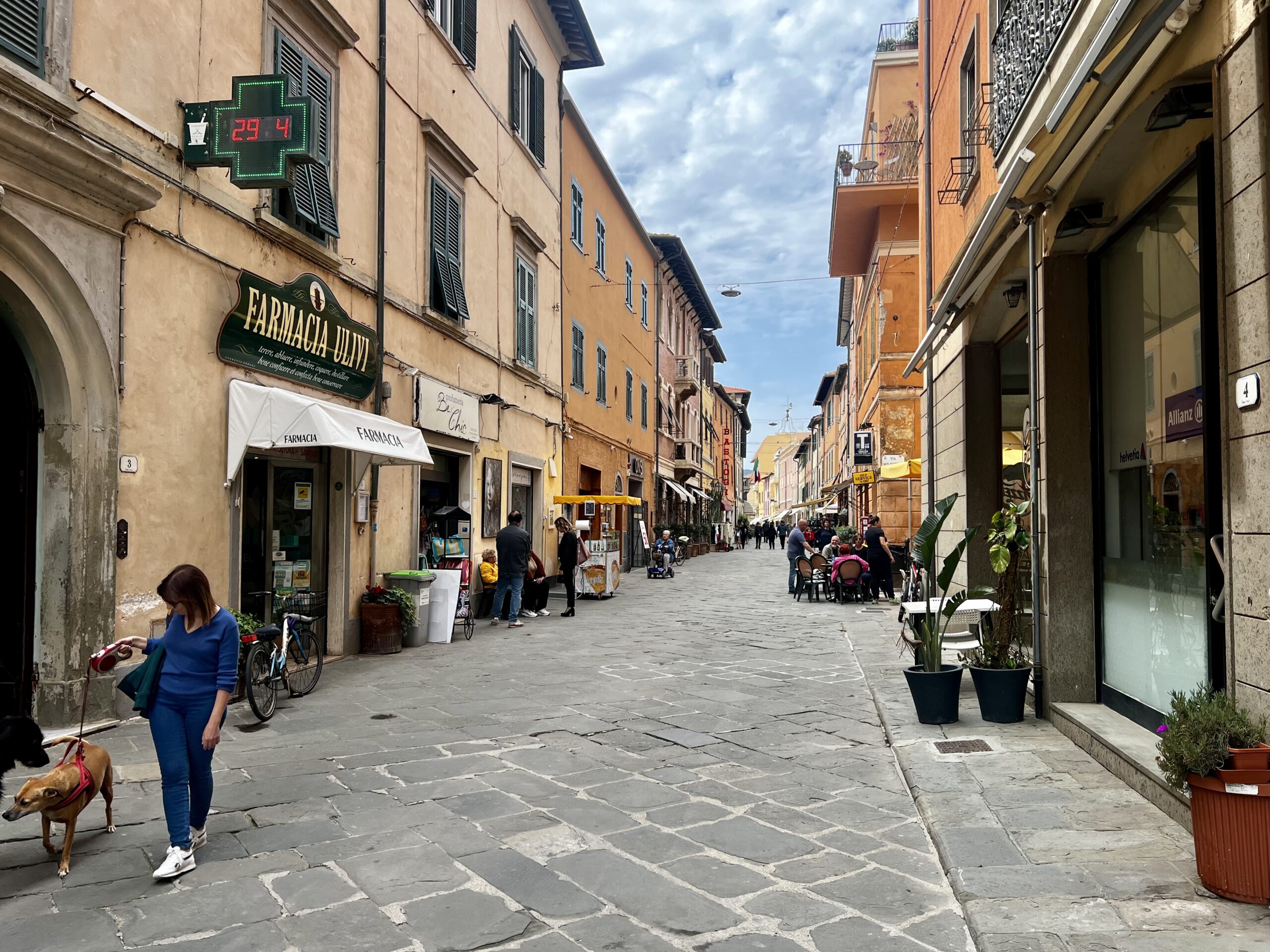
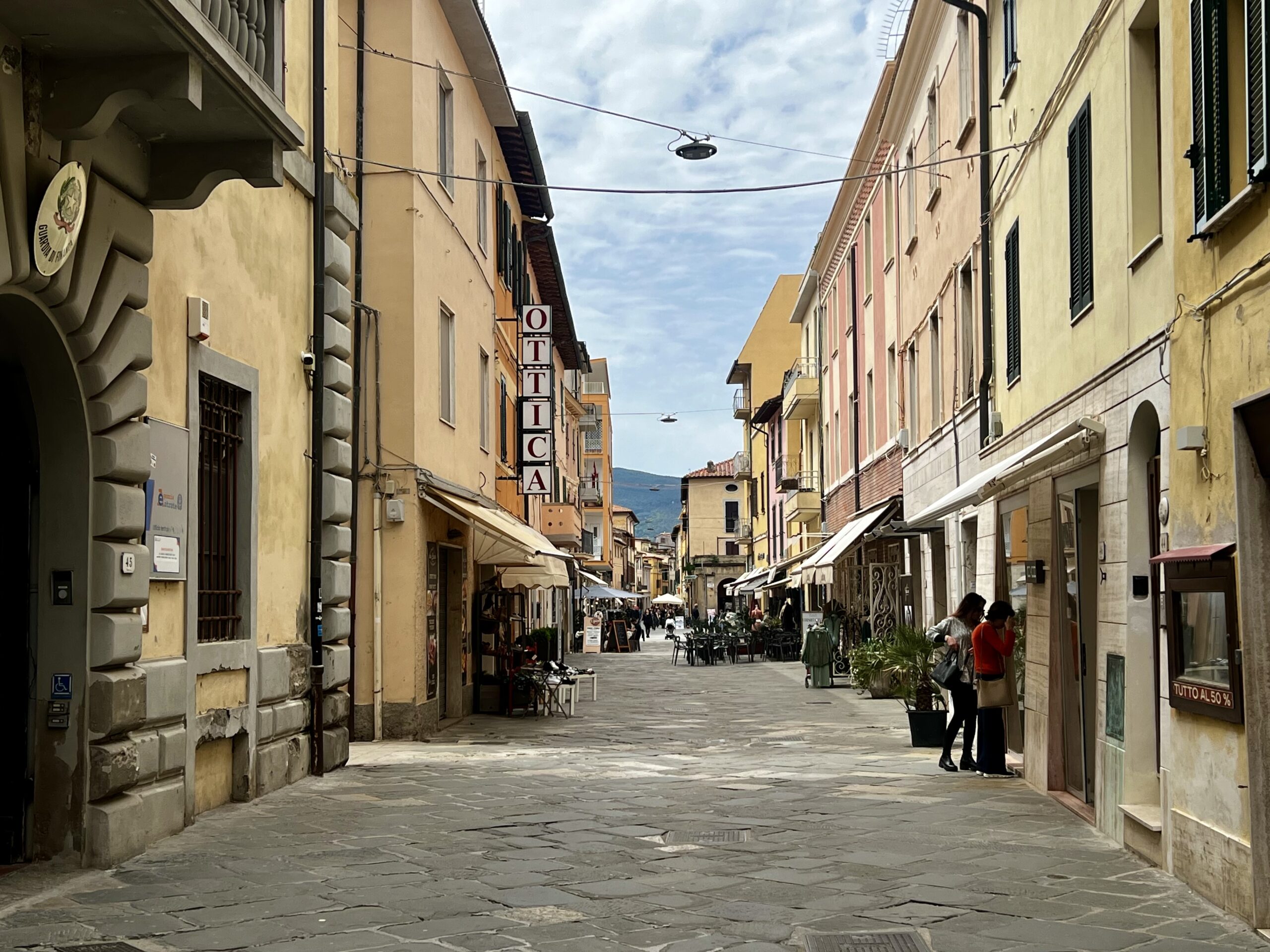
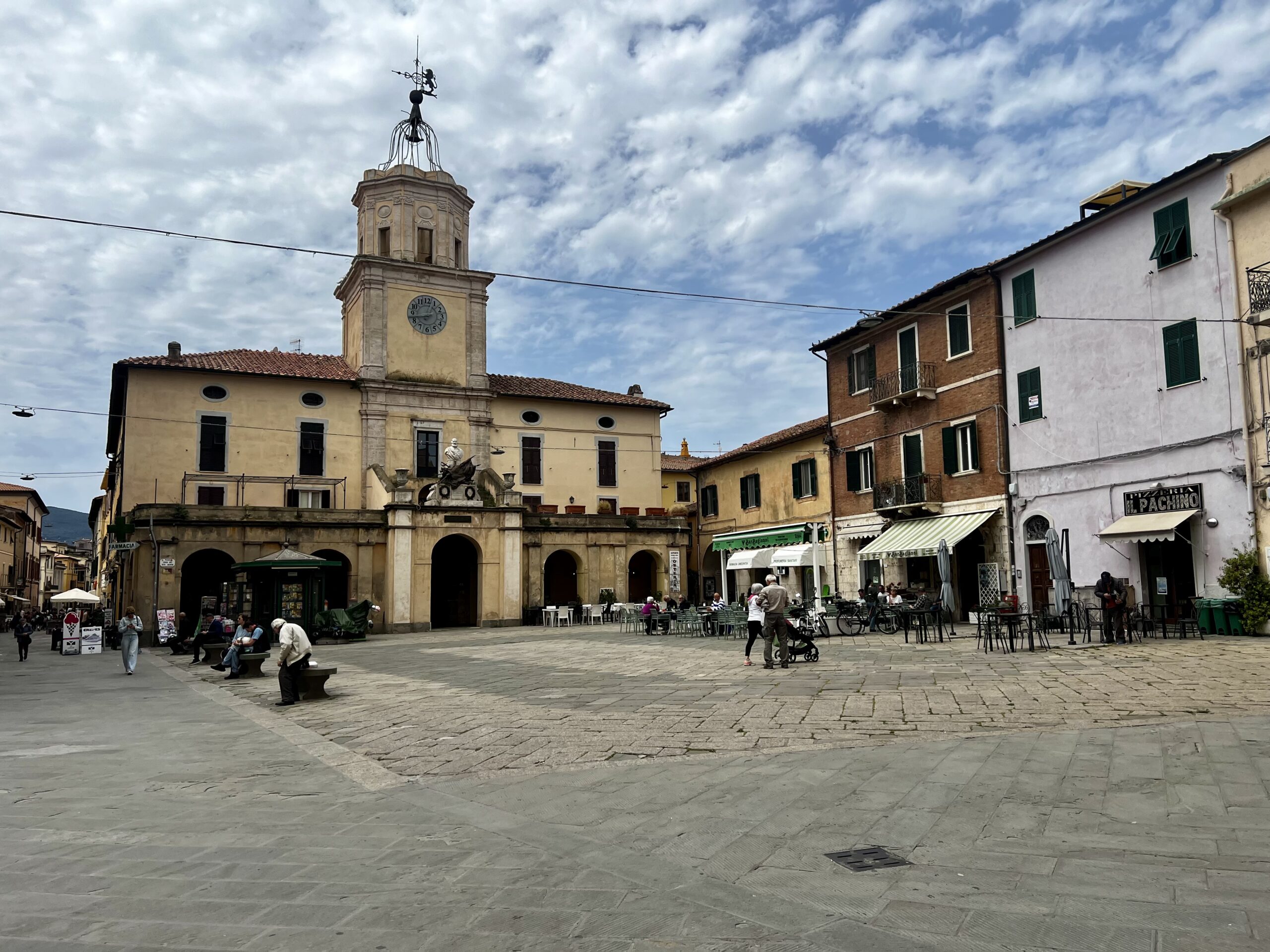
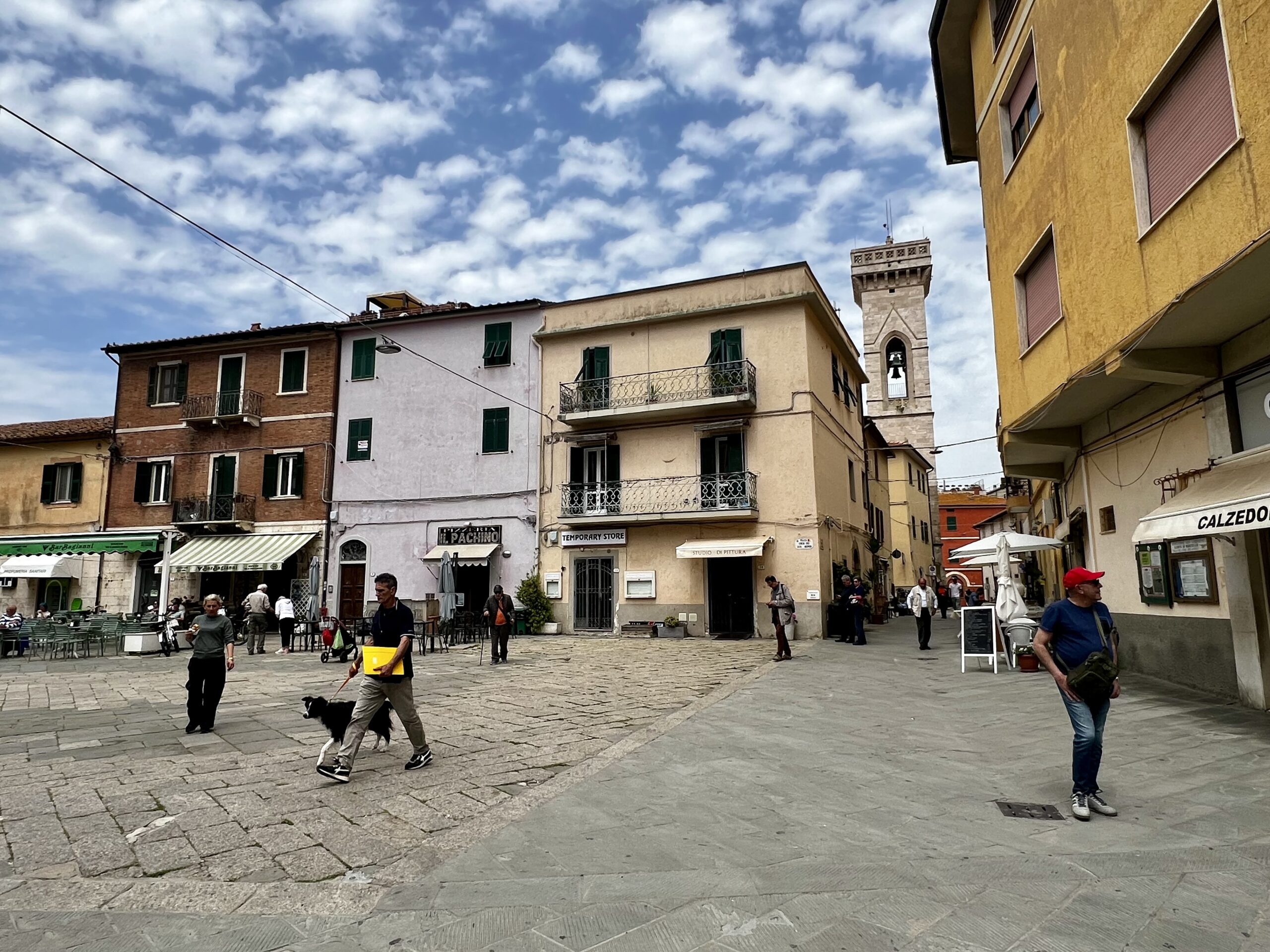
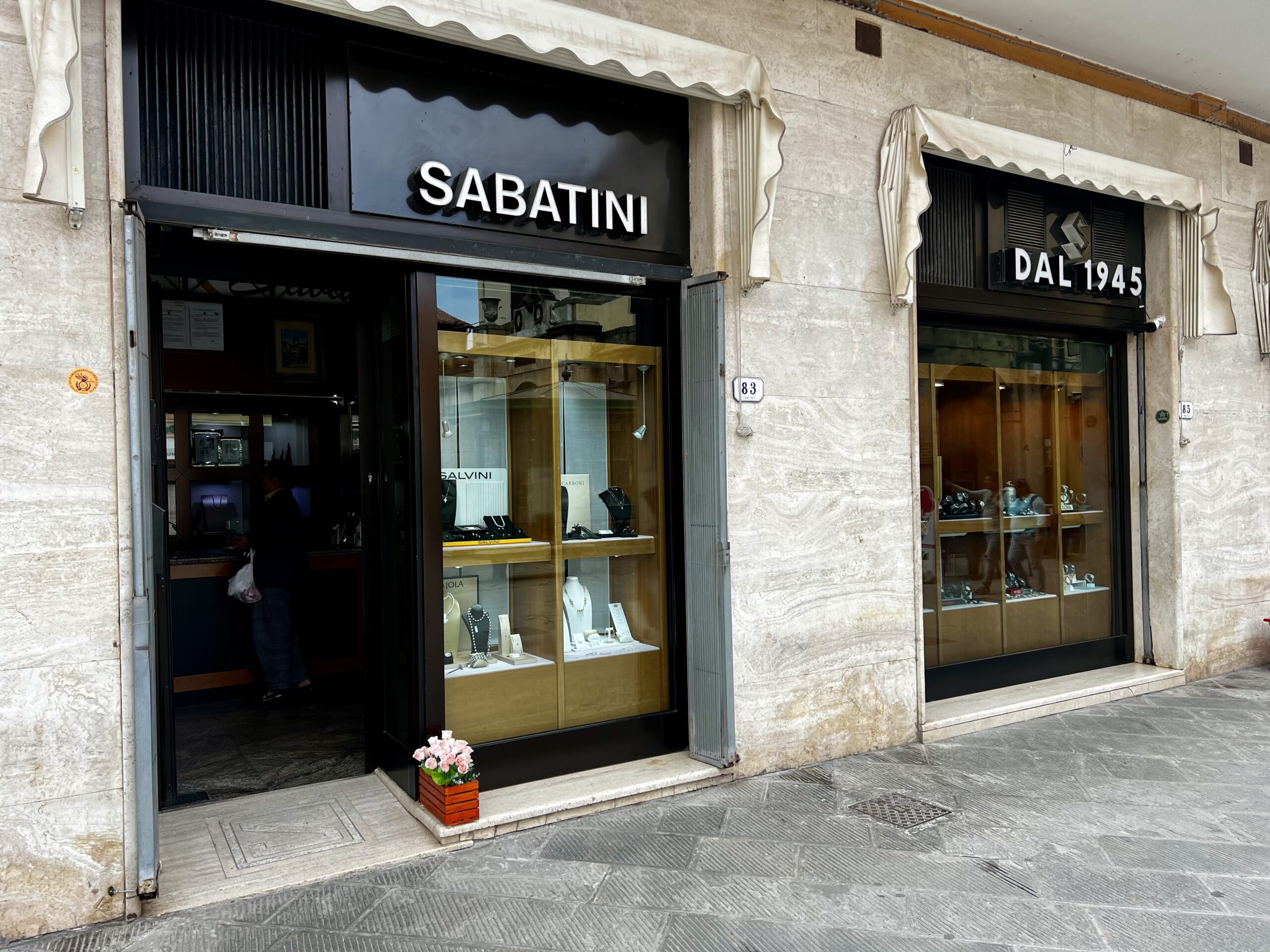
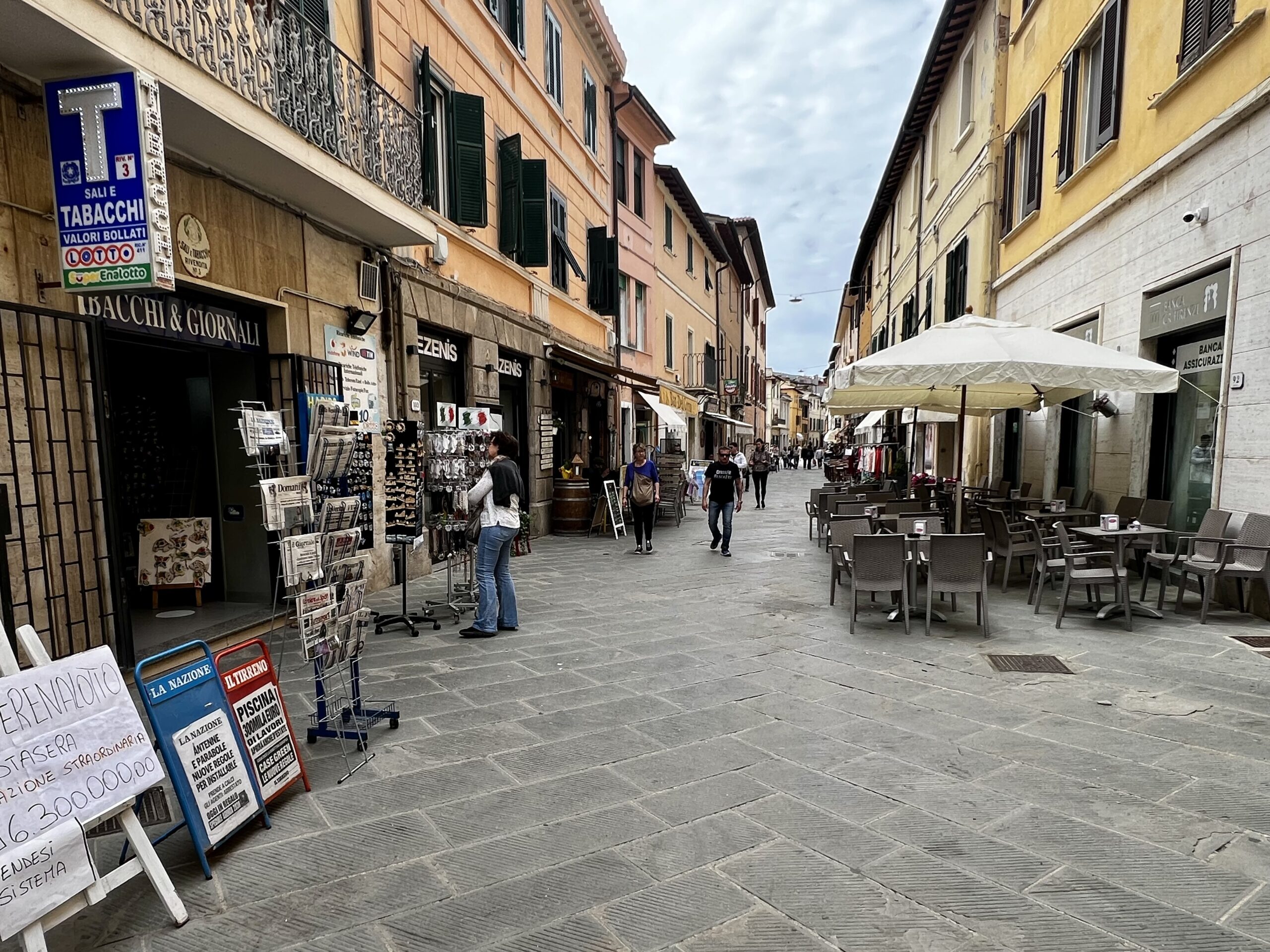
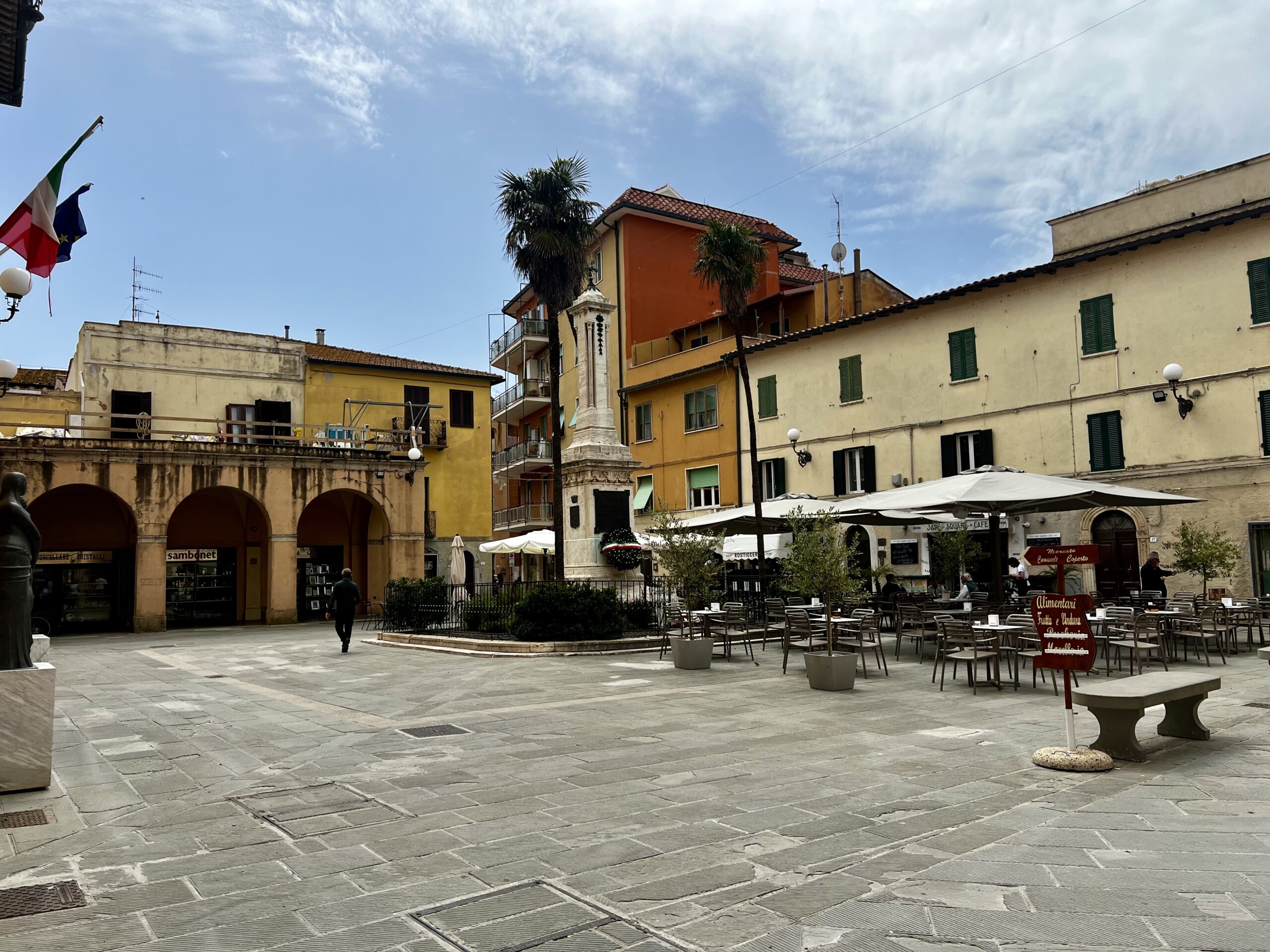
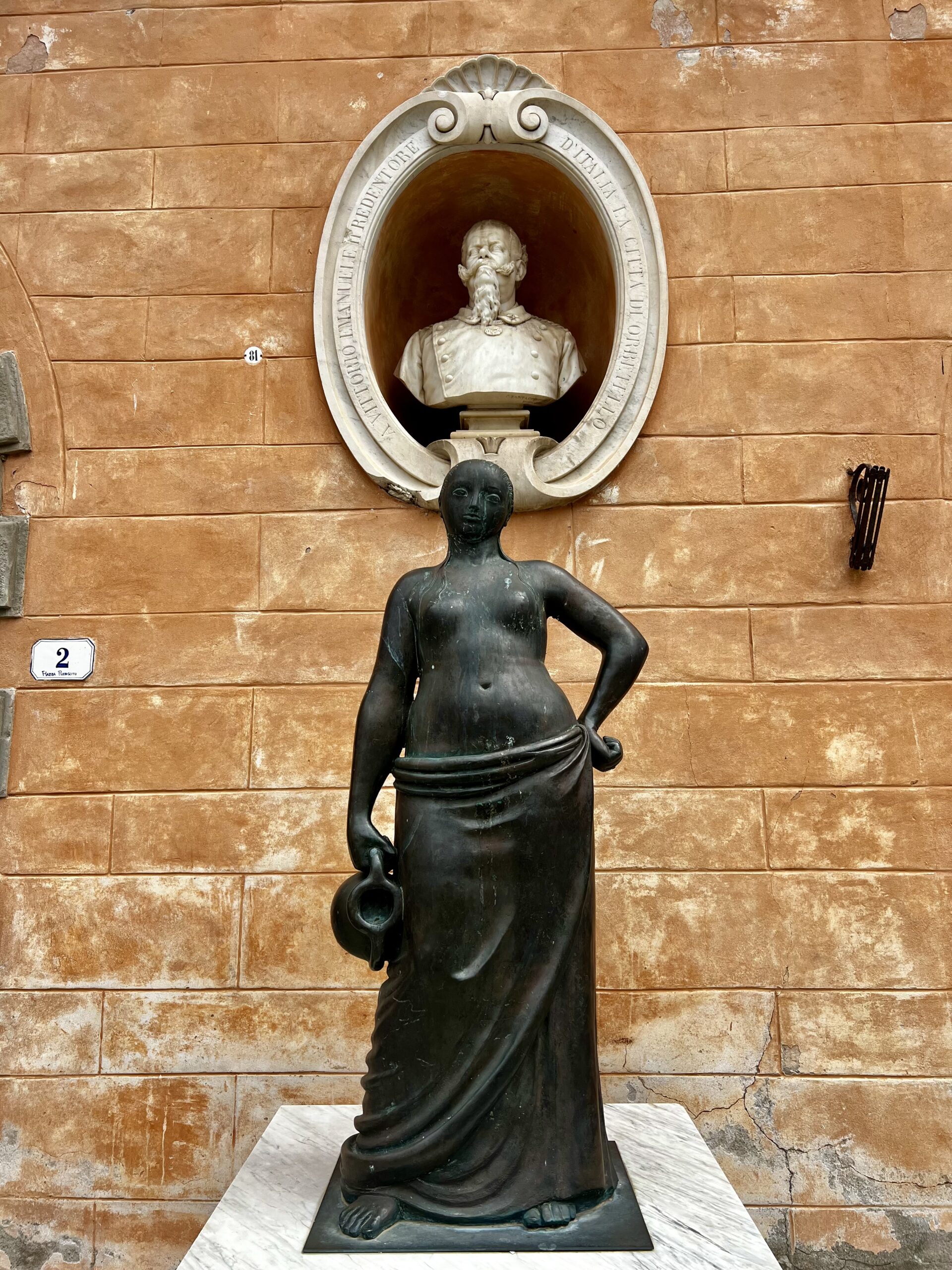
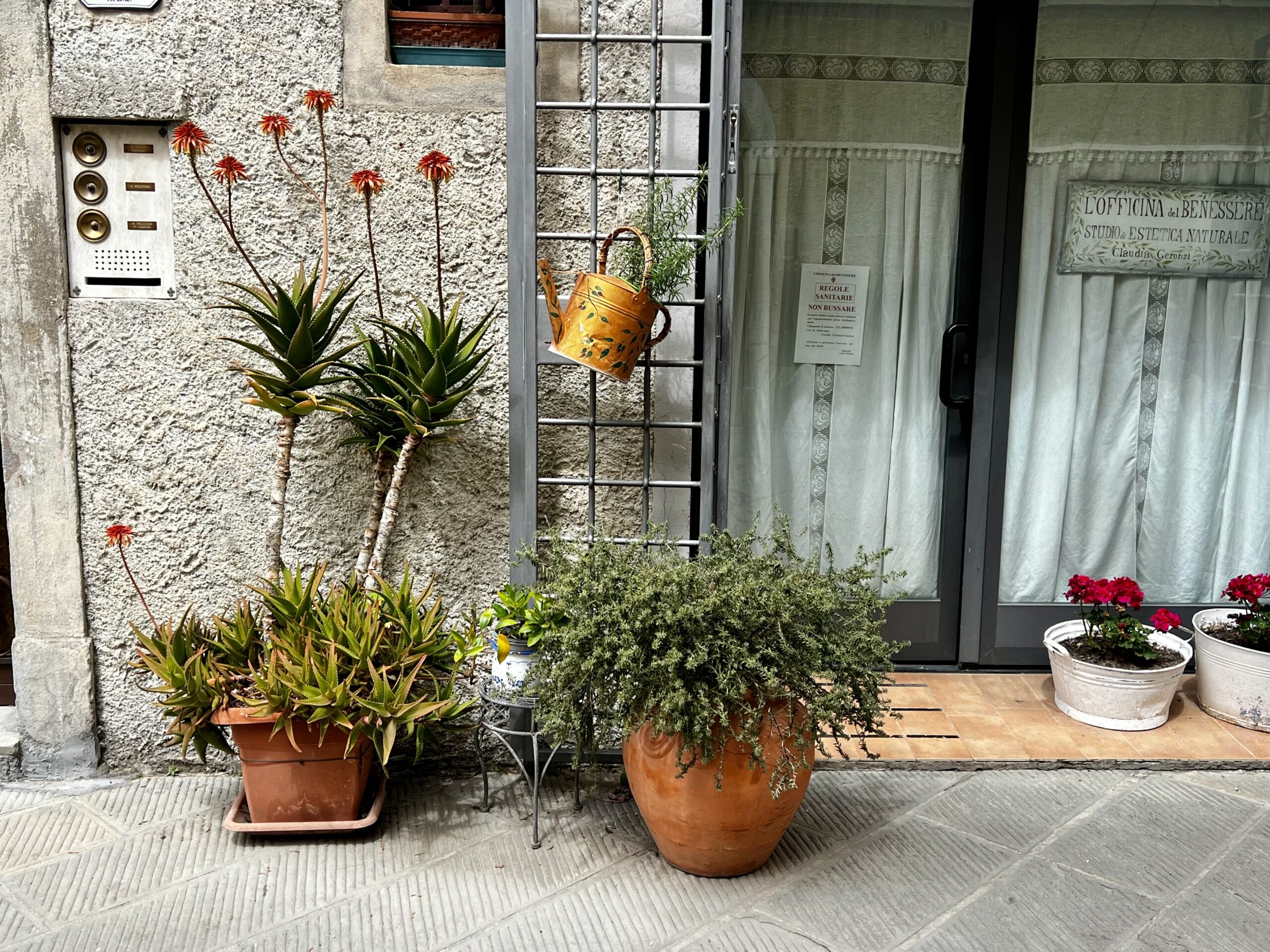
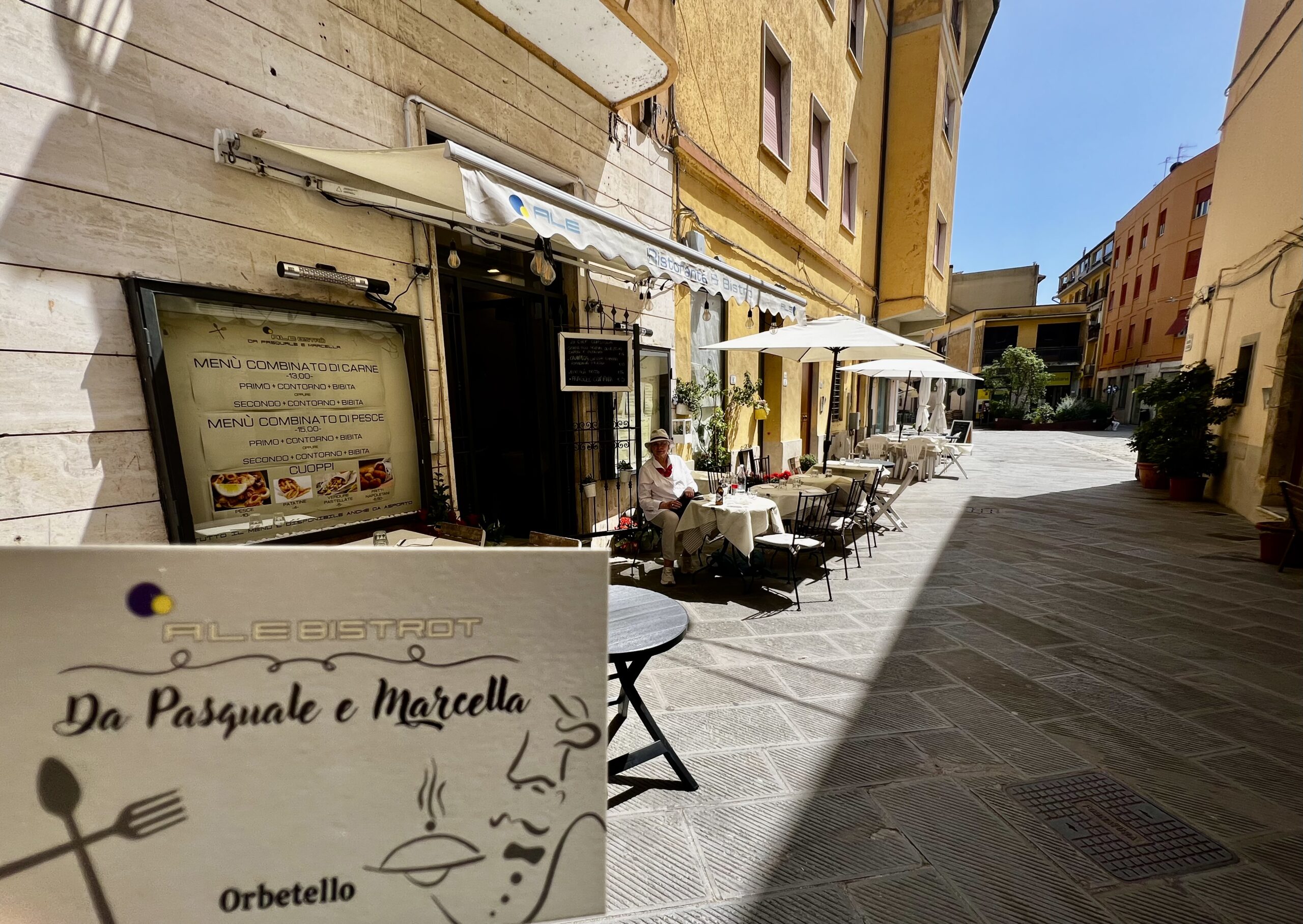
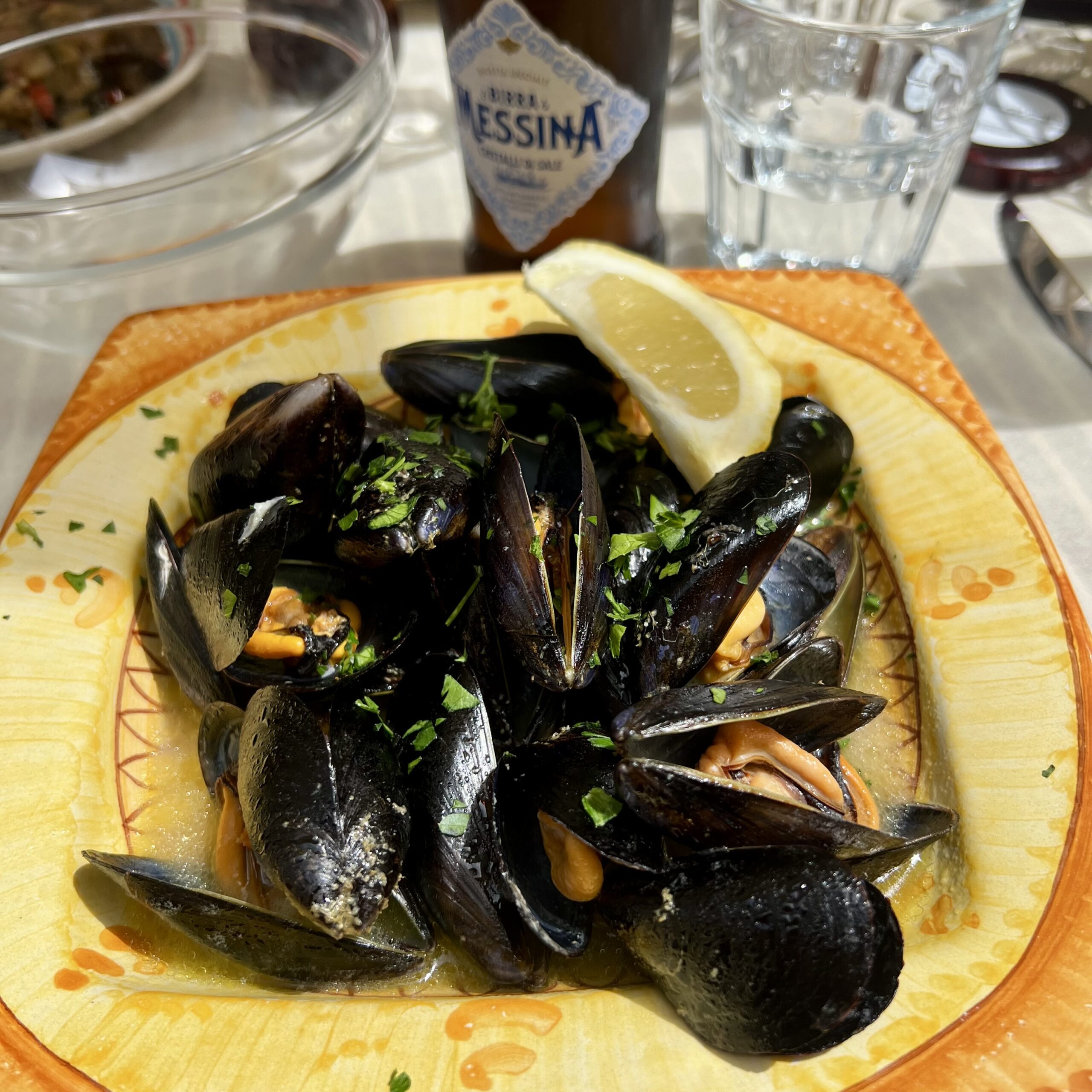
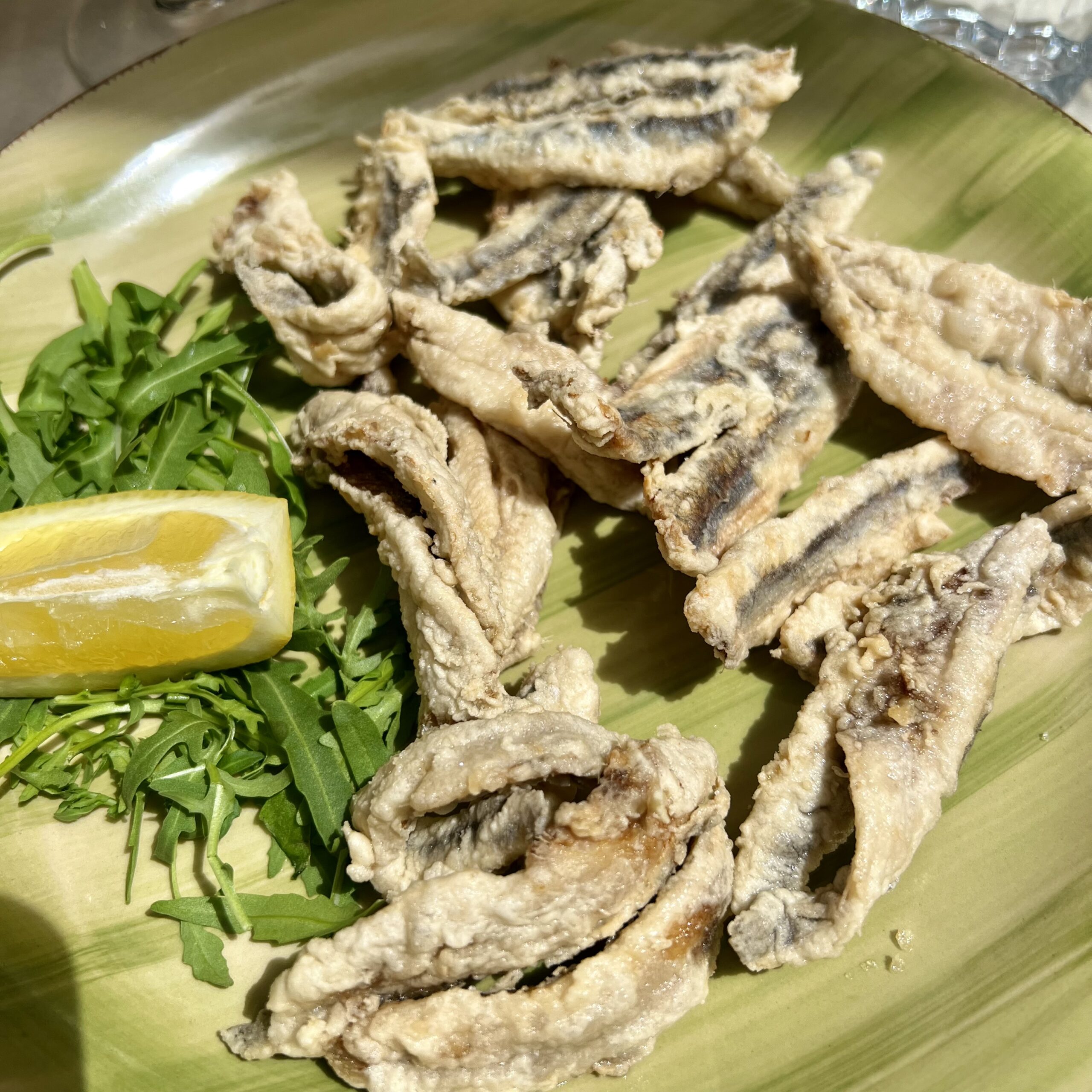
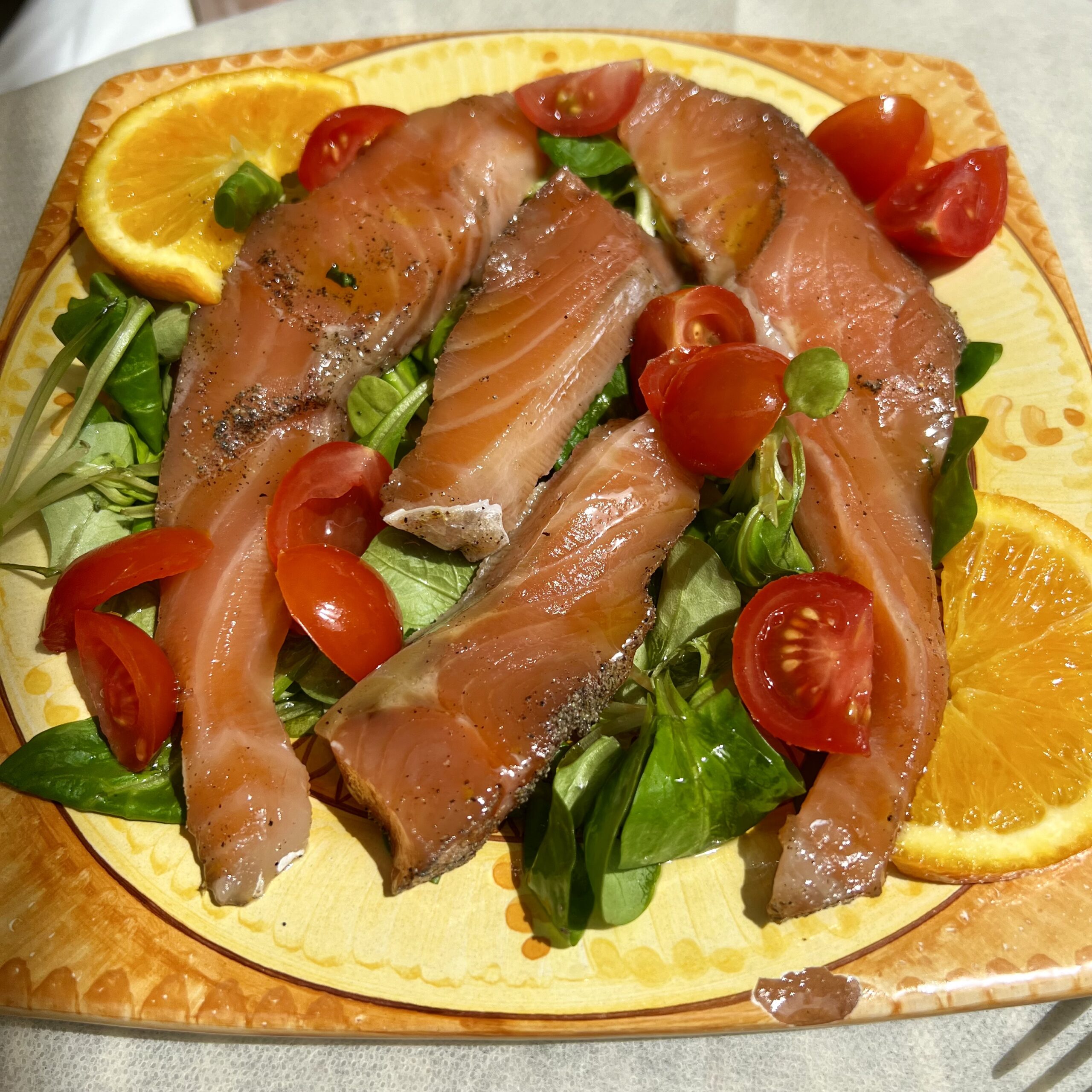
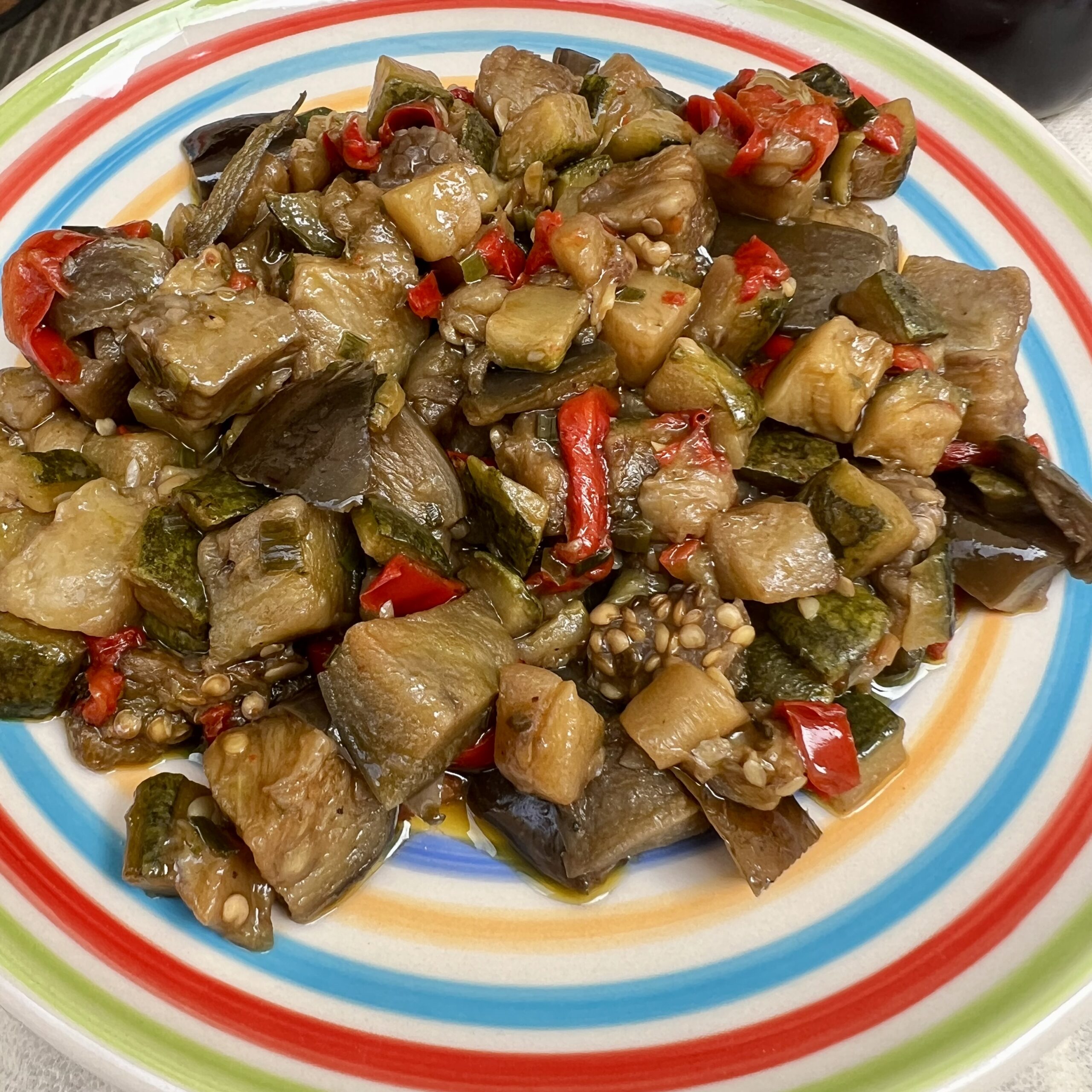
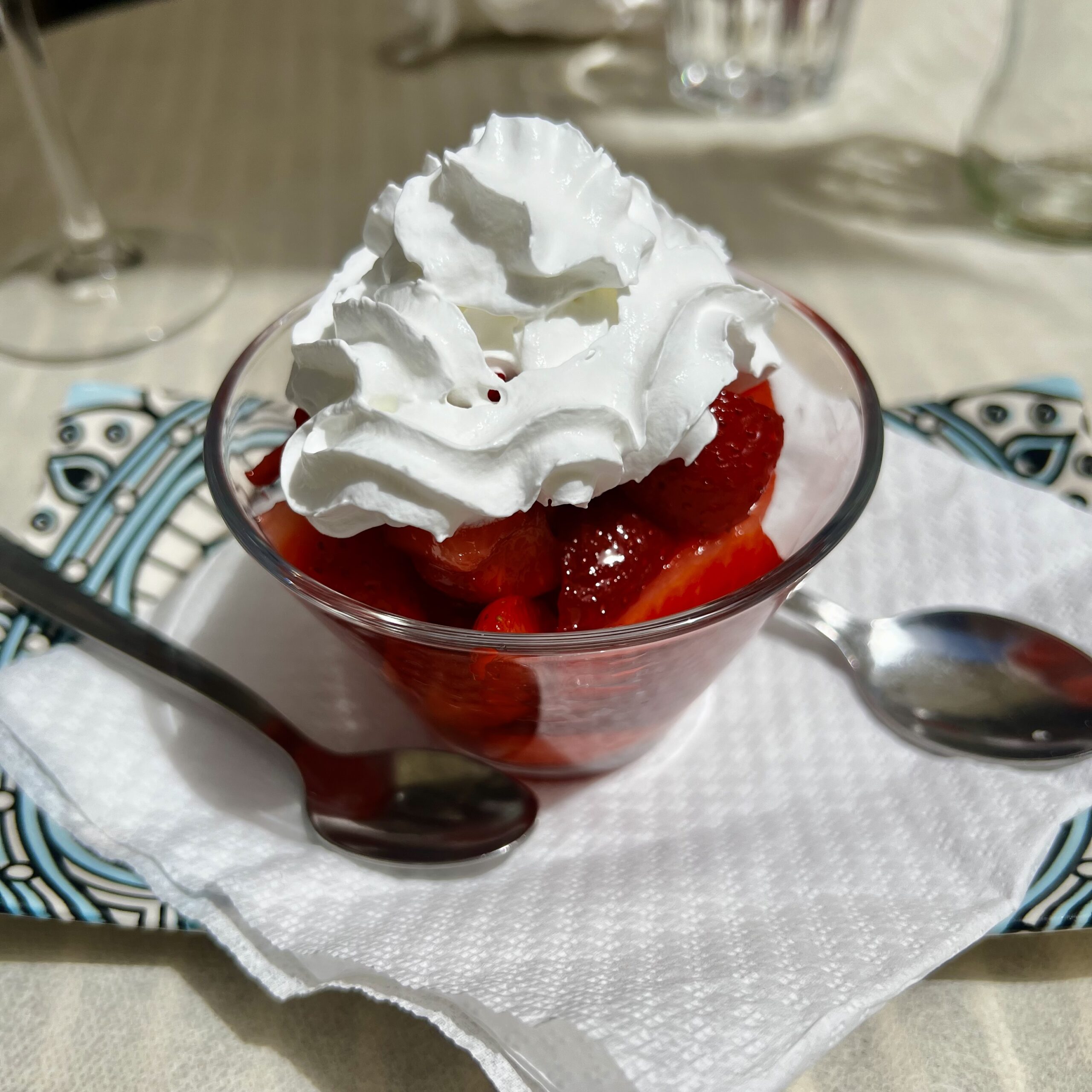
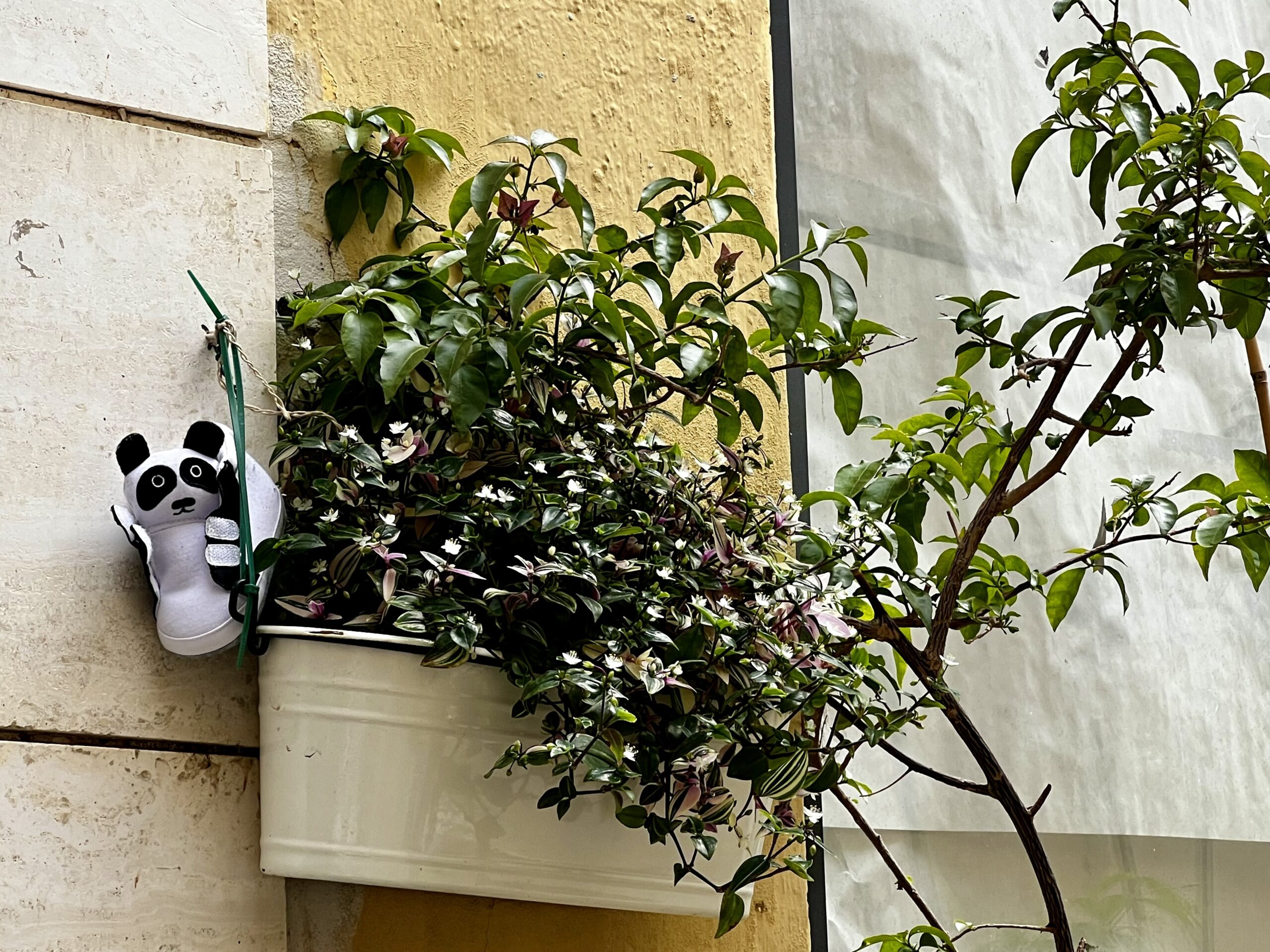
After a fish lunch in the beachy little town of Orbetello, we headed to the almost island of Monte Argentario, connected to the mainland by two tombolo. (JANE: Brought back memories of Roy Mann Associates!). Robert was game to take the scenic drive around the edge of the island.
Four-fifths of the drive went well, with stunning views of the Mediterranean. It was a bit like the seventeen-mile drive in Monterey, although the road was narrow and often rough, with a steep drop off on Bonnie’s side of the car. But the final section of road, beginning with a warning sign about danger, resembled the jeep trail from Lake Utica to Highway 4 in the Sierra Nevada Mountains—narrow with deep ruts. Terrifying for Bonnie. Unmanageable in a Peugeot 3008 for Robert. We turned around.
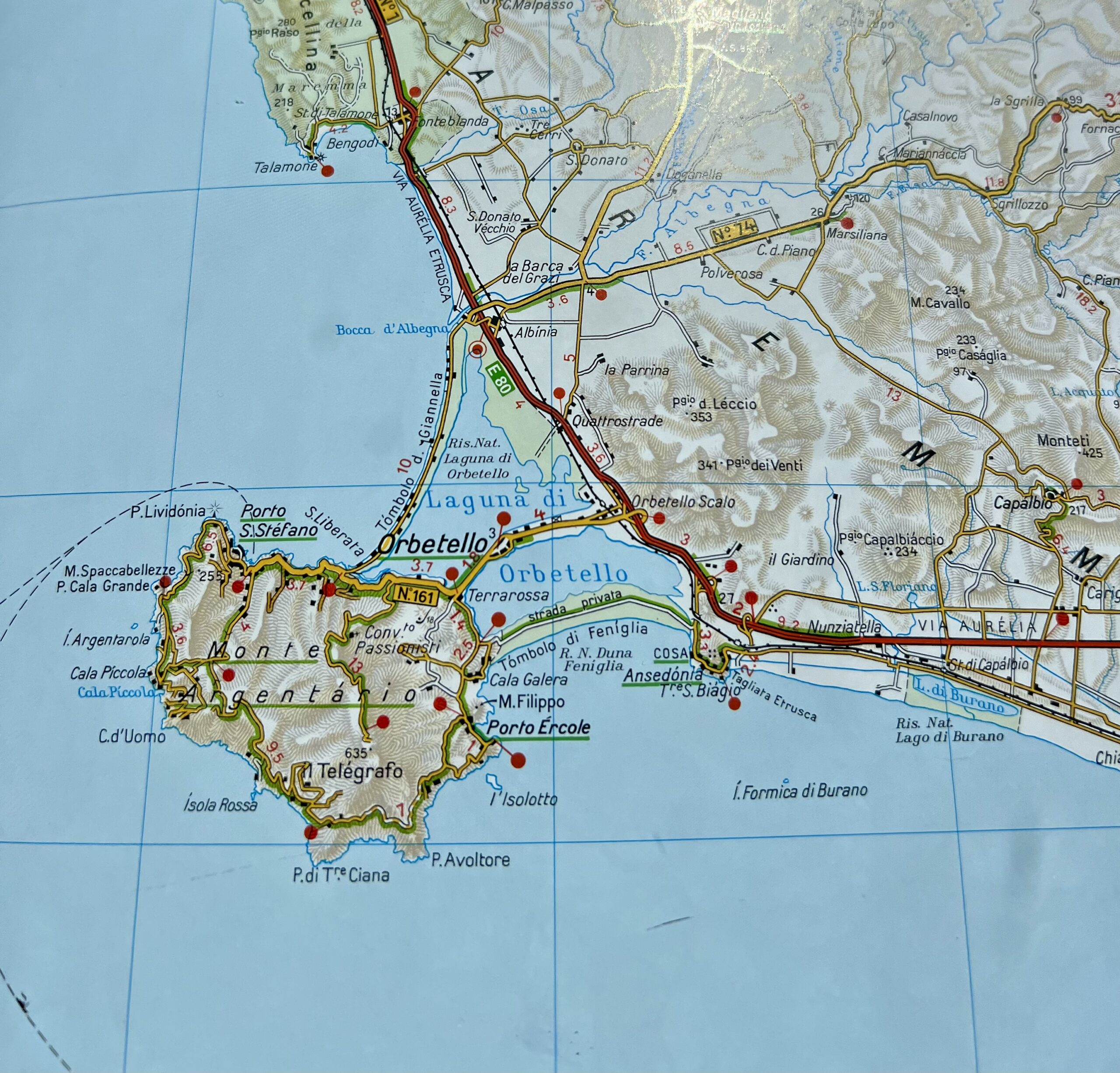
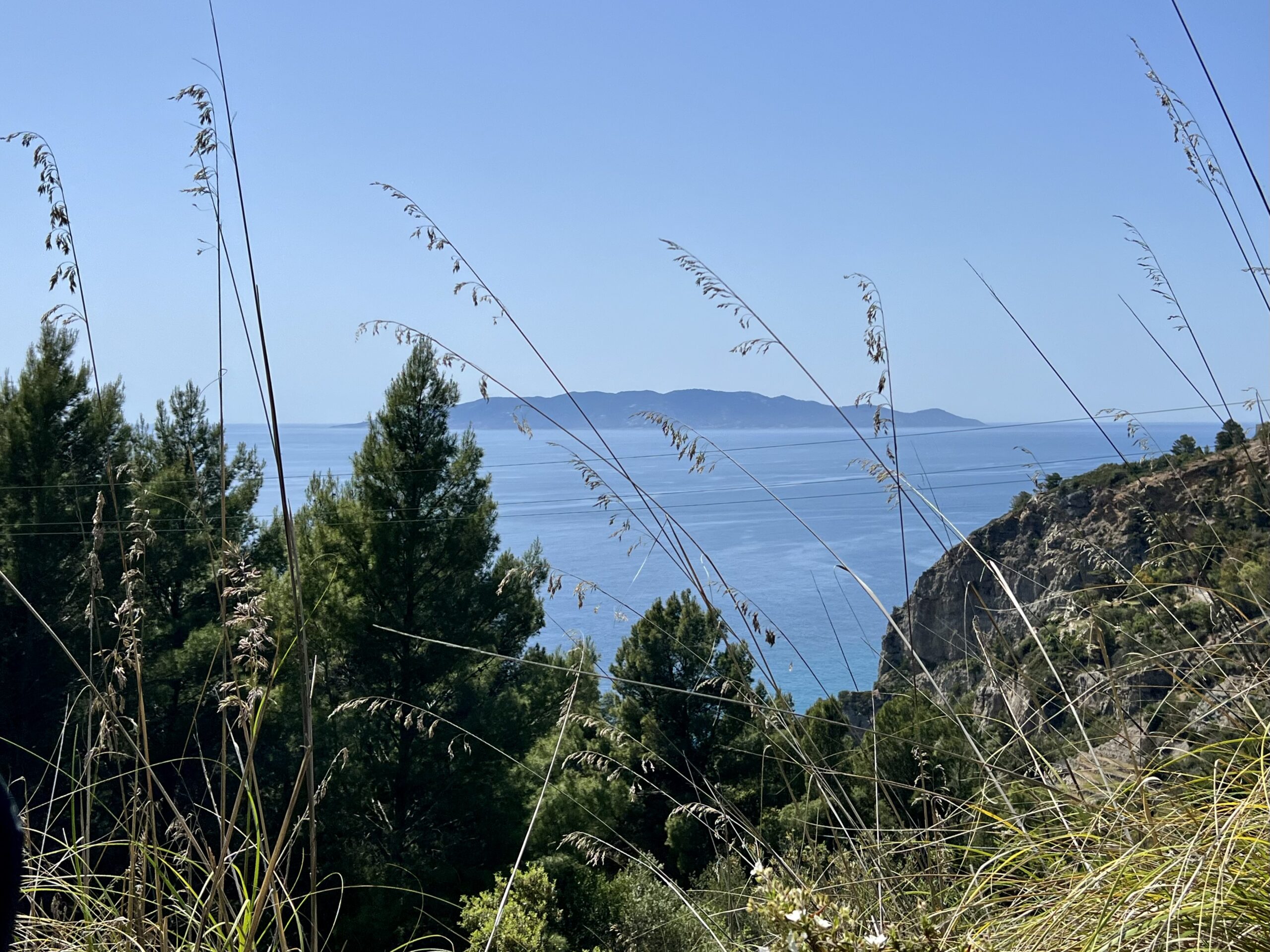
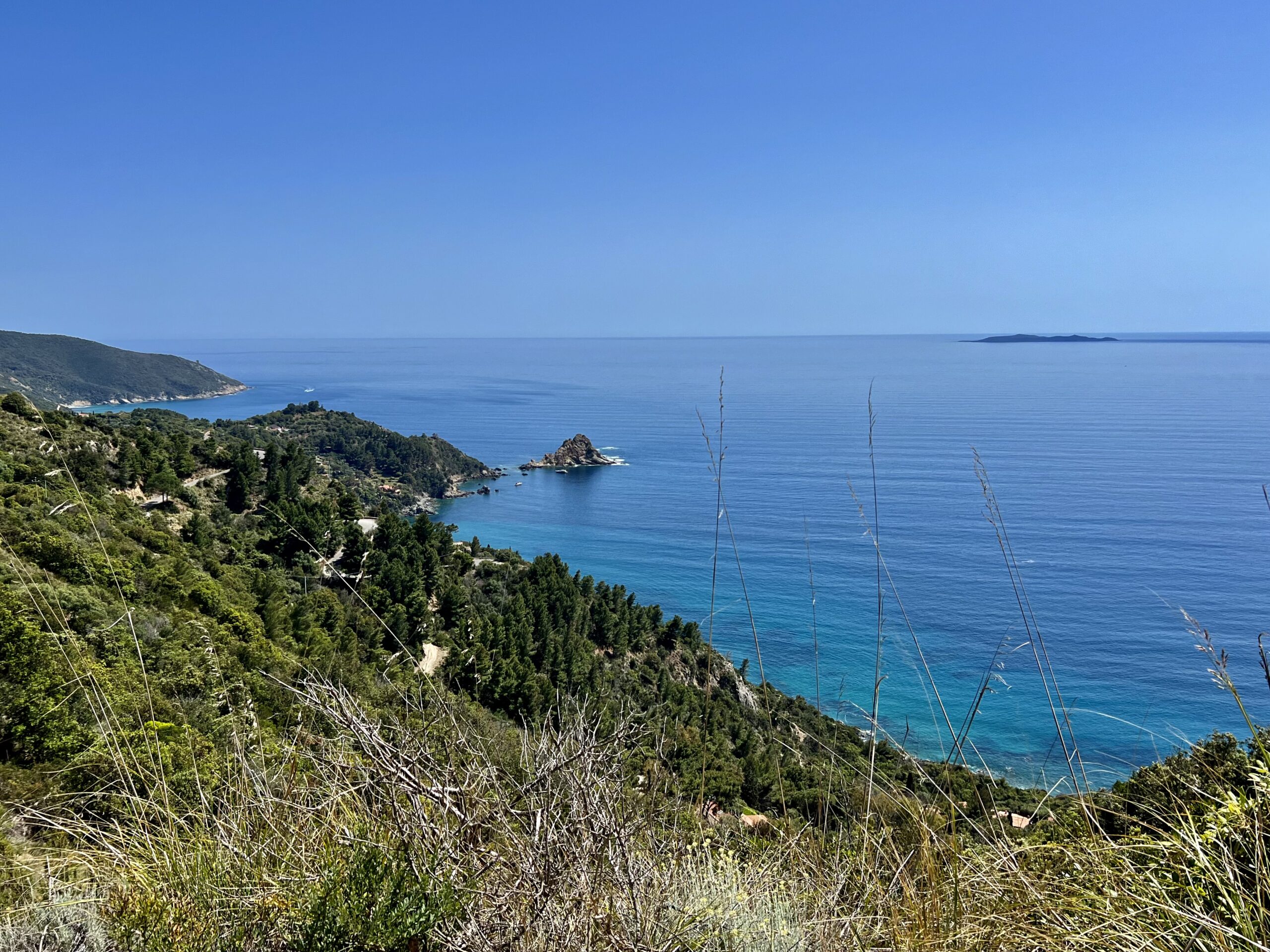
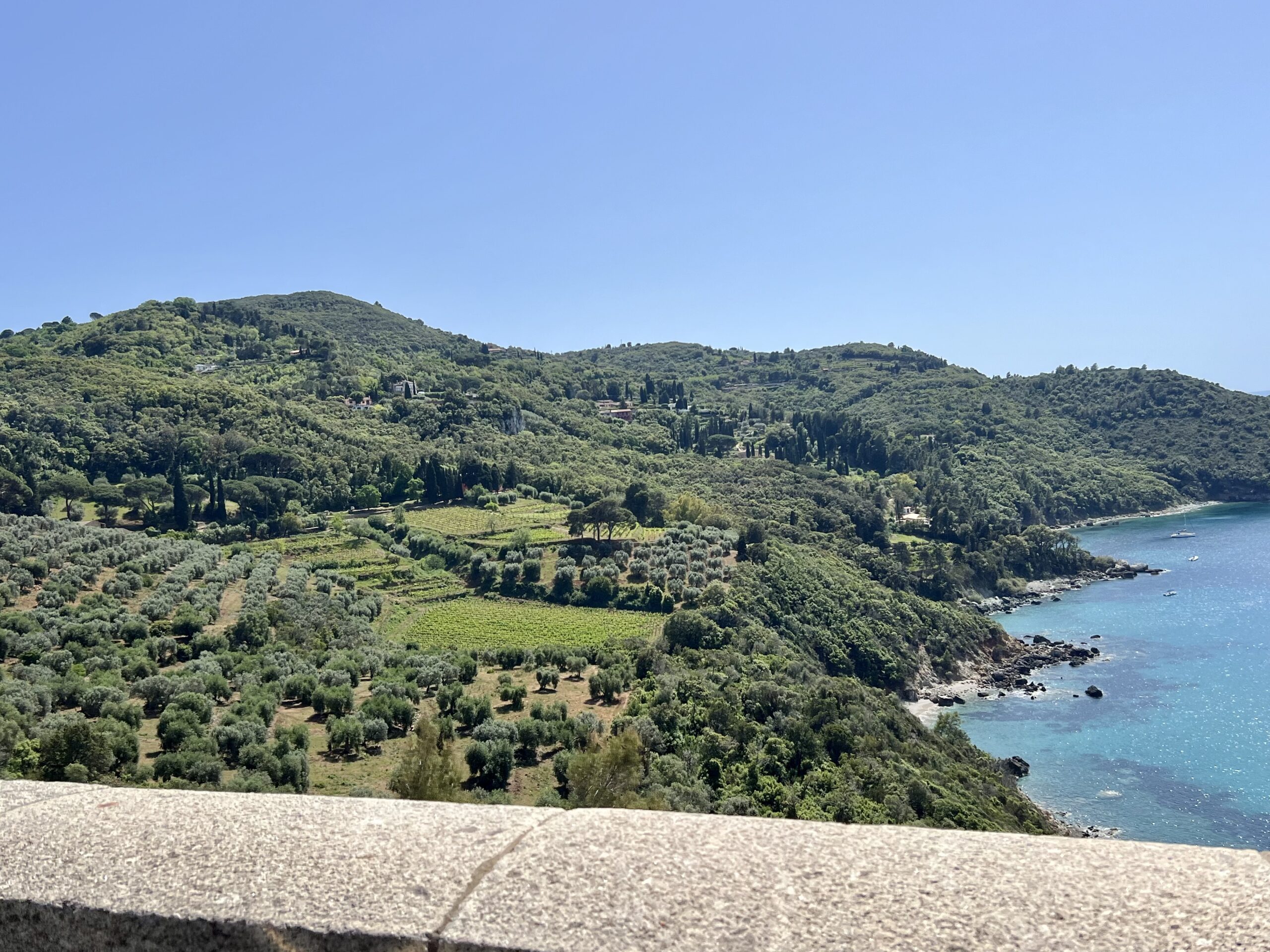
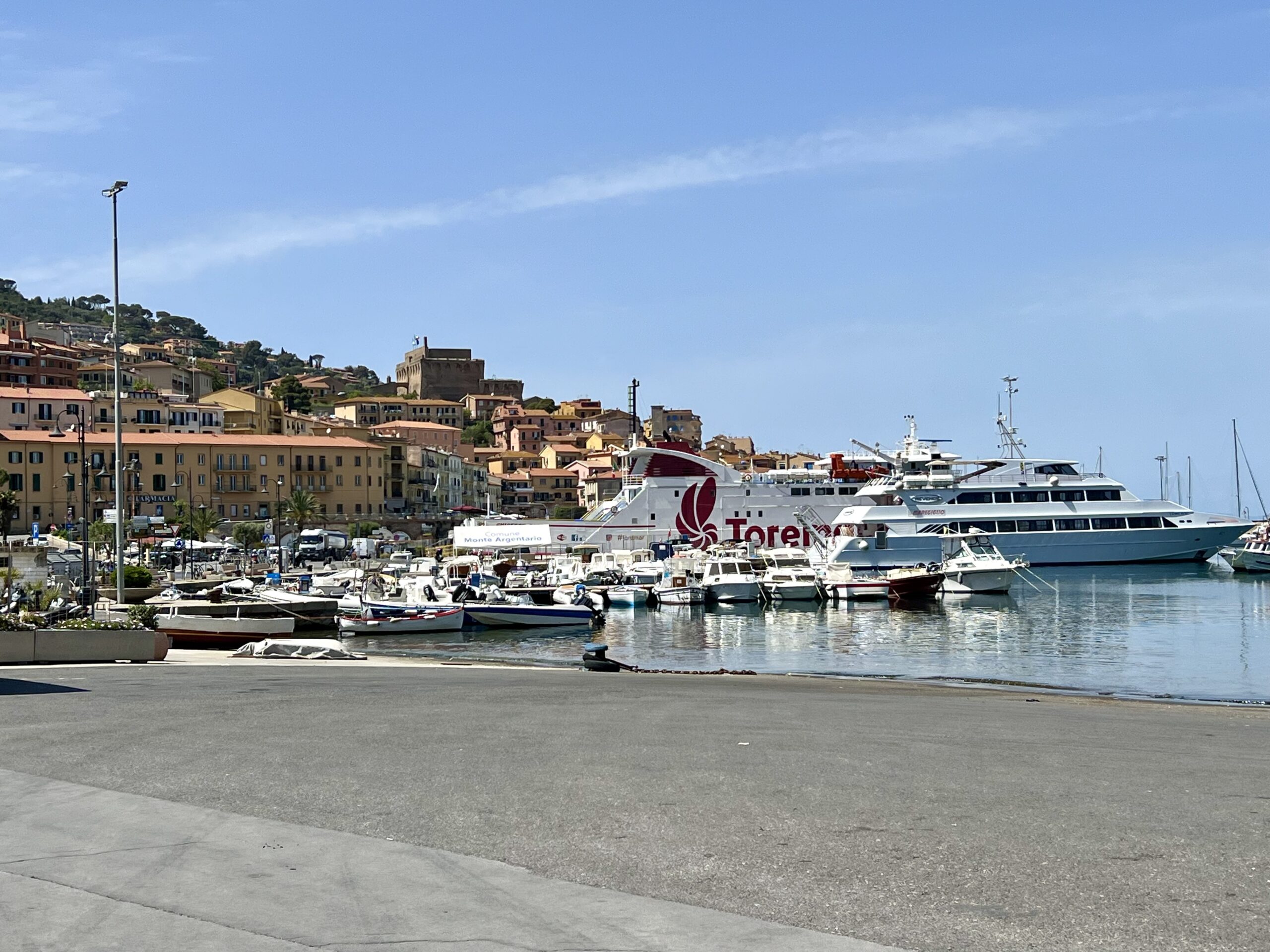
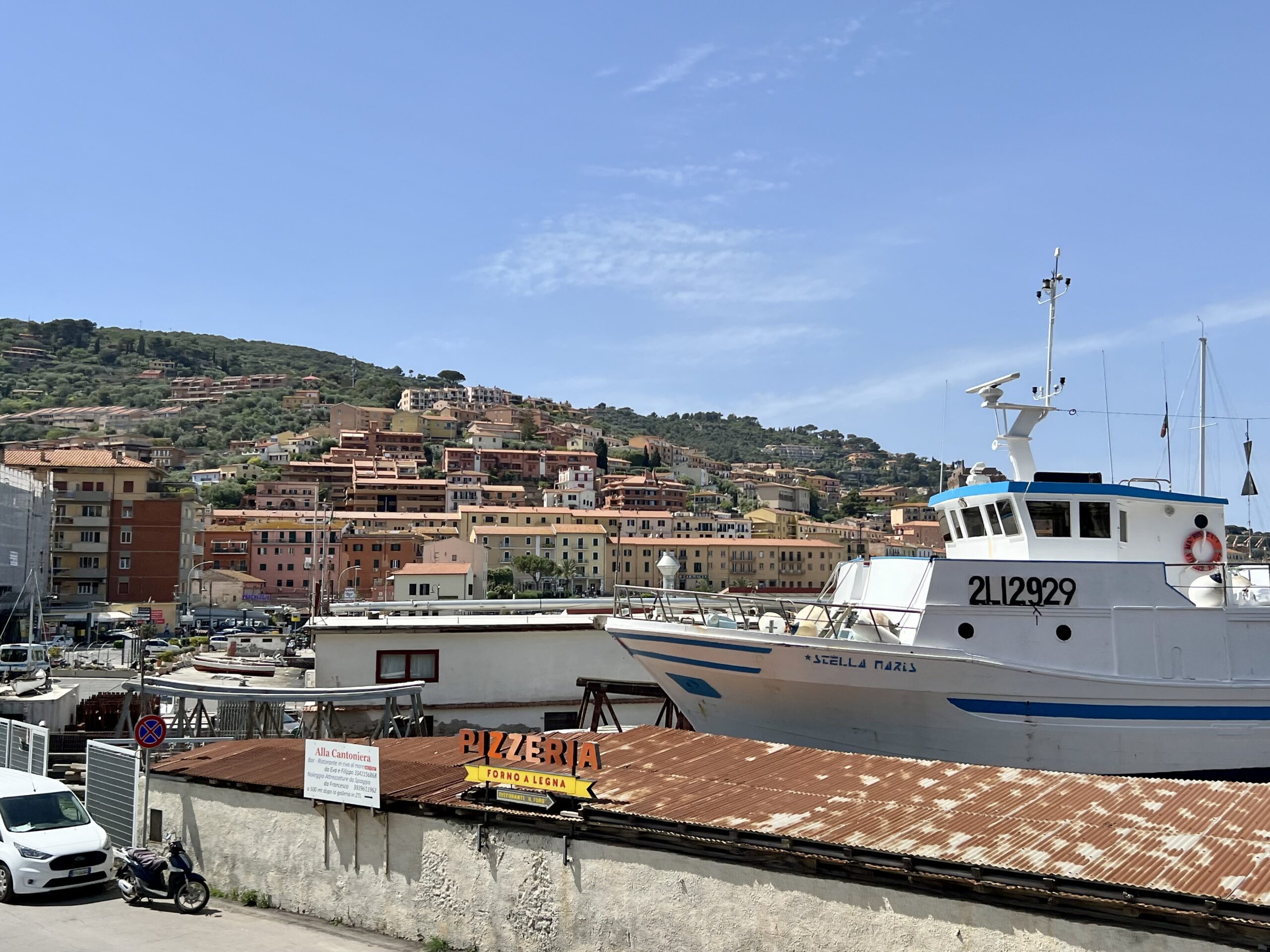
Grosseto
On the way back to Siena we stopped in Grosseto for a quick look. Despite extensive Allied bombing around the city edges in WWII, the walled old town seems untouched—a pleasant, slightly sleepy city with medieval fortifications intact. And after an extensive search, Bonnie even found gelato.
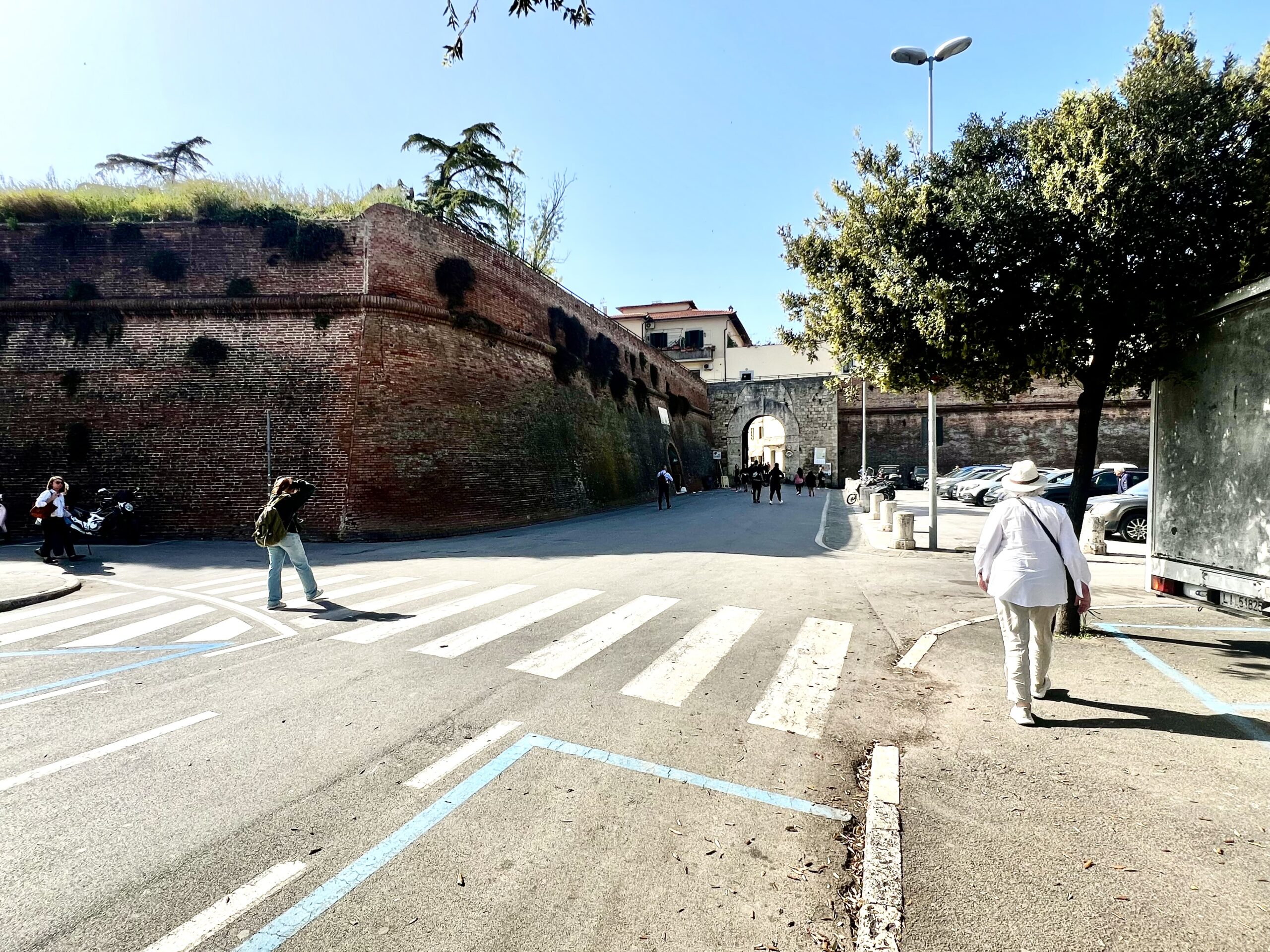
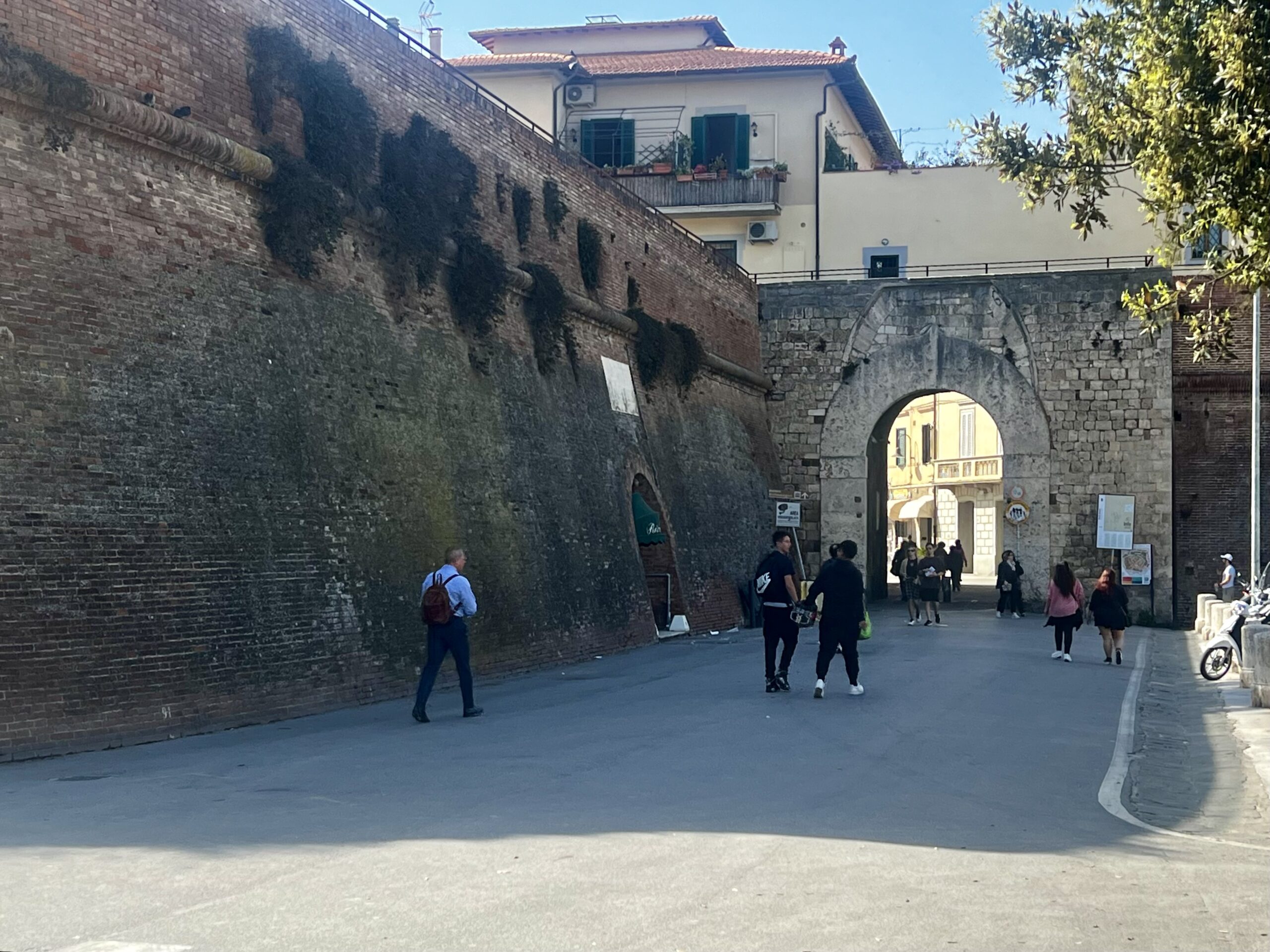
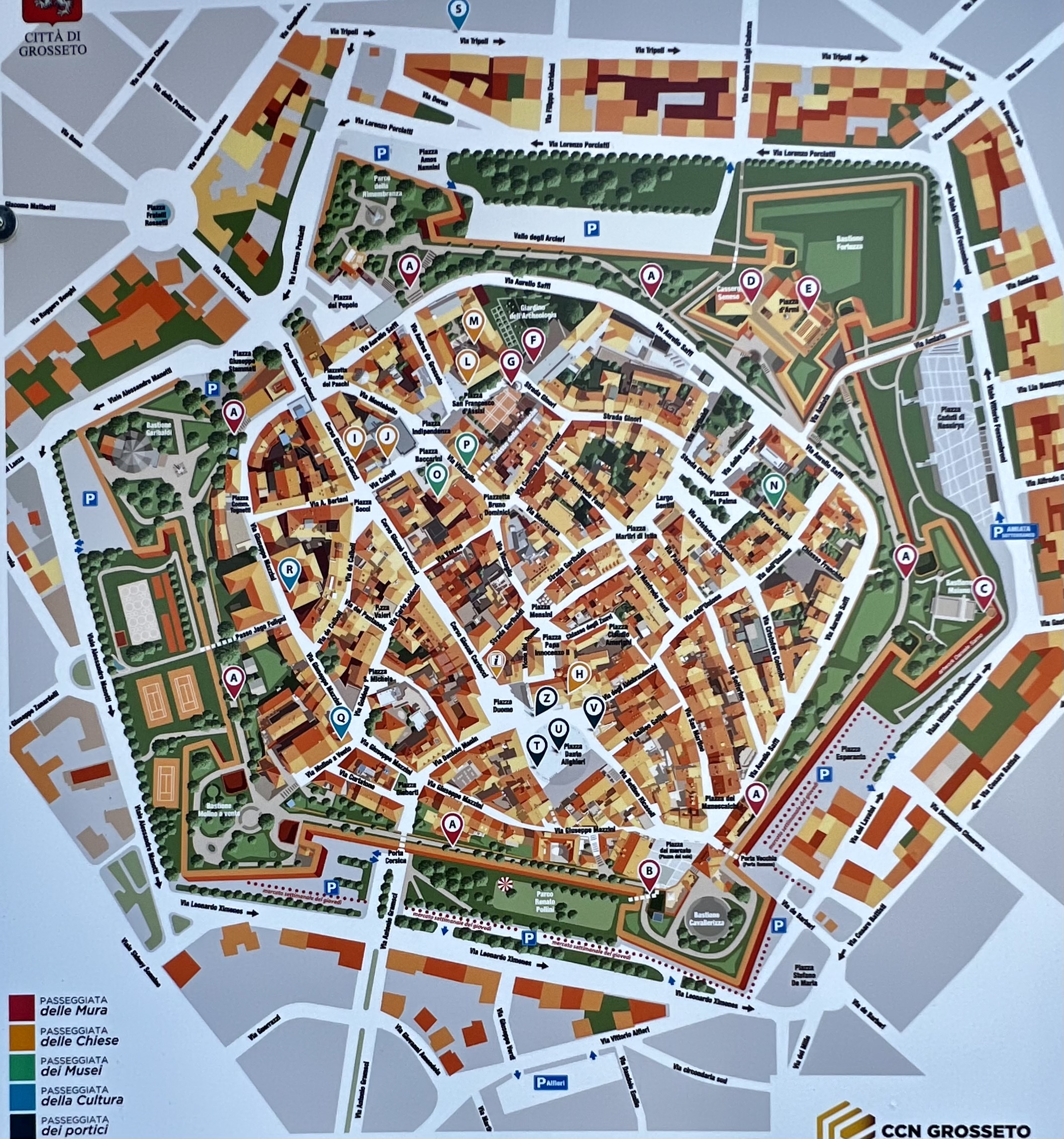
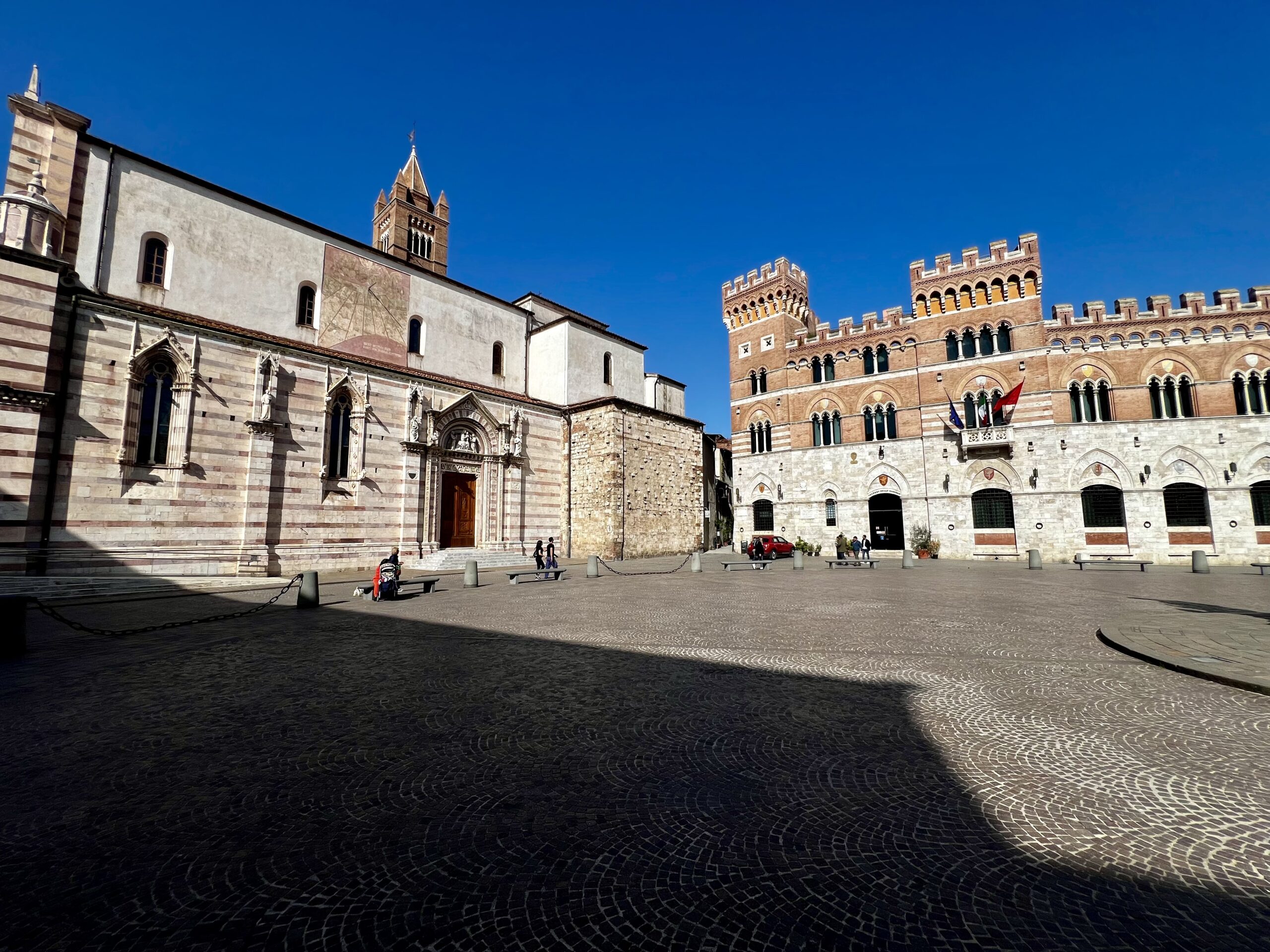
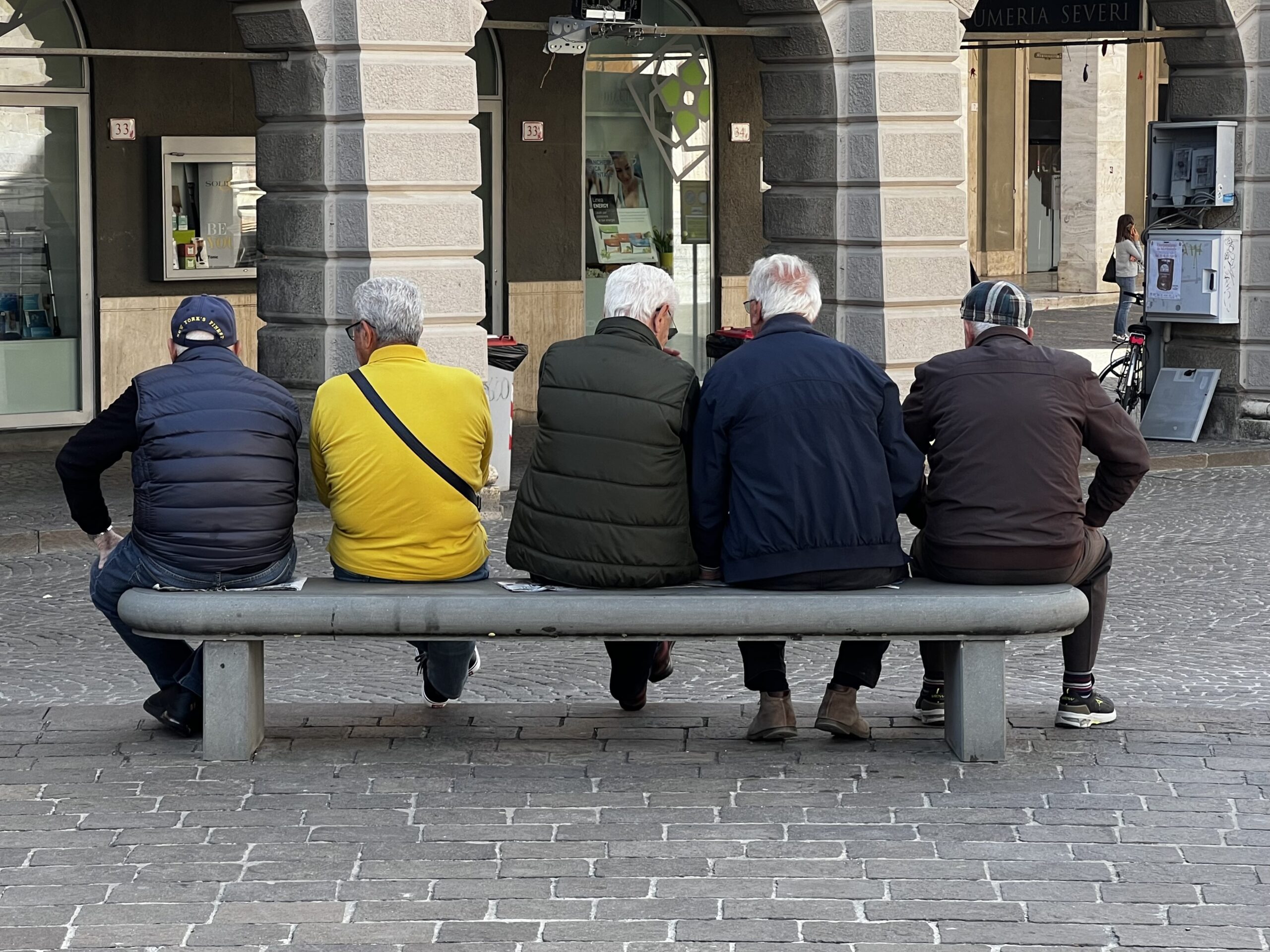
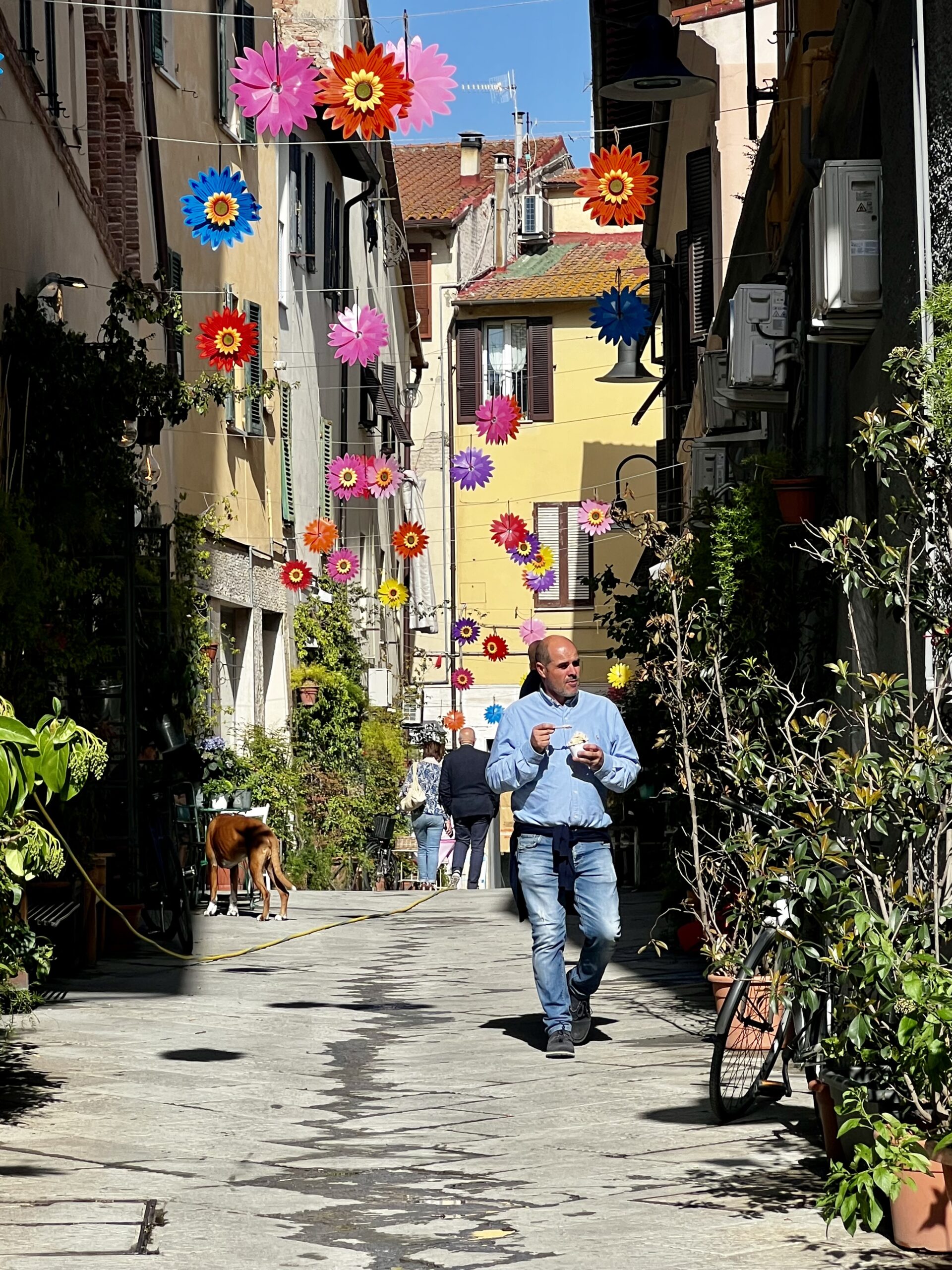
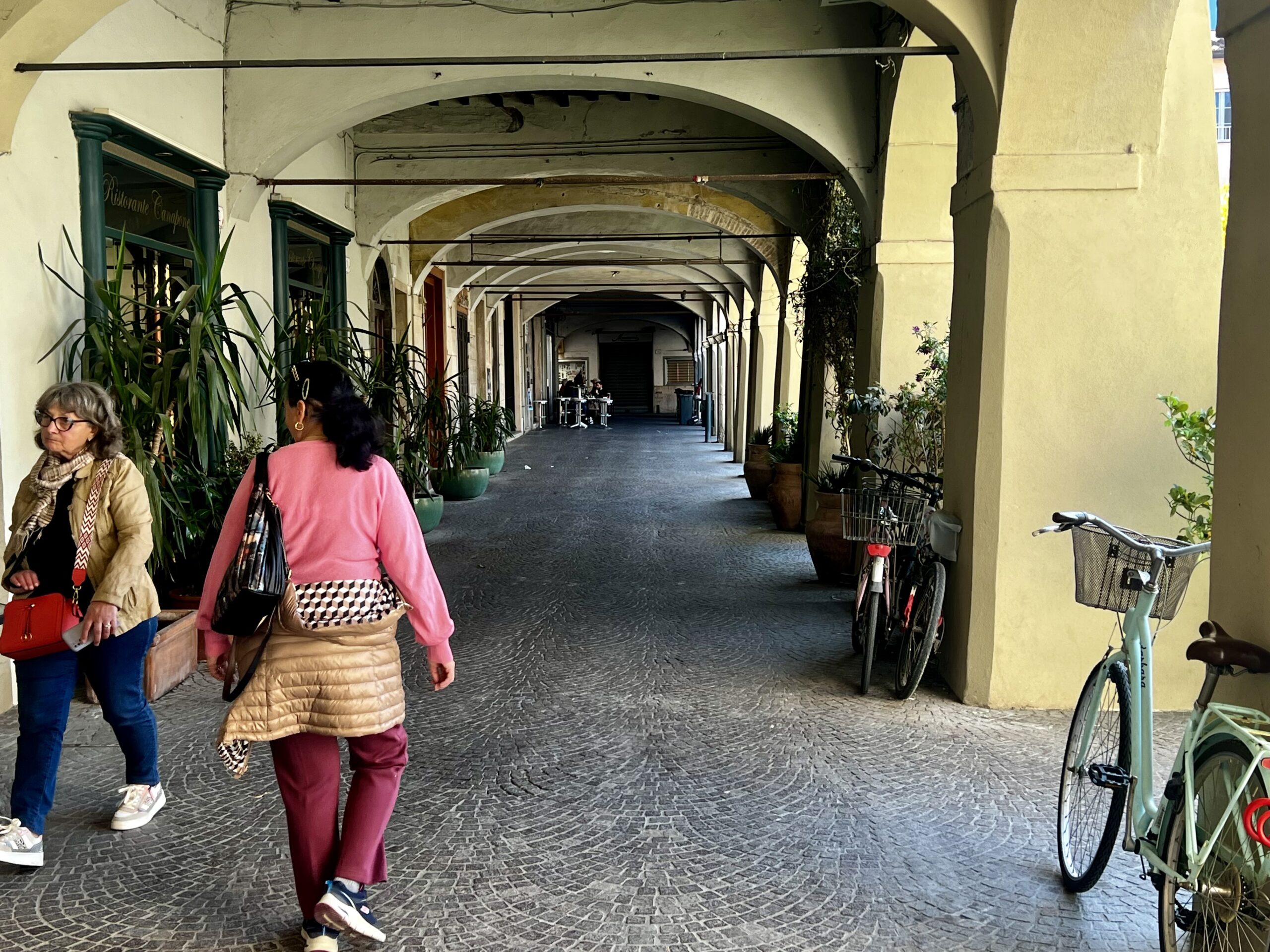
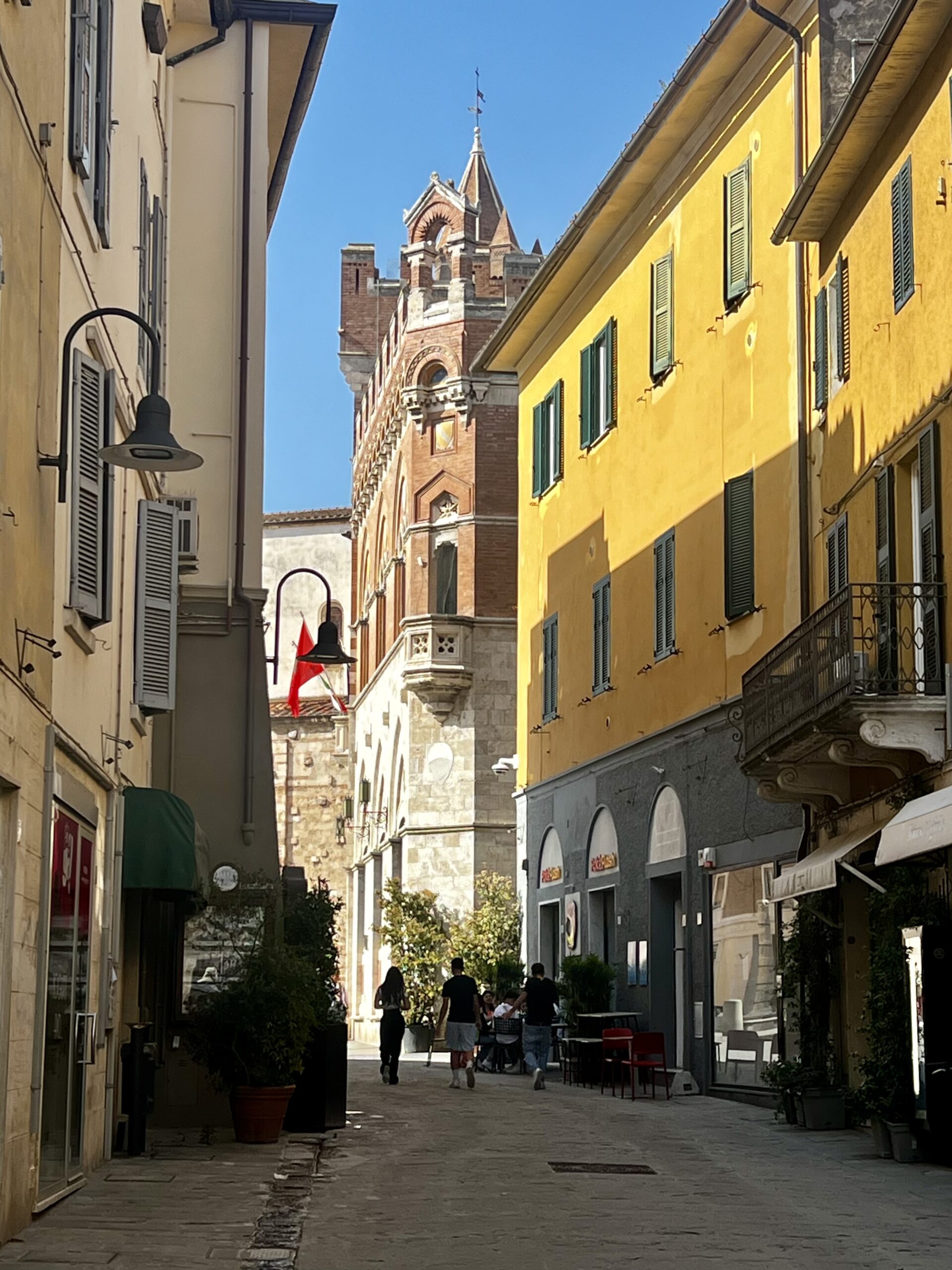
Duomo di San Lorenzo
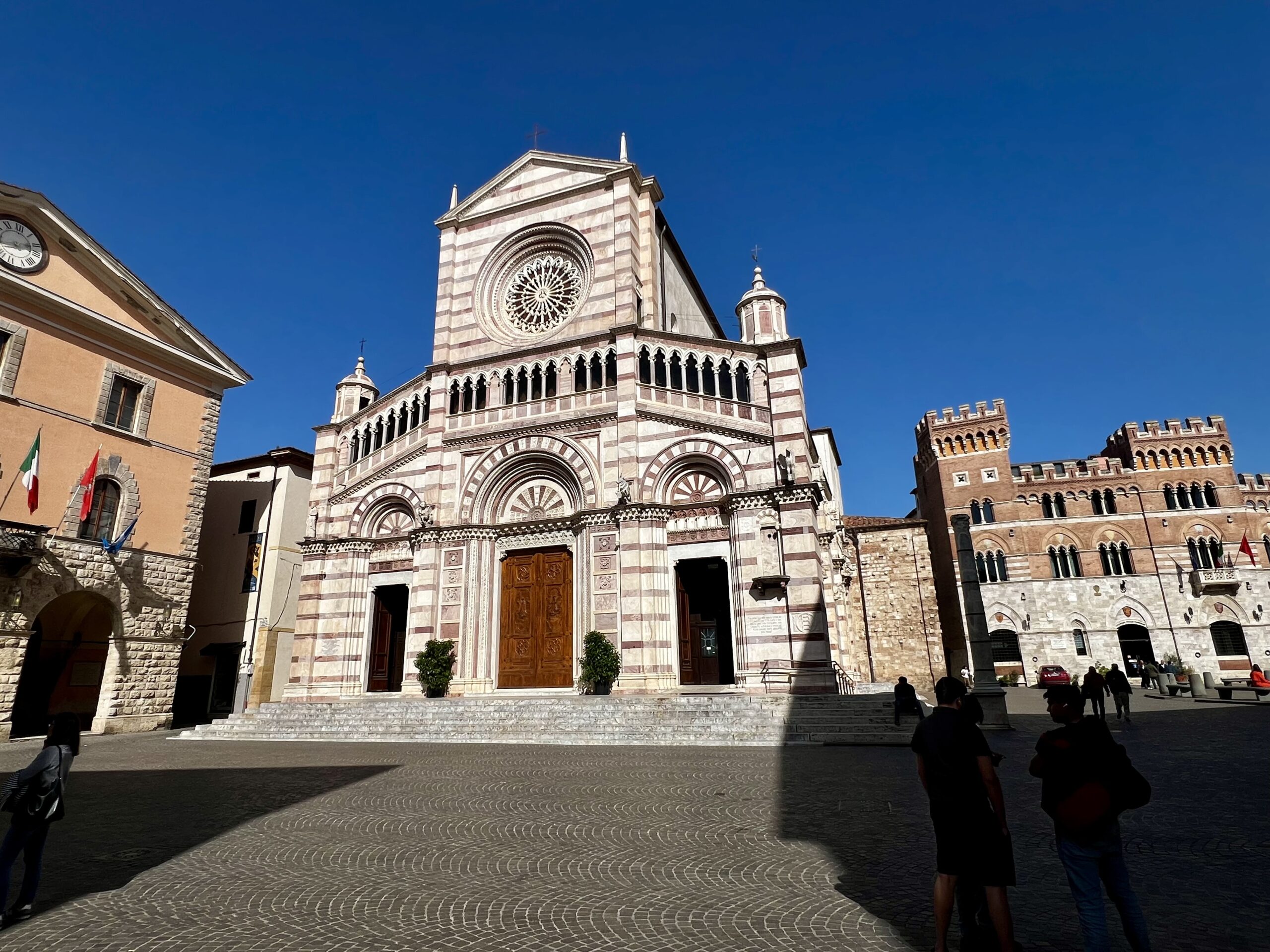
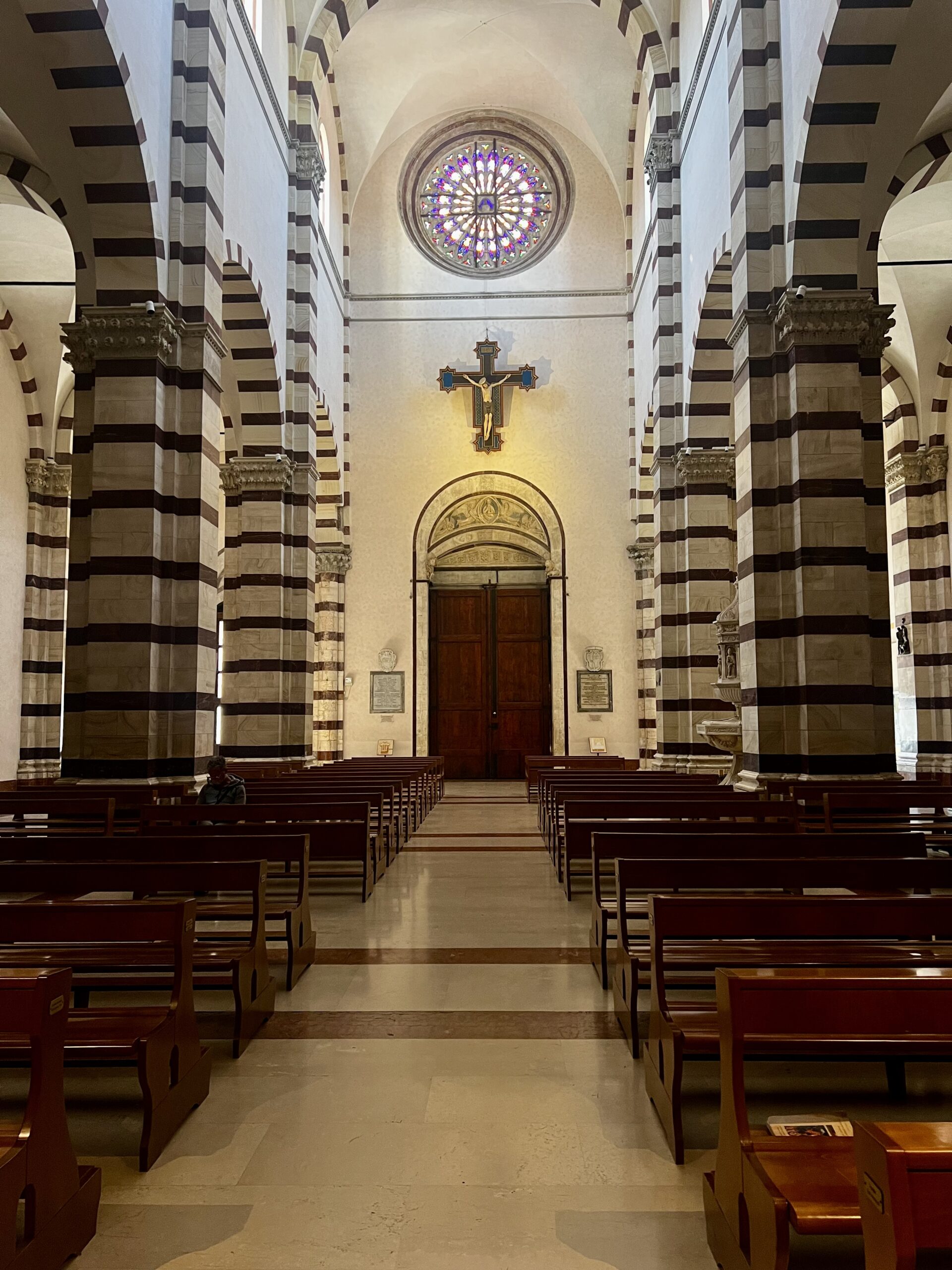
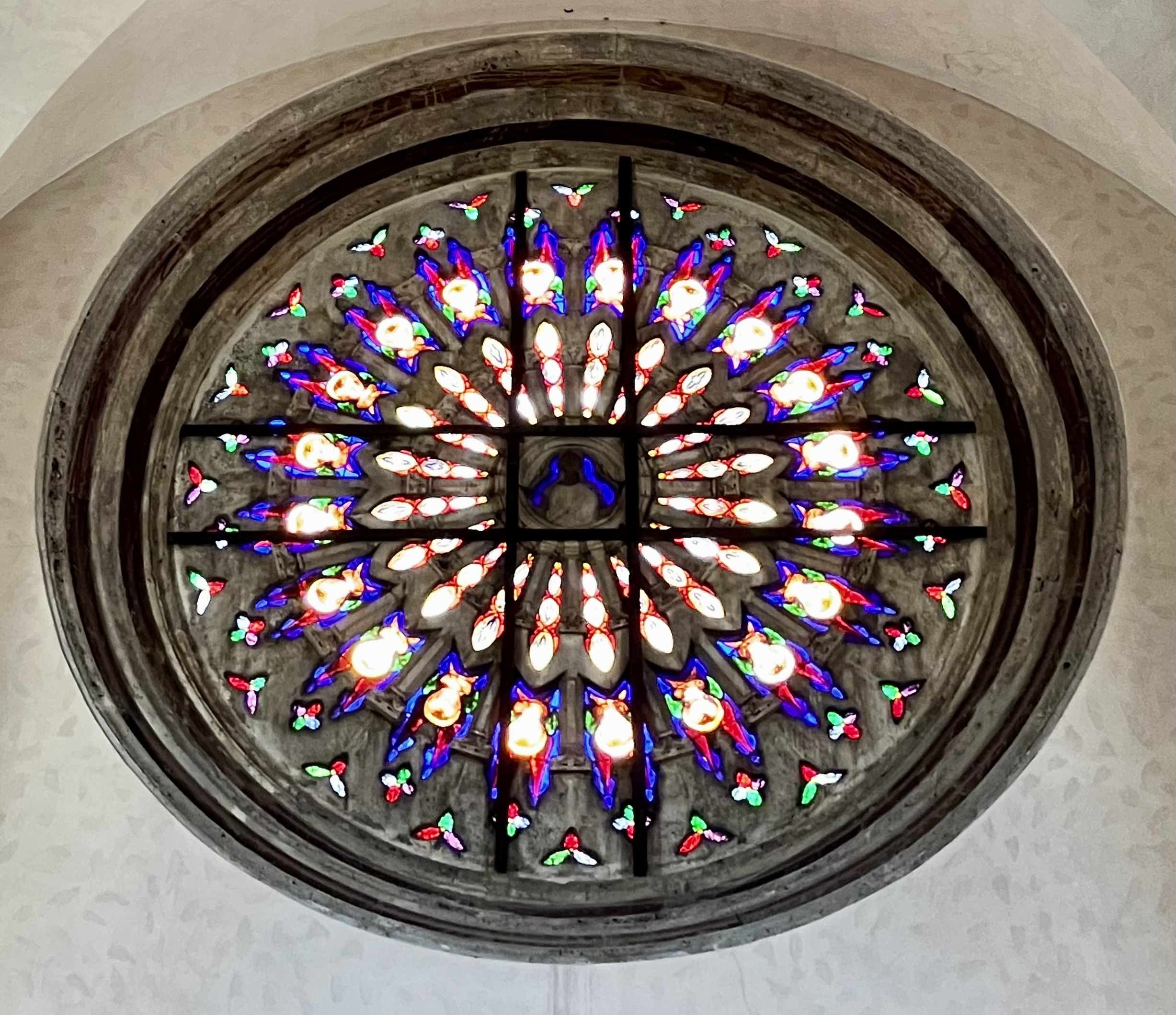
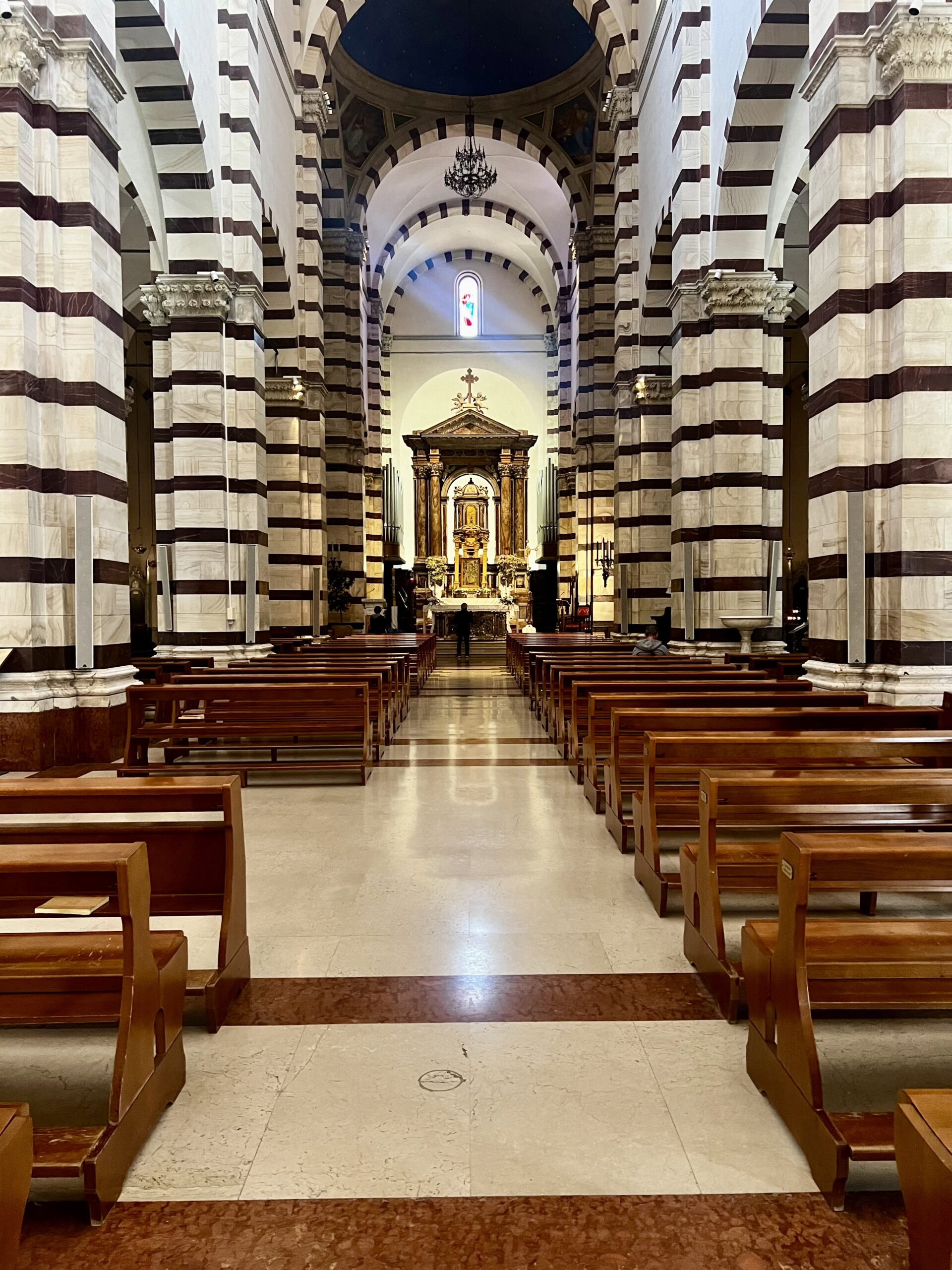
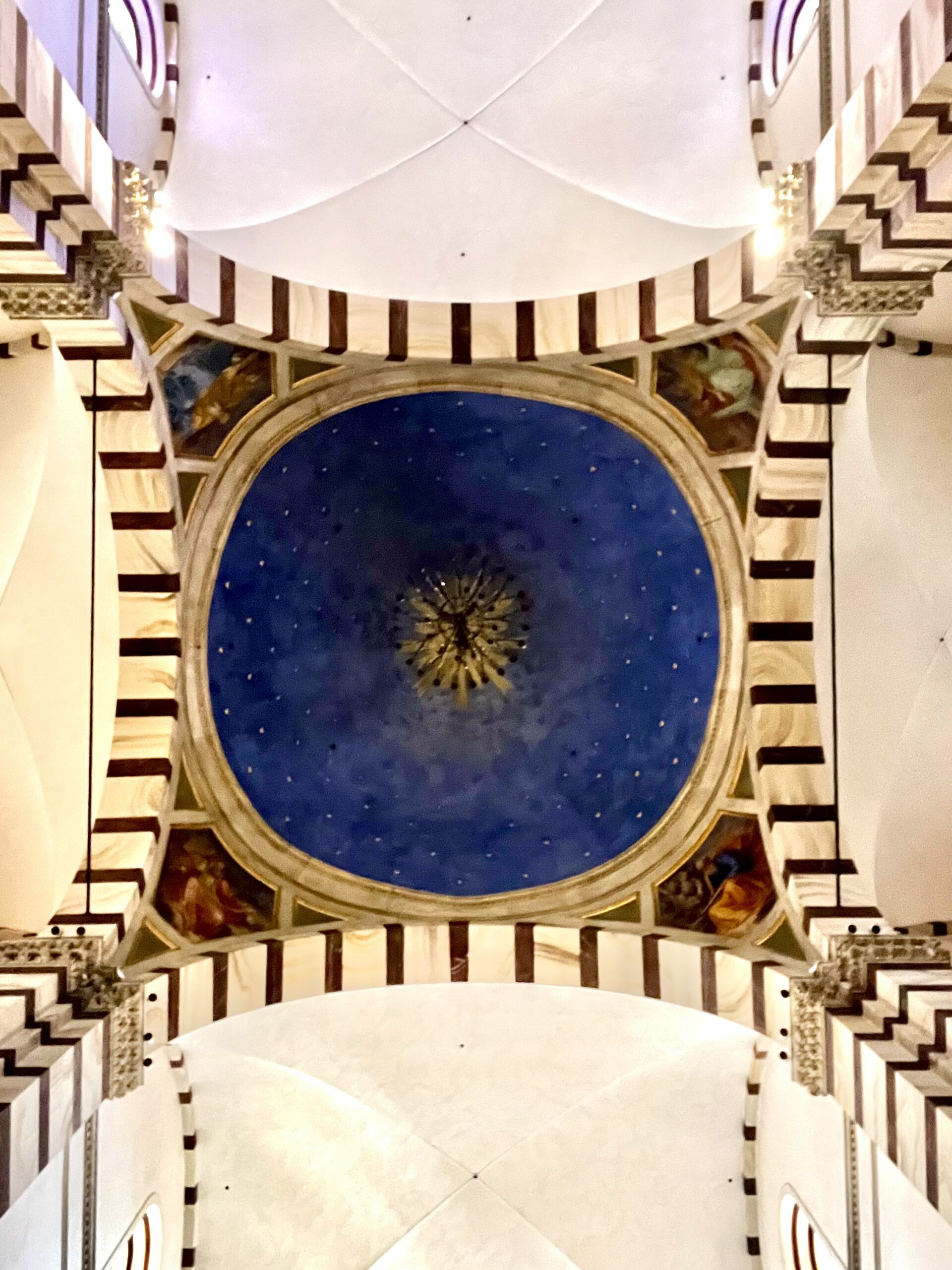
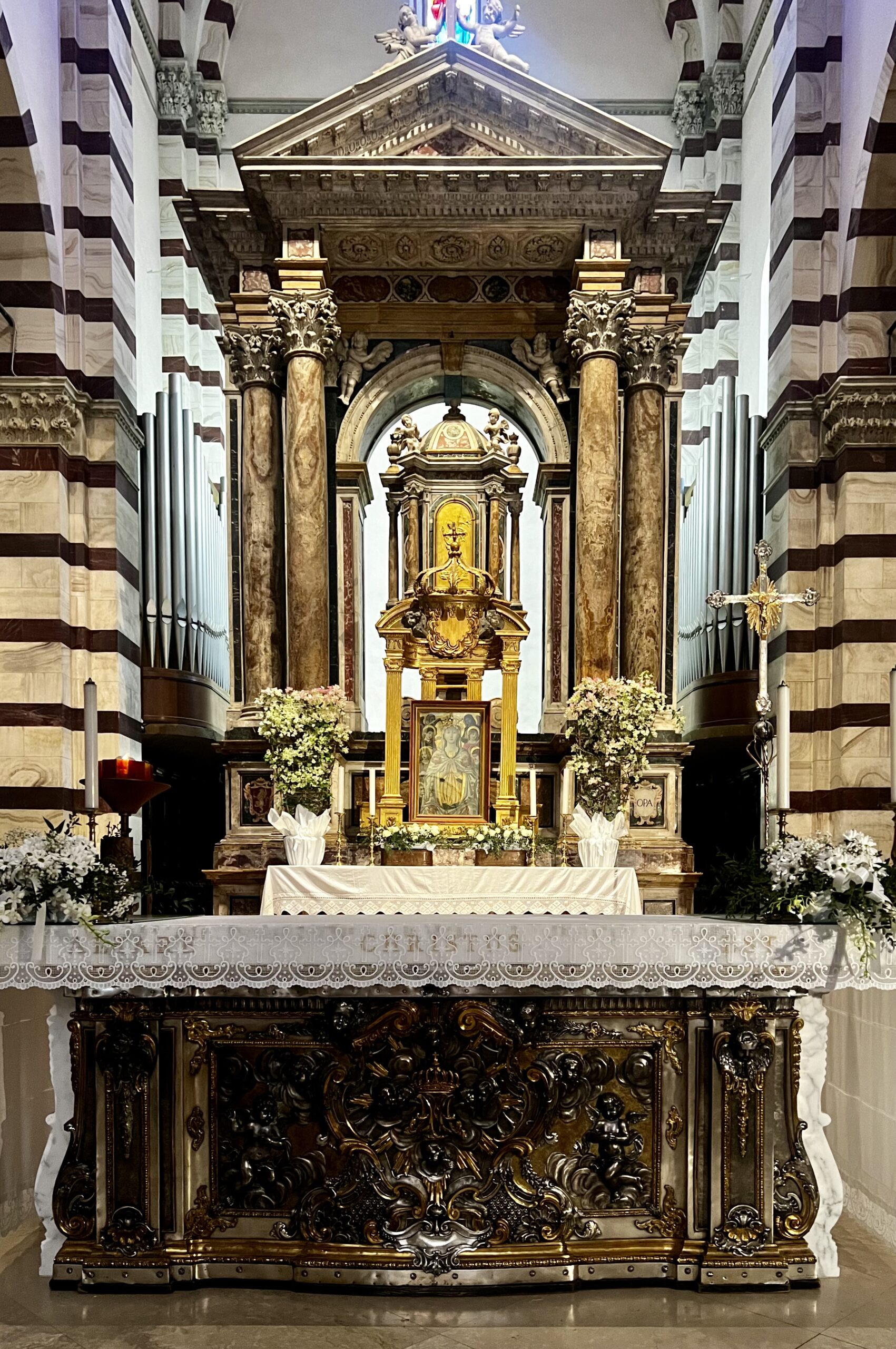
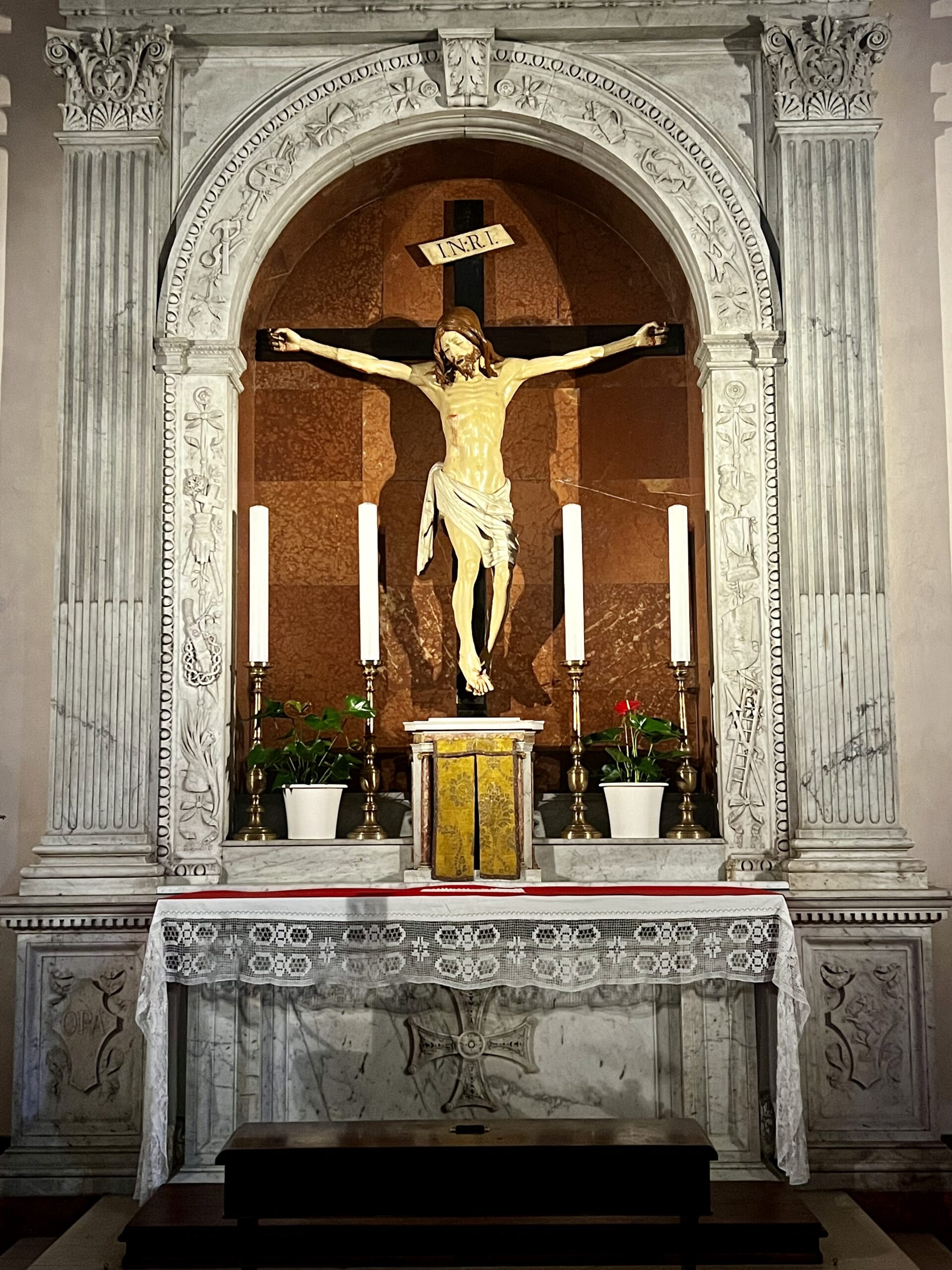
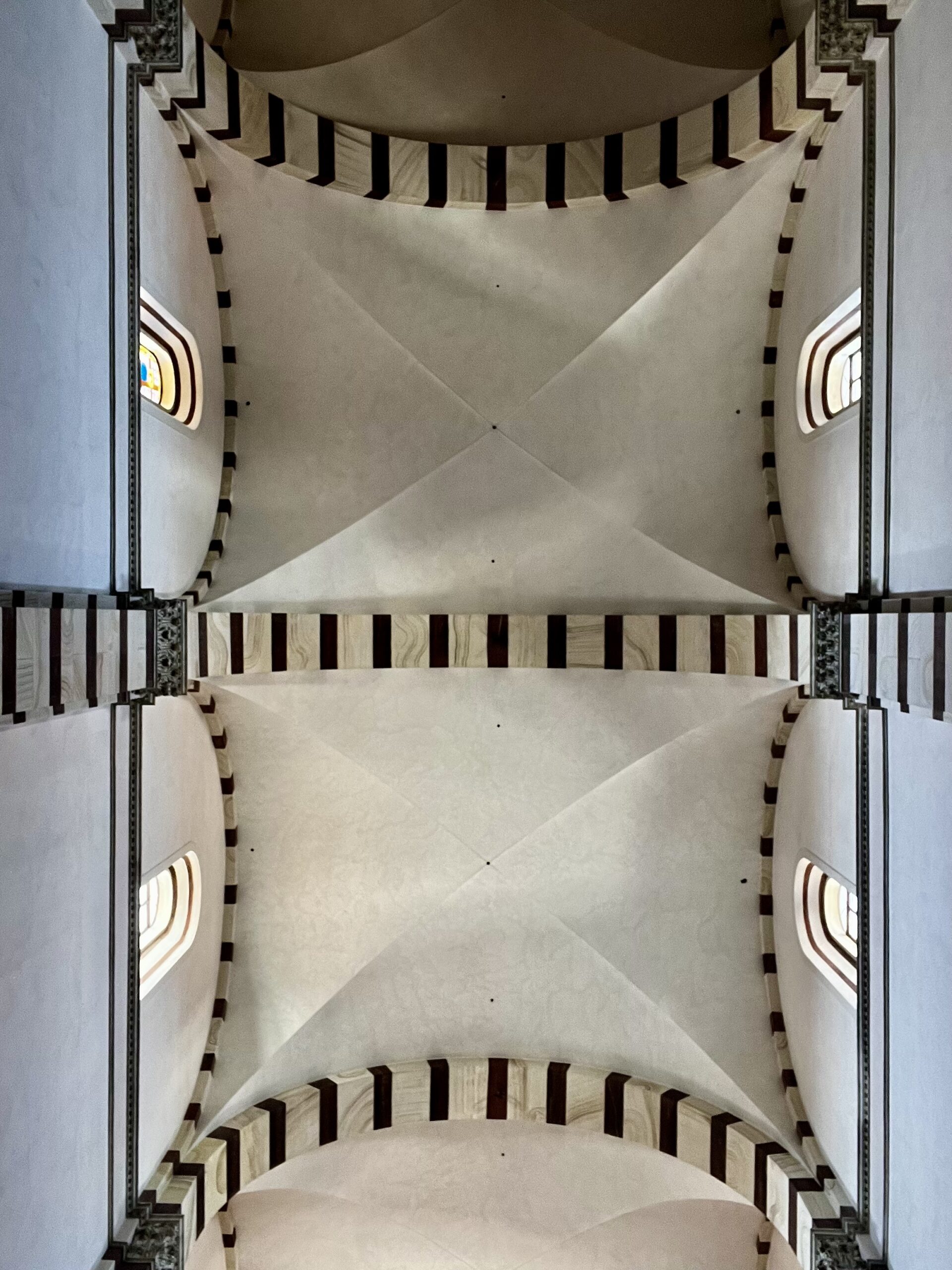
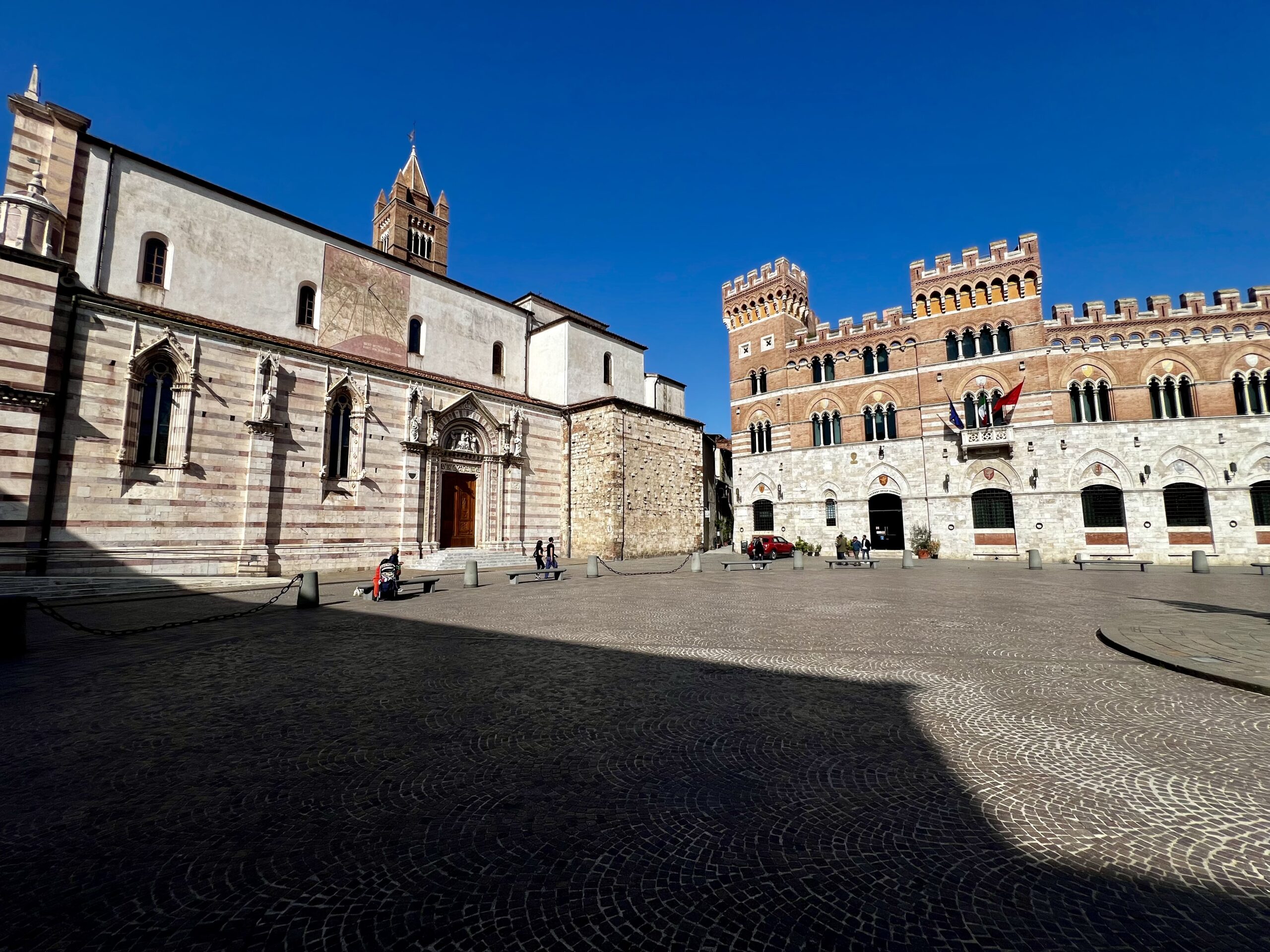
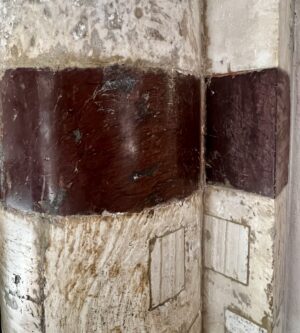
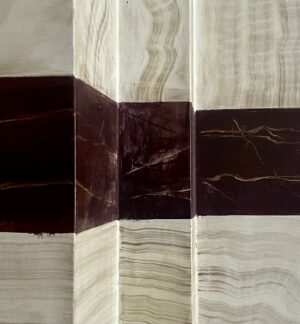
Back in Siena—Wandering and a Walking Tour
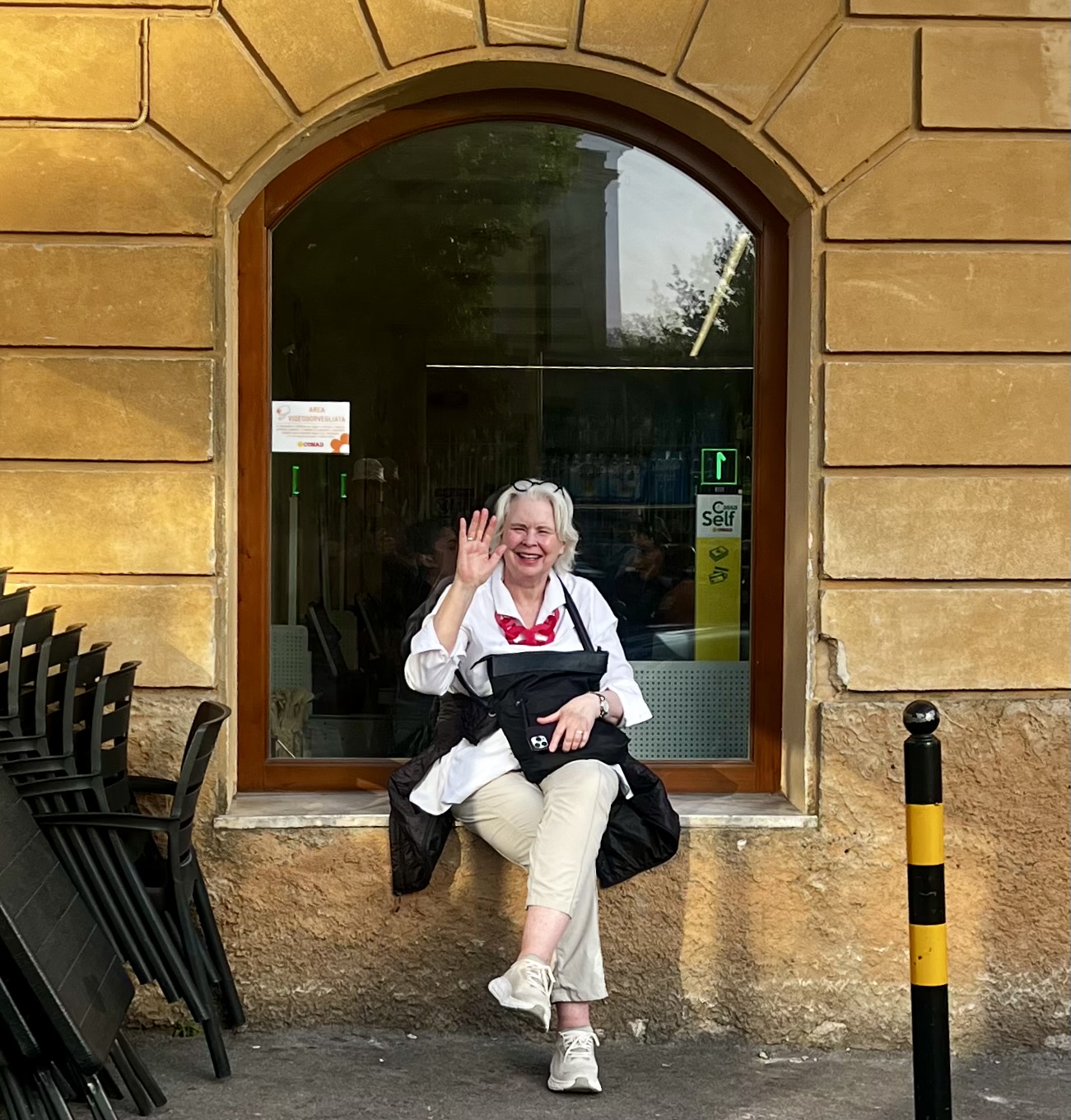
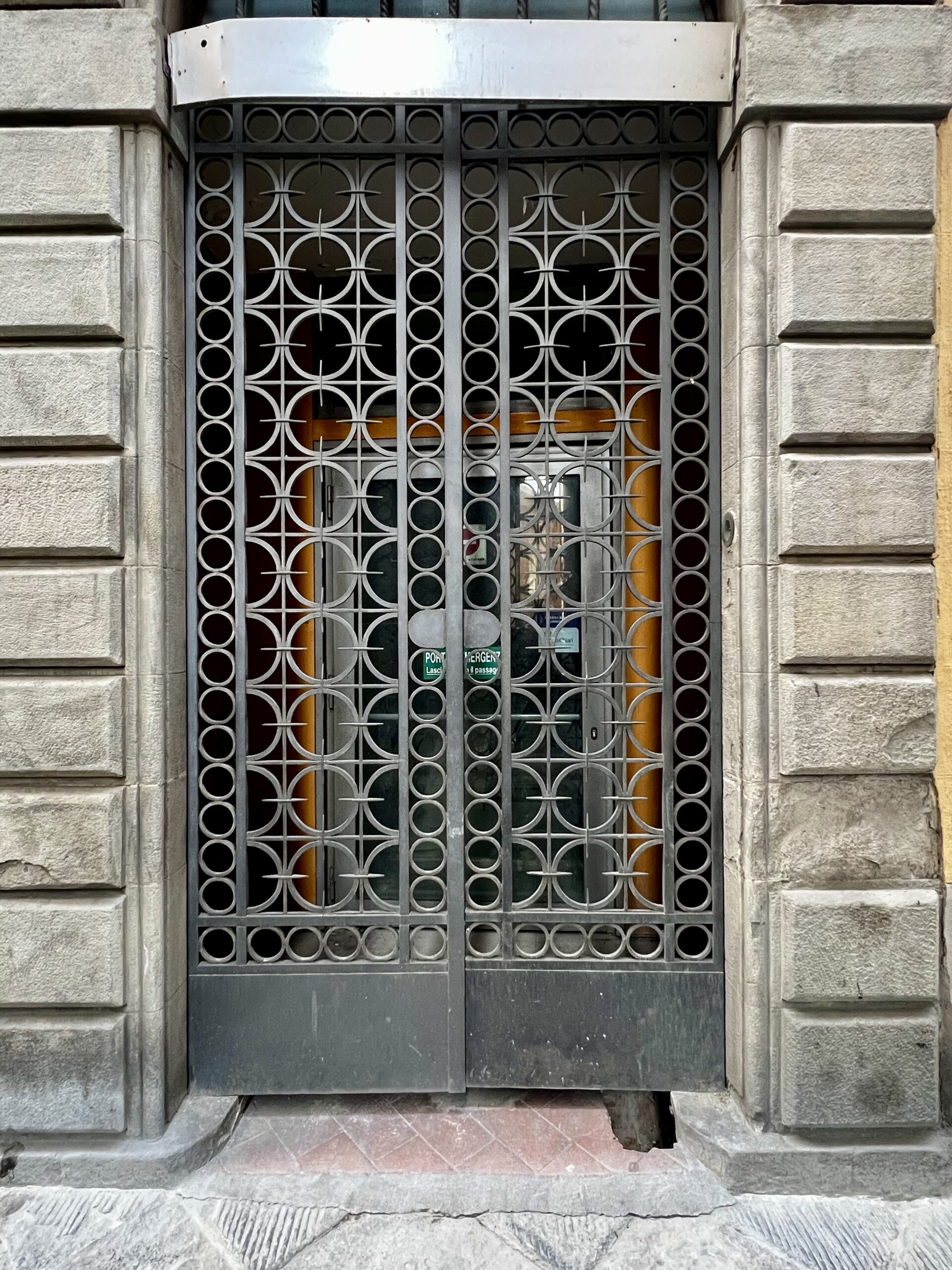
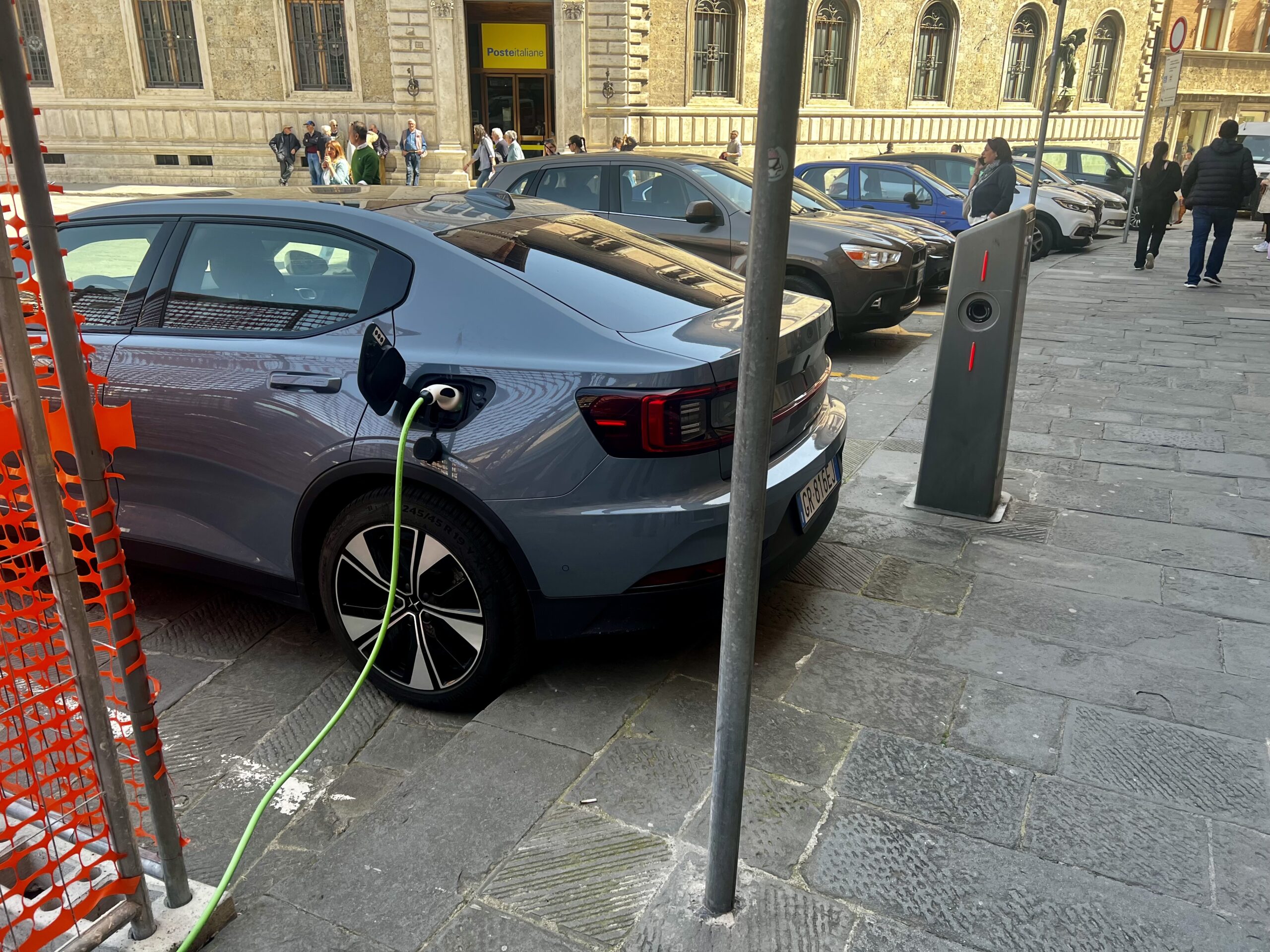
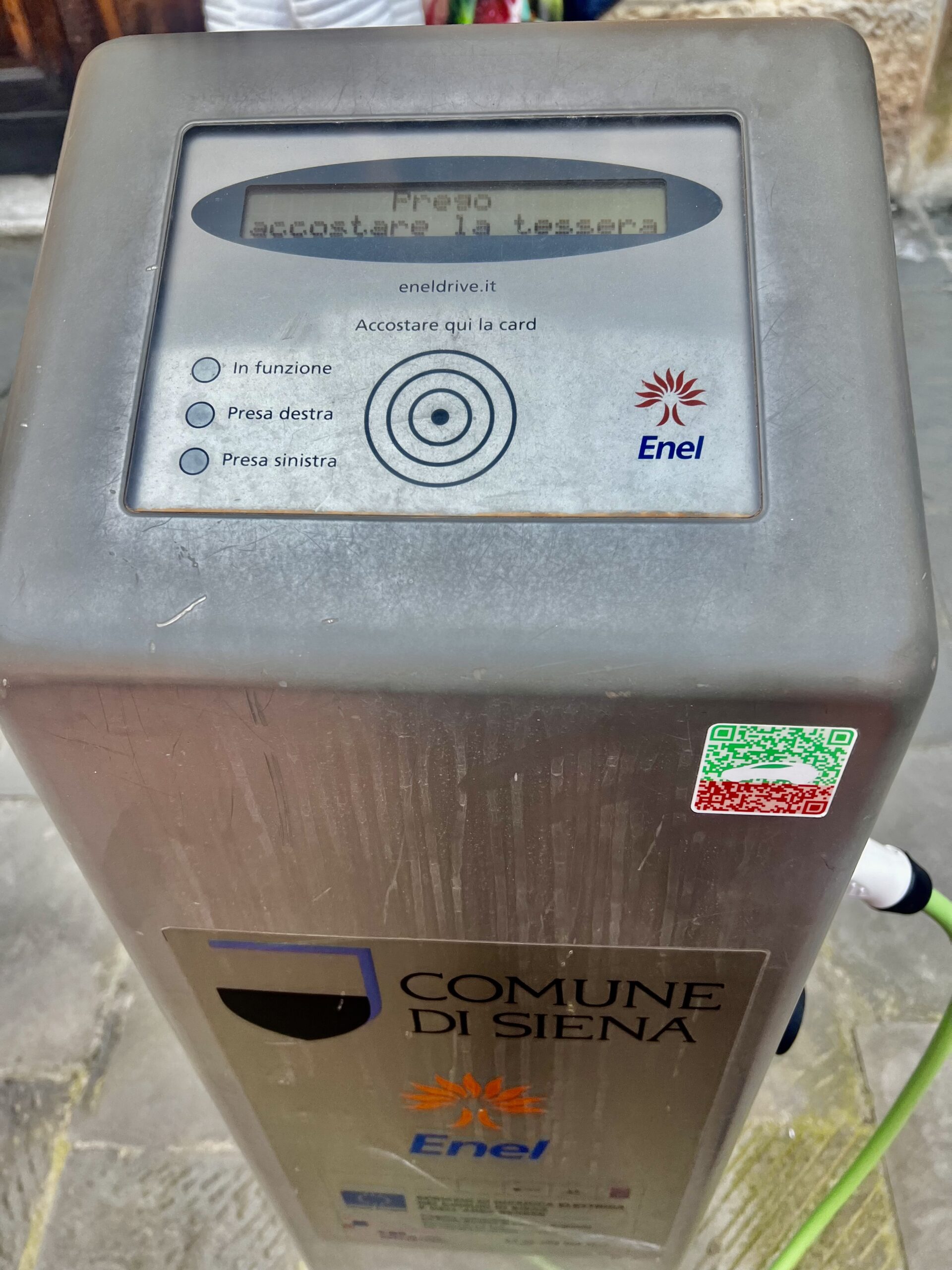
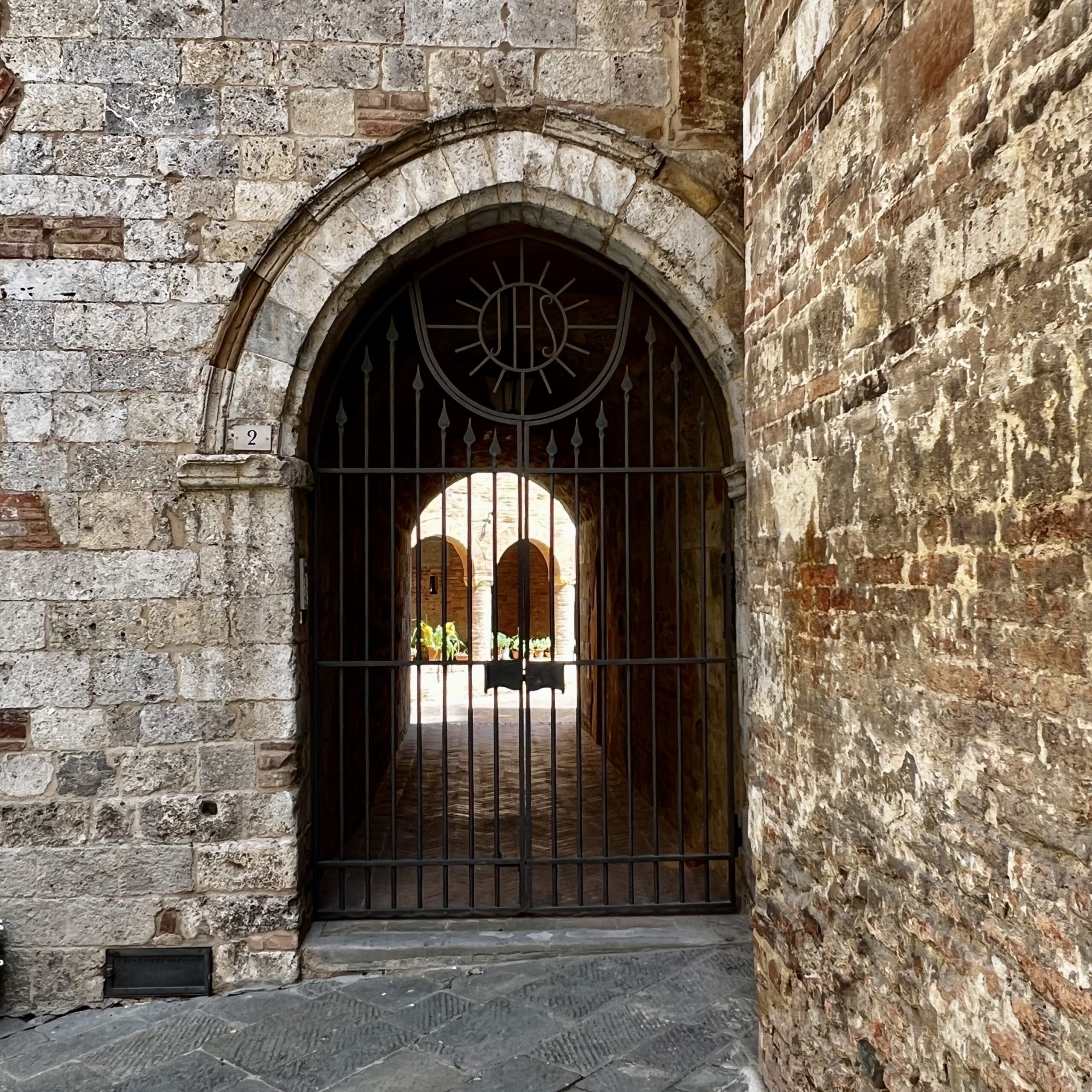
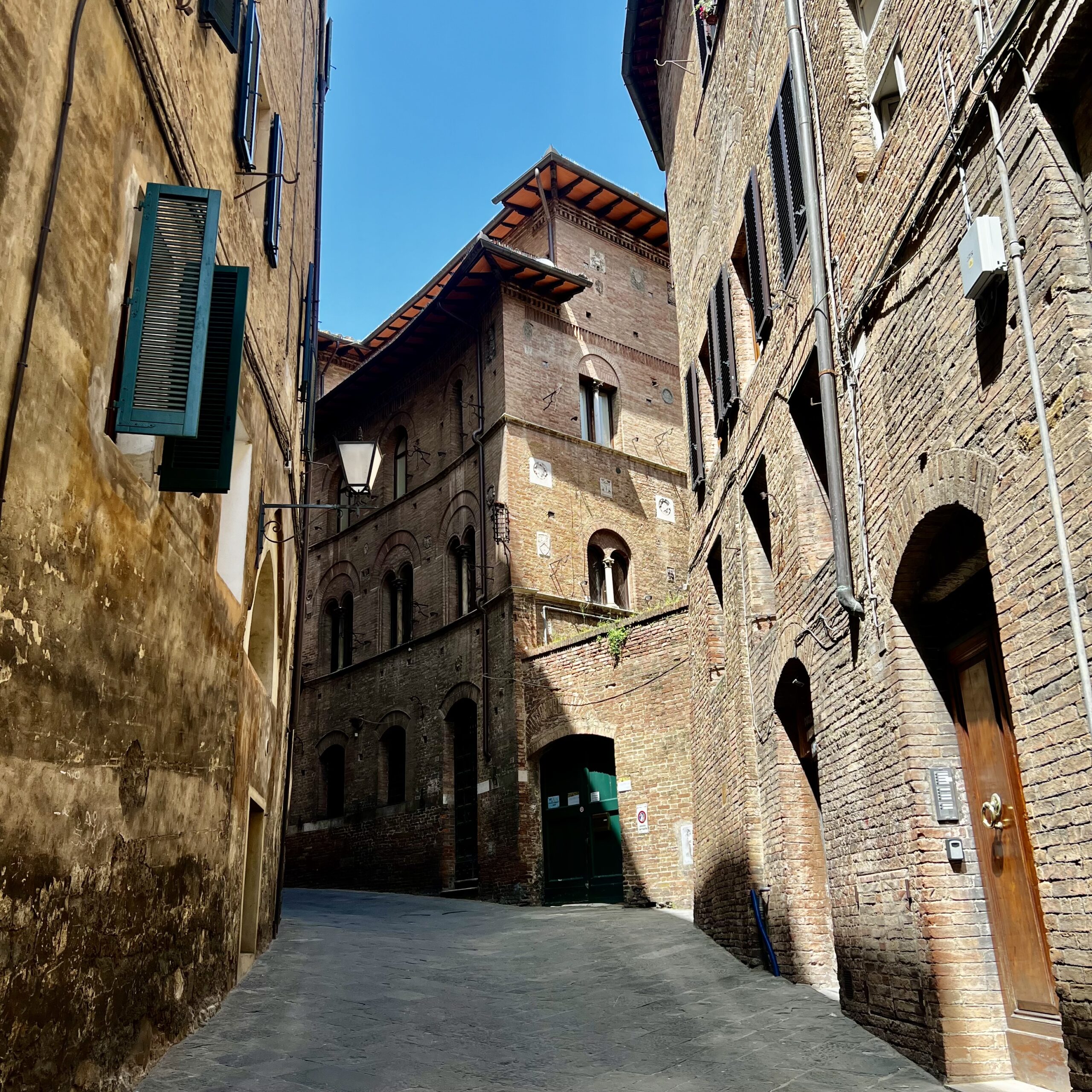
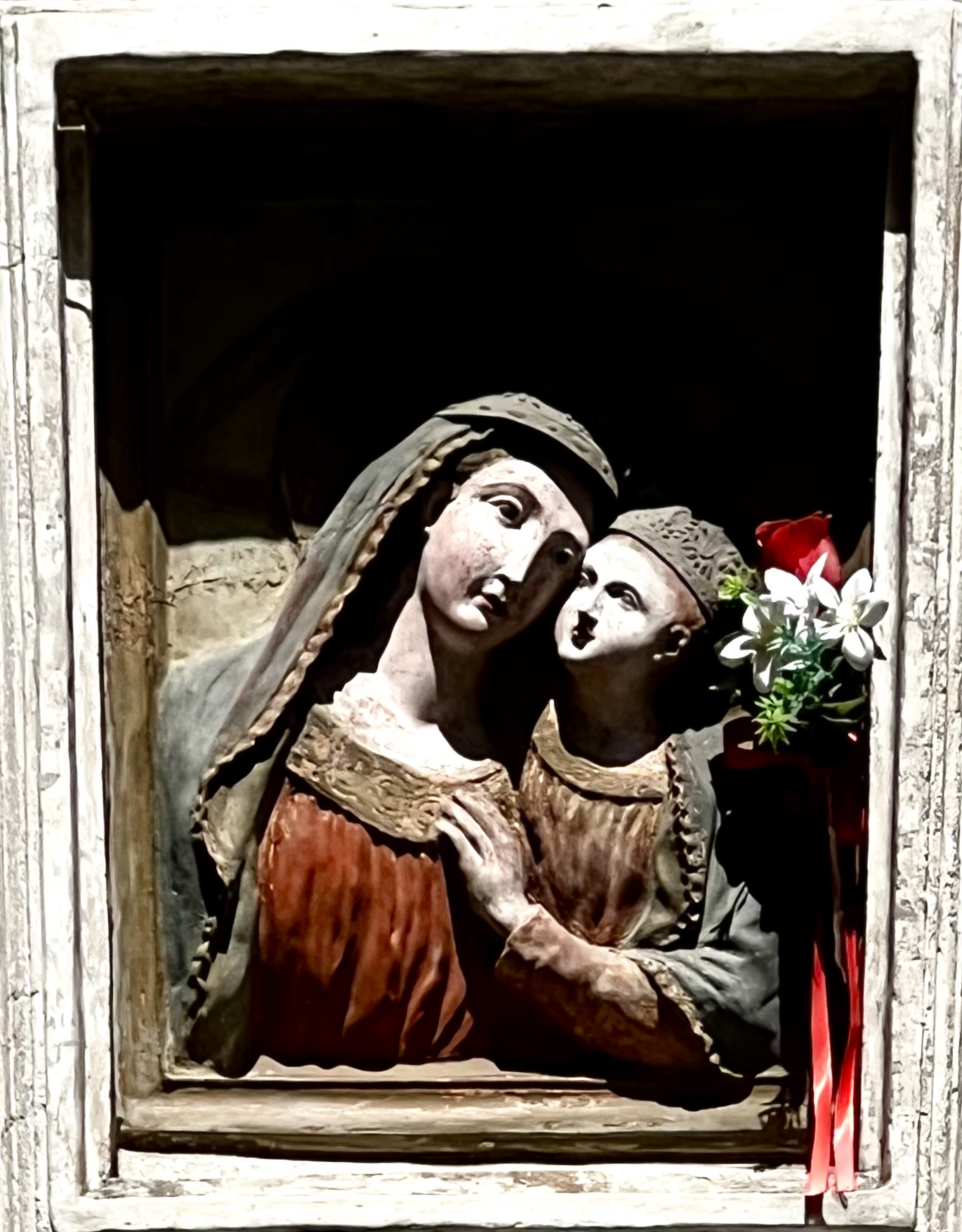
The next day, we found a guide on Airbnb Experiences for a private one-hour walking tour of Siena that focused on the origins of the city, the traditions of the palio, the contrade, and the underground water system that once served Siena. Nina was great—world traveled and extremely enthusiastic about her city. We always request tours in Italian and this one felt like a fire hose of language. Excellent practice.
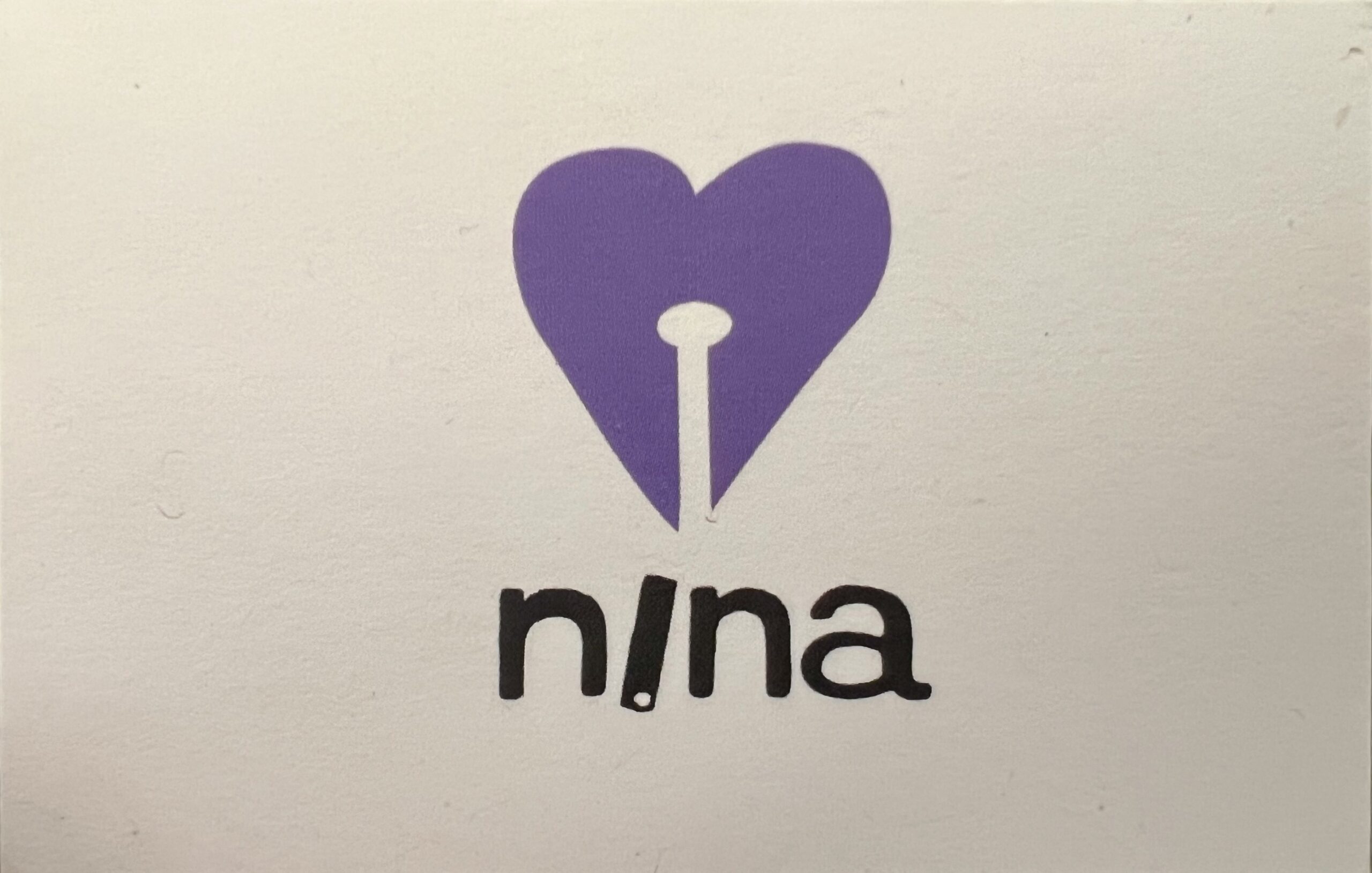
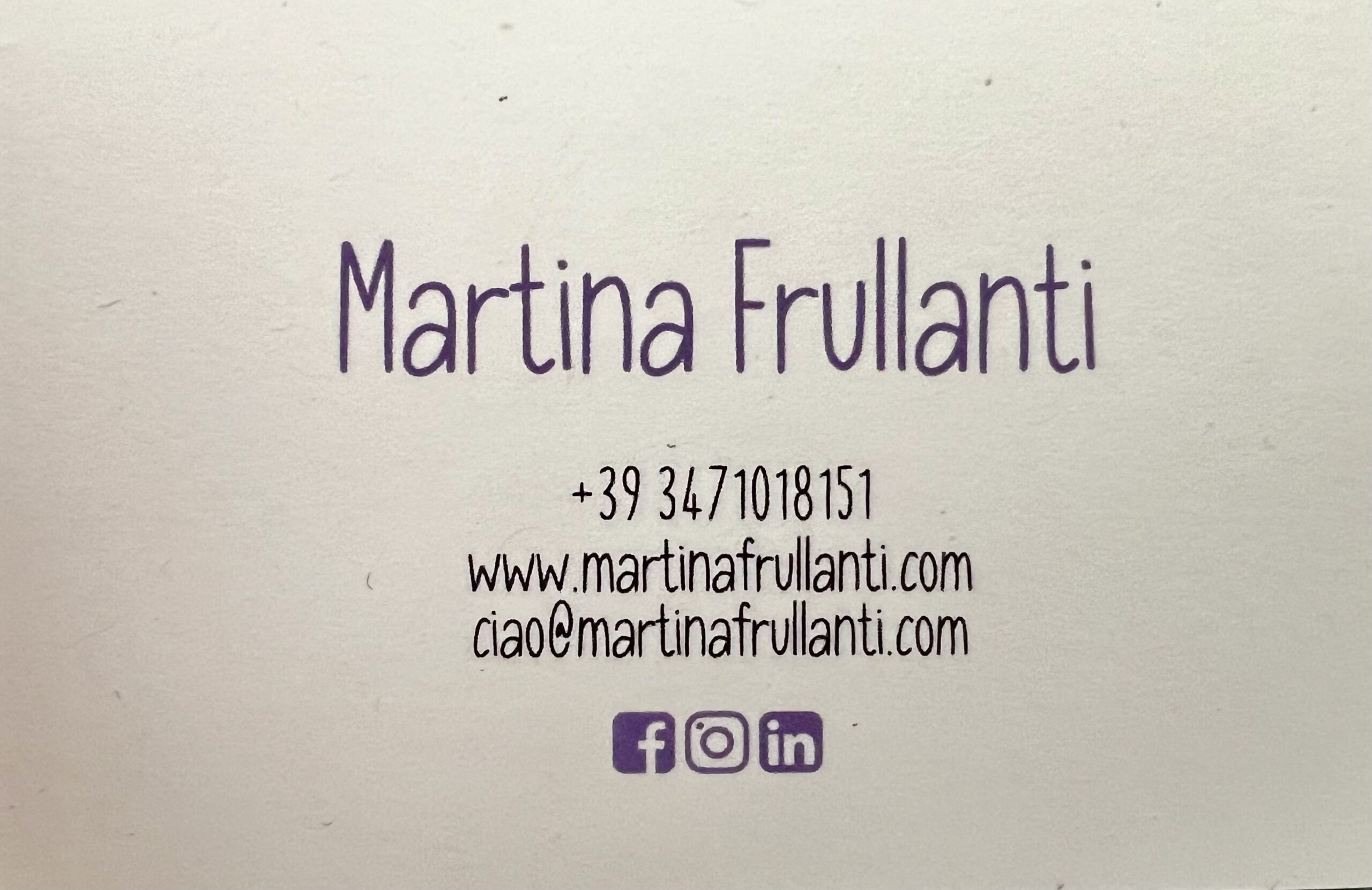
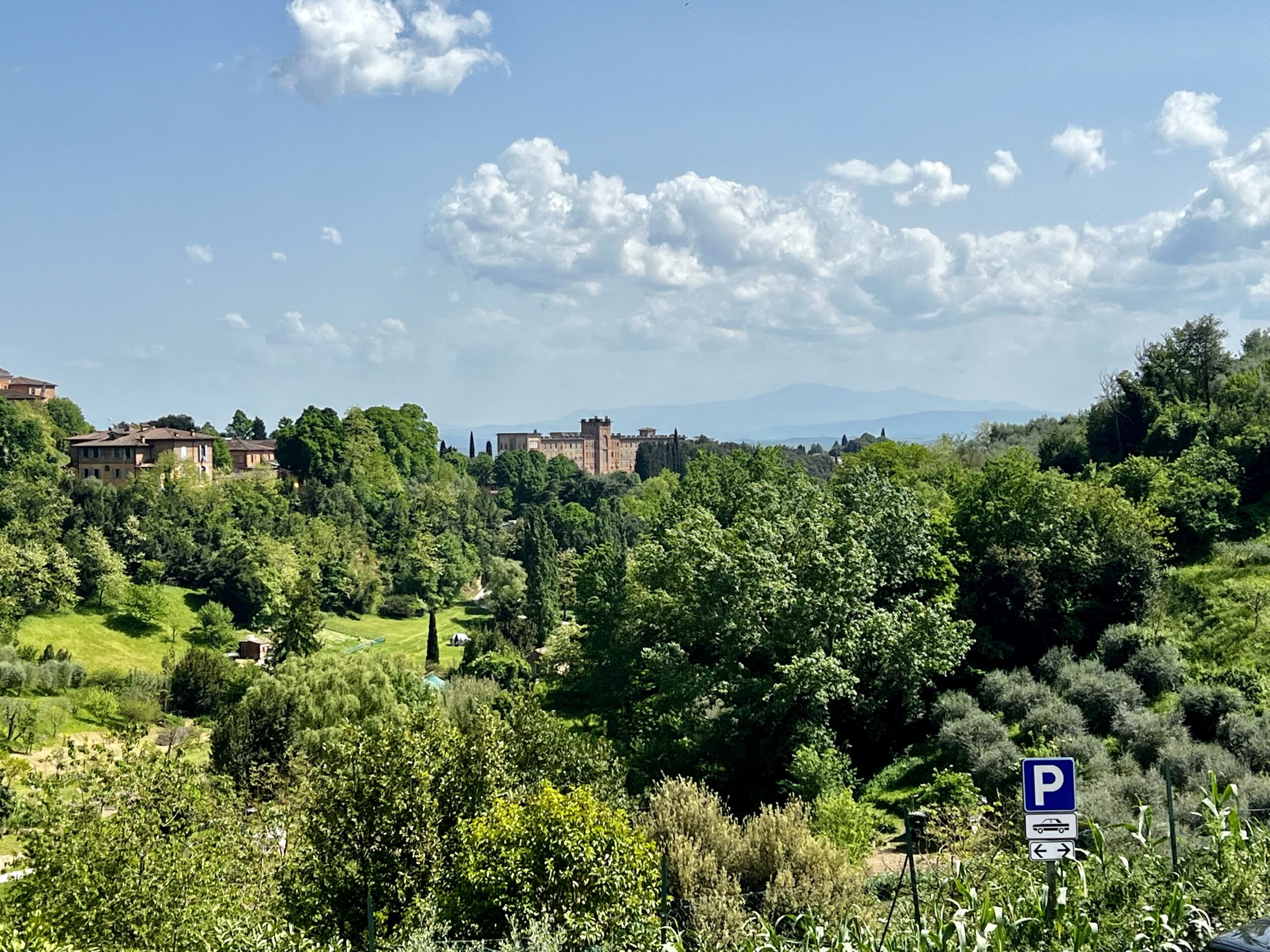
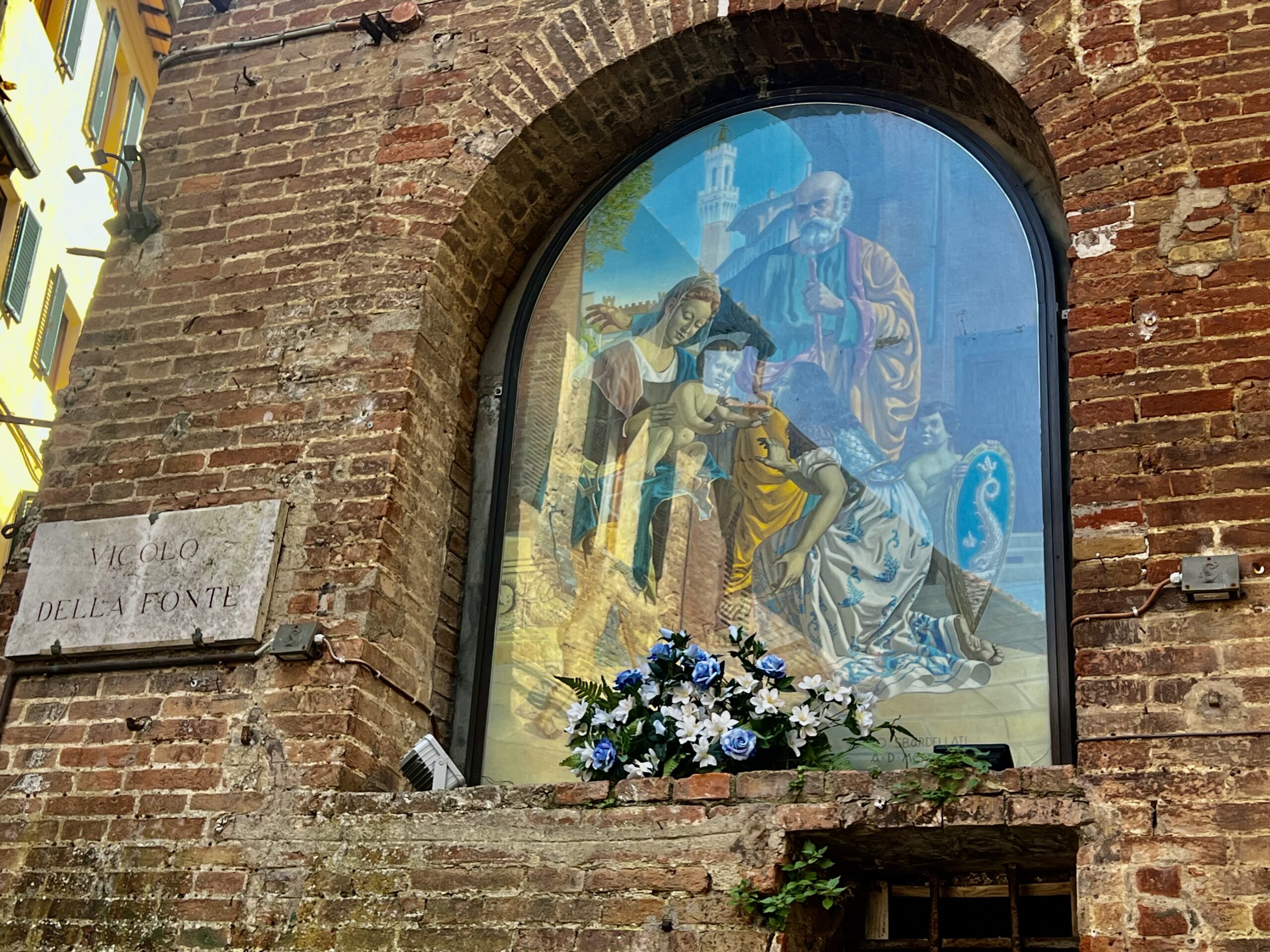
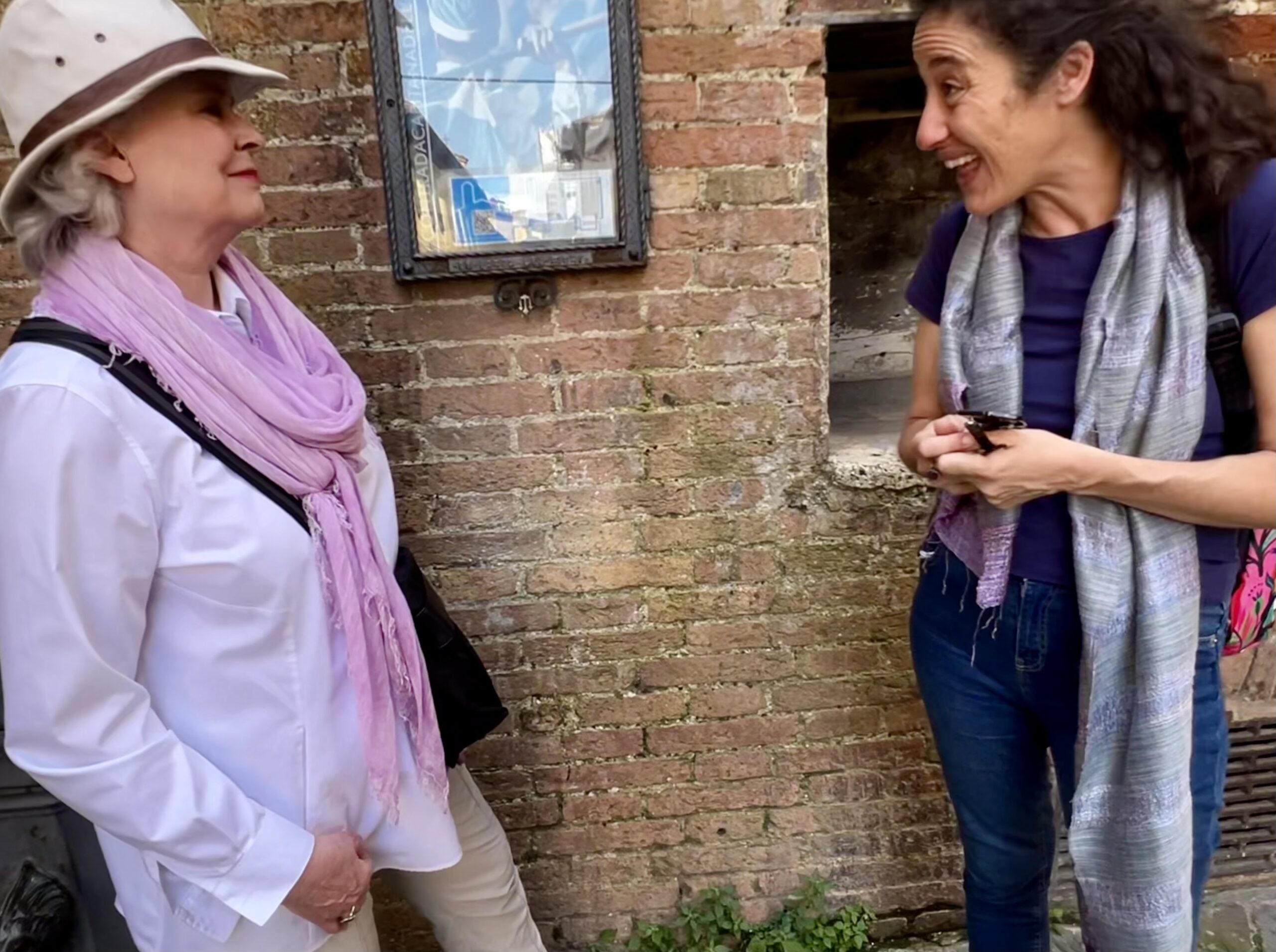
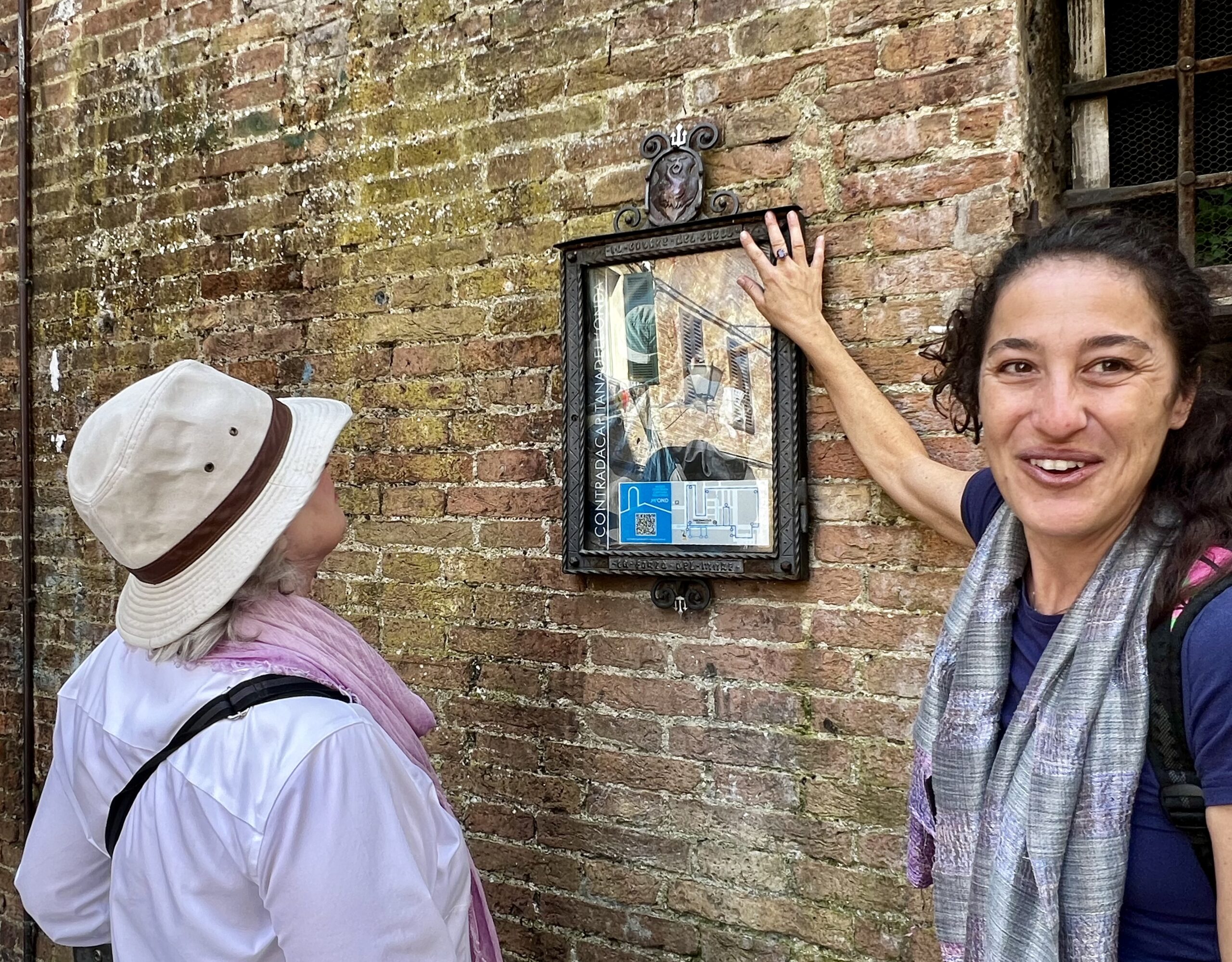
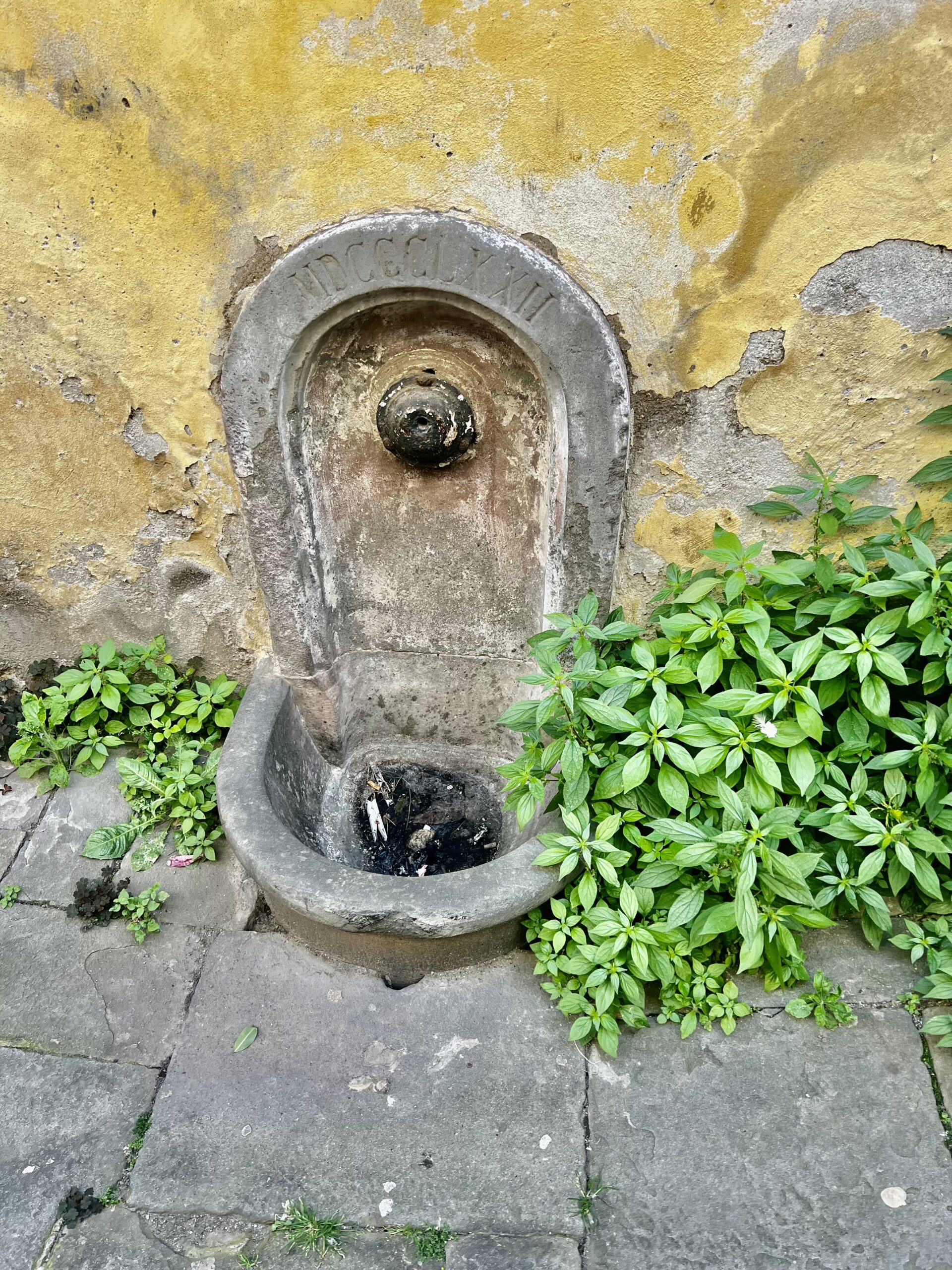
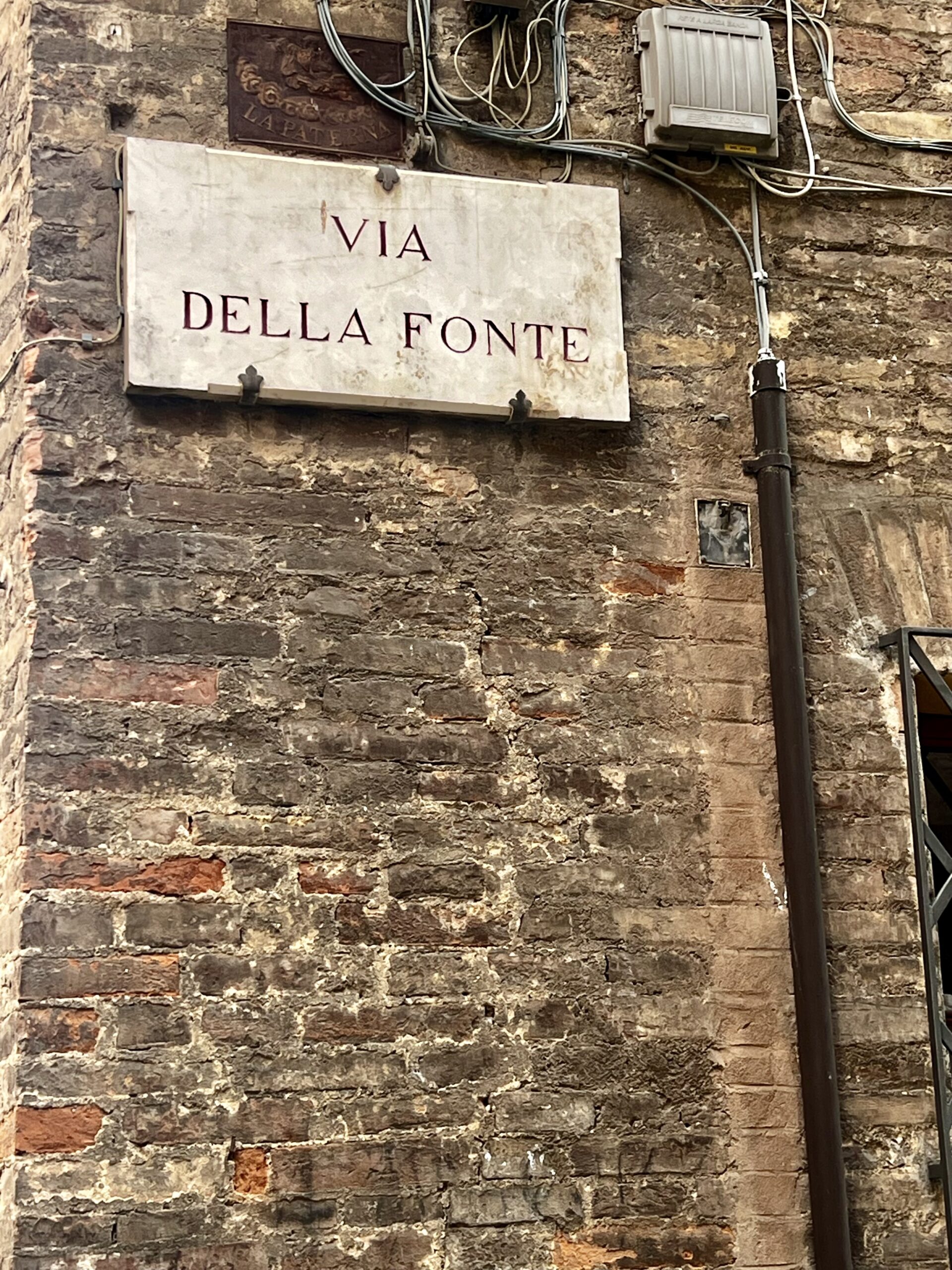
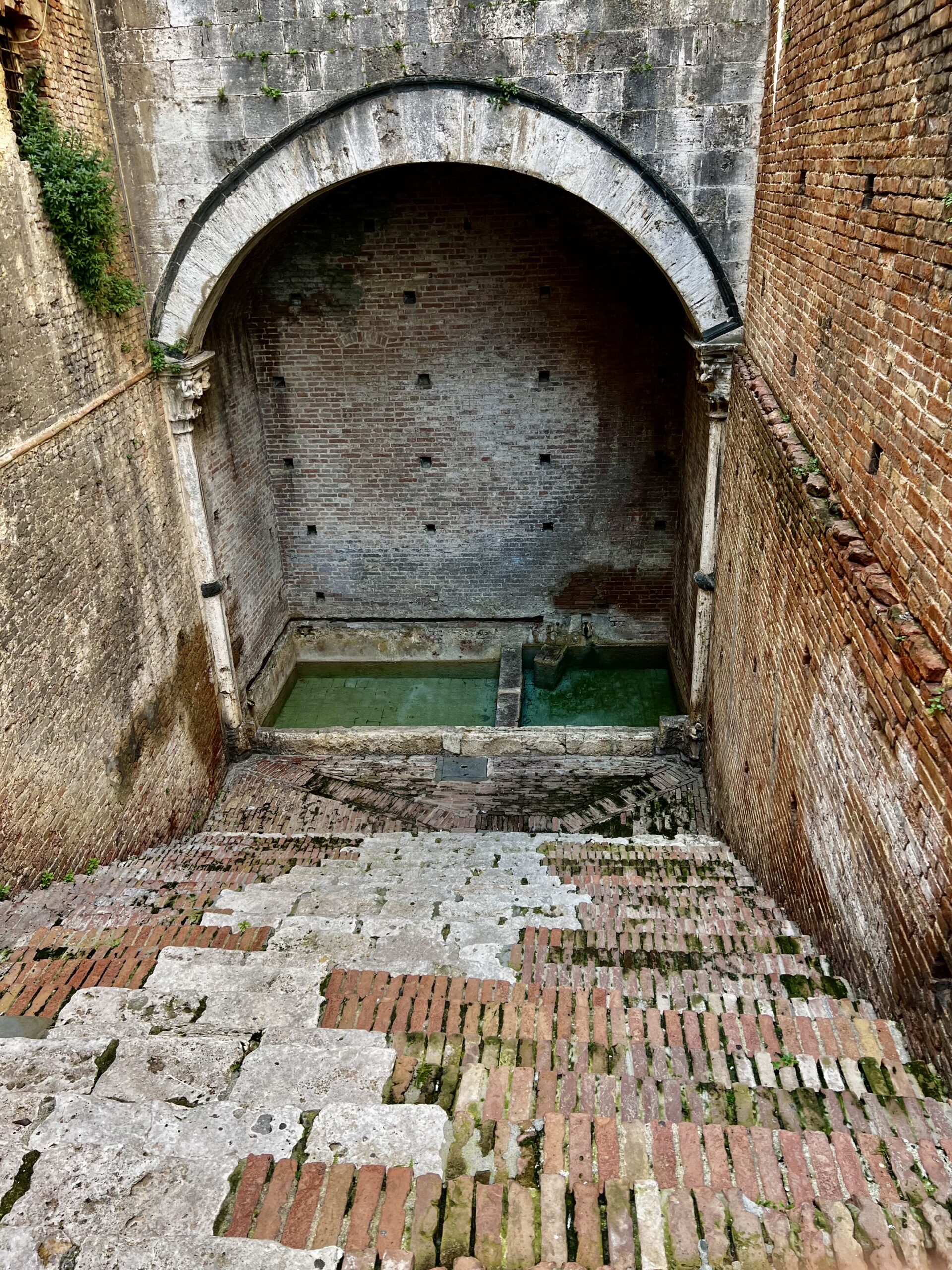
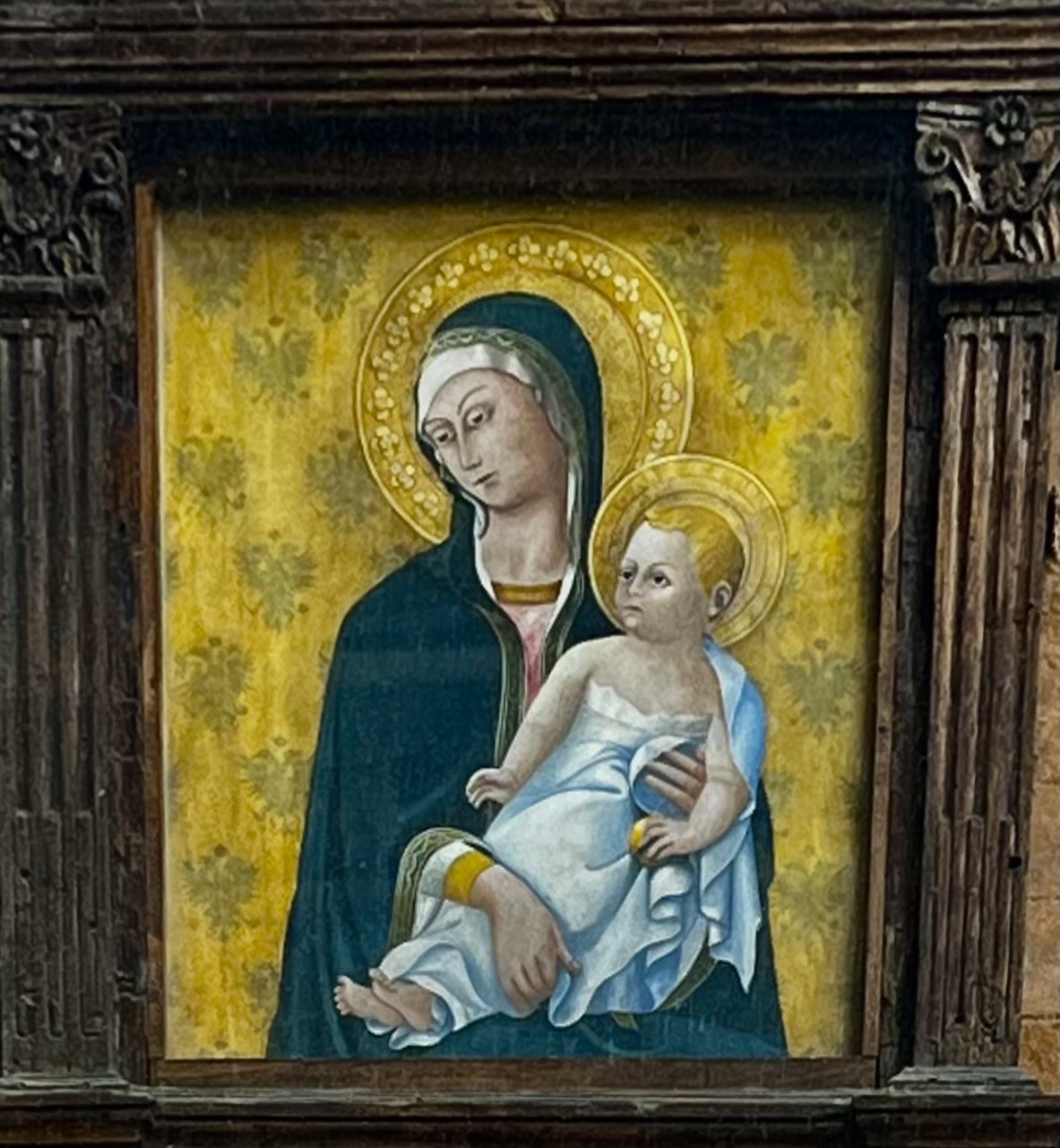
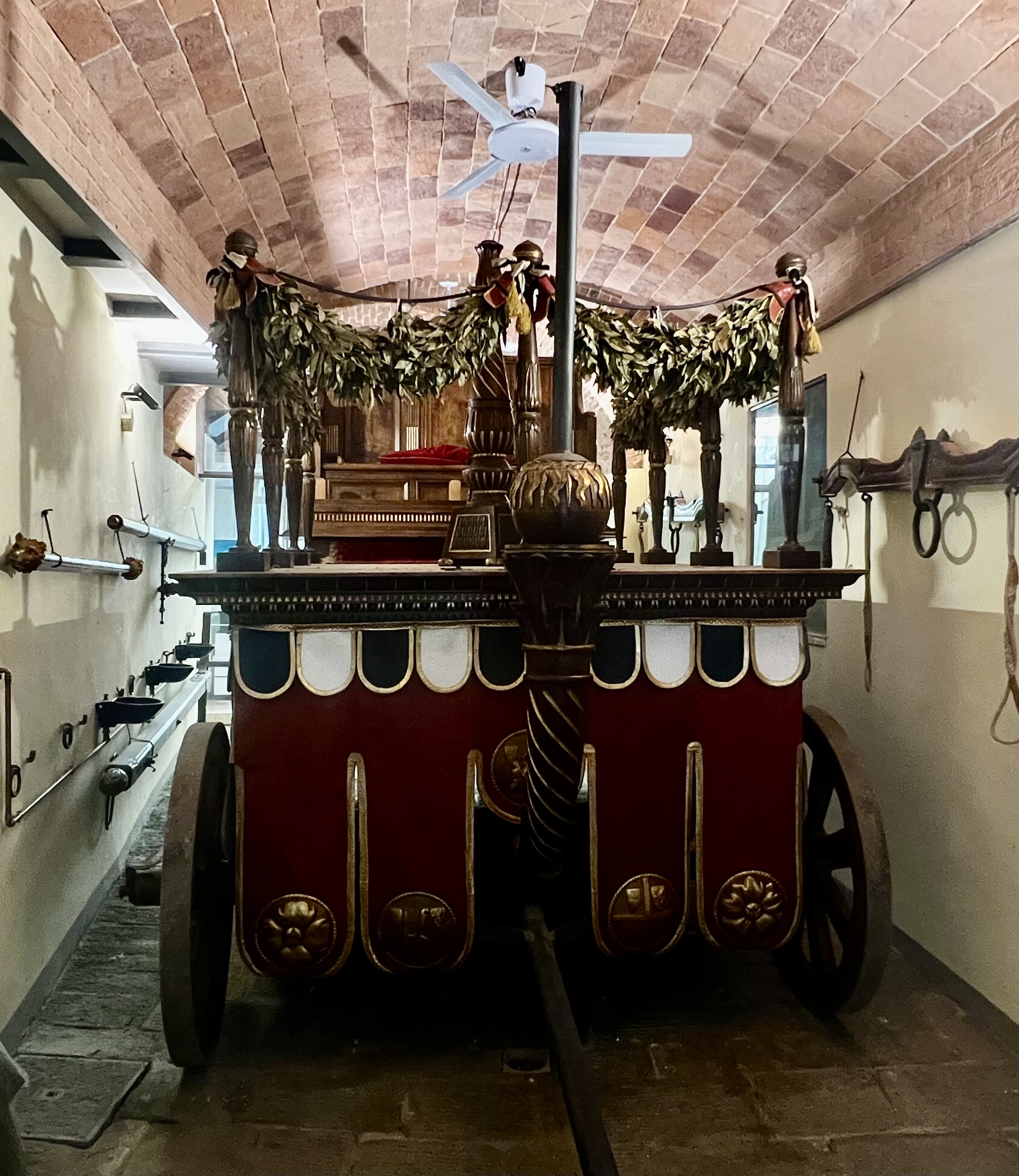
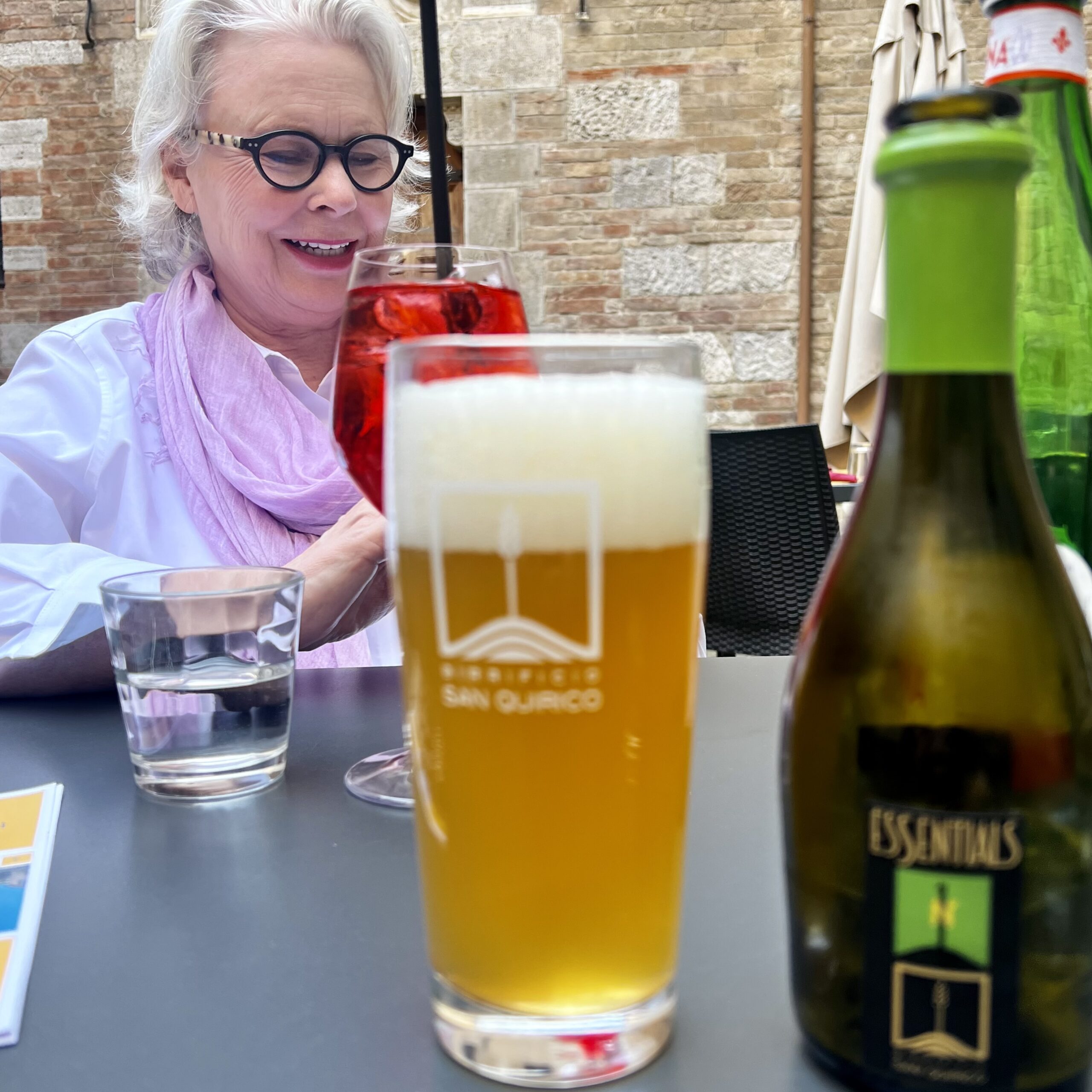
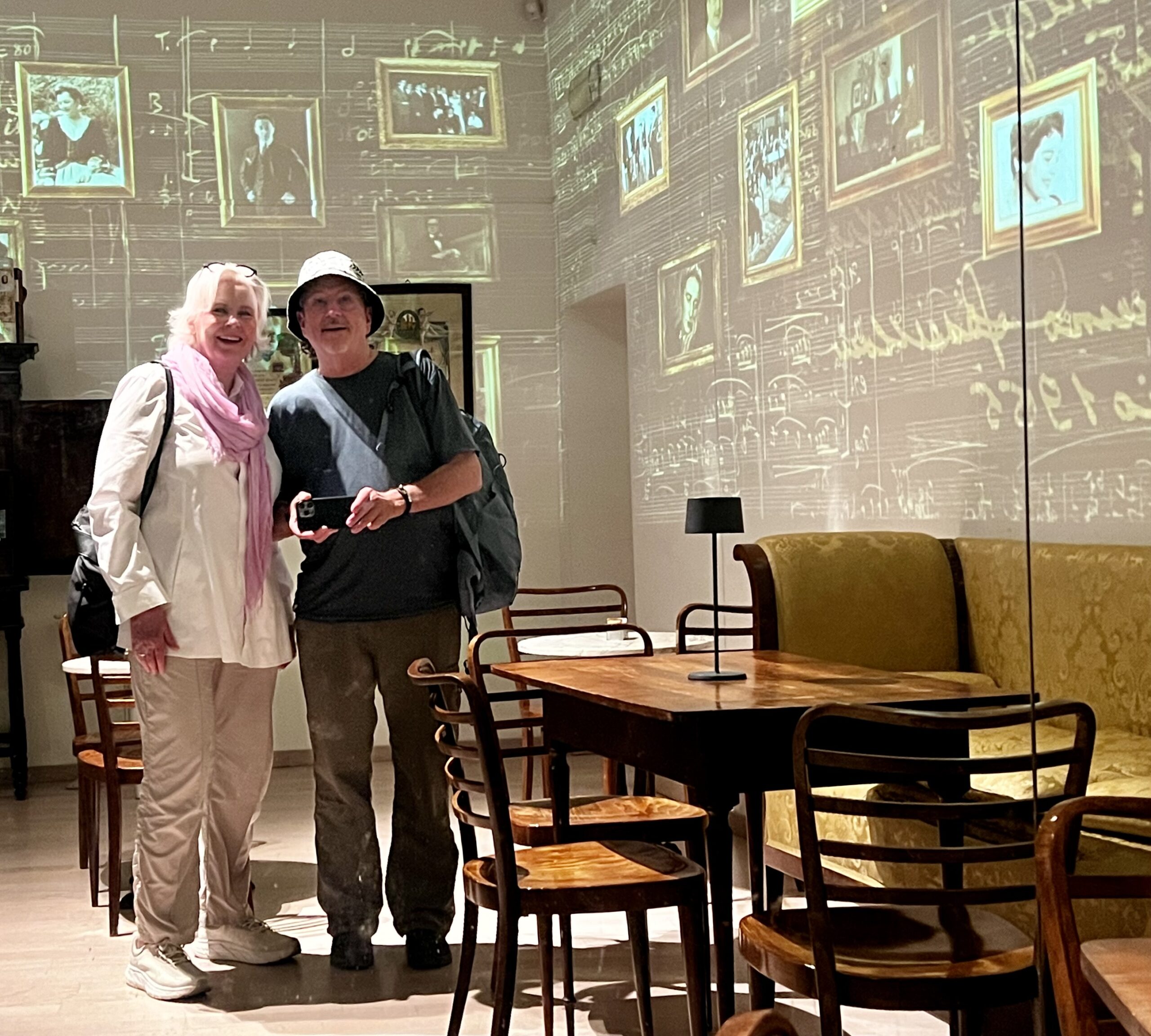
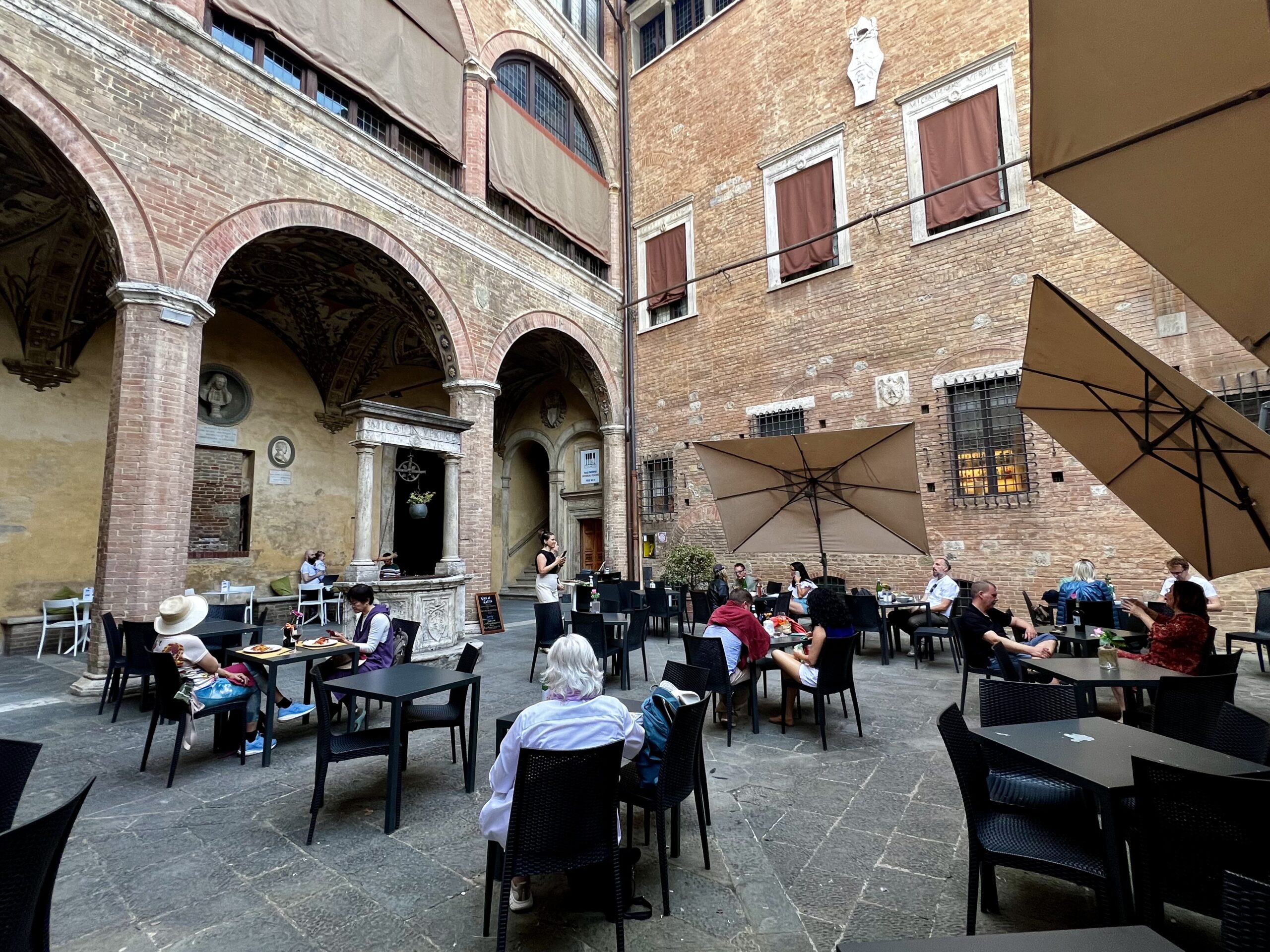
Beef! Beef! Beef!
Antica Macelleria Cecchini
Robert now believes that eating a huge quantity of meat at one sitting is equivalent to drinking a 32-ounce slurppy on a hot day—it gives you brain freeze. We had heard about the famous Tuscan butcher in the tiny Chianti town of Panzano, halfway between Siena and Florence. Robert’s friend SIG visited some years ago.
The owner, Dario Cecchini, takes the marketing of beef to the highest level. Not only does he have a small but glamorous butcher shop and several stylish dining rooms, but also a gift shop with all the items you sample in his luncheons or dinners—herbed salt, herbed lard, oil, wine, grappa, and the like, all stamped with his logos. Bonnie tried to get online reservations for lunch twice without success. Robert decided to call. They were booked for the entire month of May, EXCEPT for two slots the following day.
We went.
You meet thirty minutes ahead of the meal in the jammed butcher shop to sample Cecchini Chianti and taste herb lard on bread within a mob of eager diners. We even saw some folks purchasing meat to cook at home. If you want you a photograph WITH the butcher, it will cost you two euros. Robert decided not ask if this was per photo or for “one sitting.” They have three dining areas, each with their own menu. We ended up with the Bistecca Etrusca, for forty euros, which seemed quite reasonable.
We sat shoulder to shoulder at long communal tables loaded with raw vegetables, oil, wine, water, and bread. The staff started grilling beef at the end of the dining room thirty minutes before the 1:00 pm lunch start time. And we do mean start time. It is nonstop eating after that. As much as you want. Our grilled beef was tommy hawk steaks, served sangue. And they continued to put more on the grill until every person in the dining room said “enough.” Robert asked how many kilos they prepare. One kilo (2.2 pounds) per person.
ELIZABETH and ELLIN: The olive oil cake for dessert was fabulous. Although the recipe shows raisins, the cake we ate did not have them. Great without them. Robert plans to try this out in California.
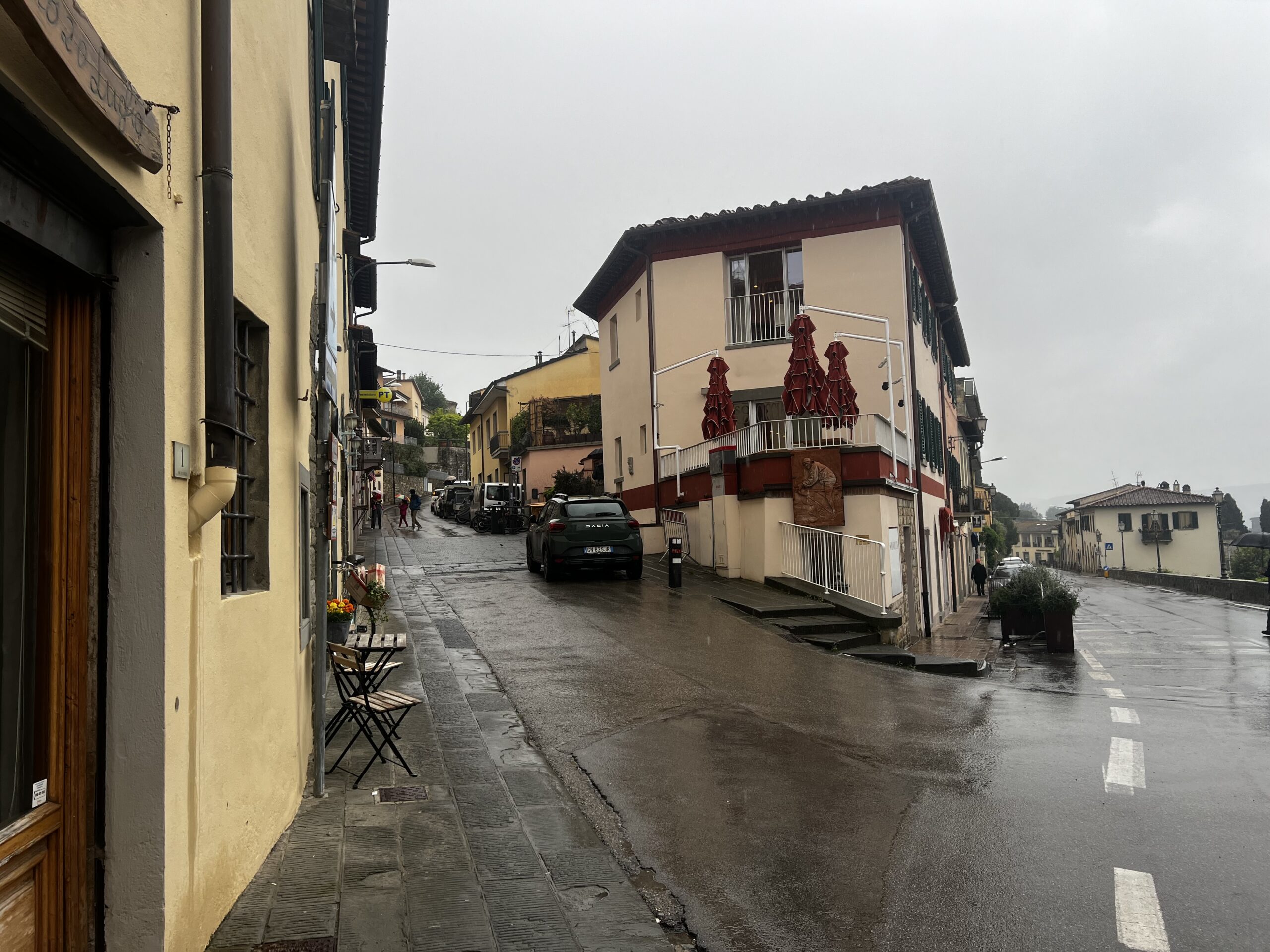
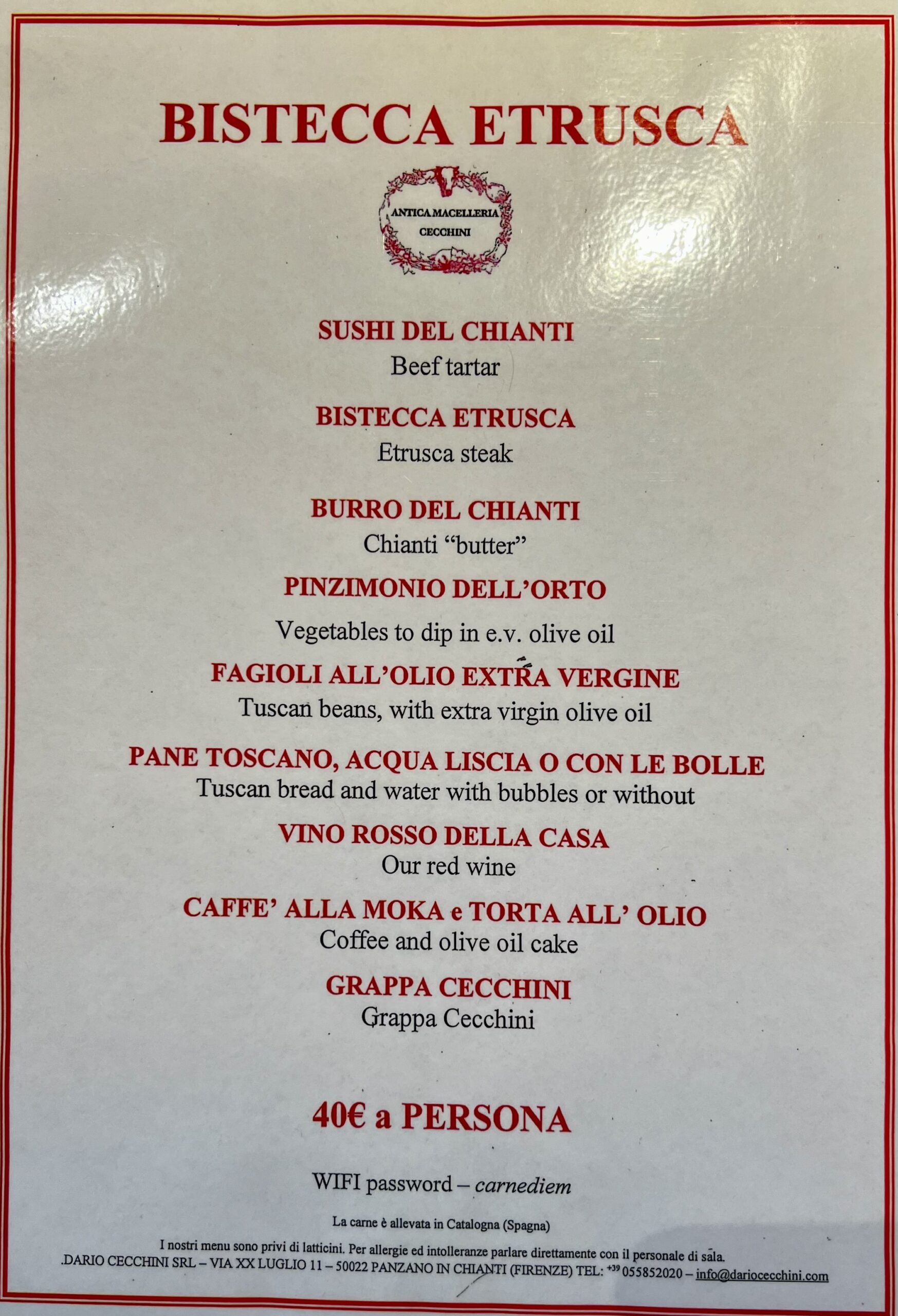
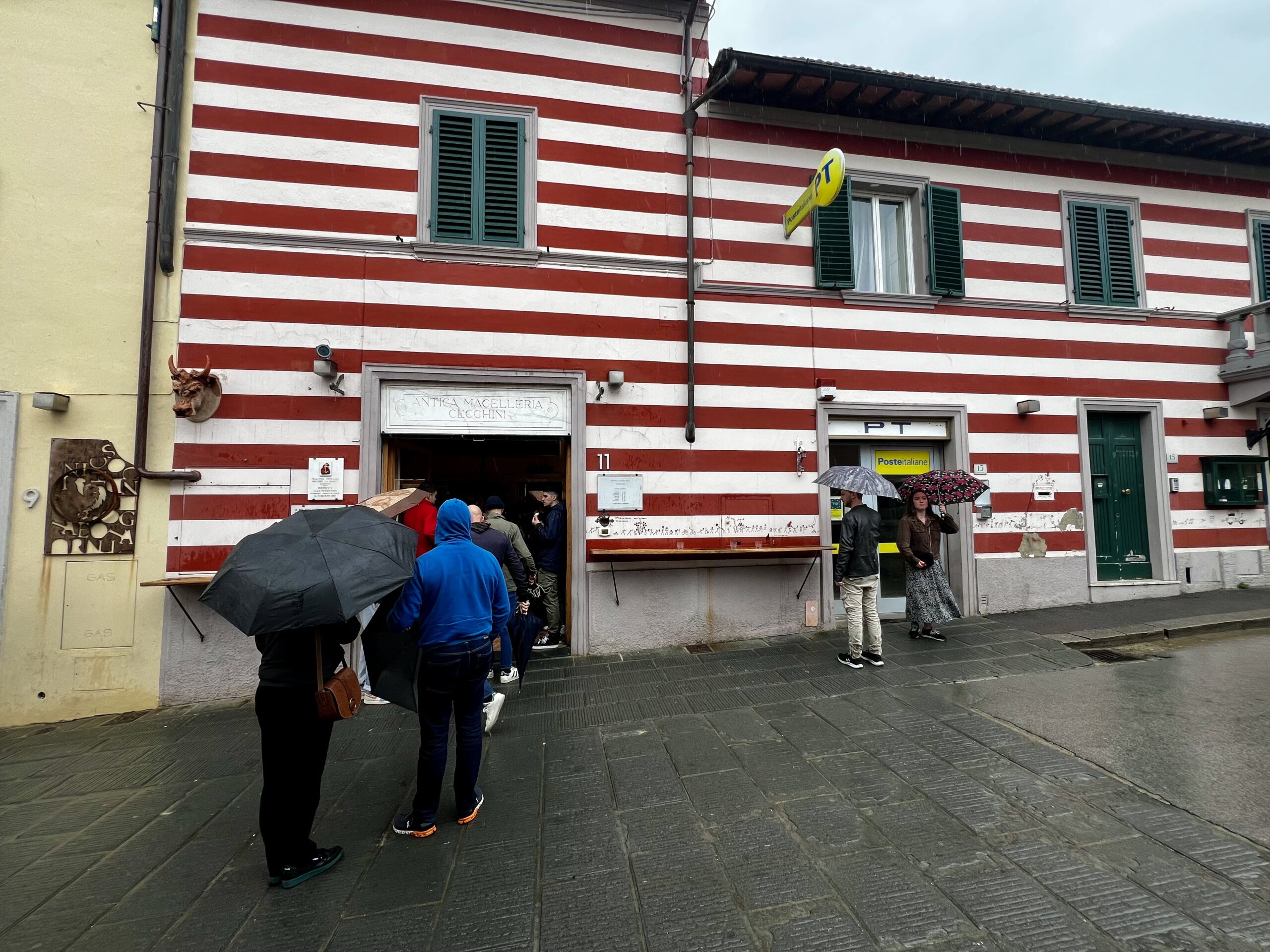
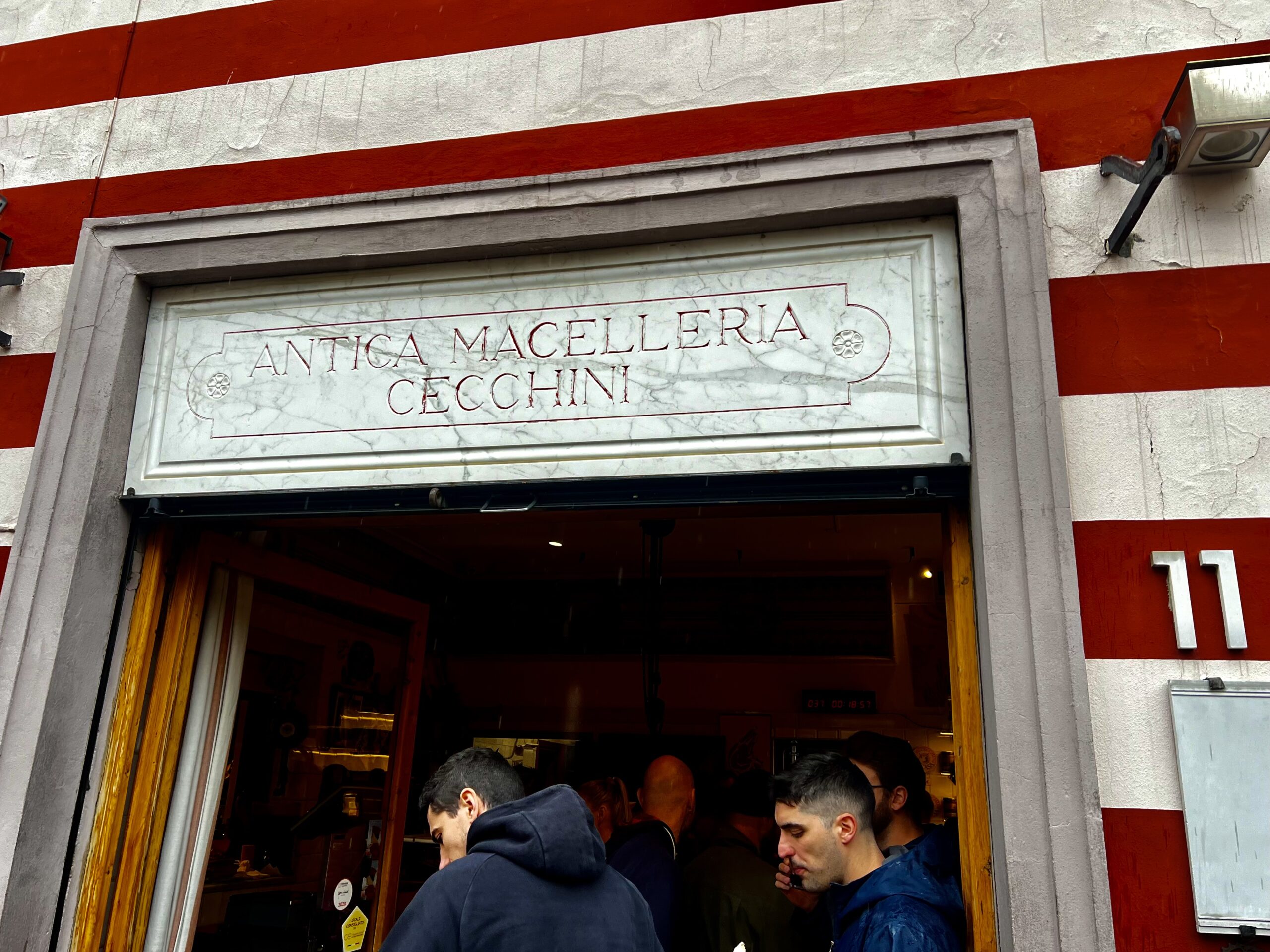
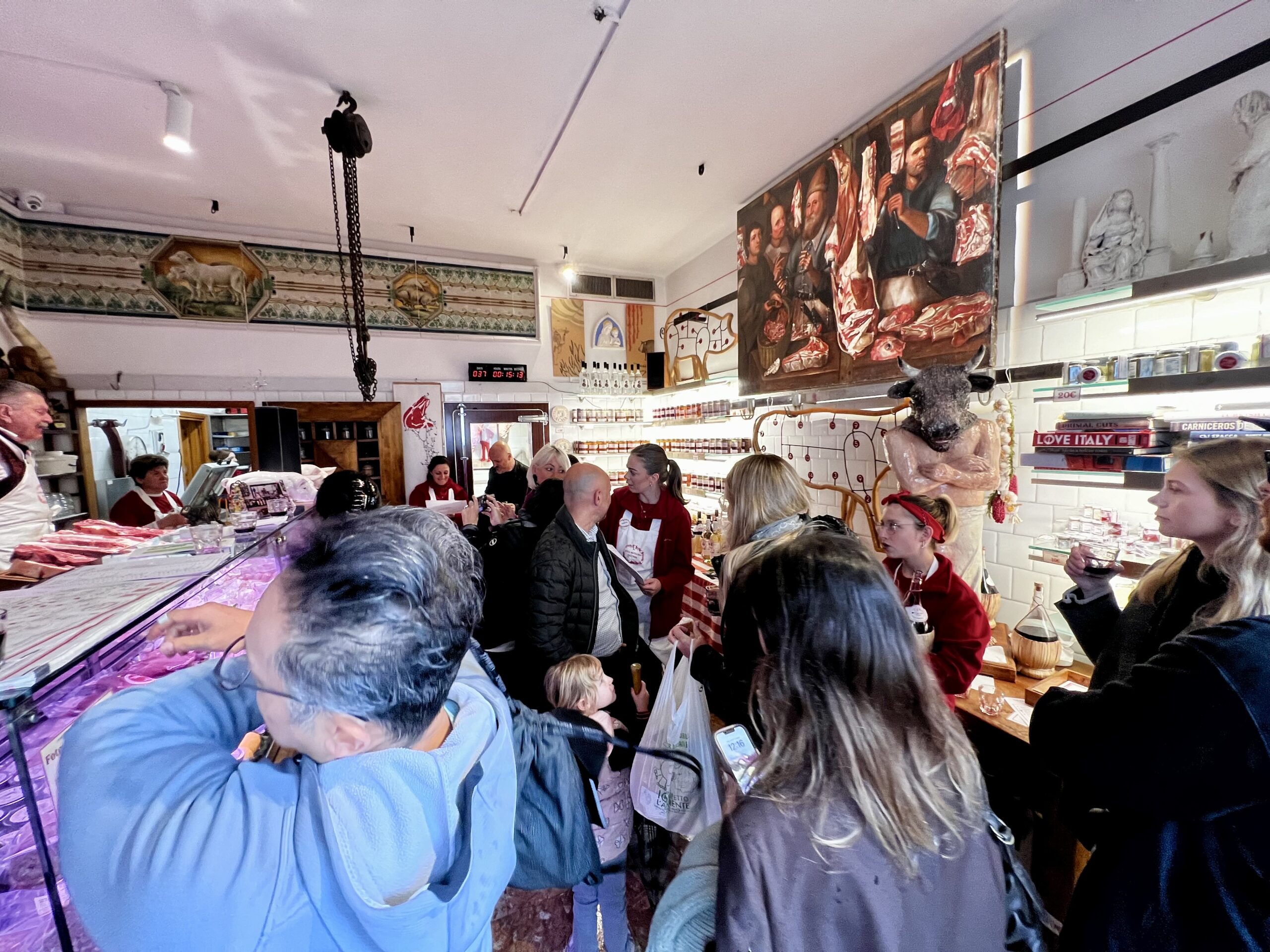
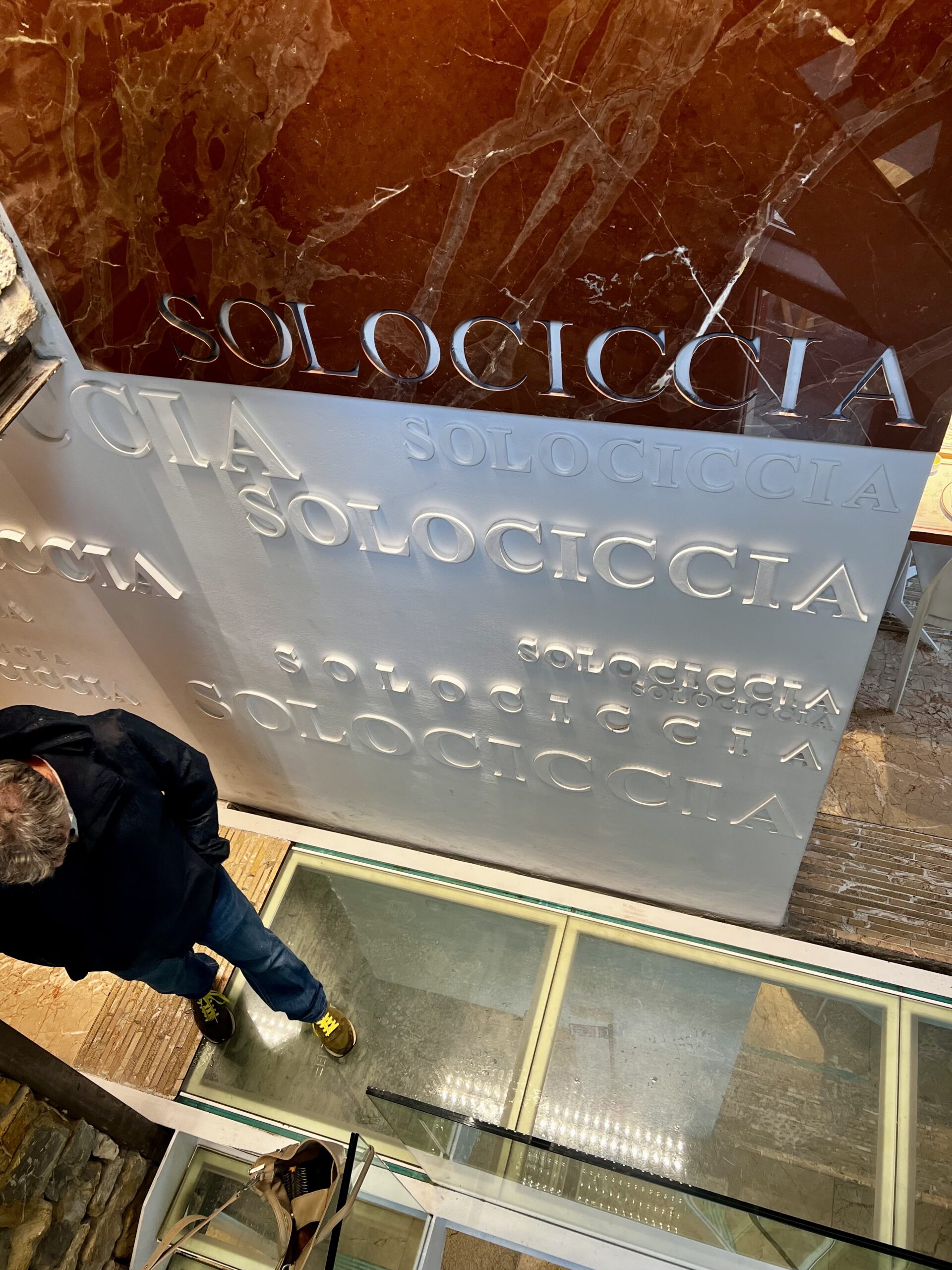
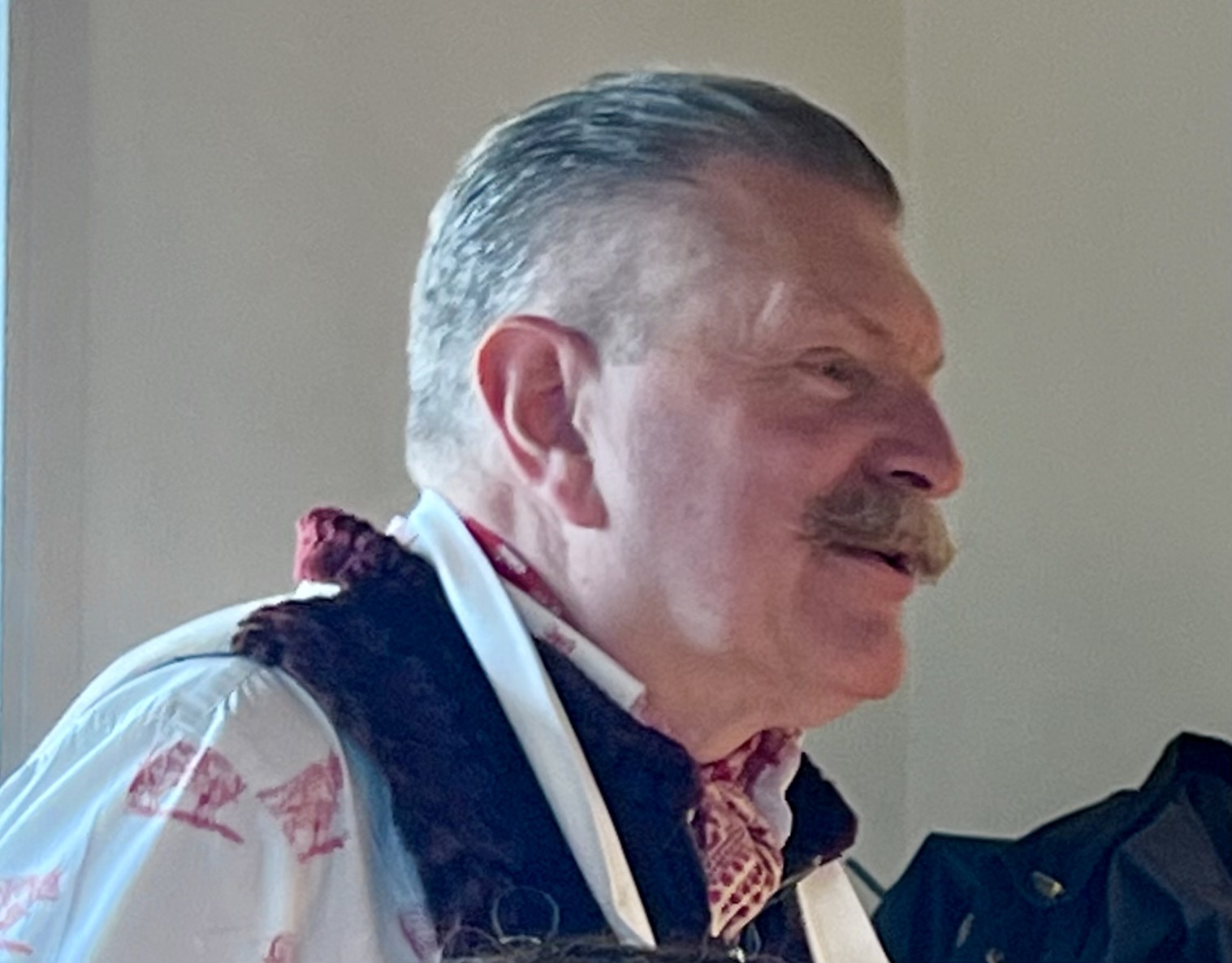
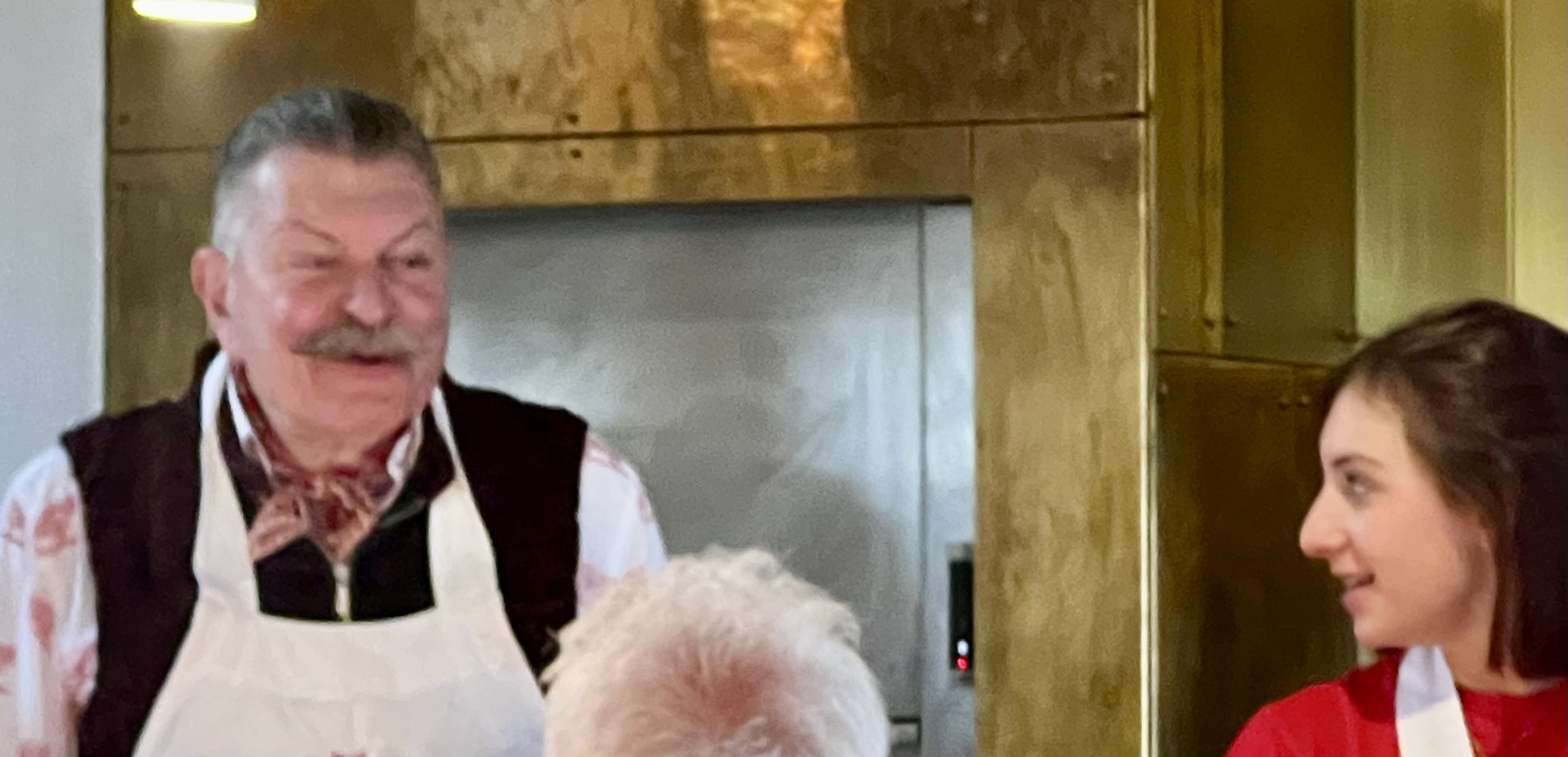
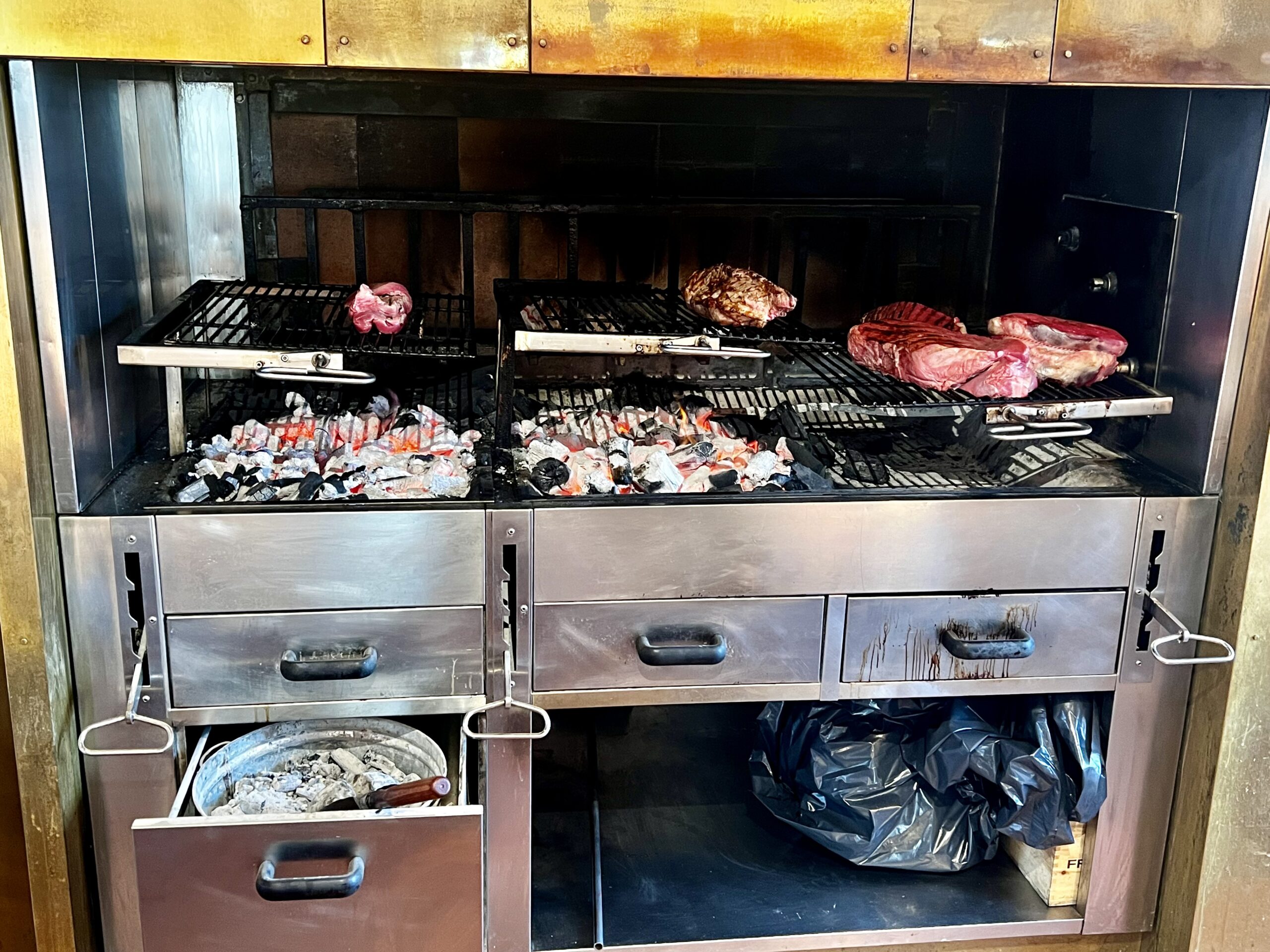
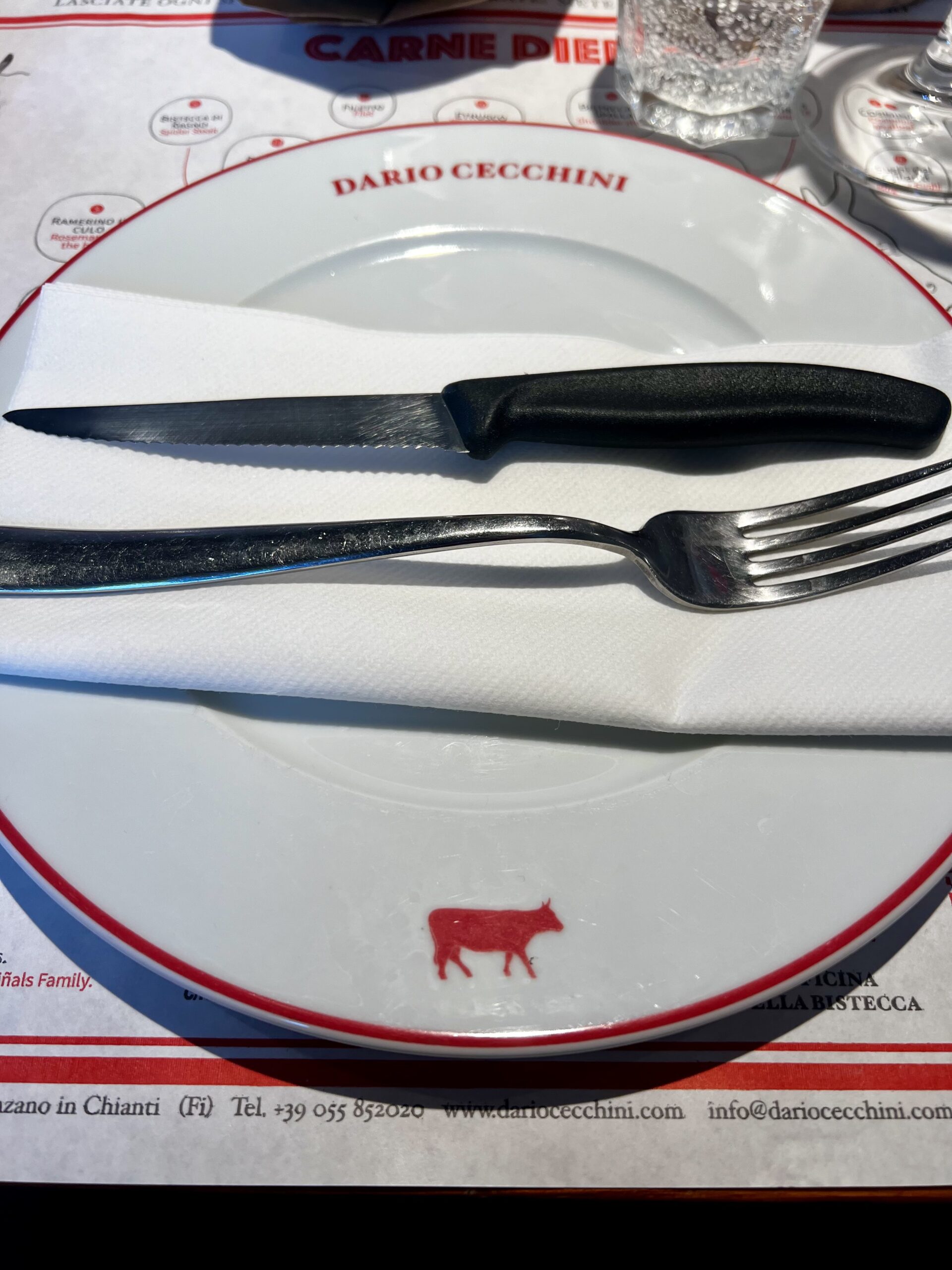
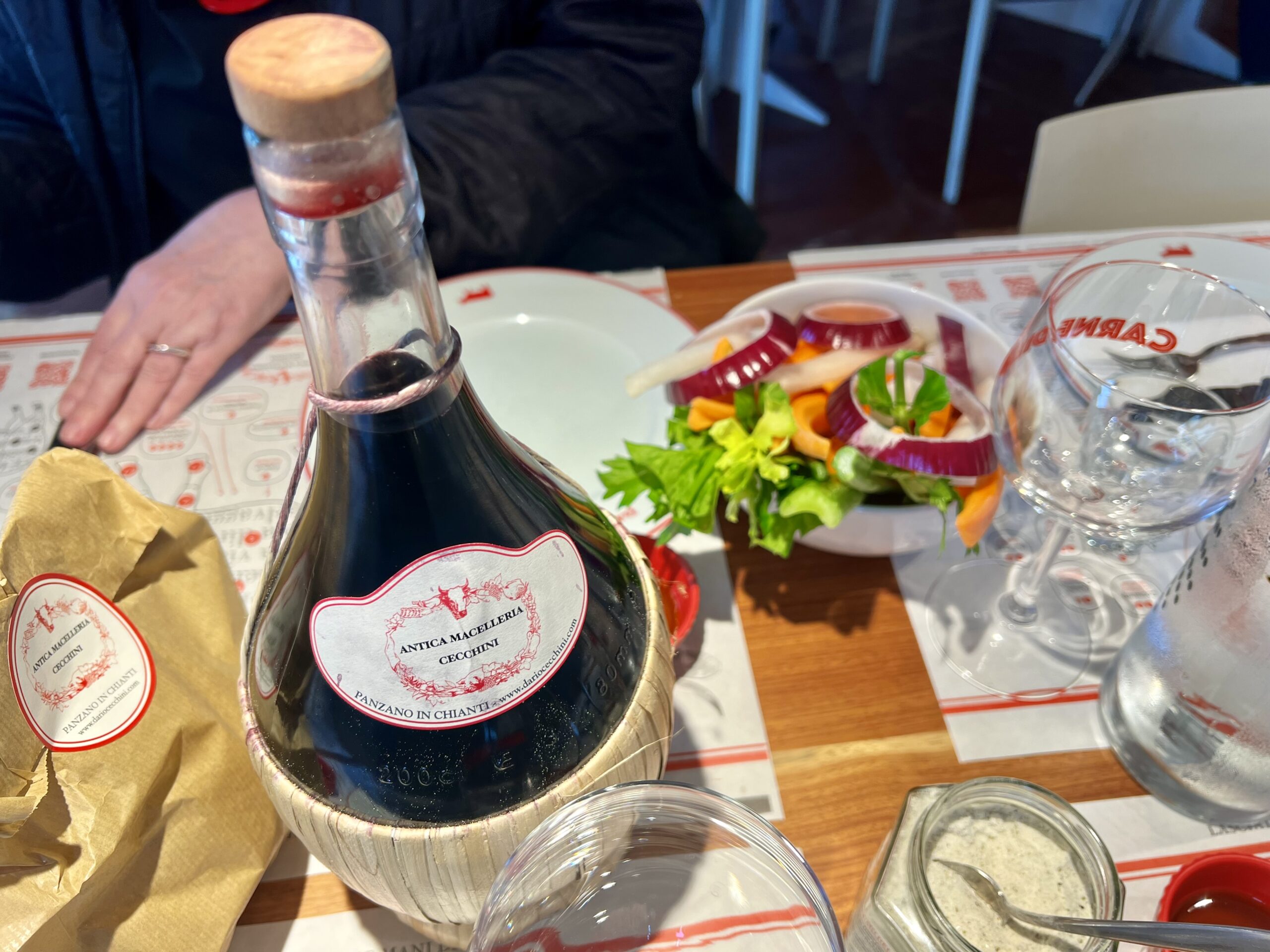
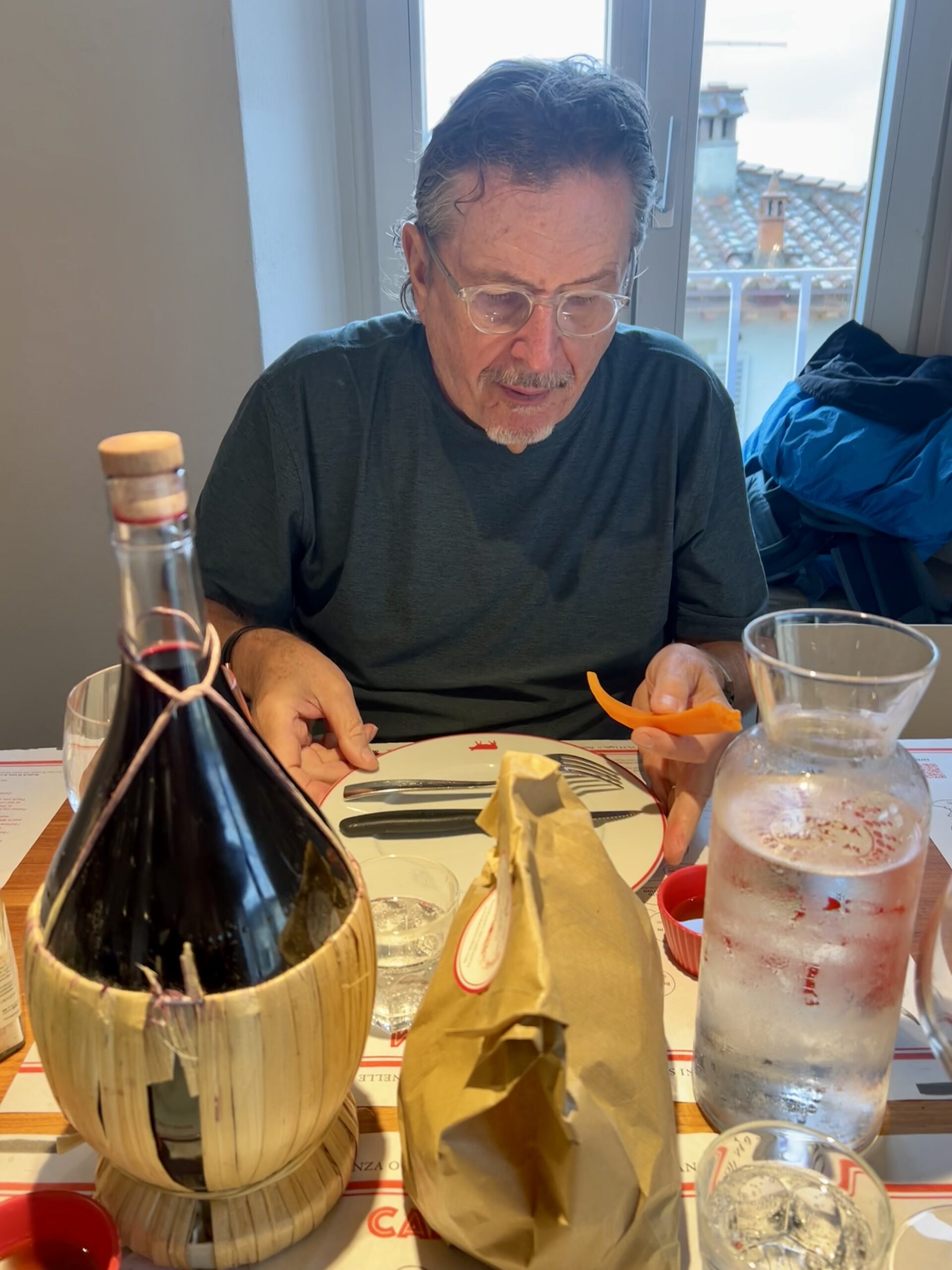
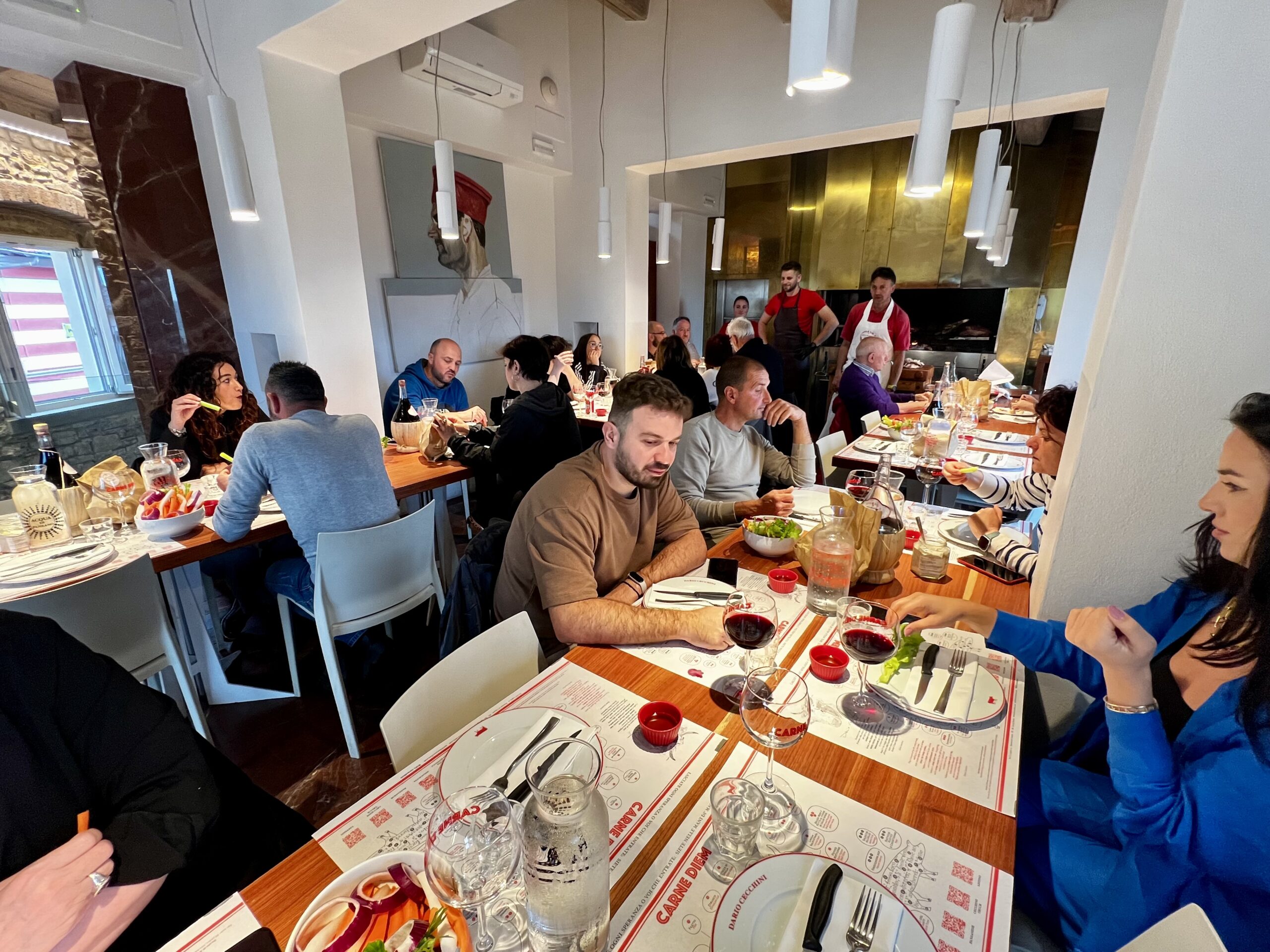
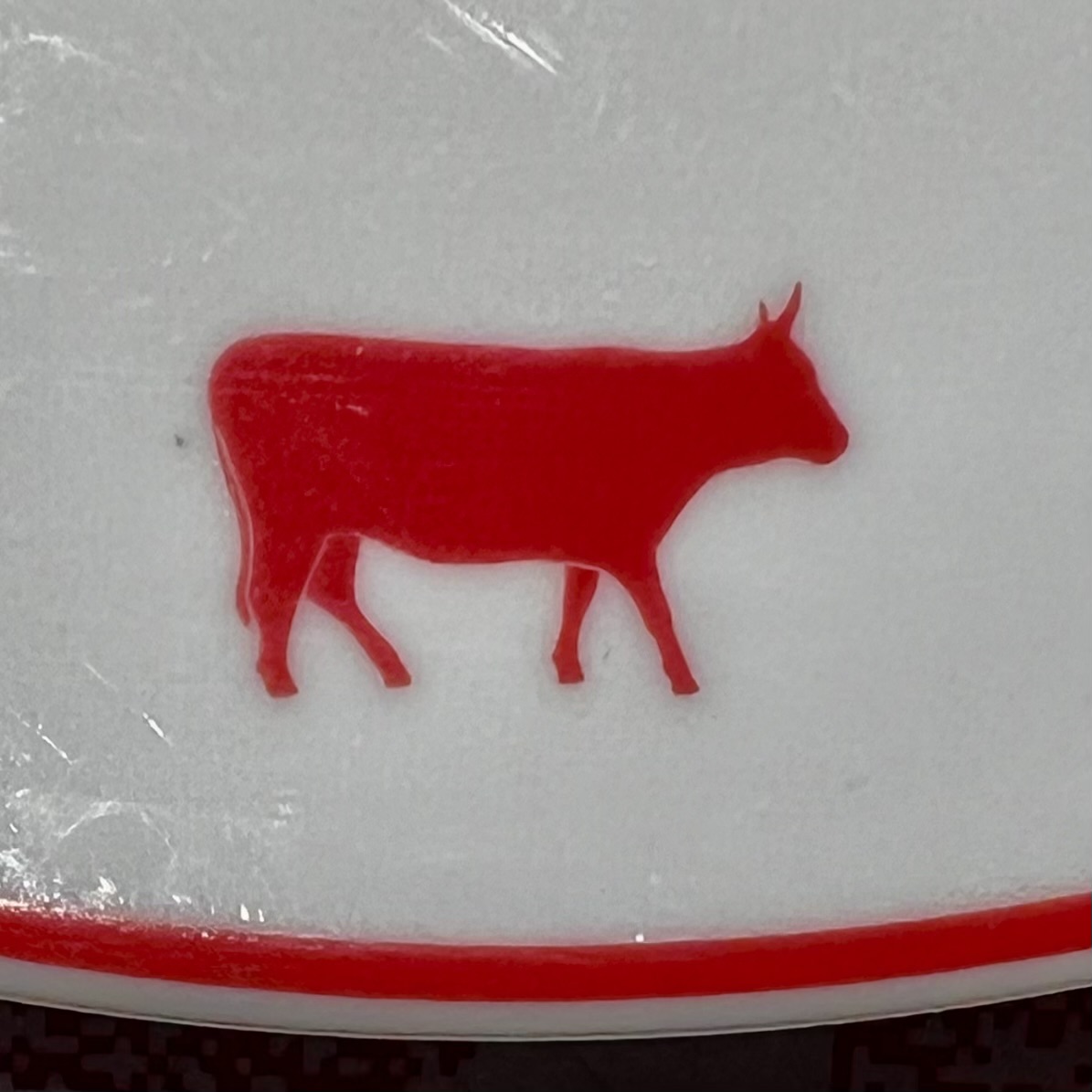
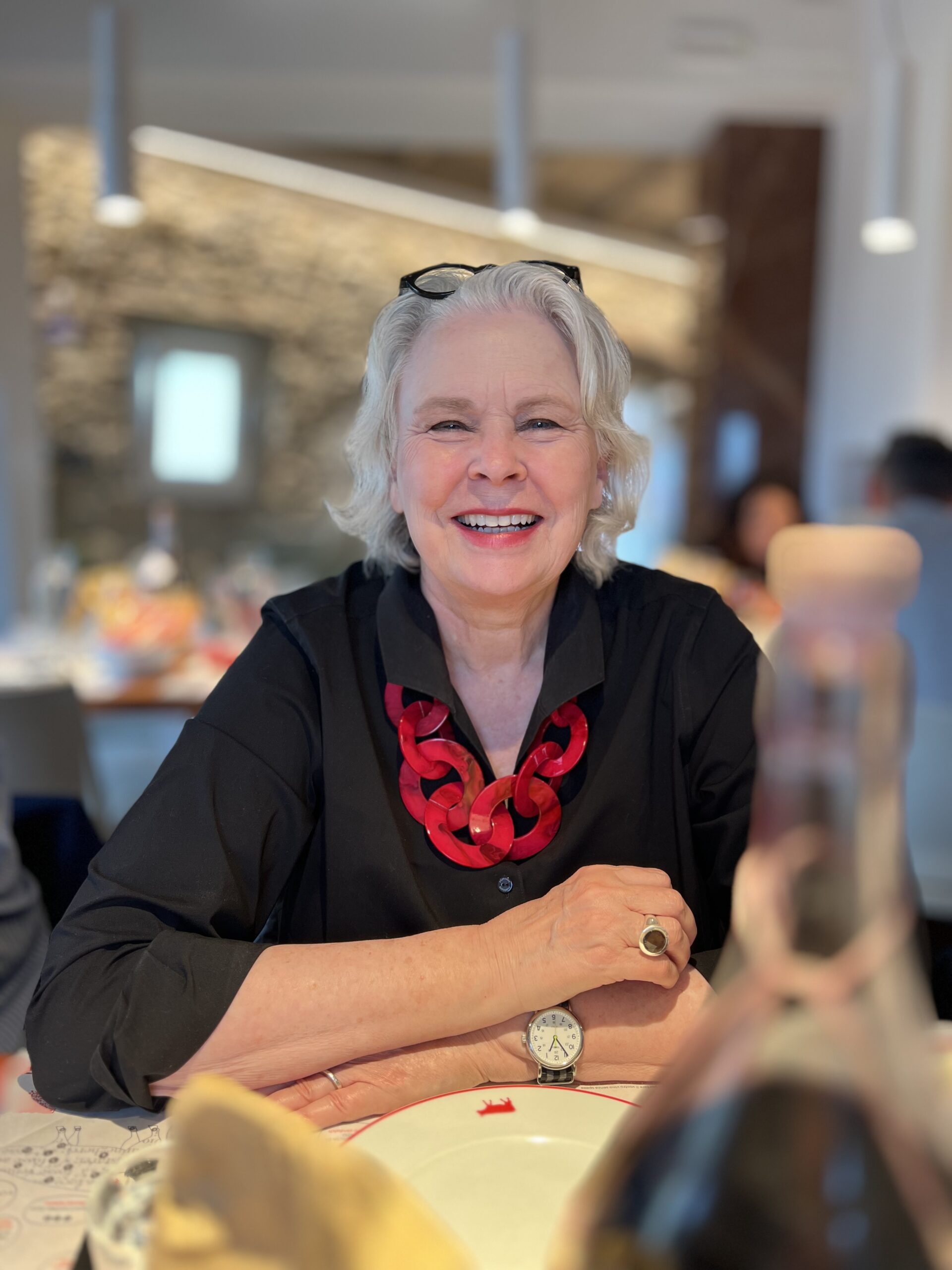
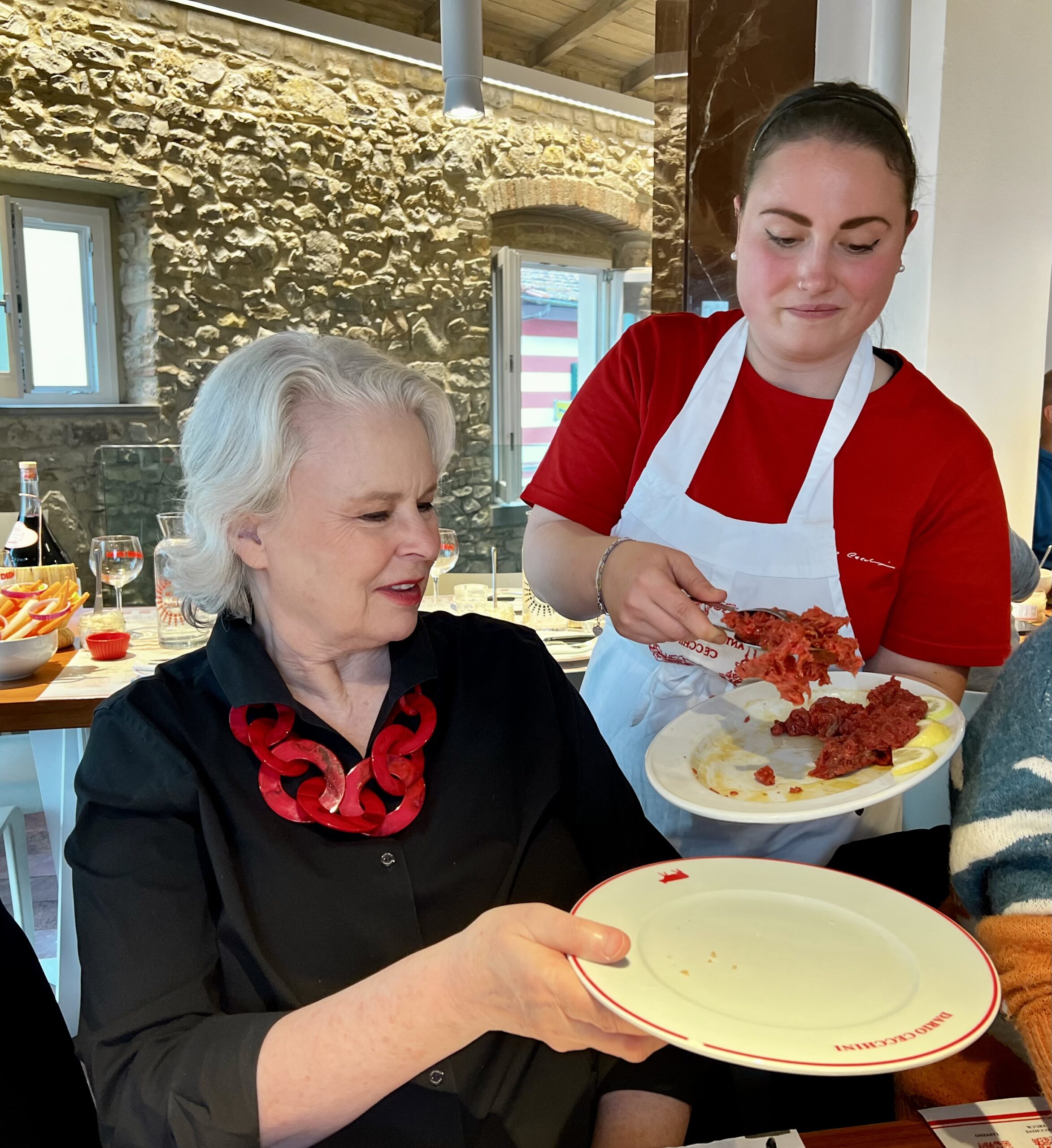
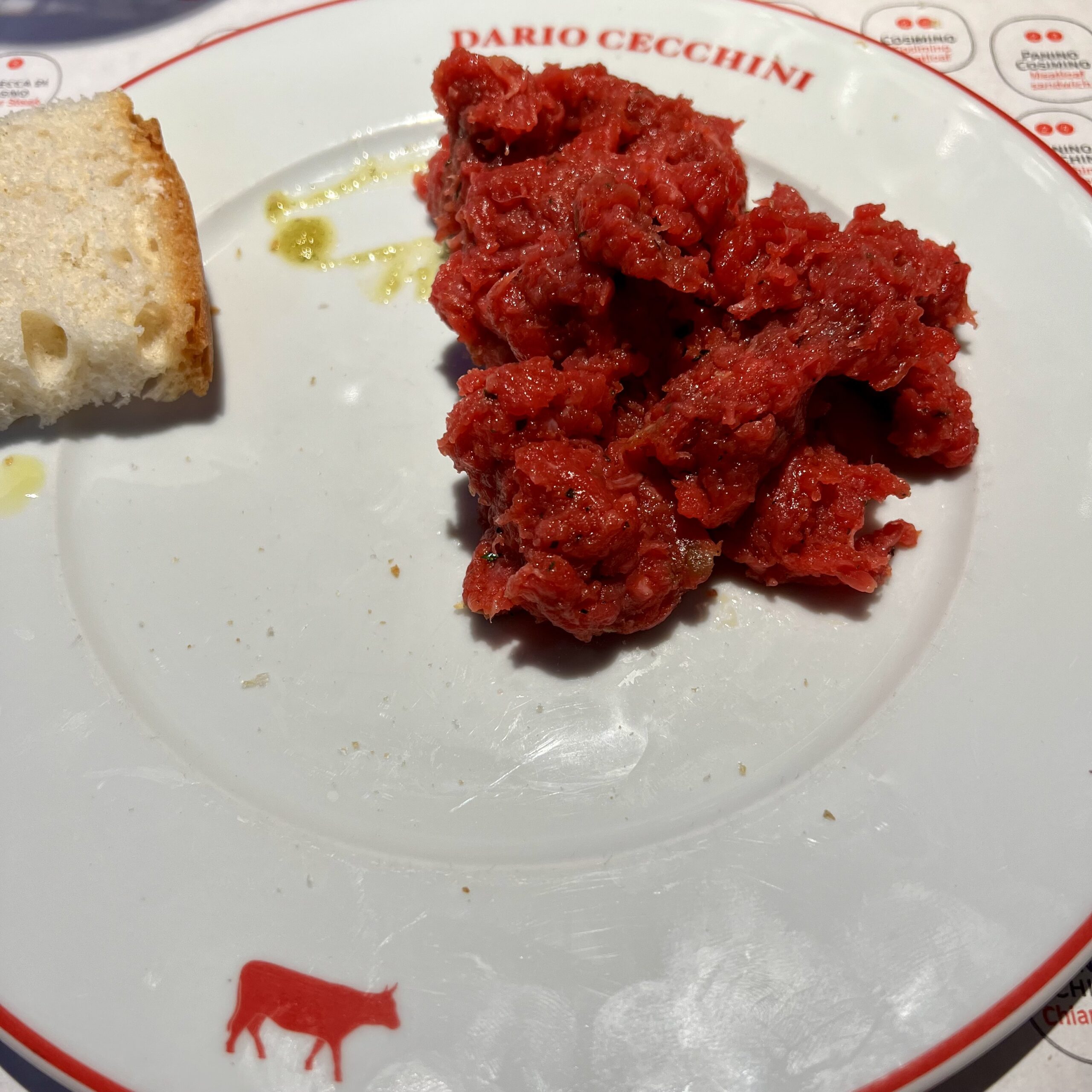
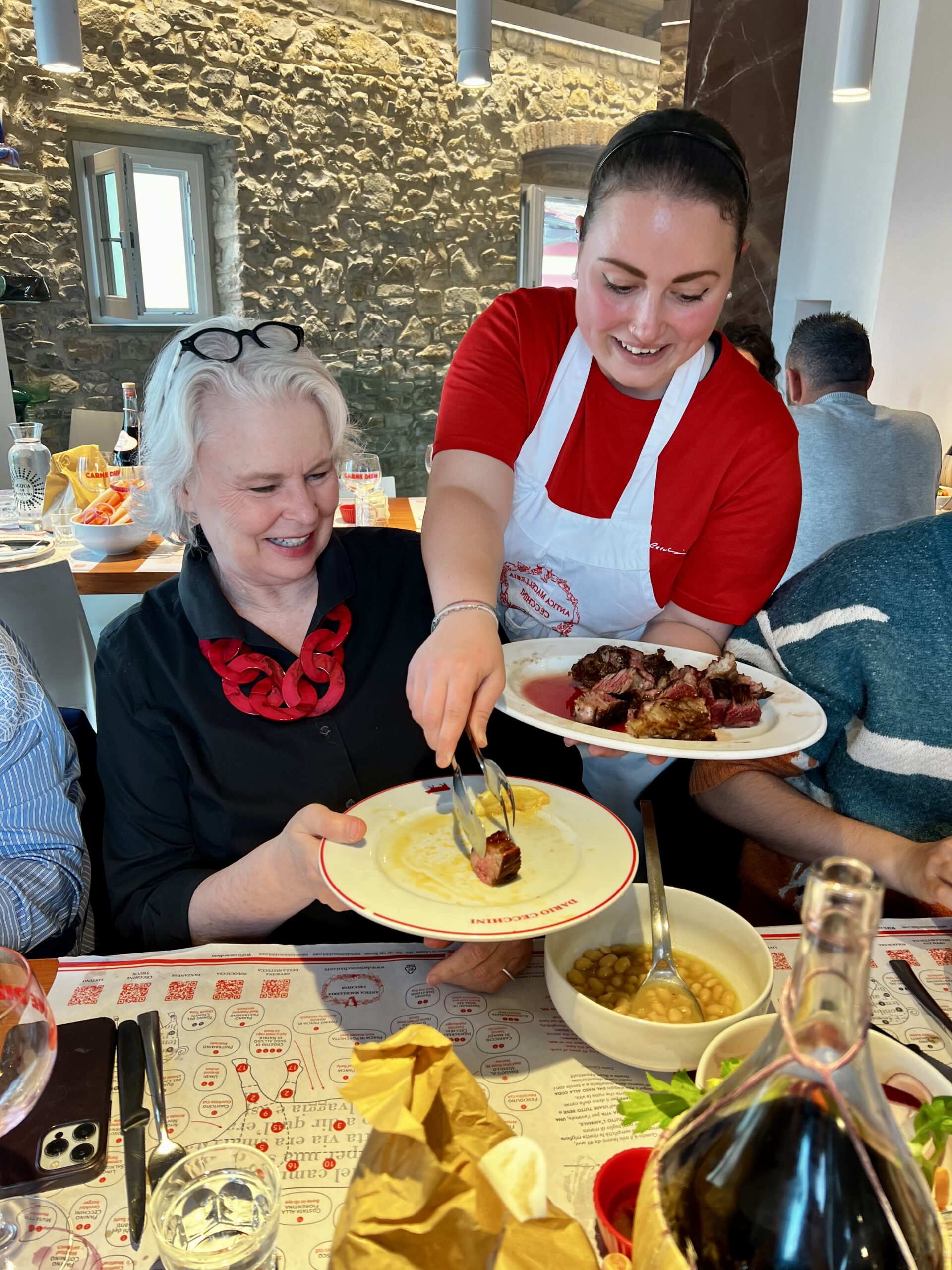
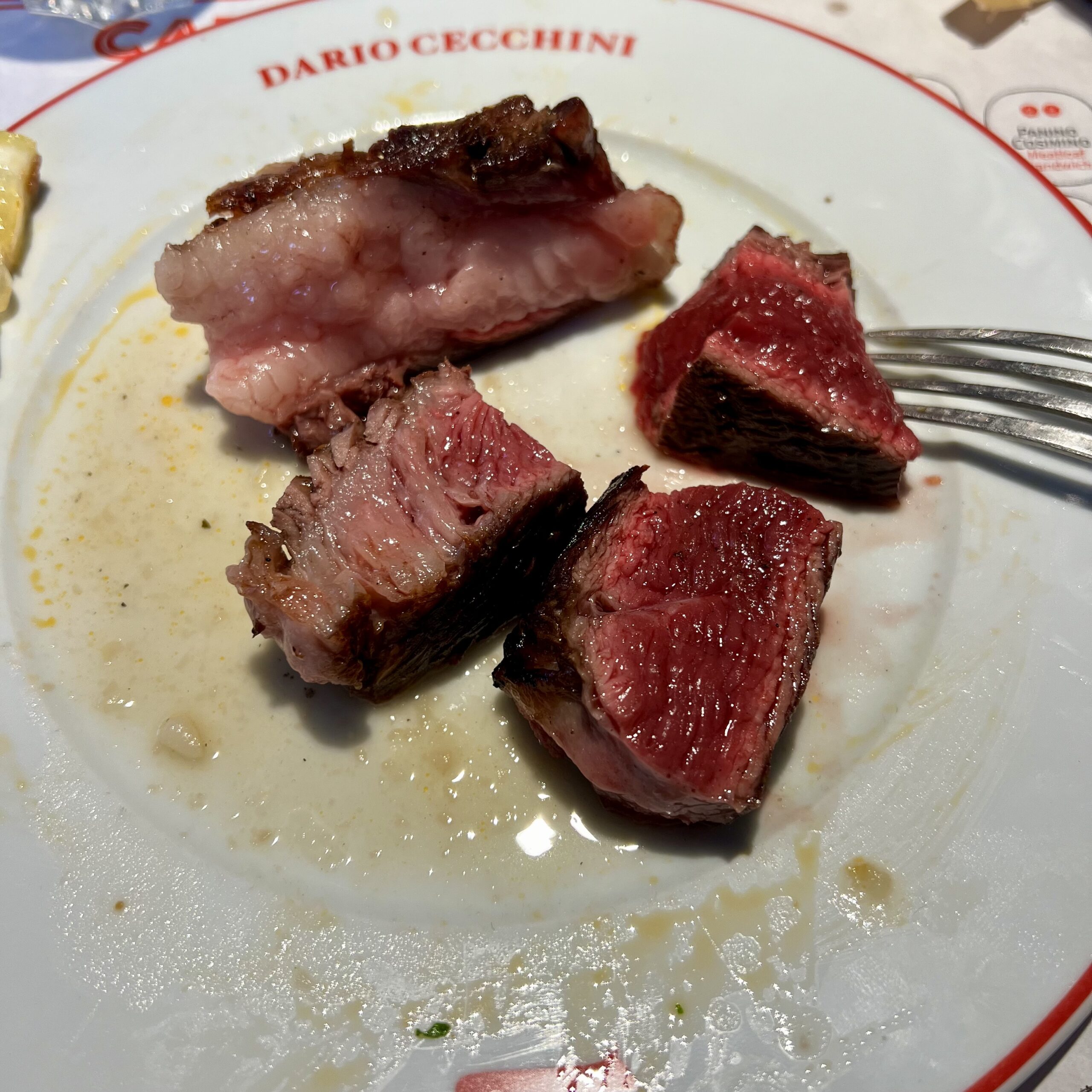
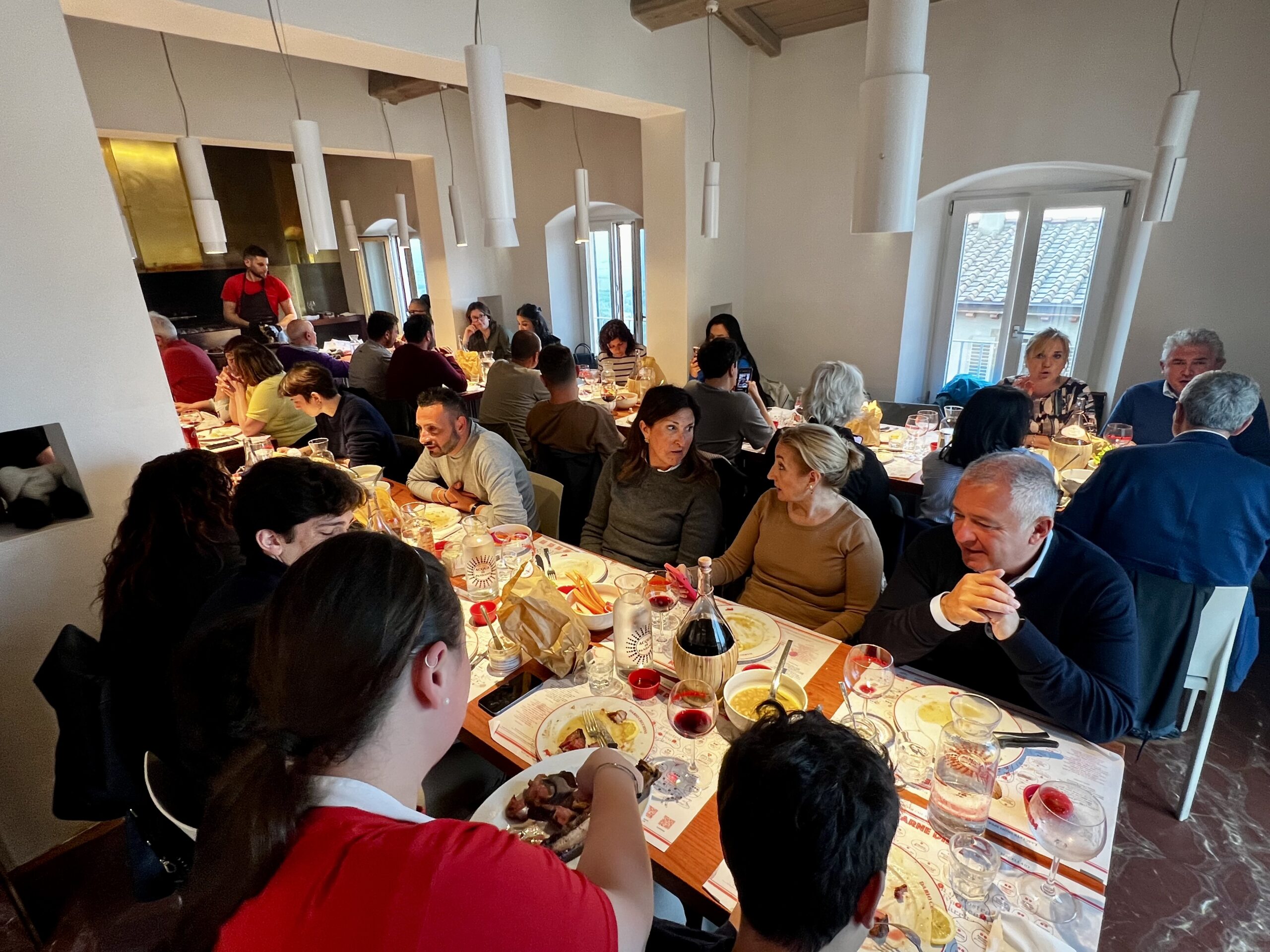
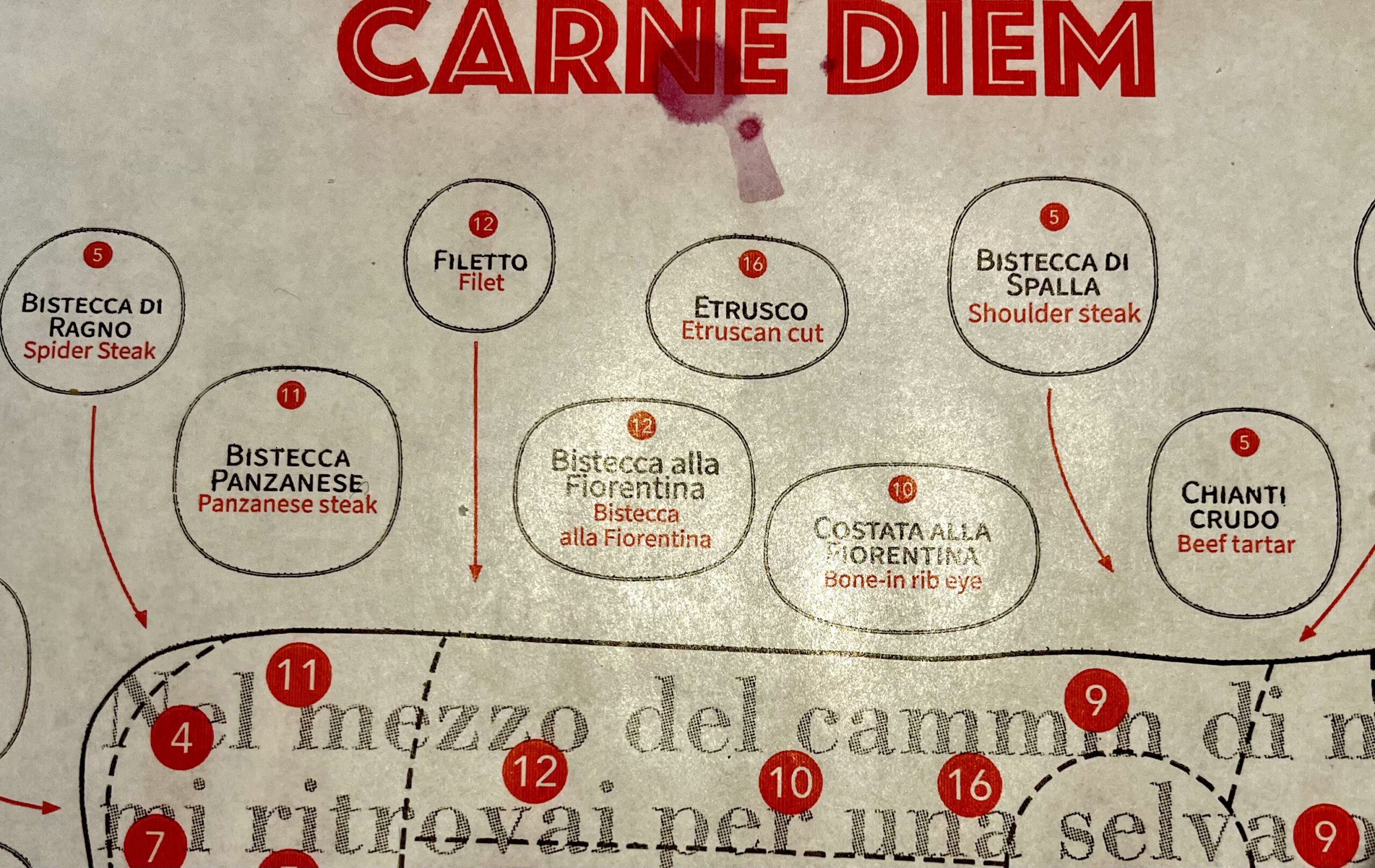
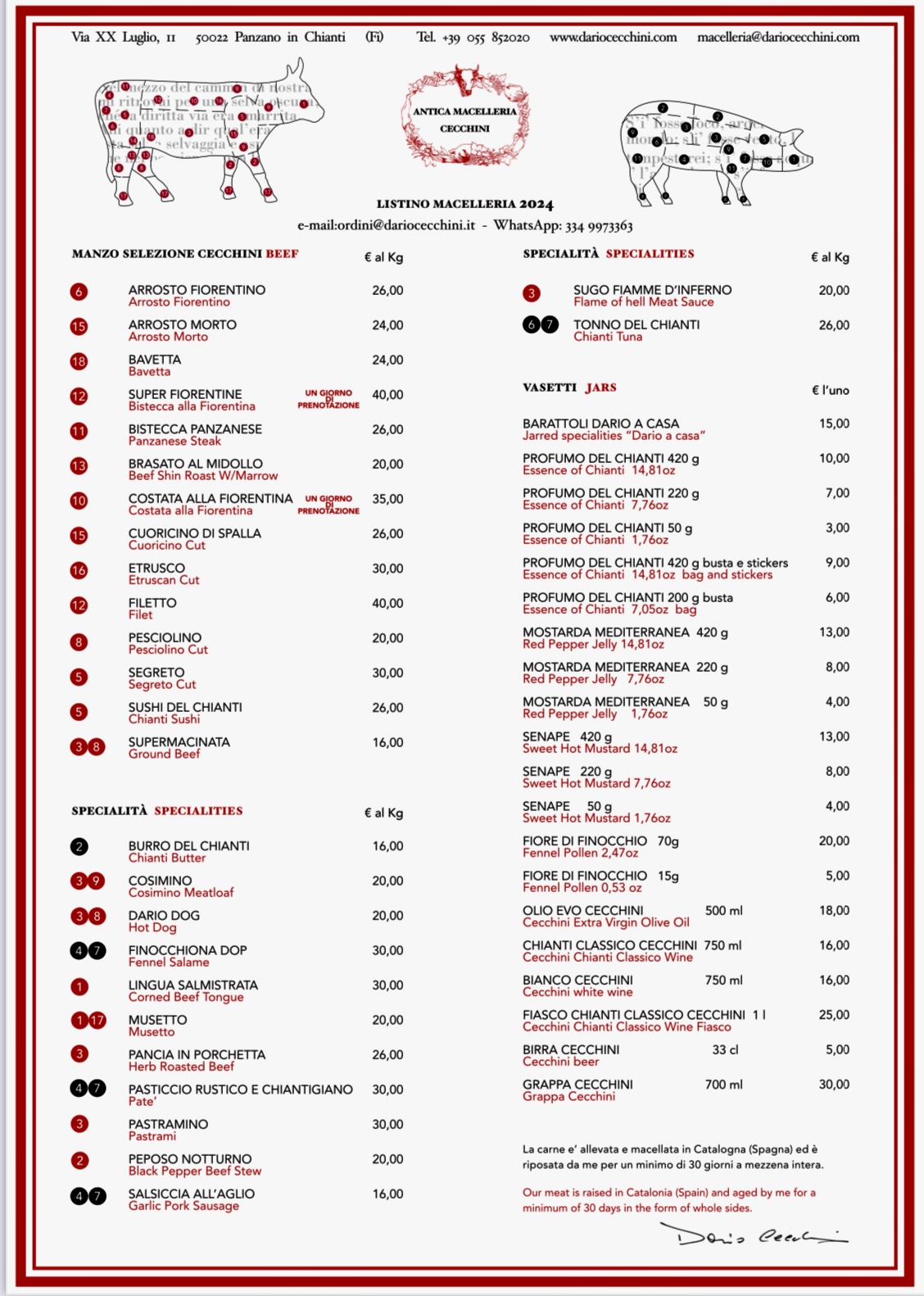
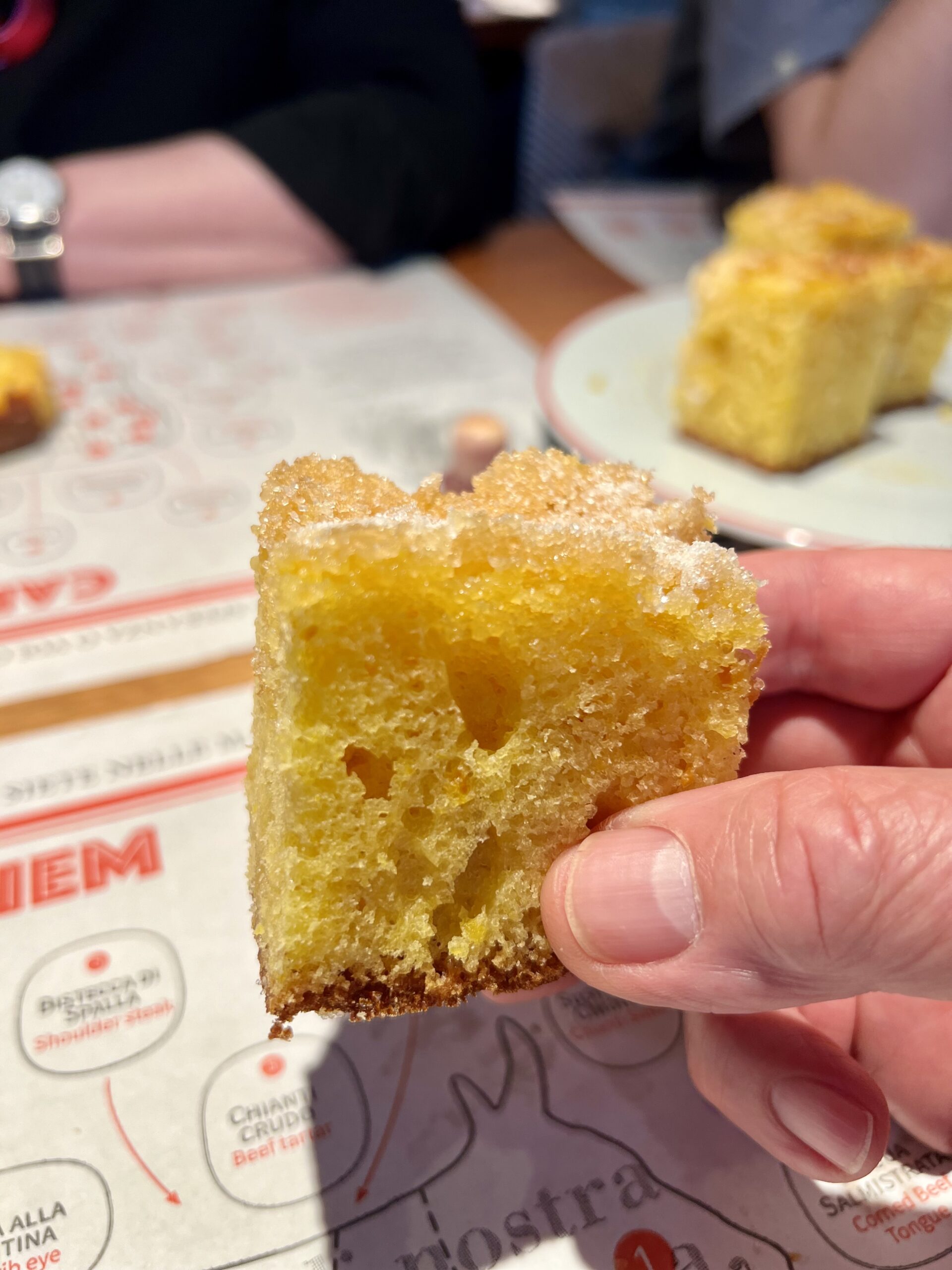
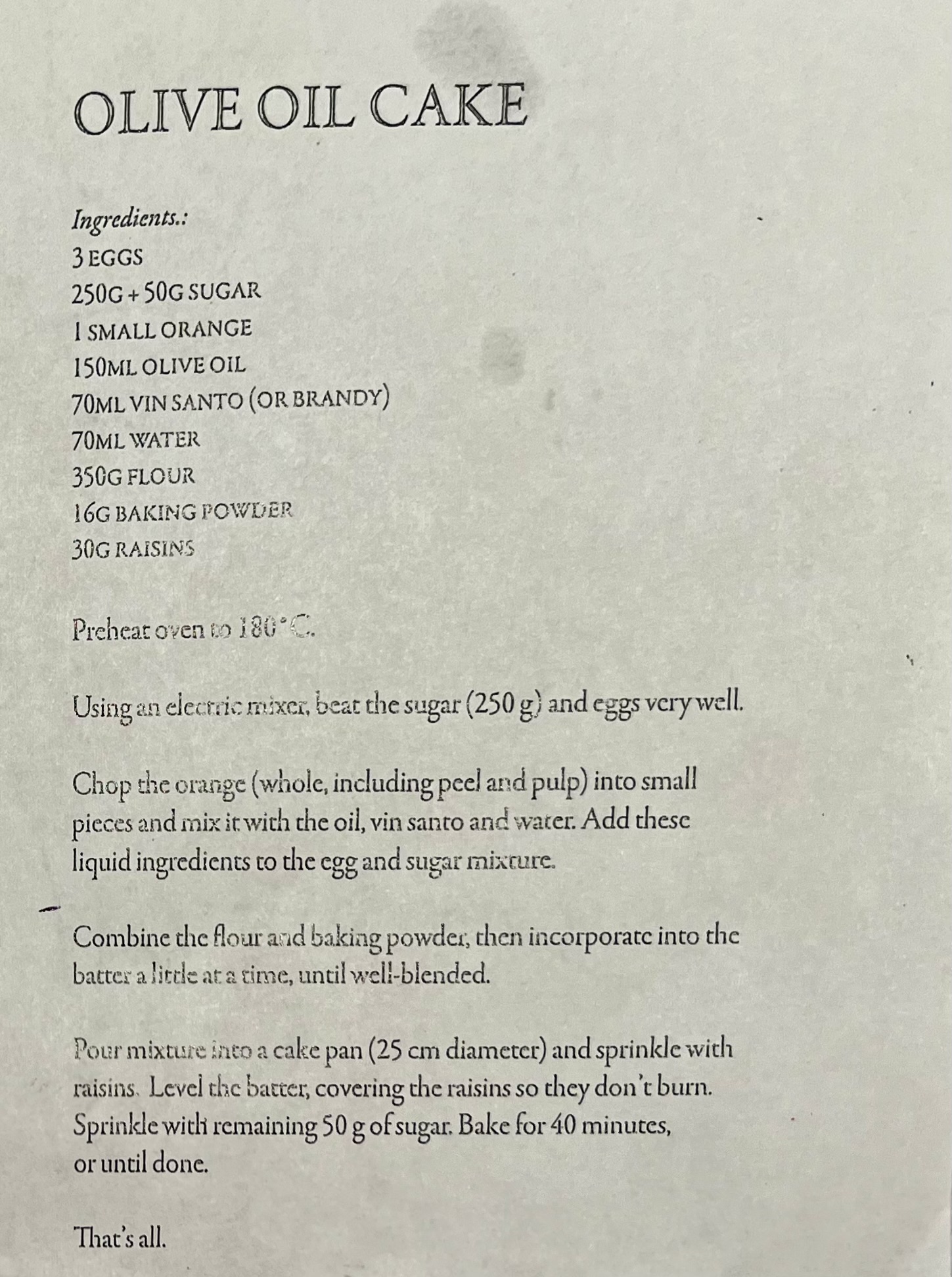
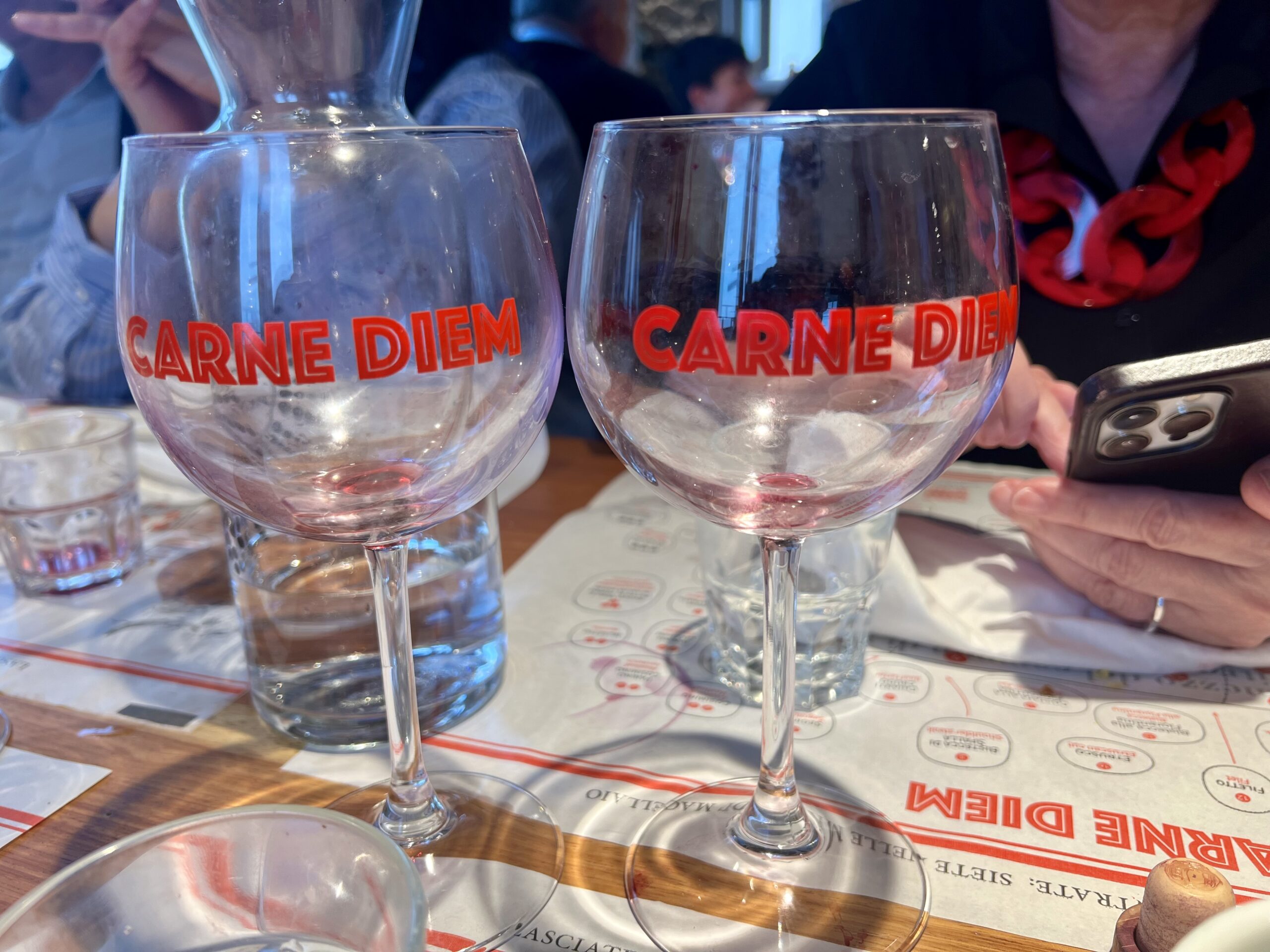
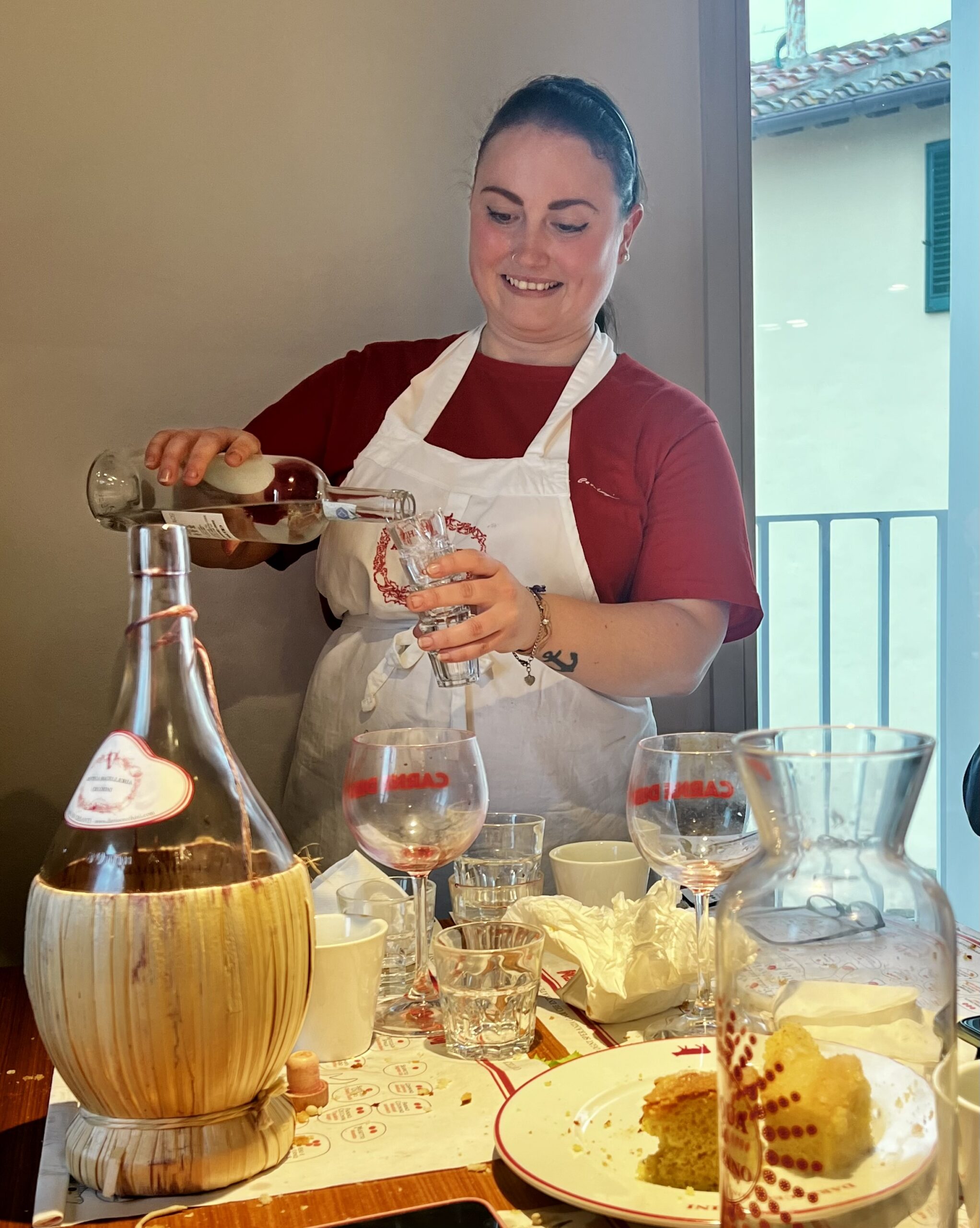
Back in Siena
Pinacoteca Nationale di Siena
A national museum focused on Sienese art. They arrange the collection by year, and the beginning rooms with the work of Duccio, the Lorenzetti brothers, Simone Martini, and others from the late 1200s to 1348 (the plague year) are exceptional. It is easy to see how the artists and their art evolved over time. The collection is remarkably coherent. Apparently in Siena, Napoleon did not amass art and ship it away as he did in many other Italian cities. Despite the crowds of tourists outside in the streets, the museum was nearly empty. We will go back.
Siena developed a distinctive school of art, growing out of Byzantine models. Gold backgrounds, long sinuous figures with long hands, halos, and stylized faces are signature features. Only gradually did these painters begin to introduce architecture and landscapes in the background.
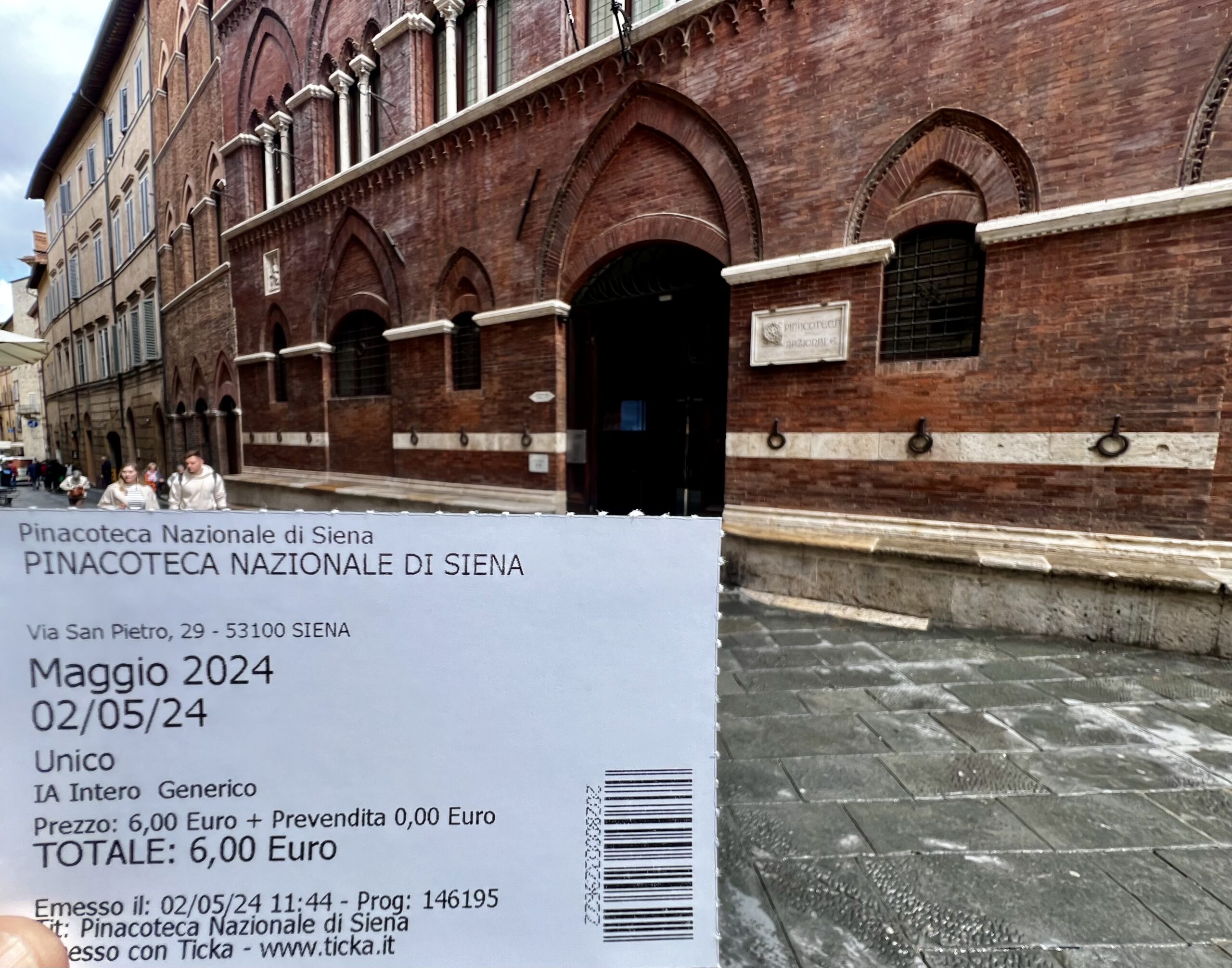
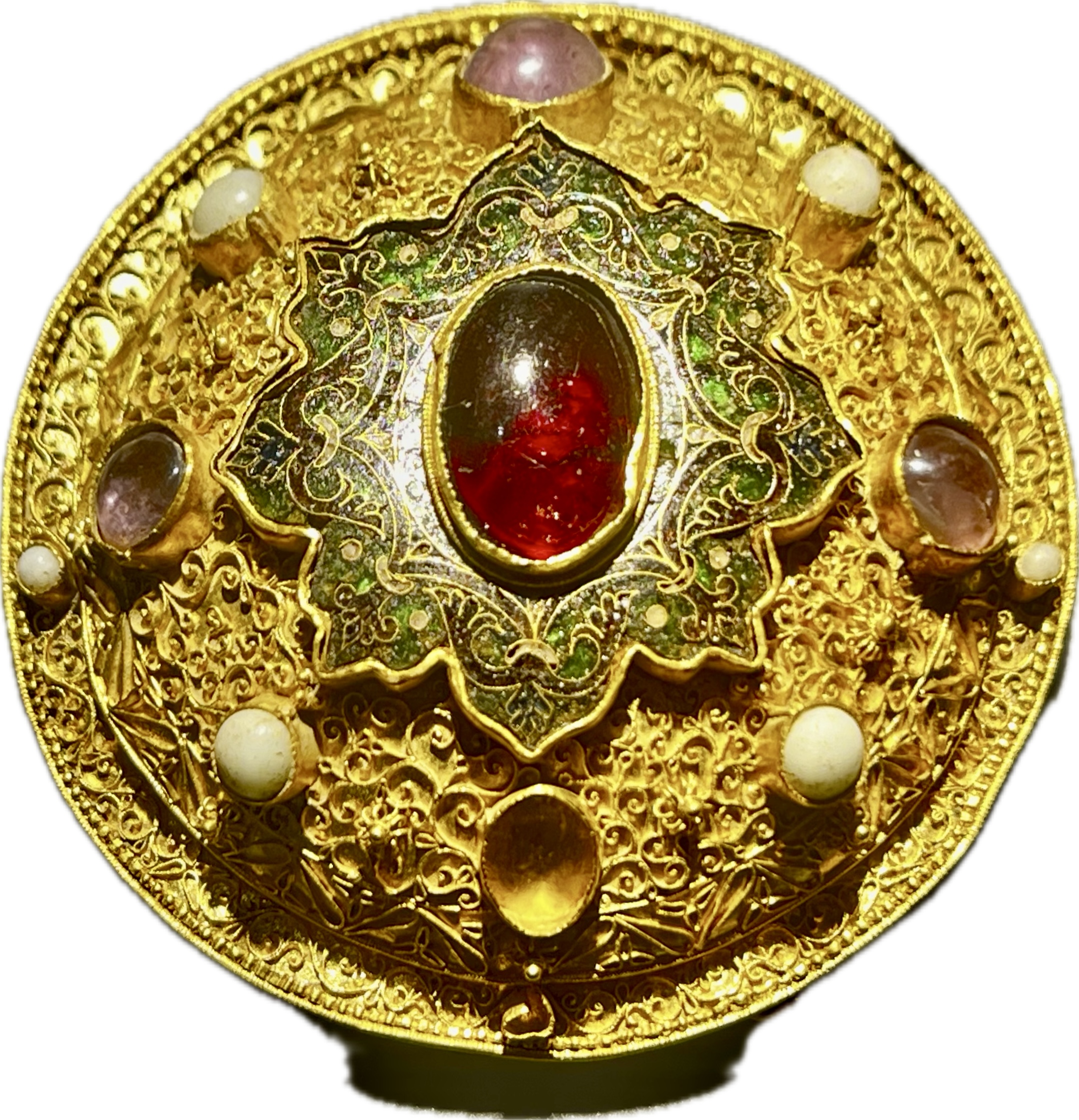
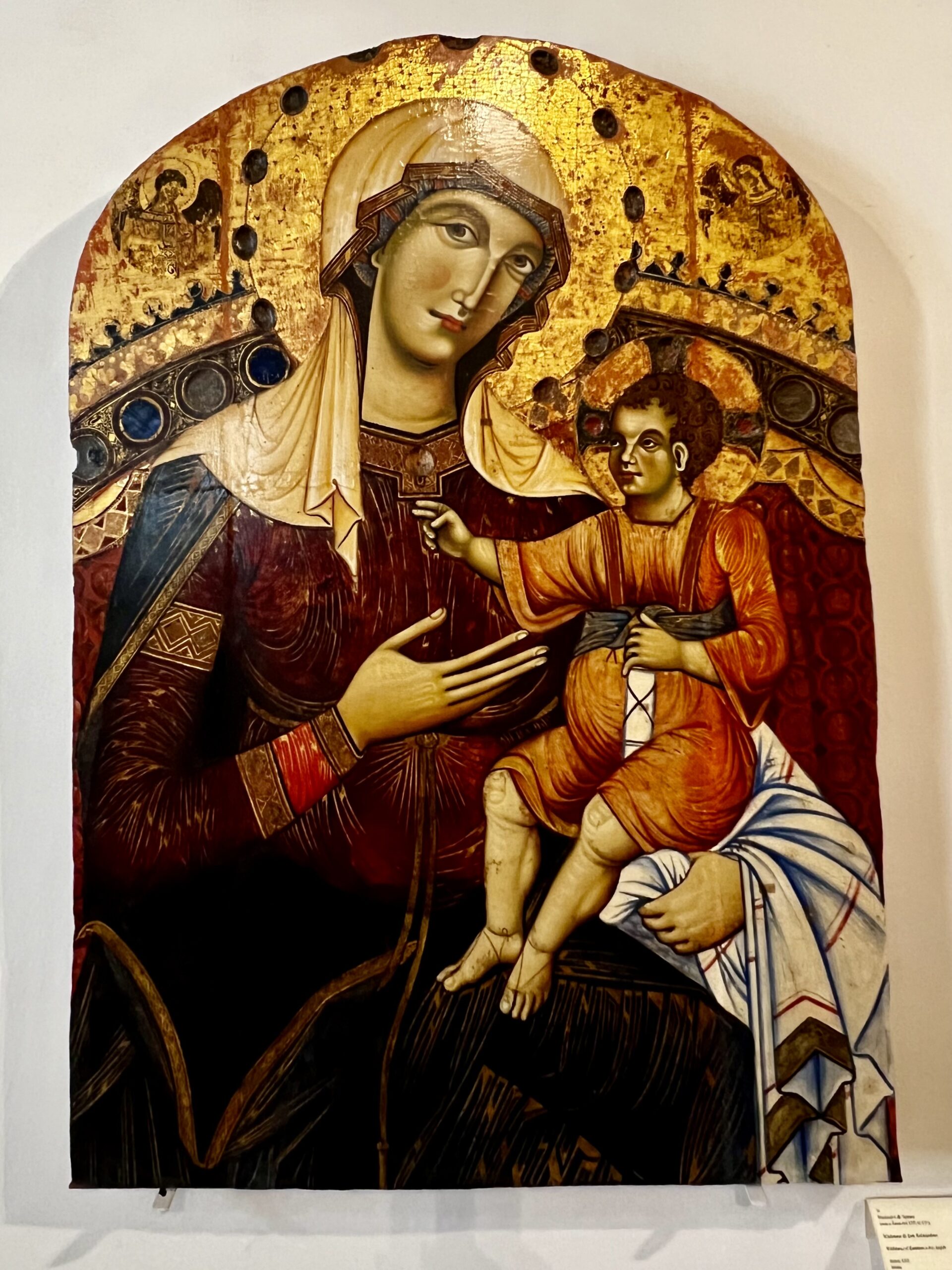
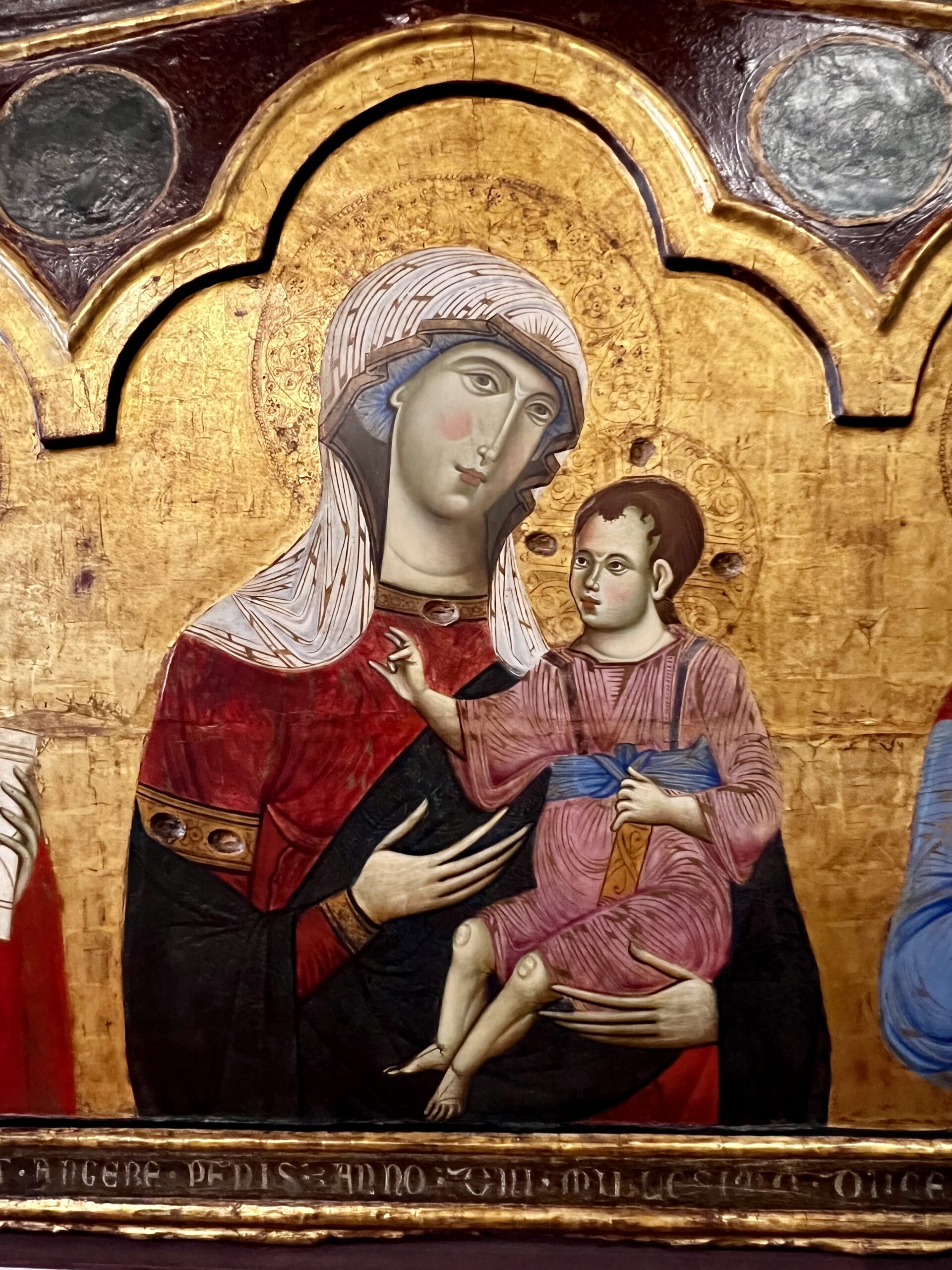
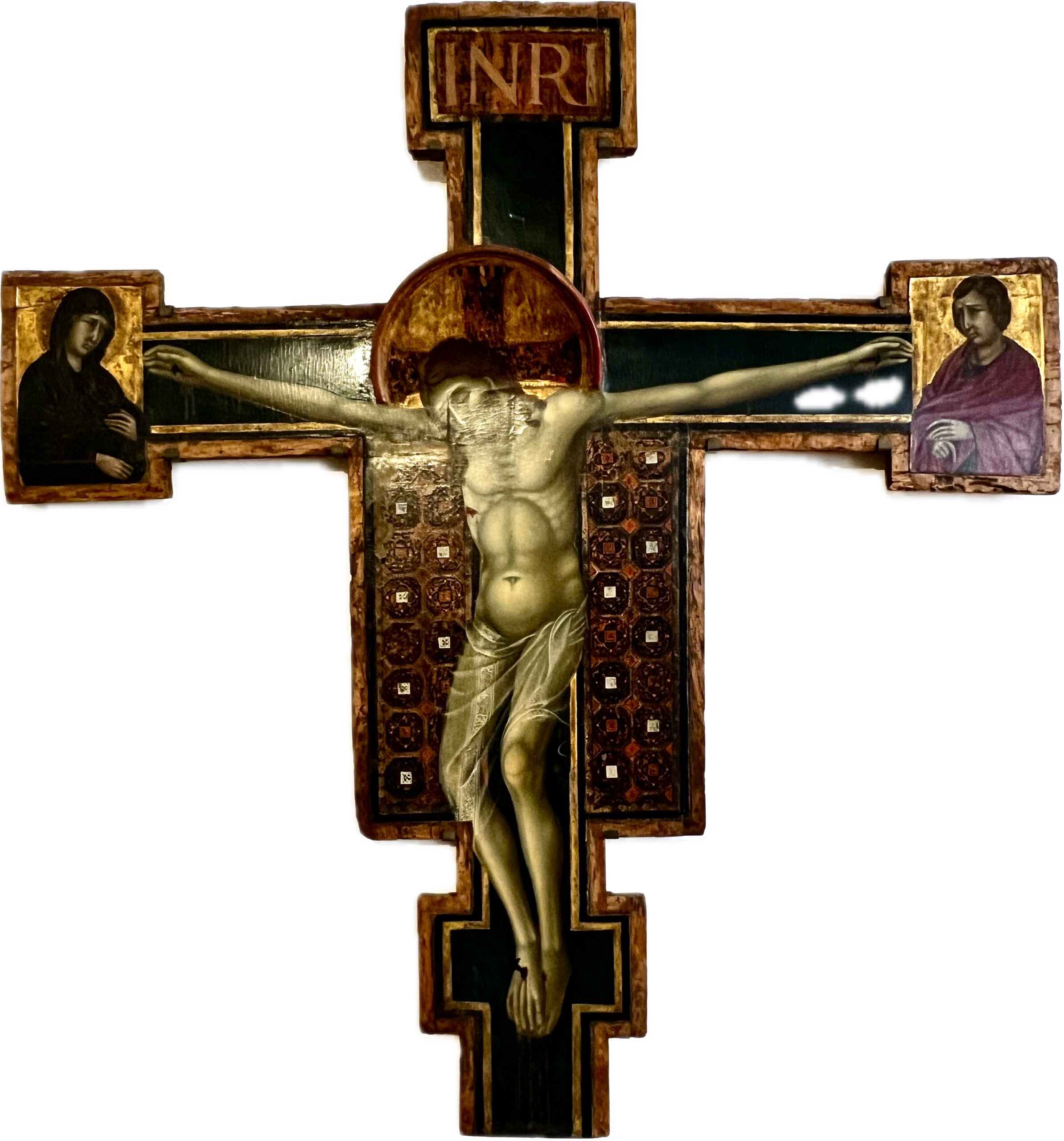
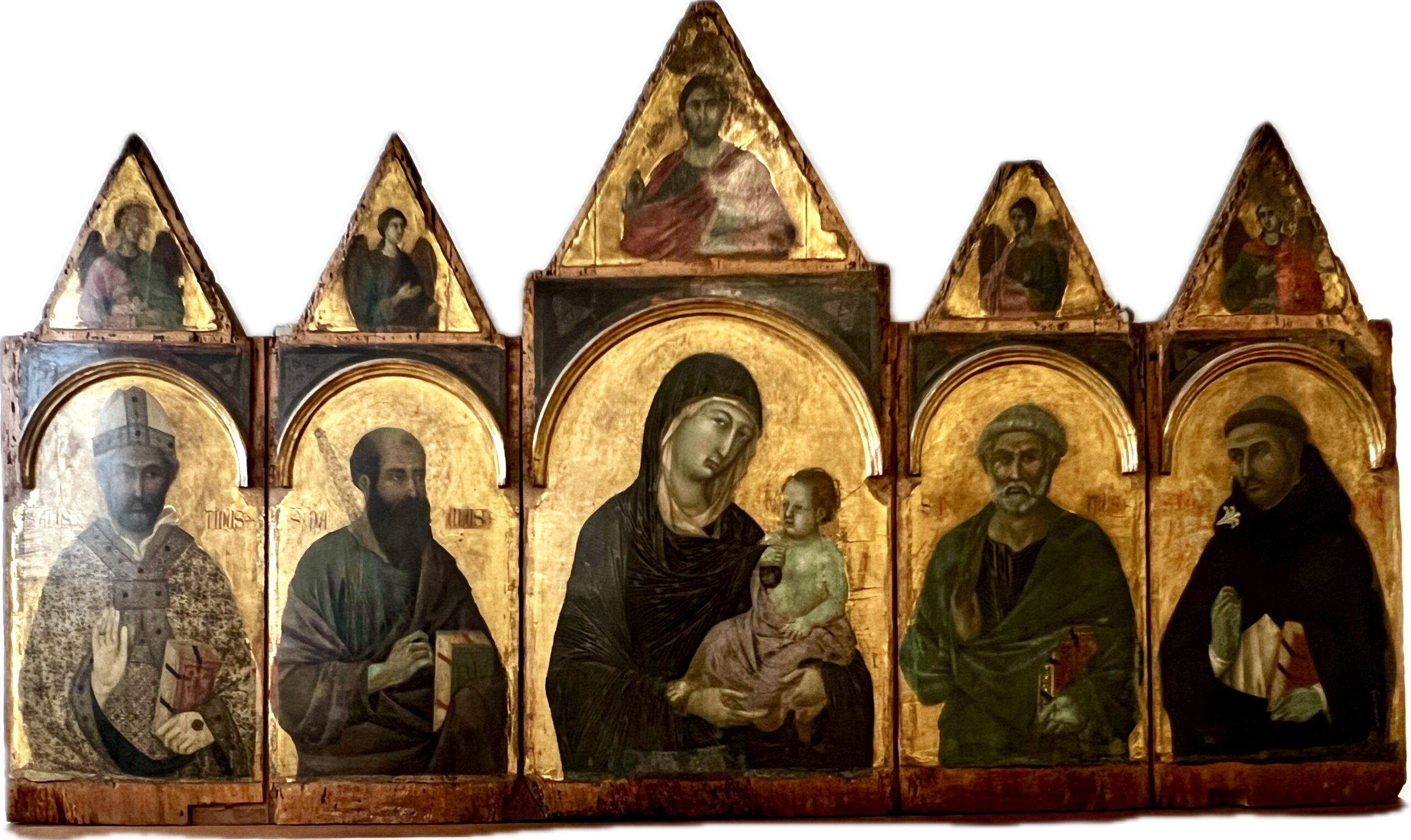
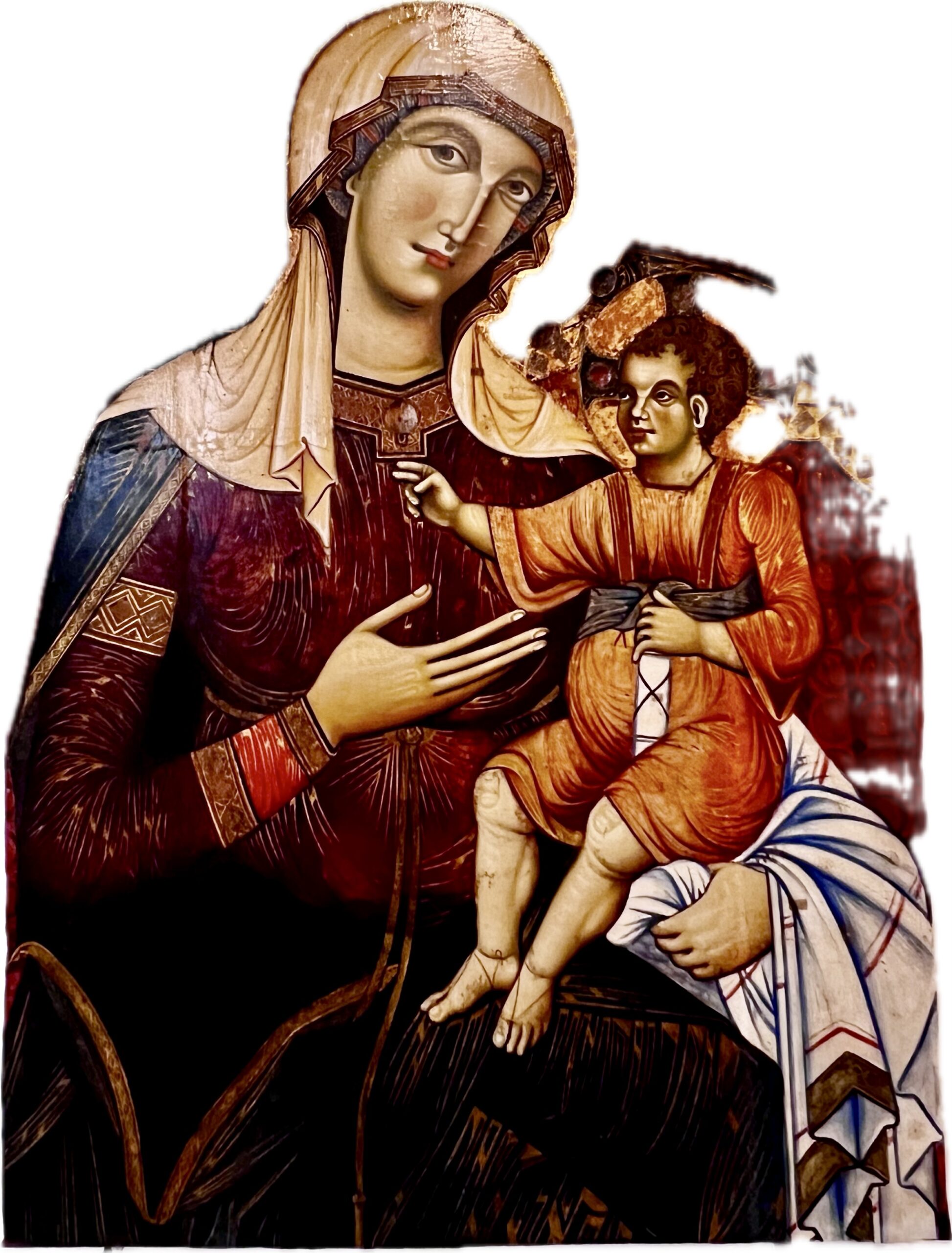
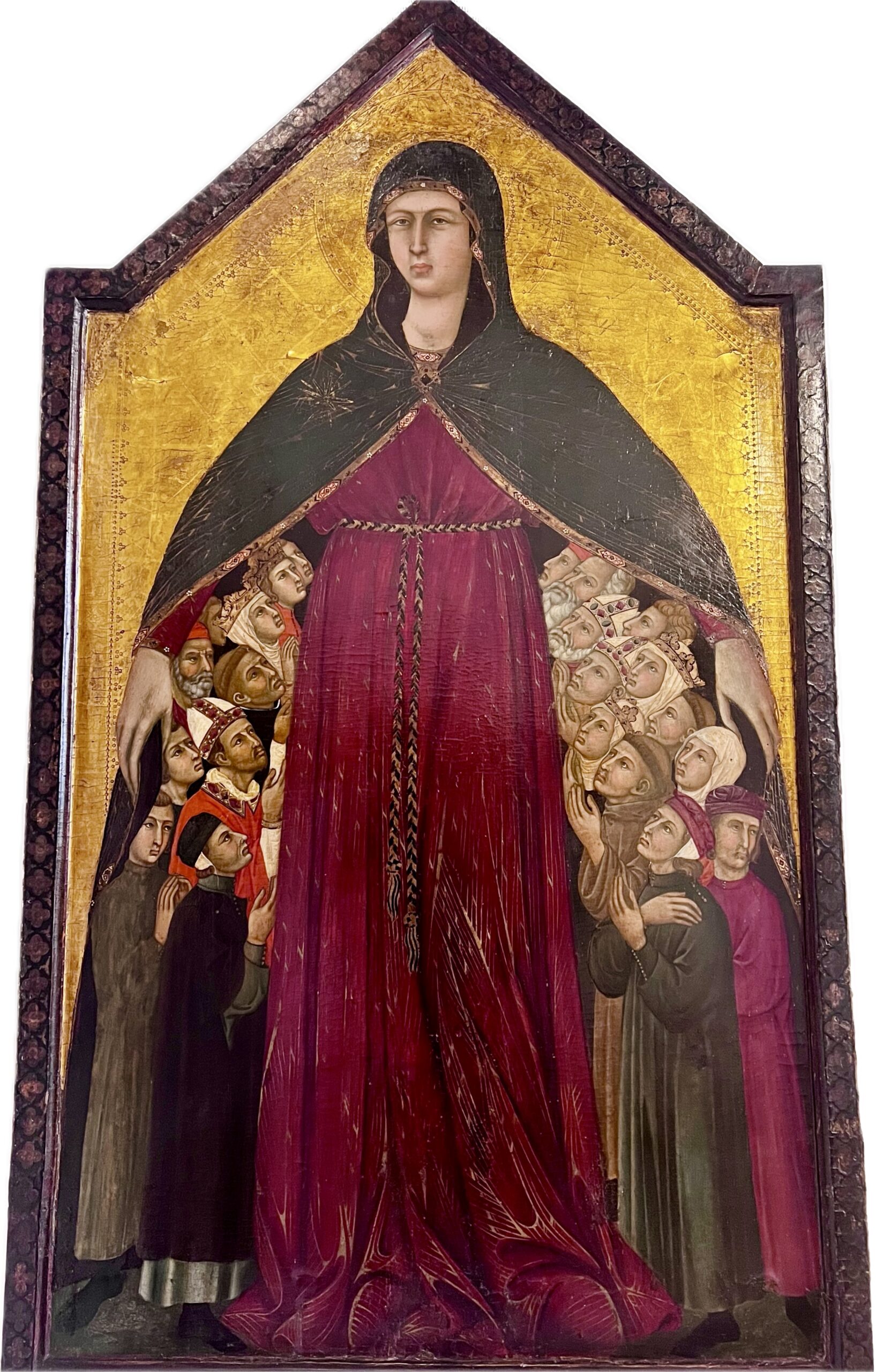
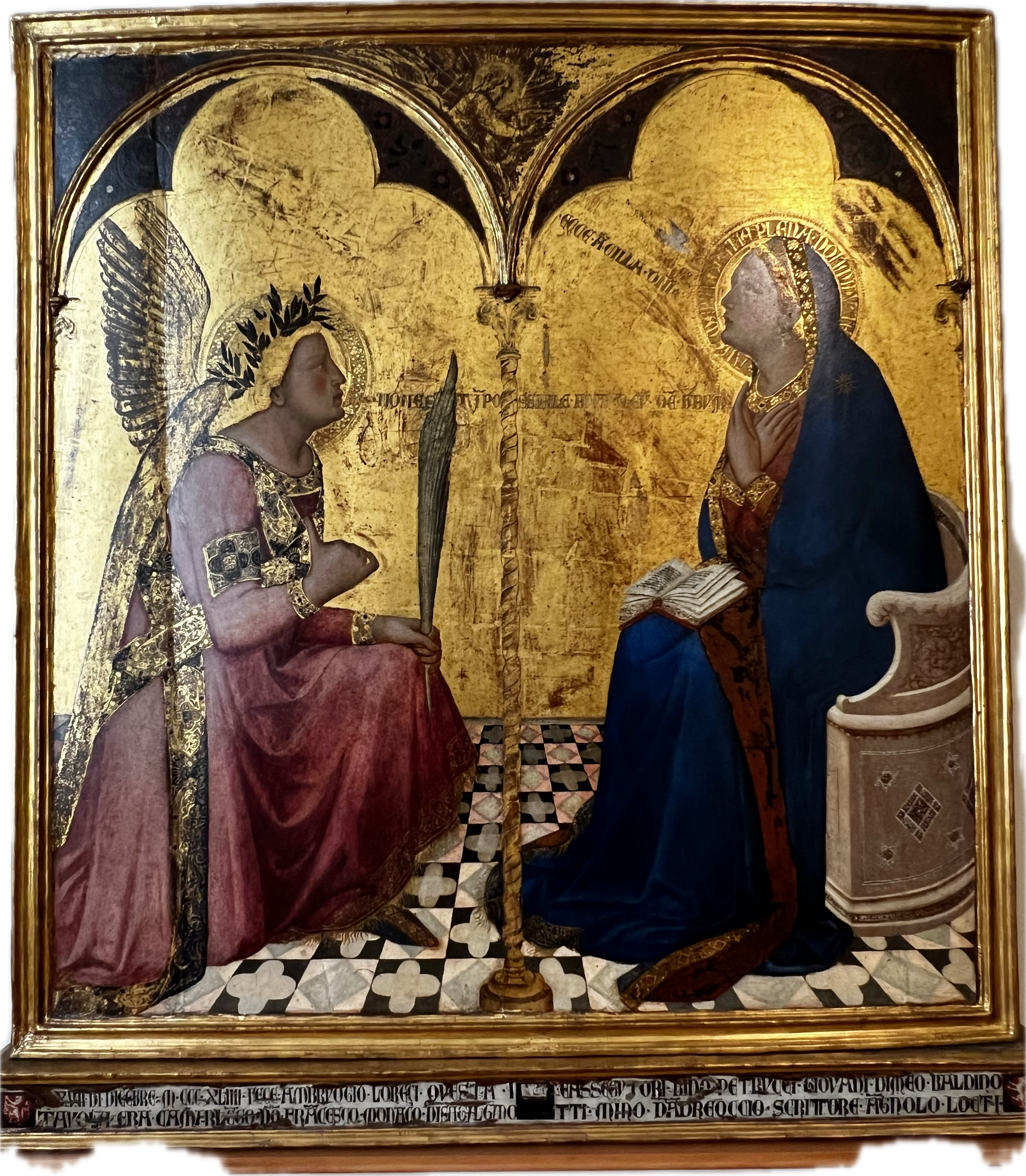
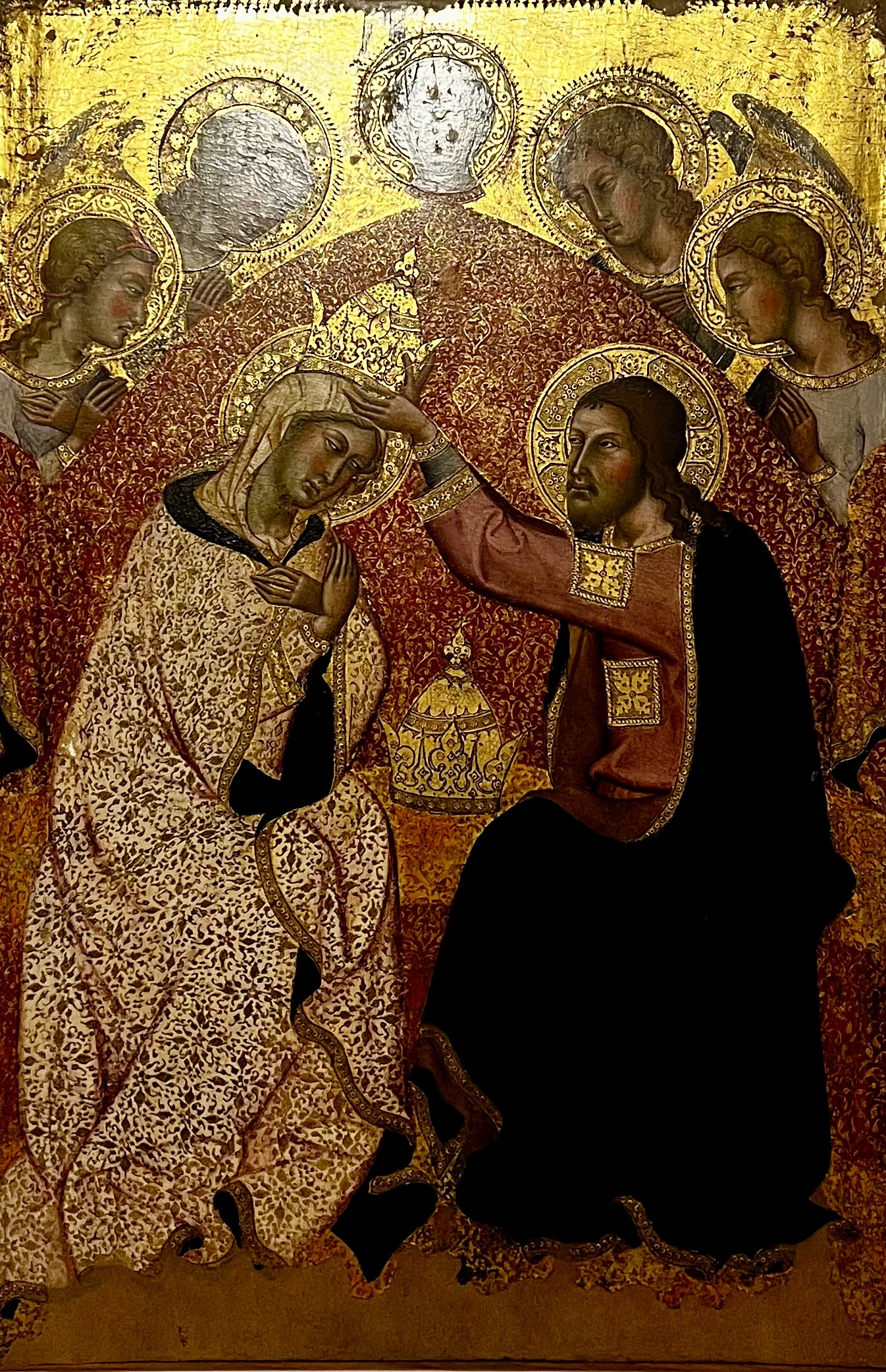
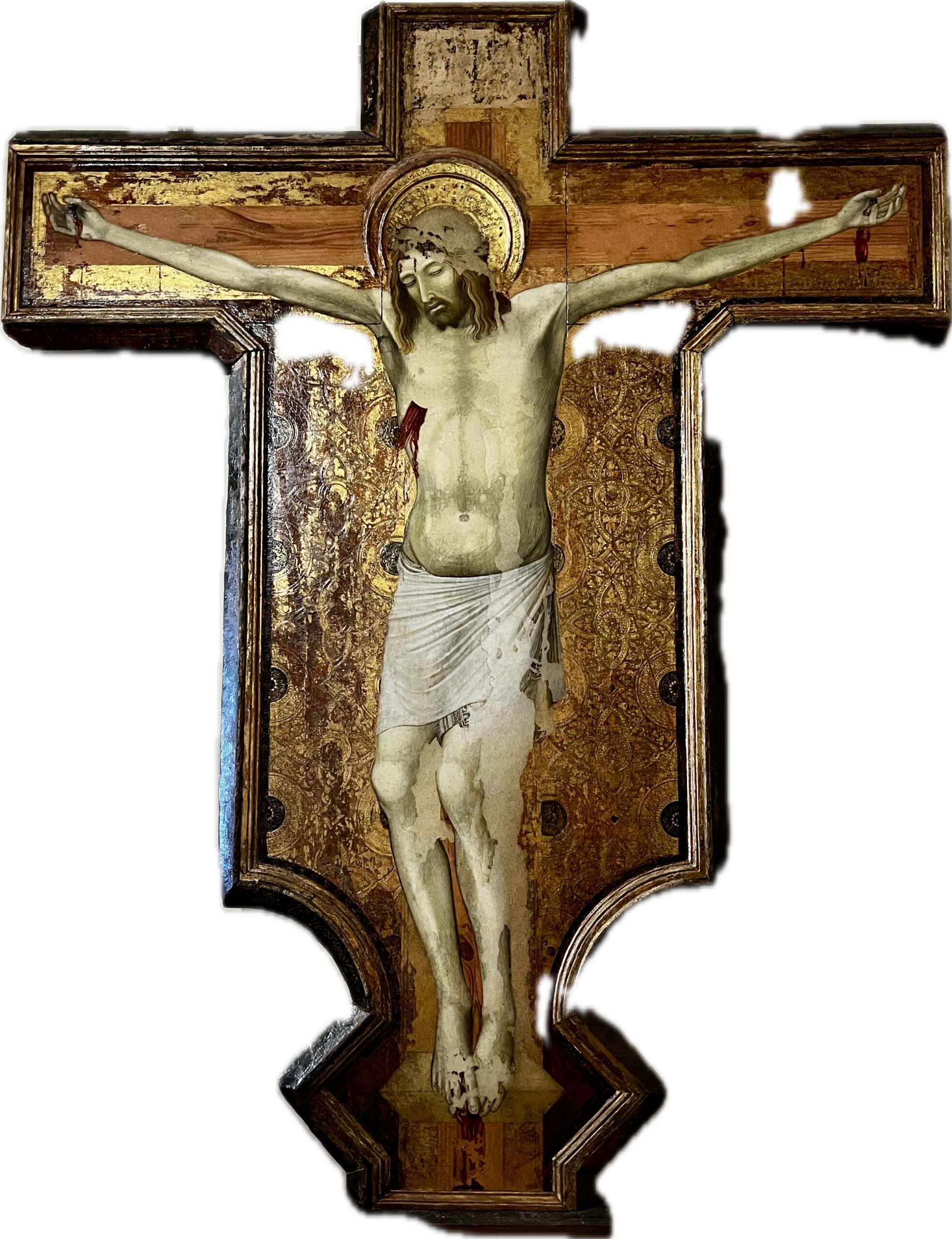
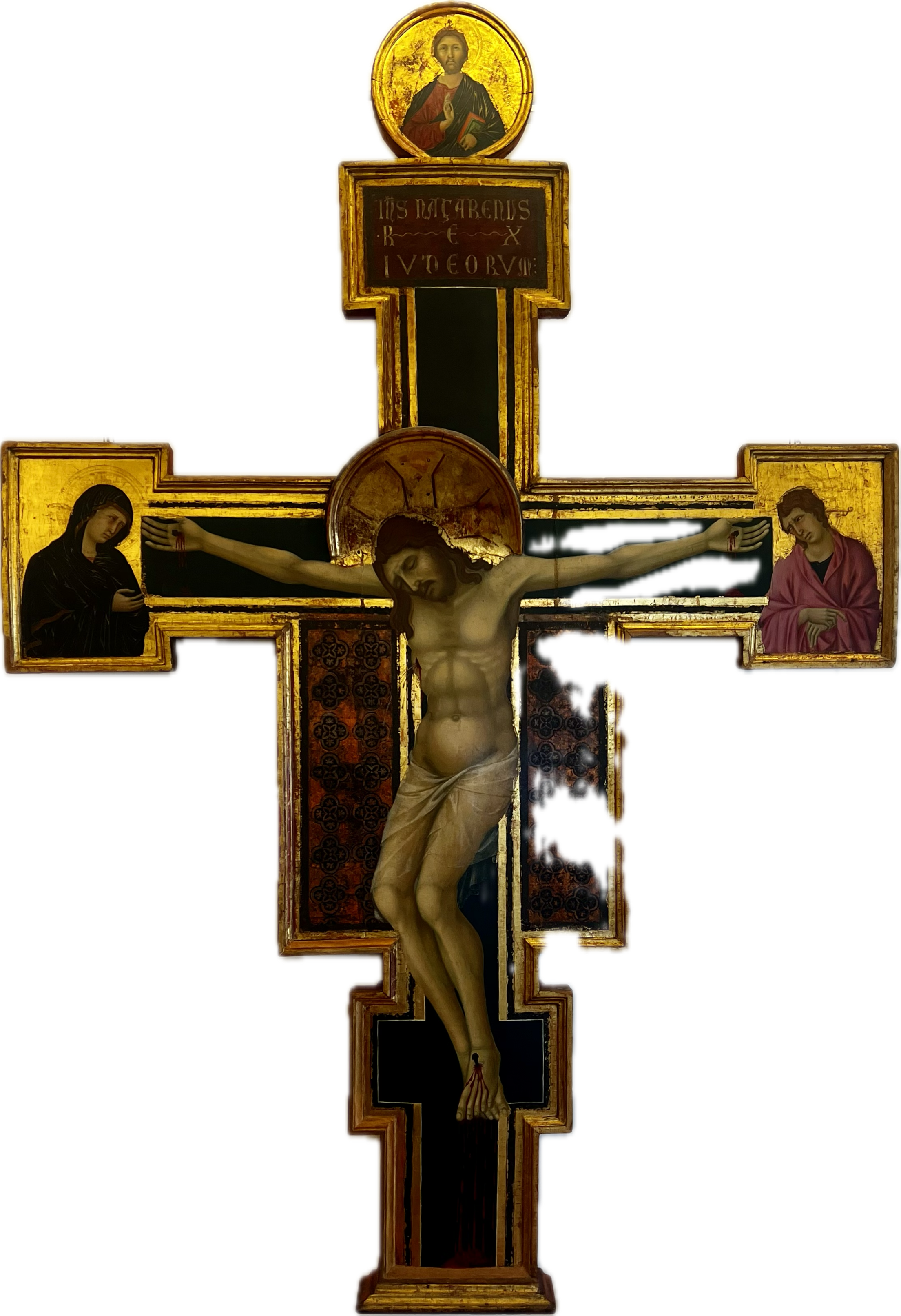
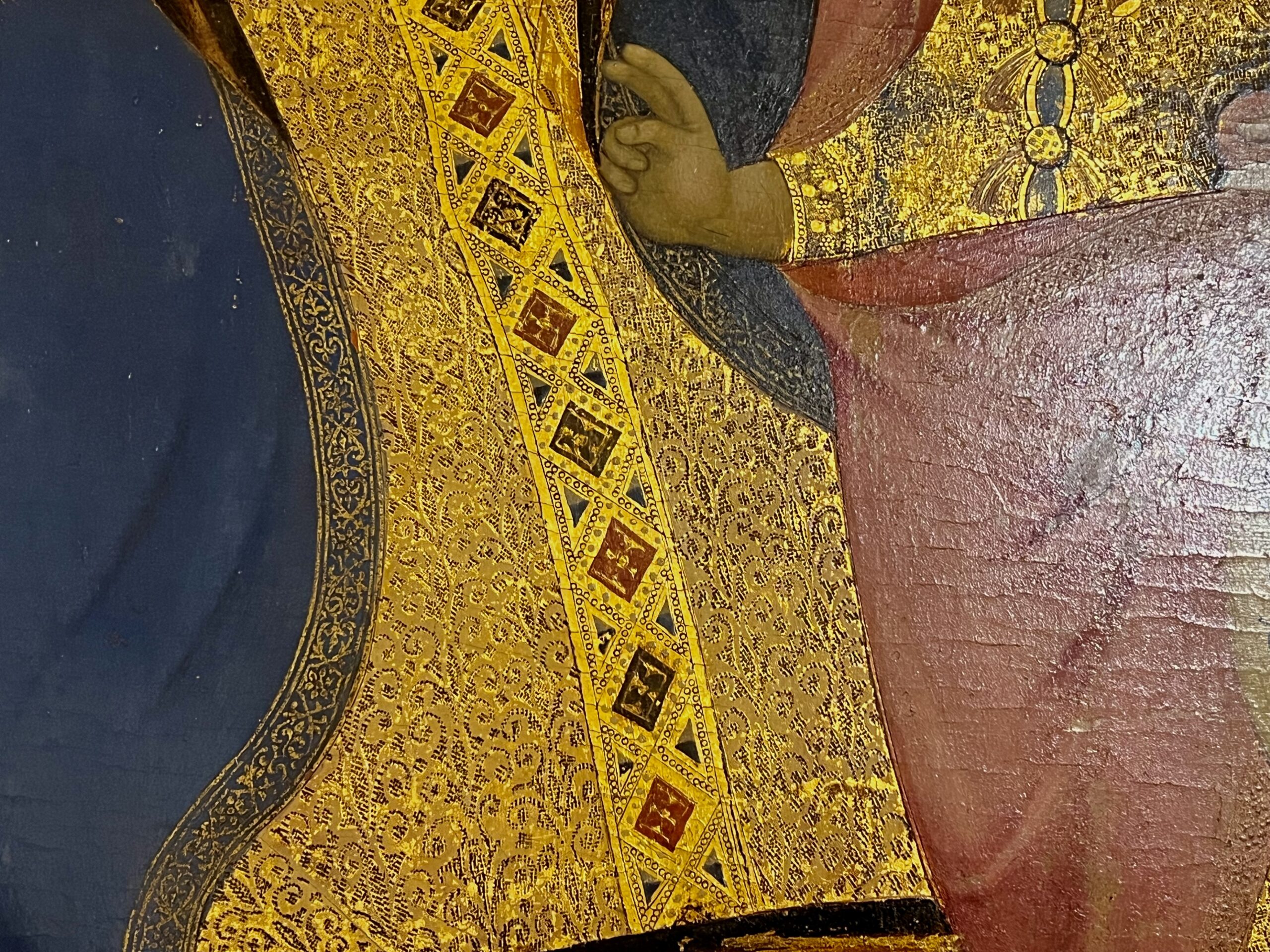
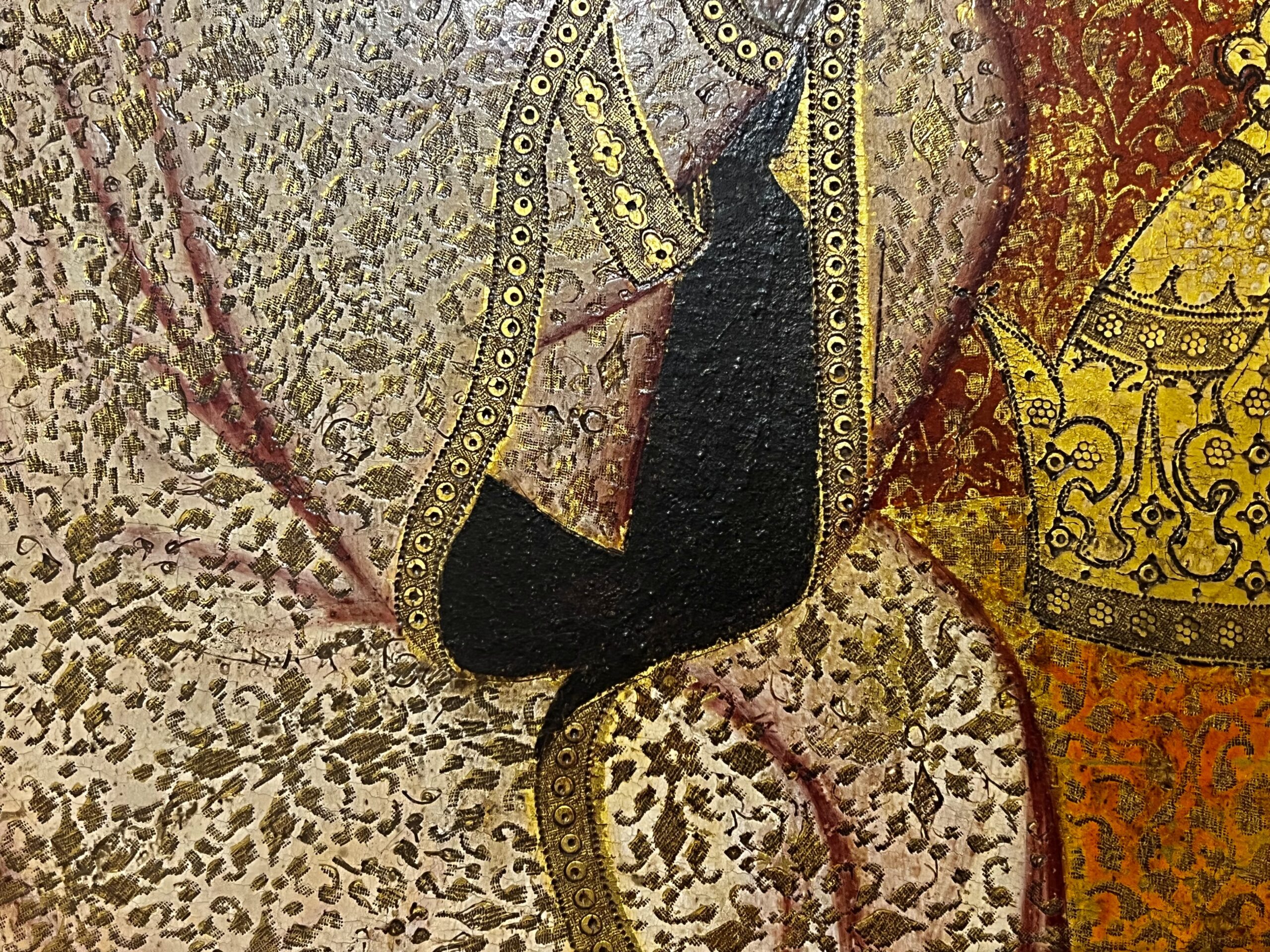
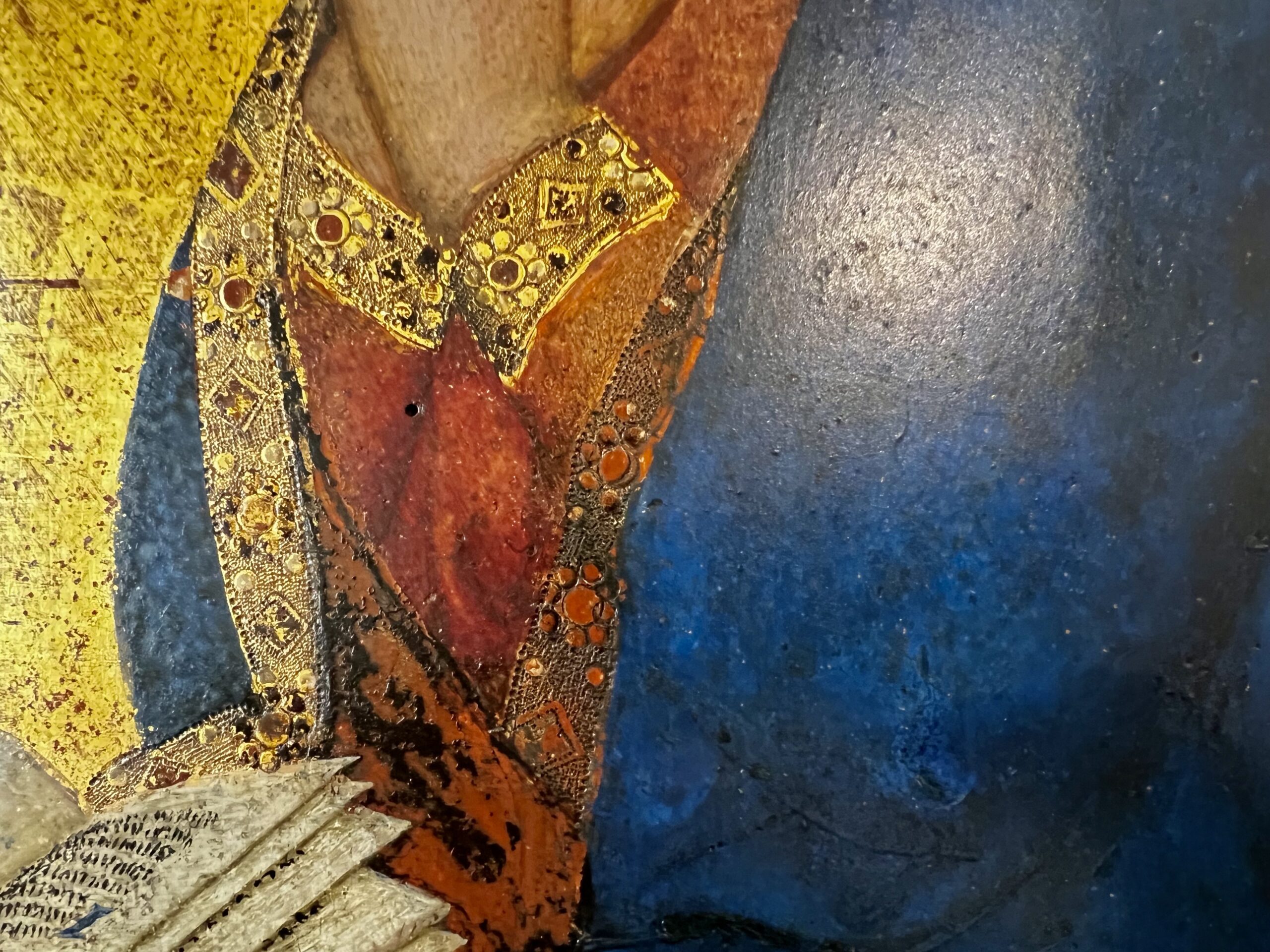
Next Day
Lunch and a Museum
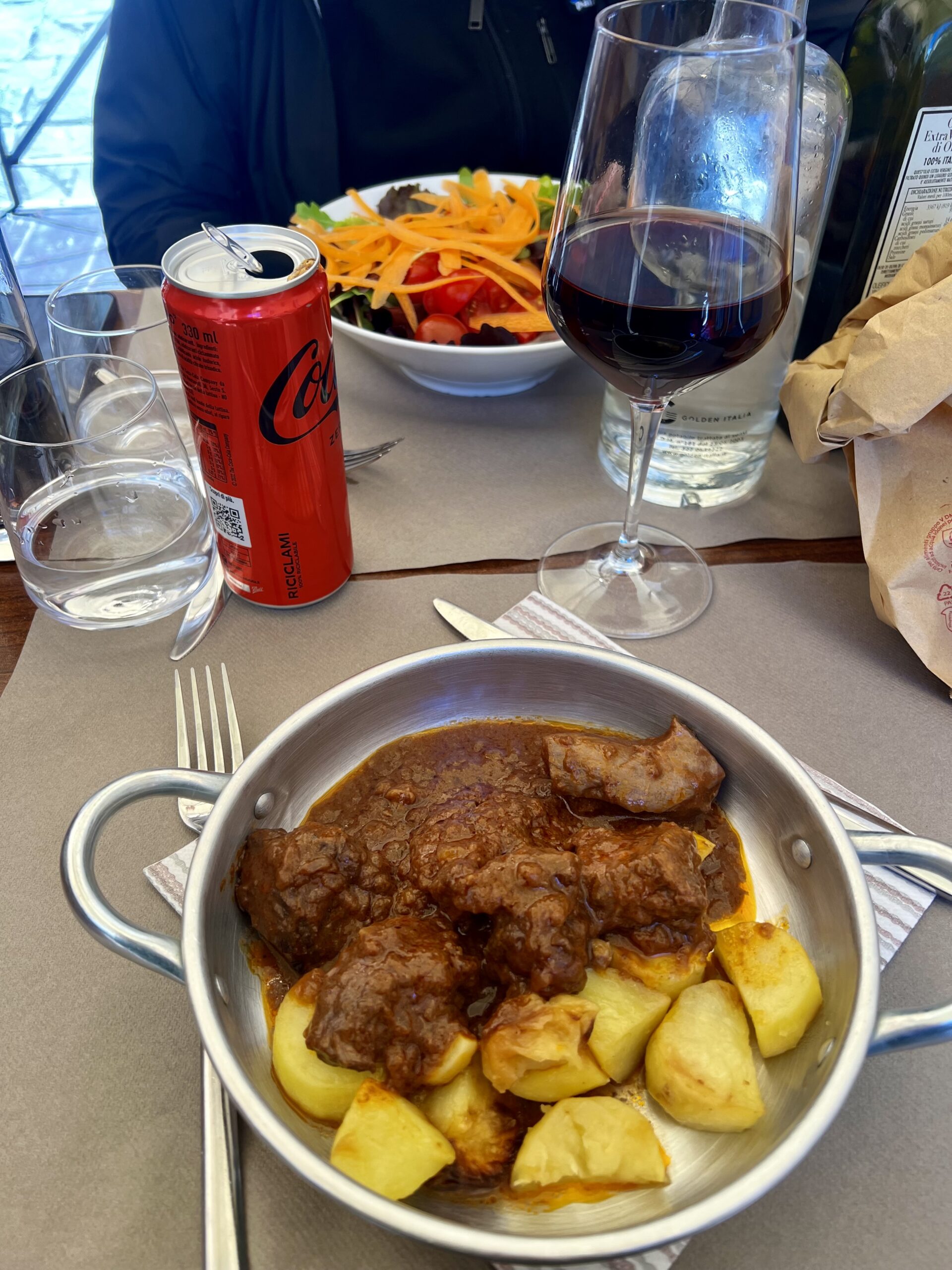
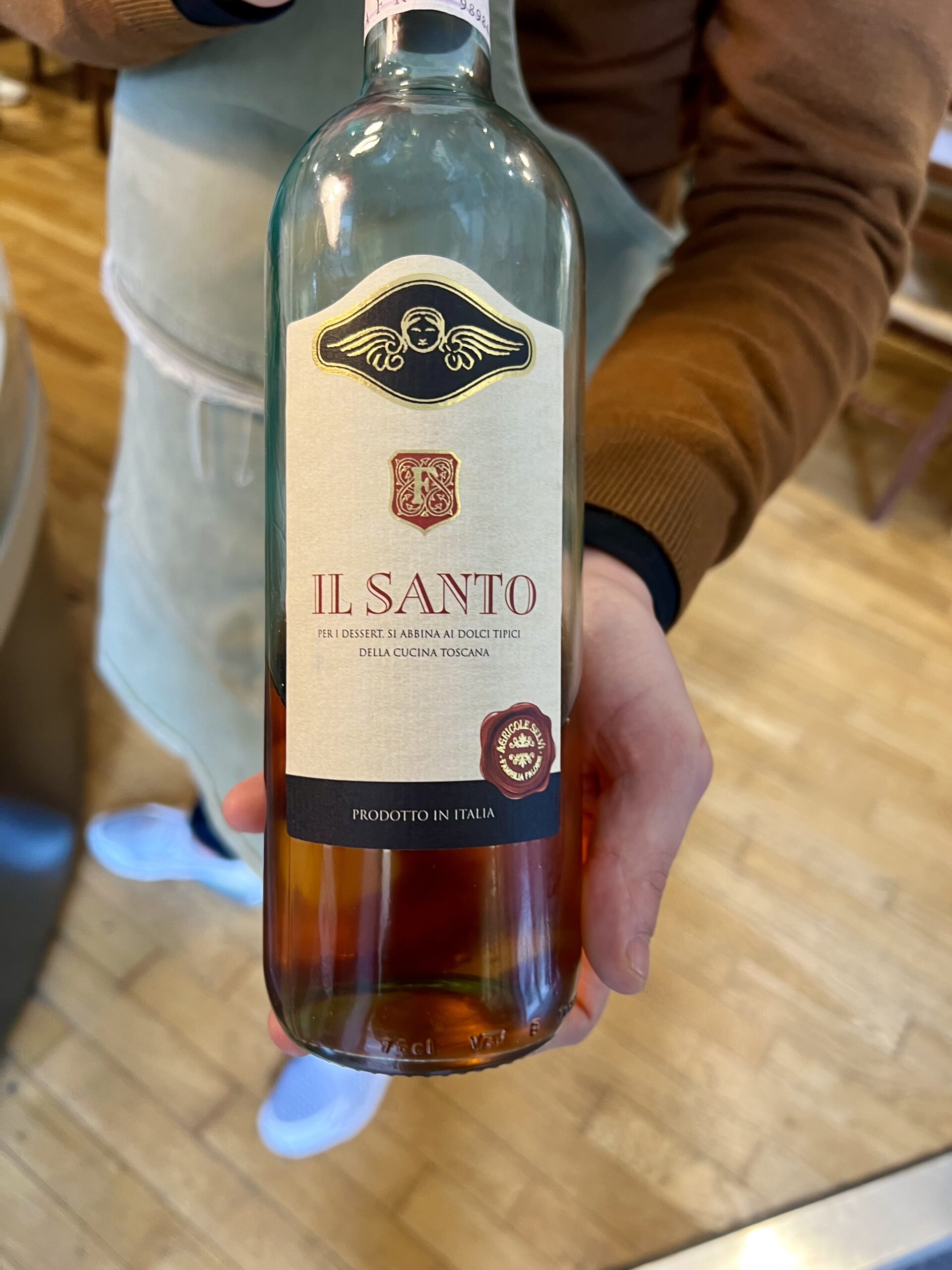
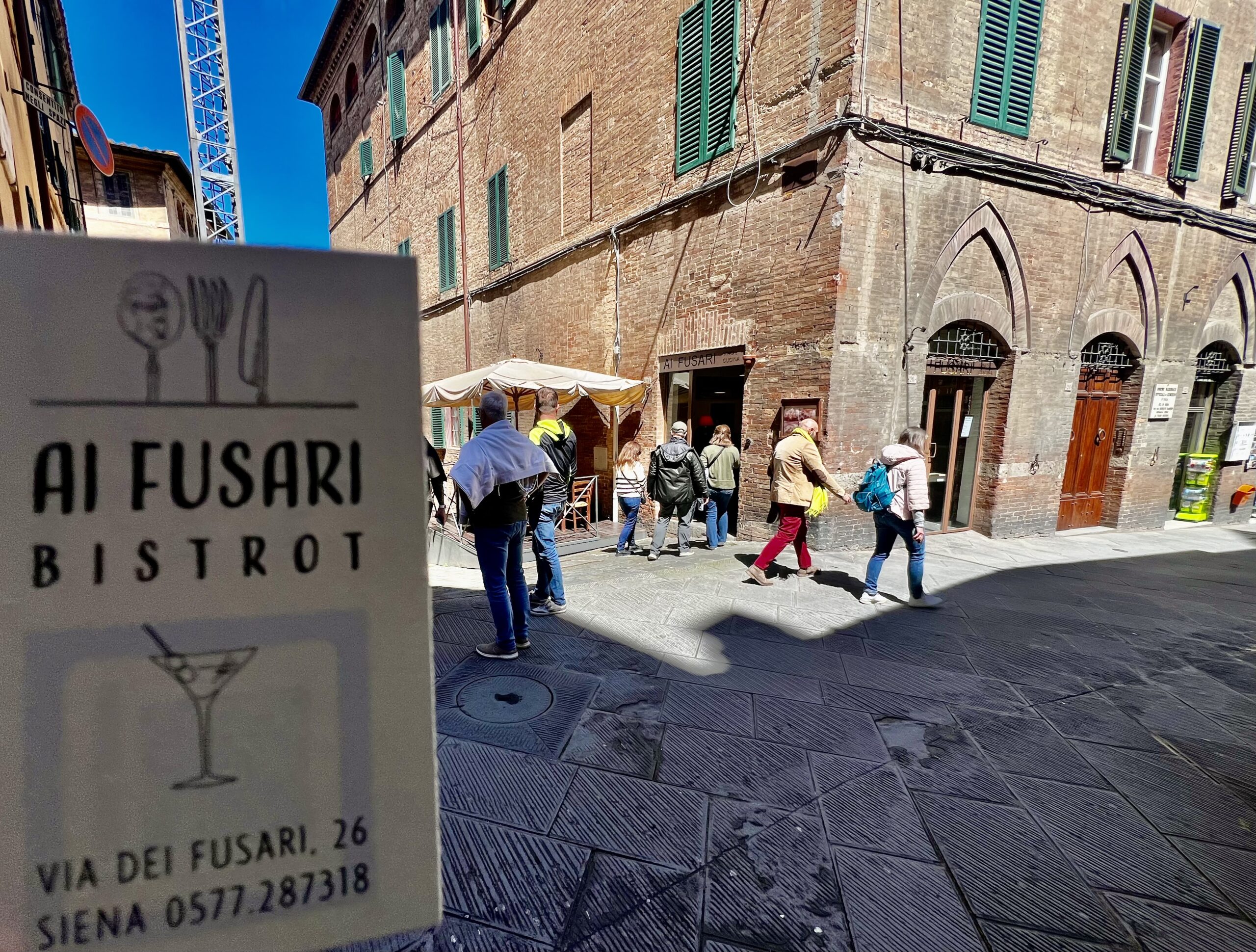
Santa Maria della Scala
This is a VERY LARGE and confusing museum with scattered portraits, sculptures, an extensive display of original pieces from the Campo’s fountain, chapels, frescos, a separate national archaeological museum that is appropriately several stories below ground, and big empty hallways. In this complex of buildings, not well signed, some areas were once a hospital, displaying large frescos and engraved stone signs identifying prior uses—contagious diseases, for example.
We spent several hours exploring. When we were ready to leave we were on the deepest level and had no idea where to find an exit. Luckily we found a staff member to help us.


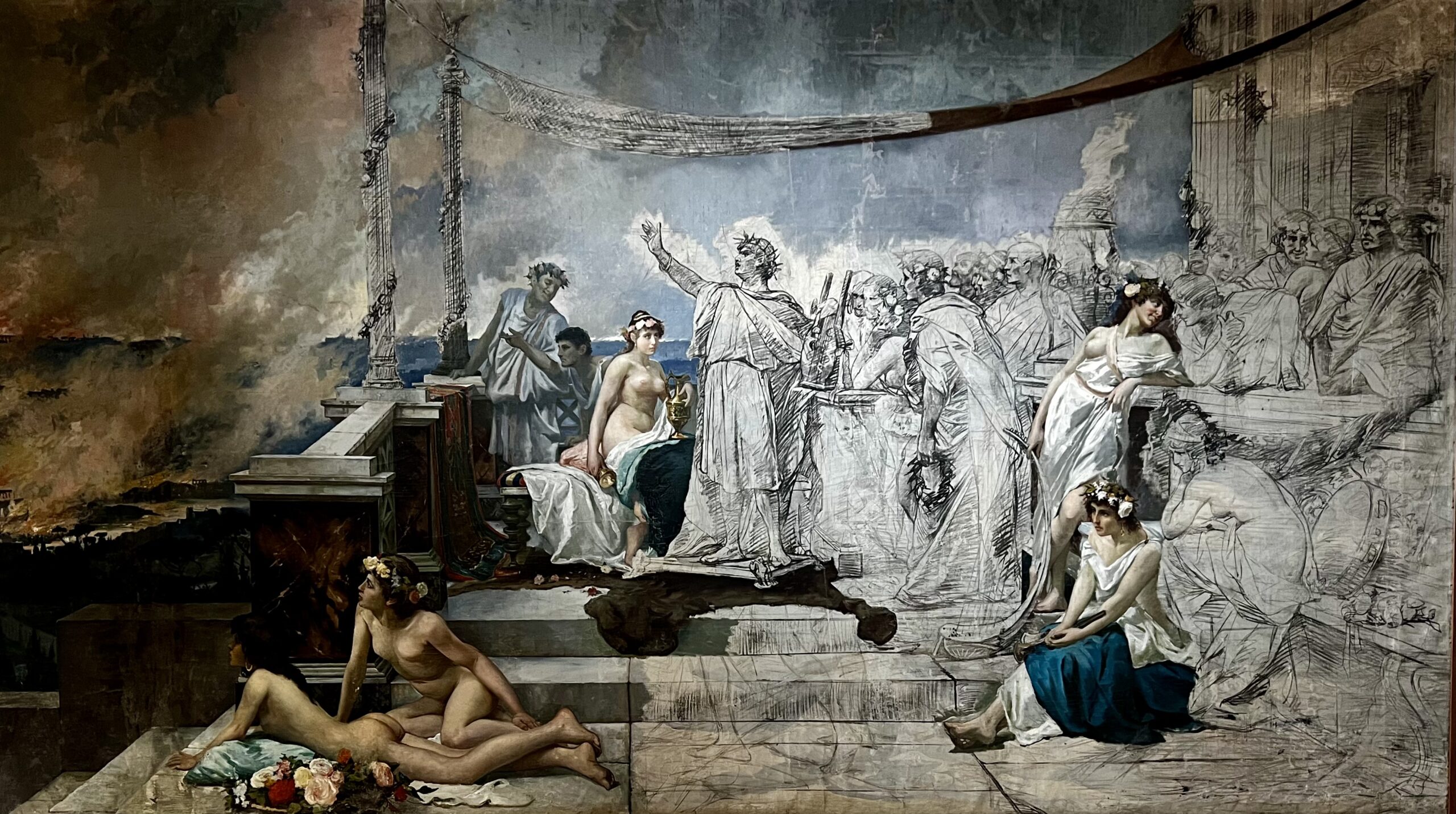

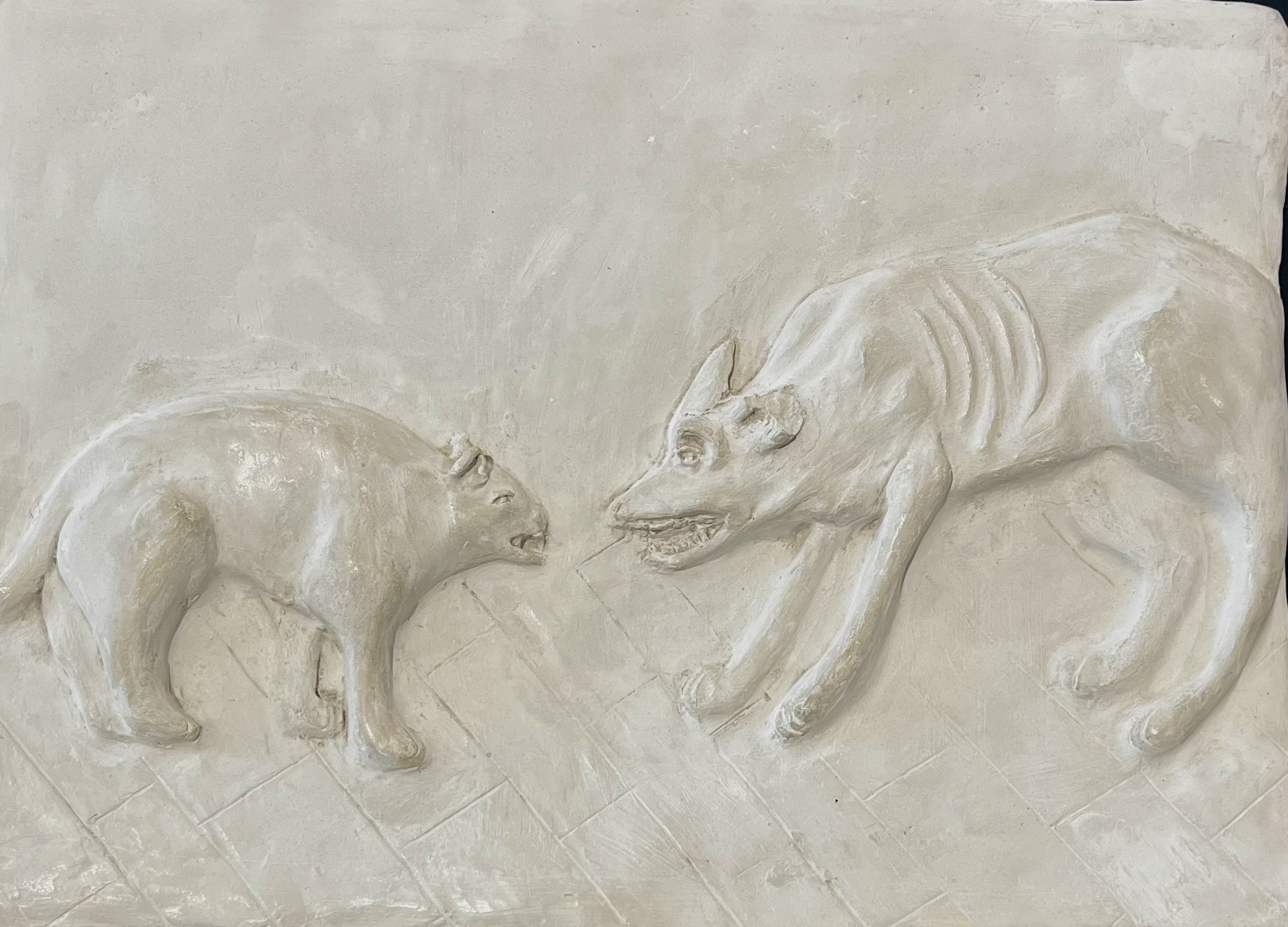
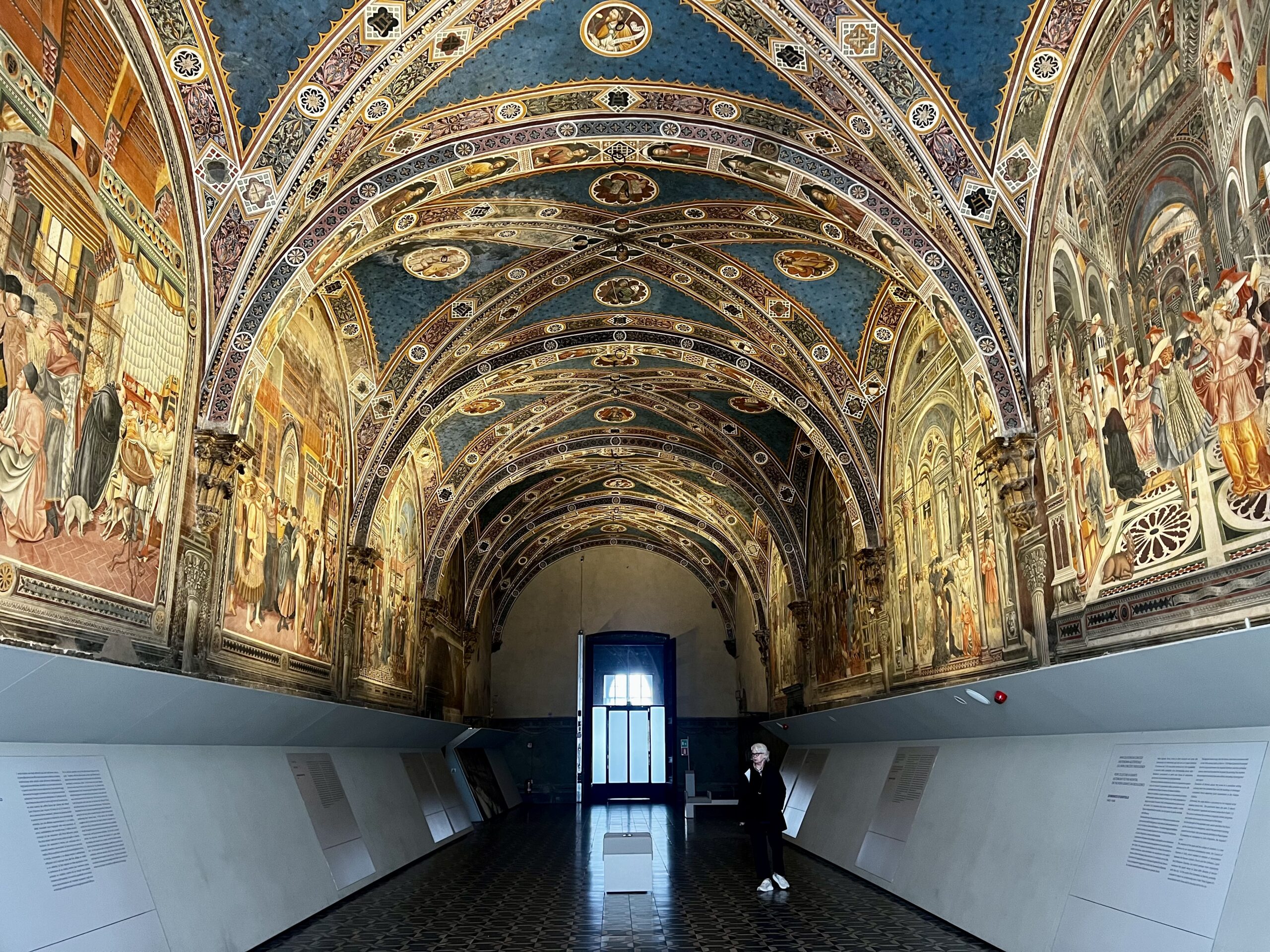
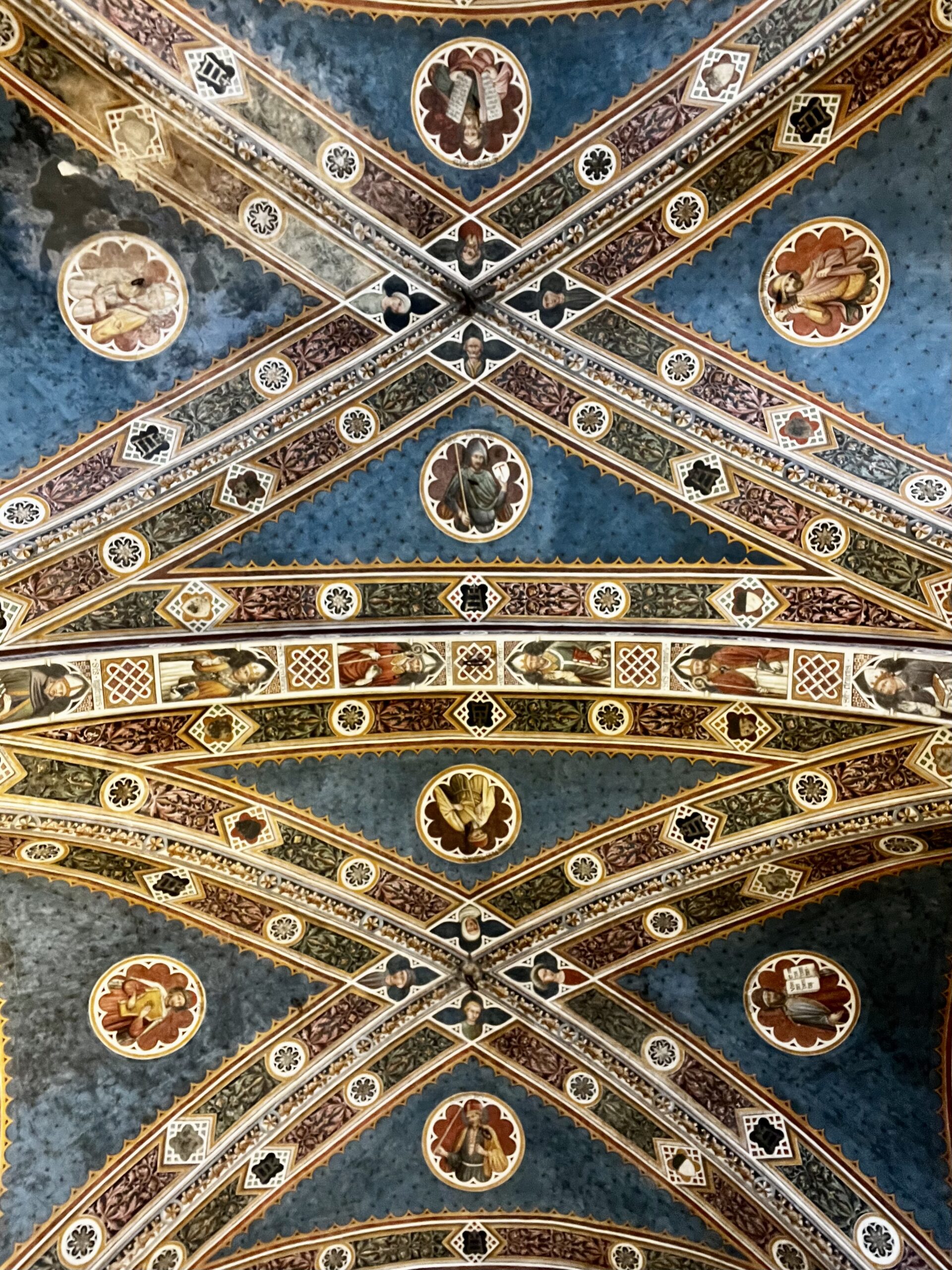
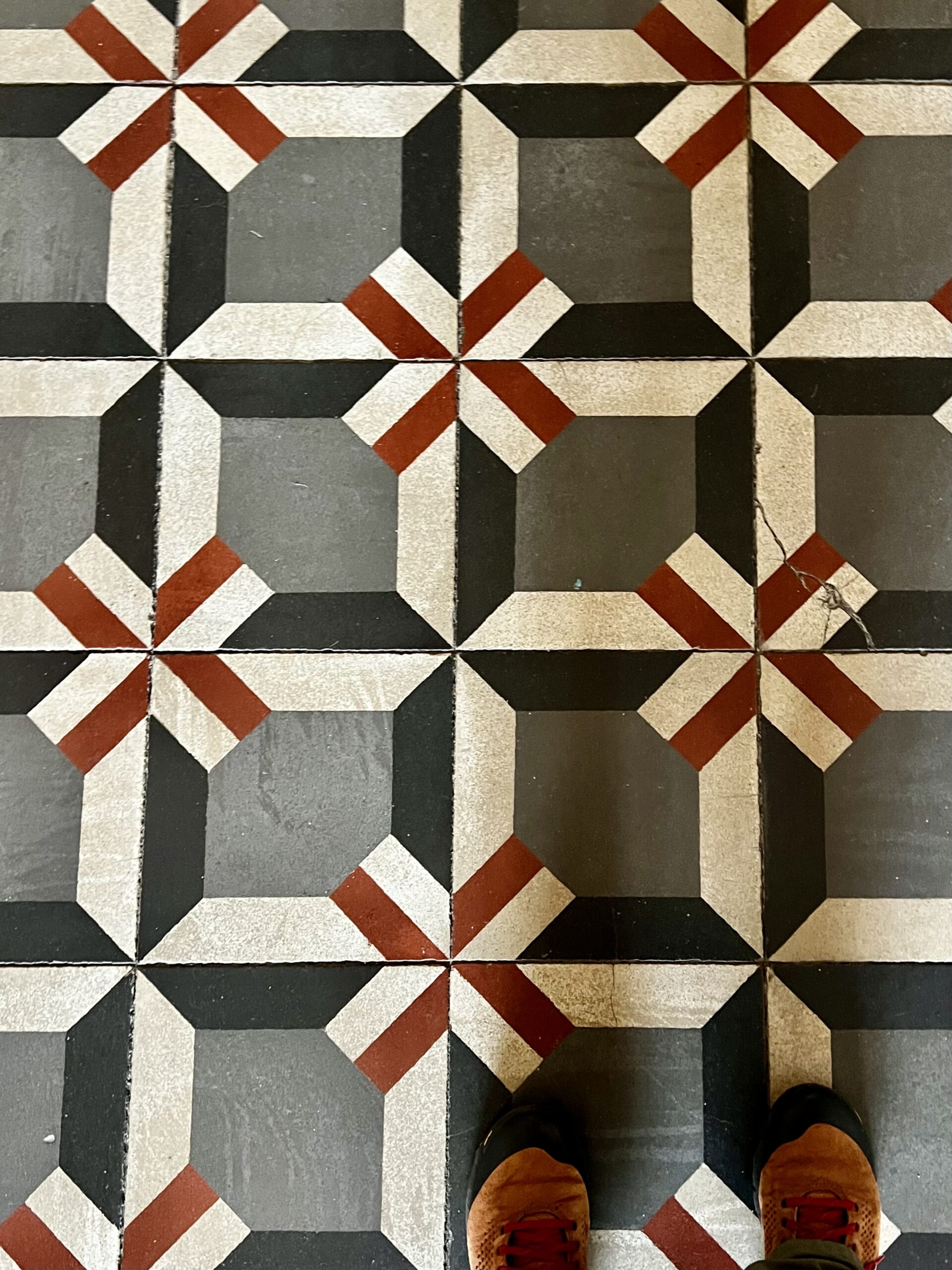
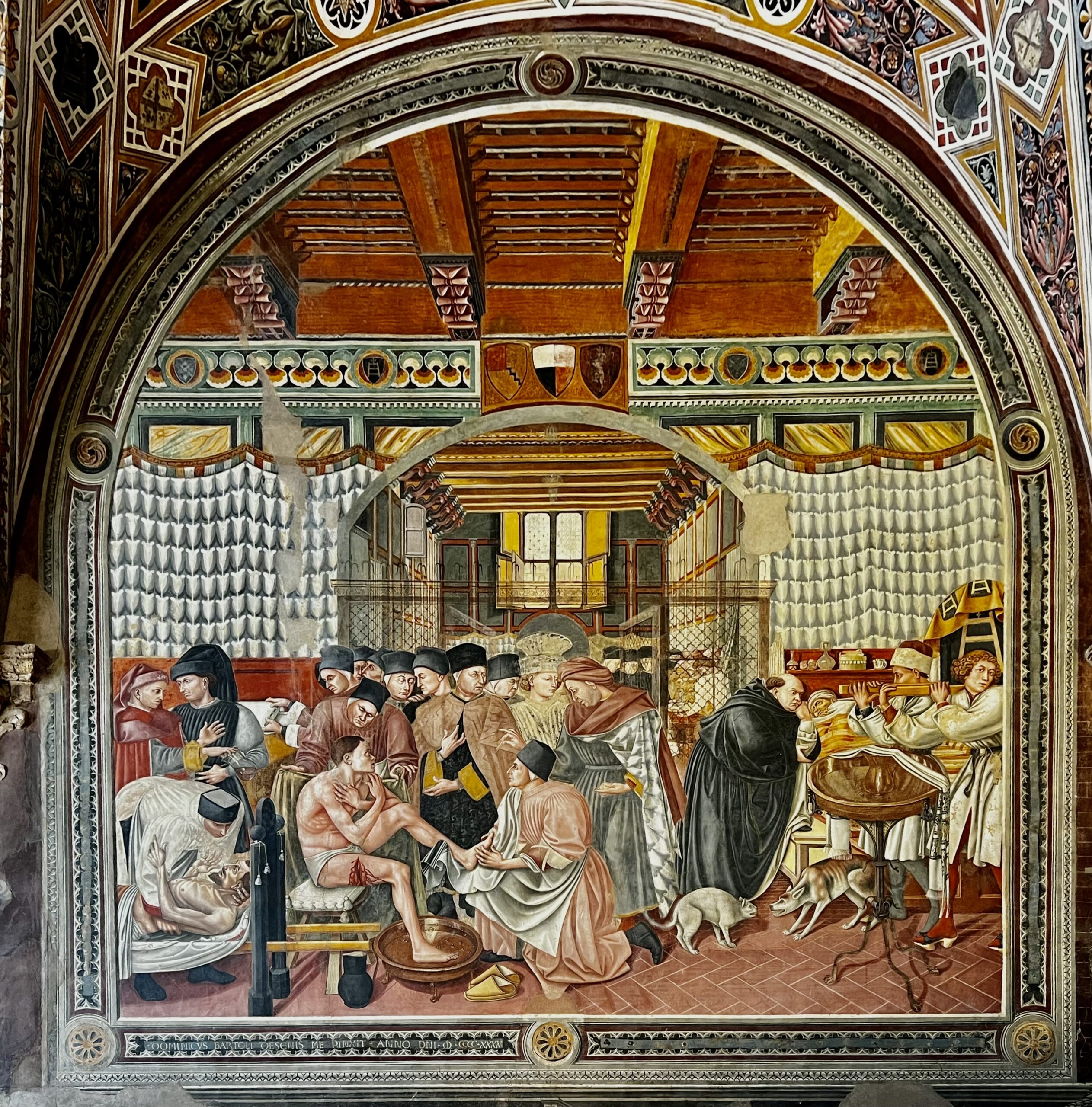
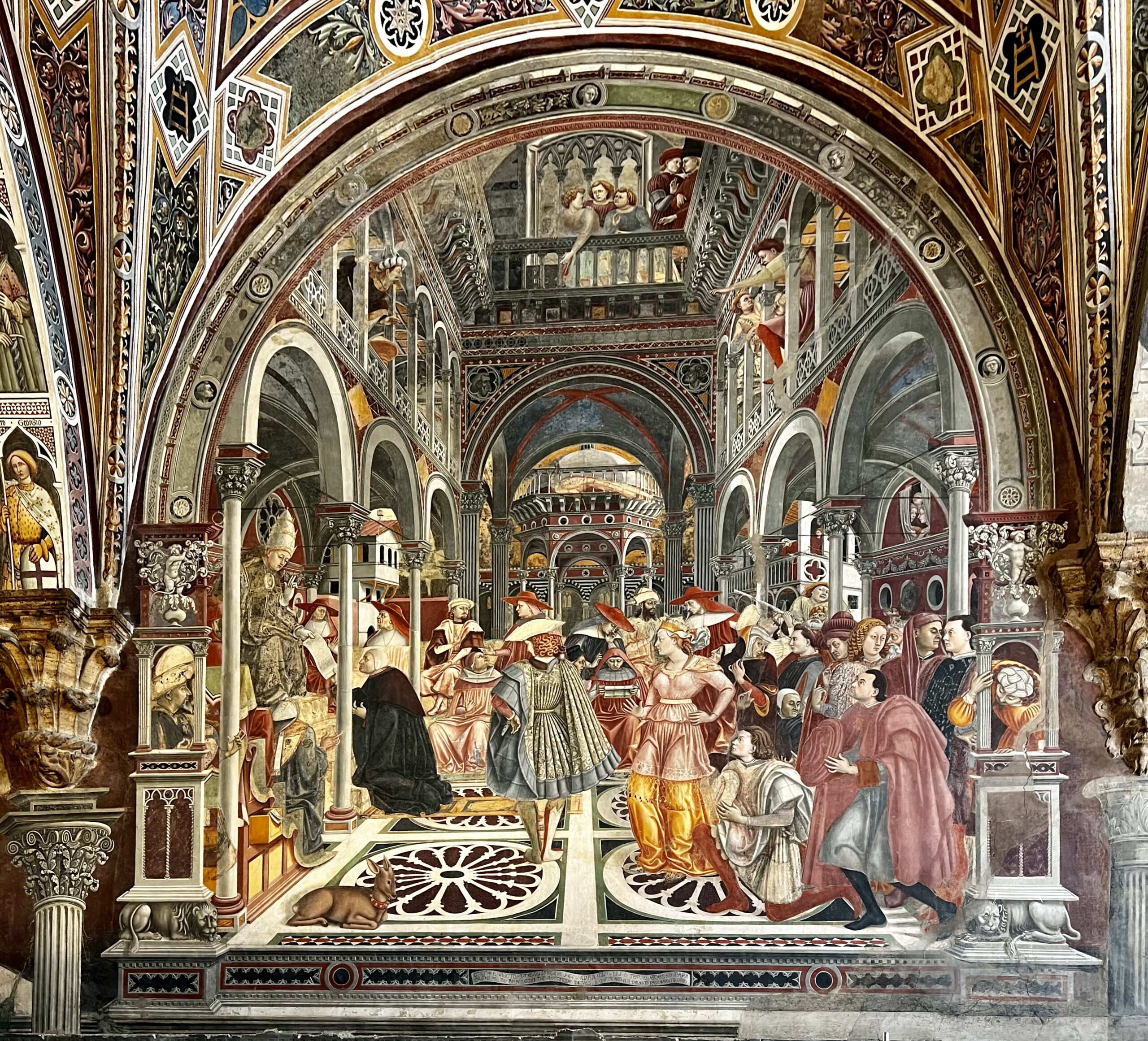
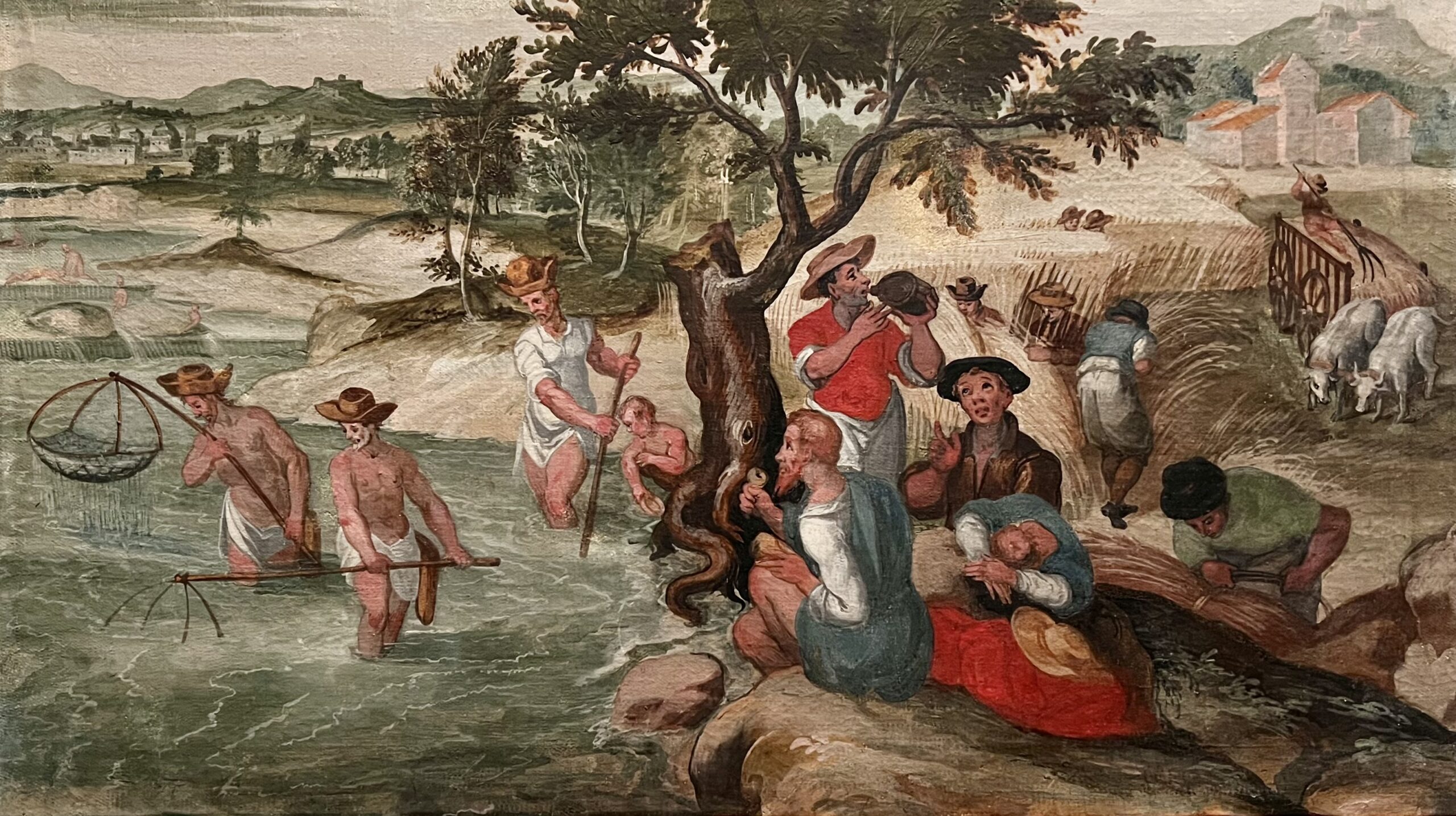
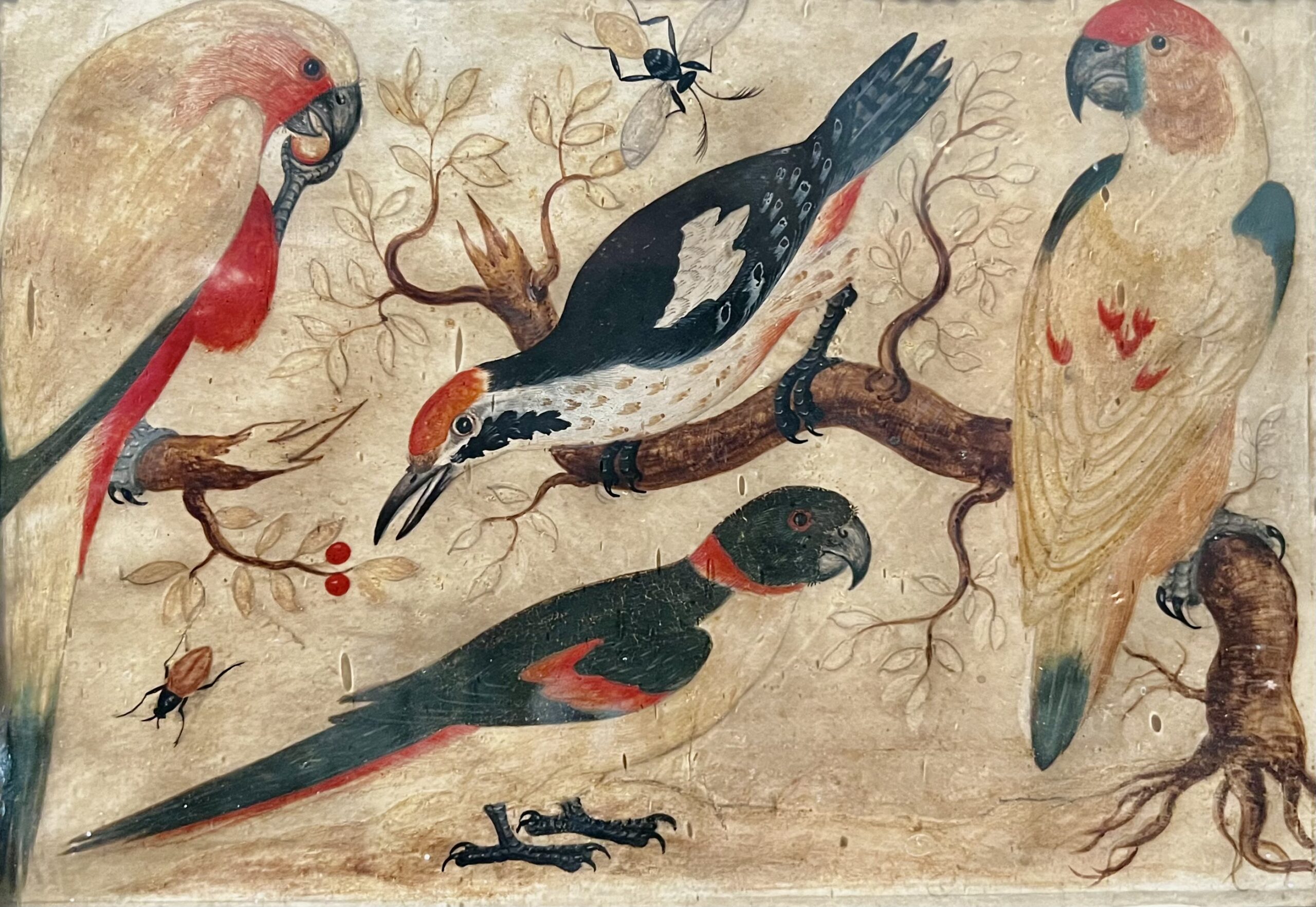
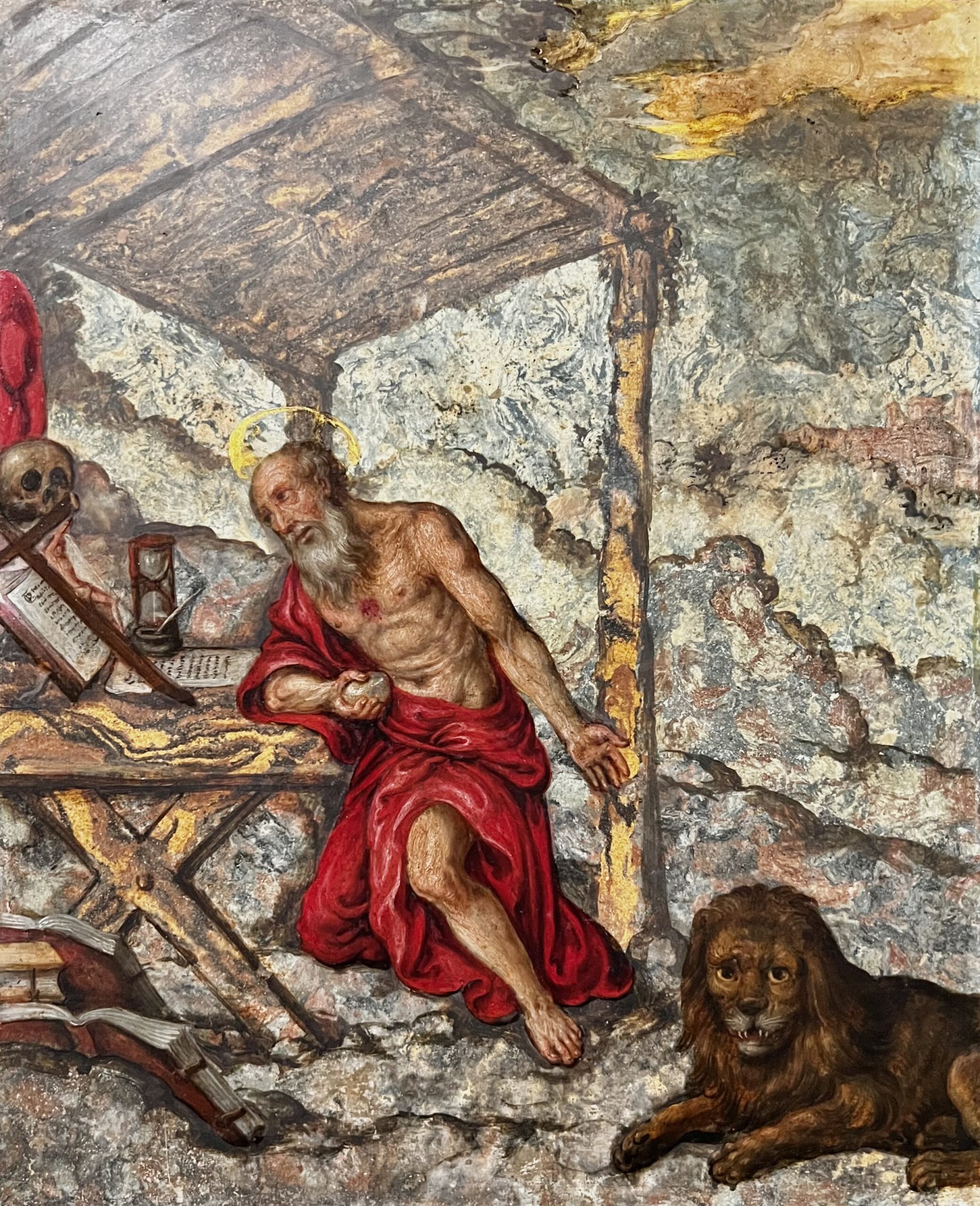
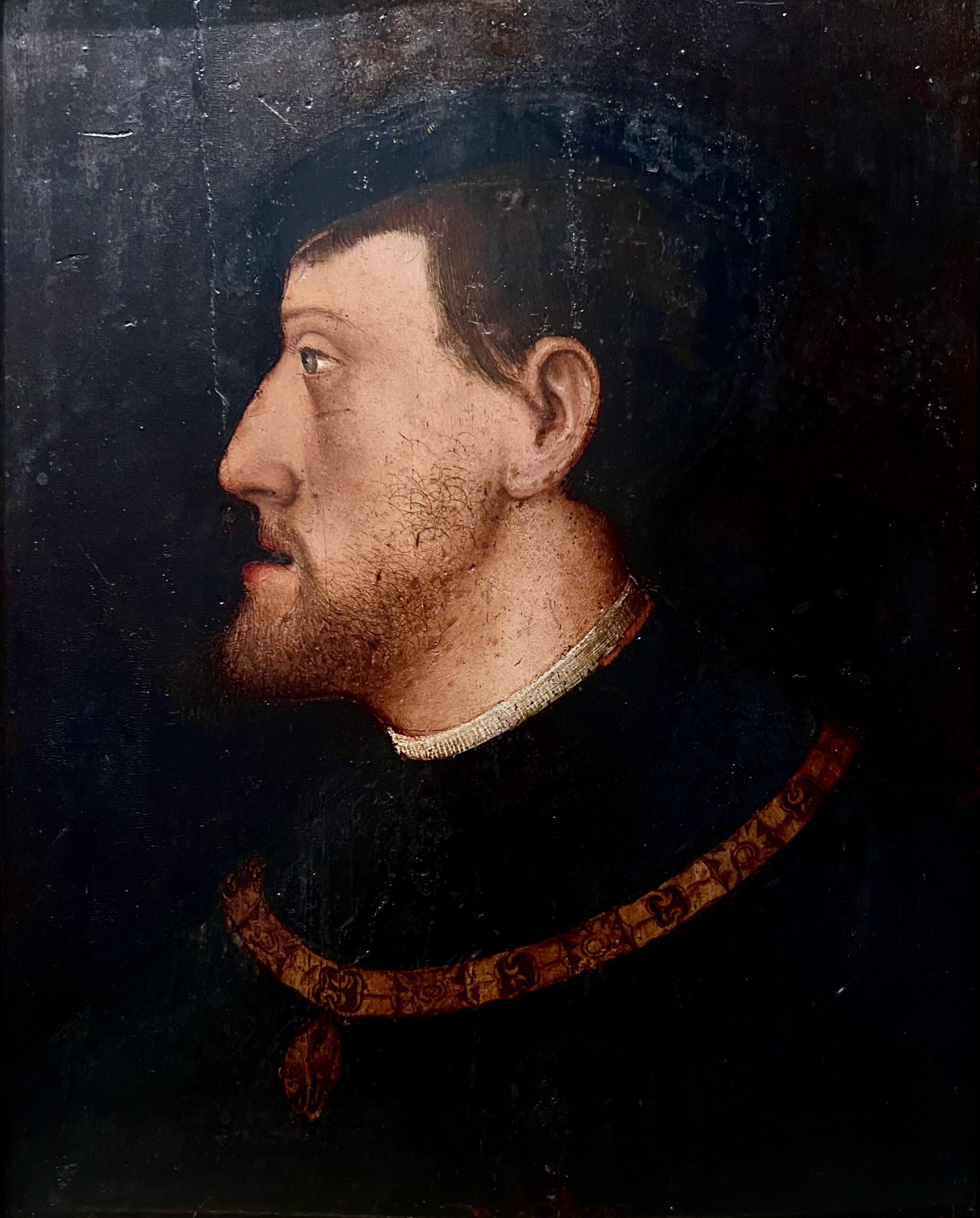
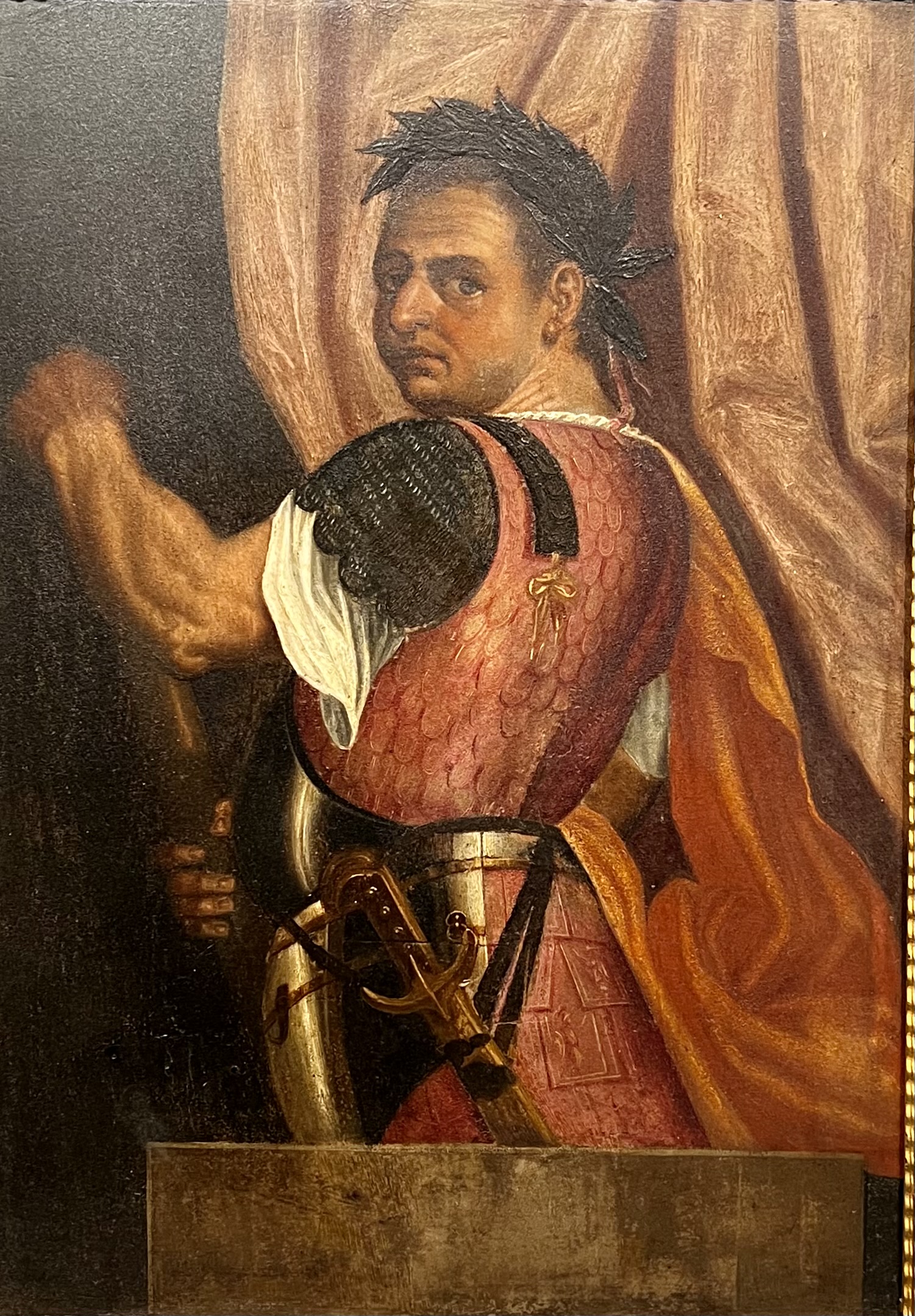
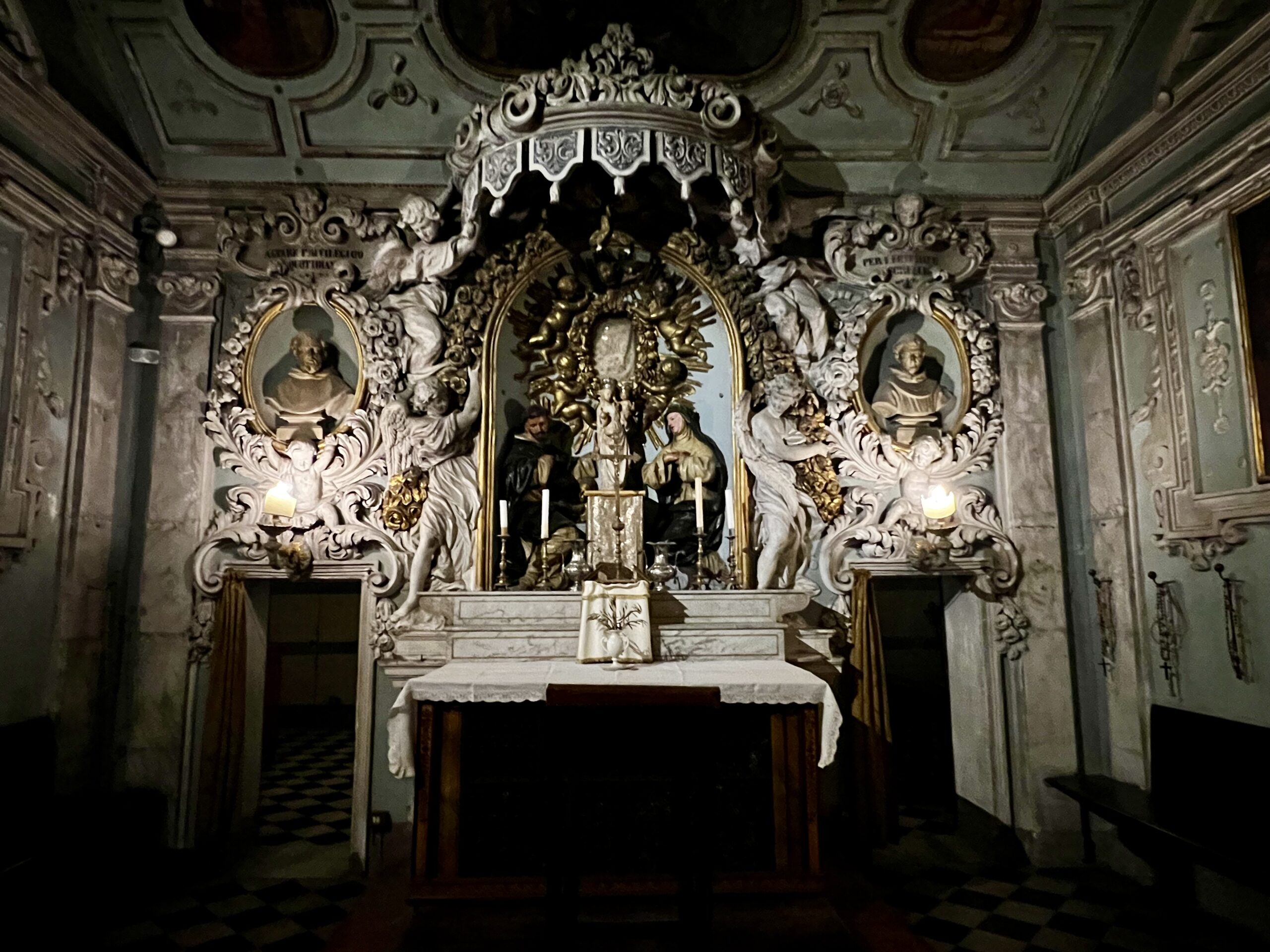
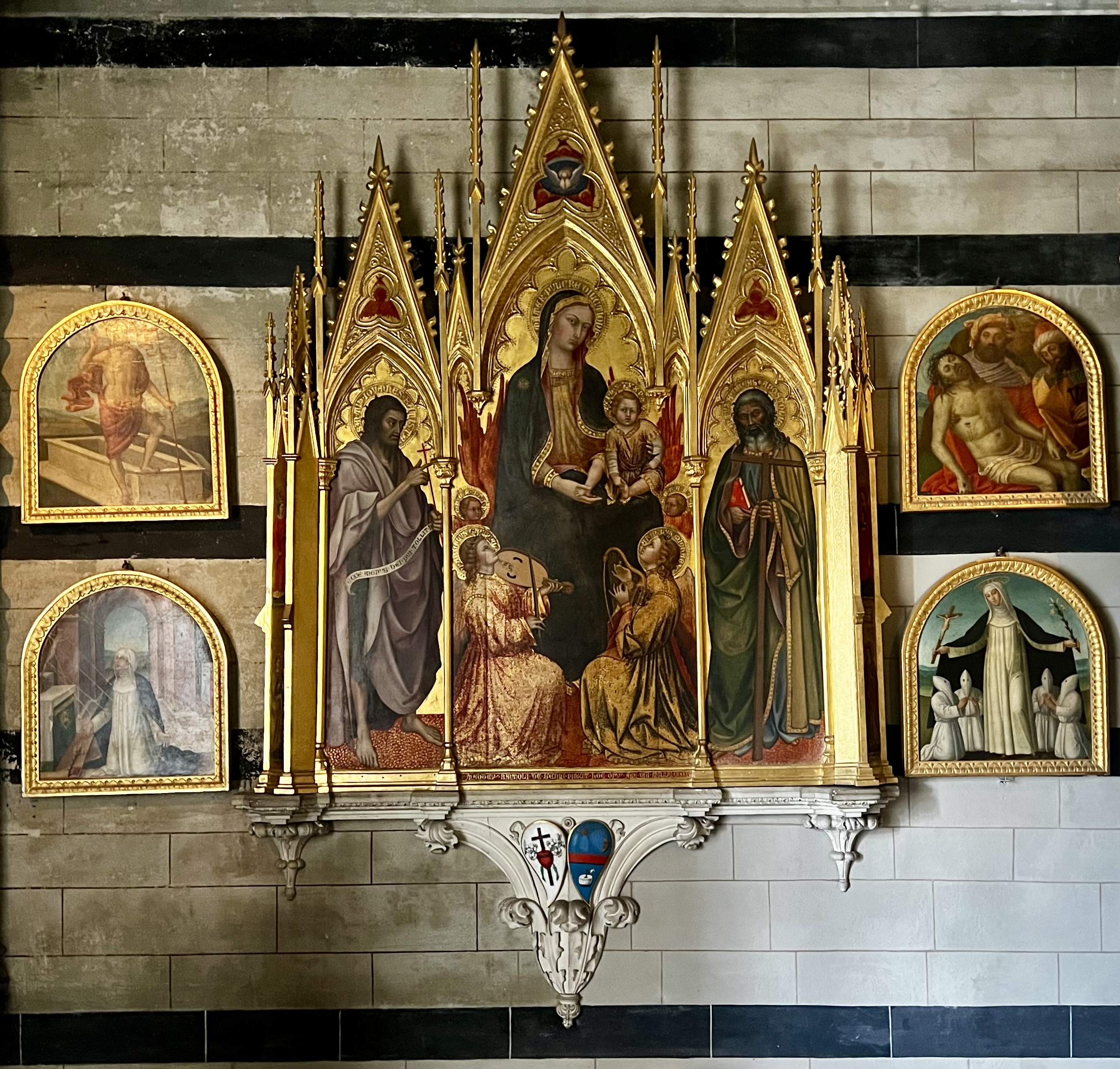


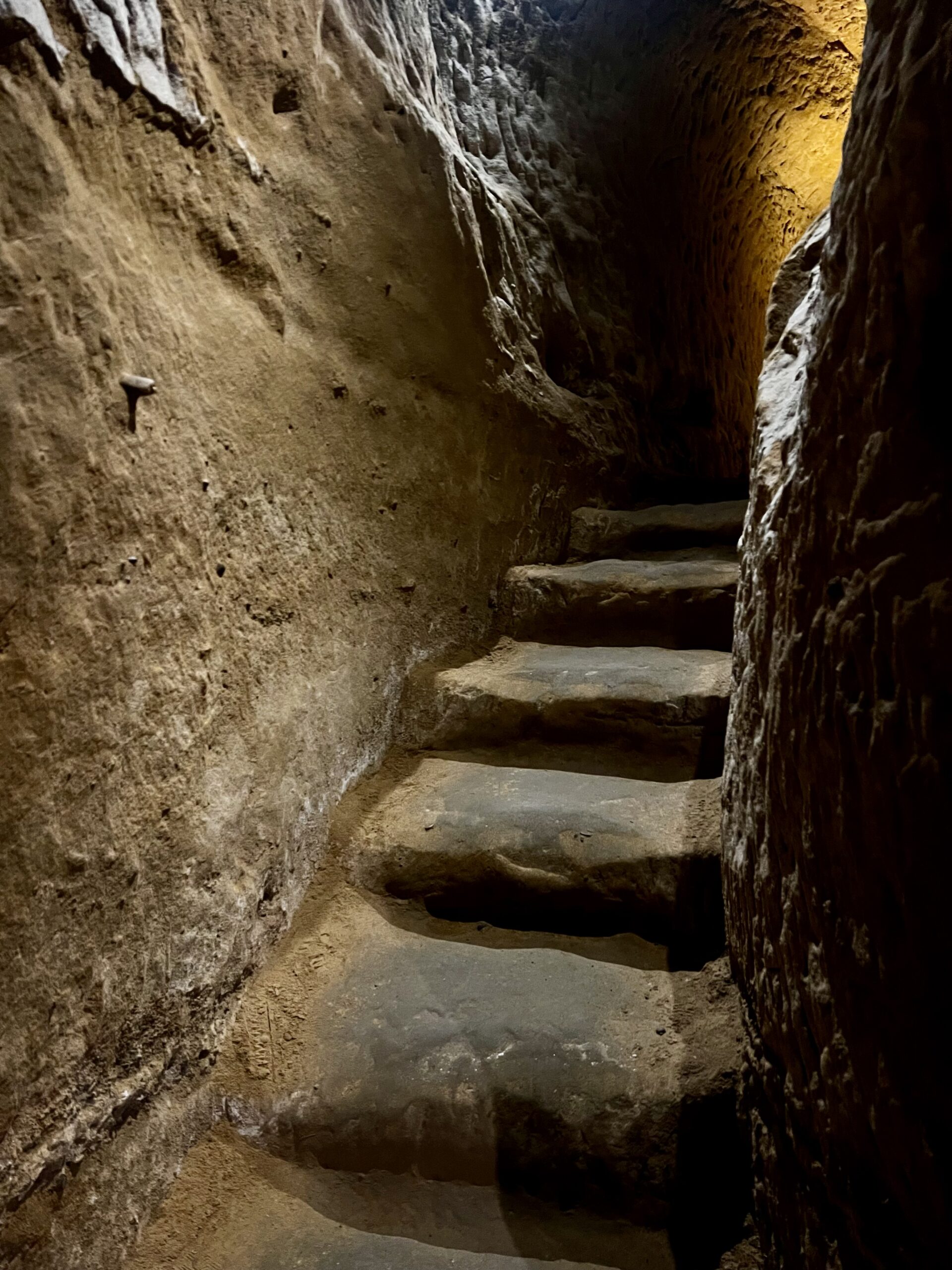
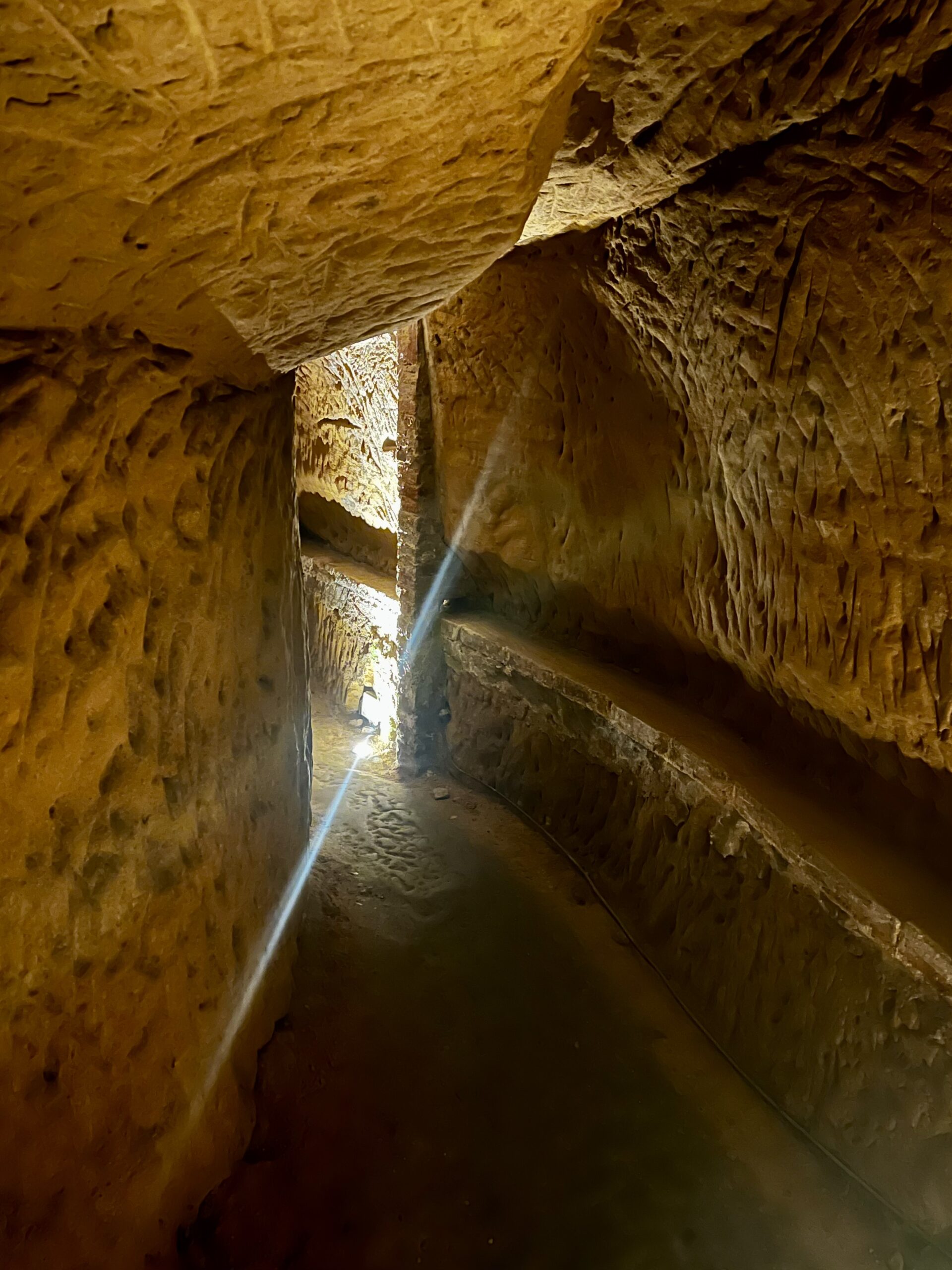
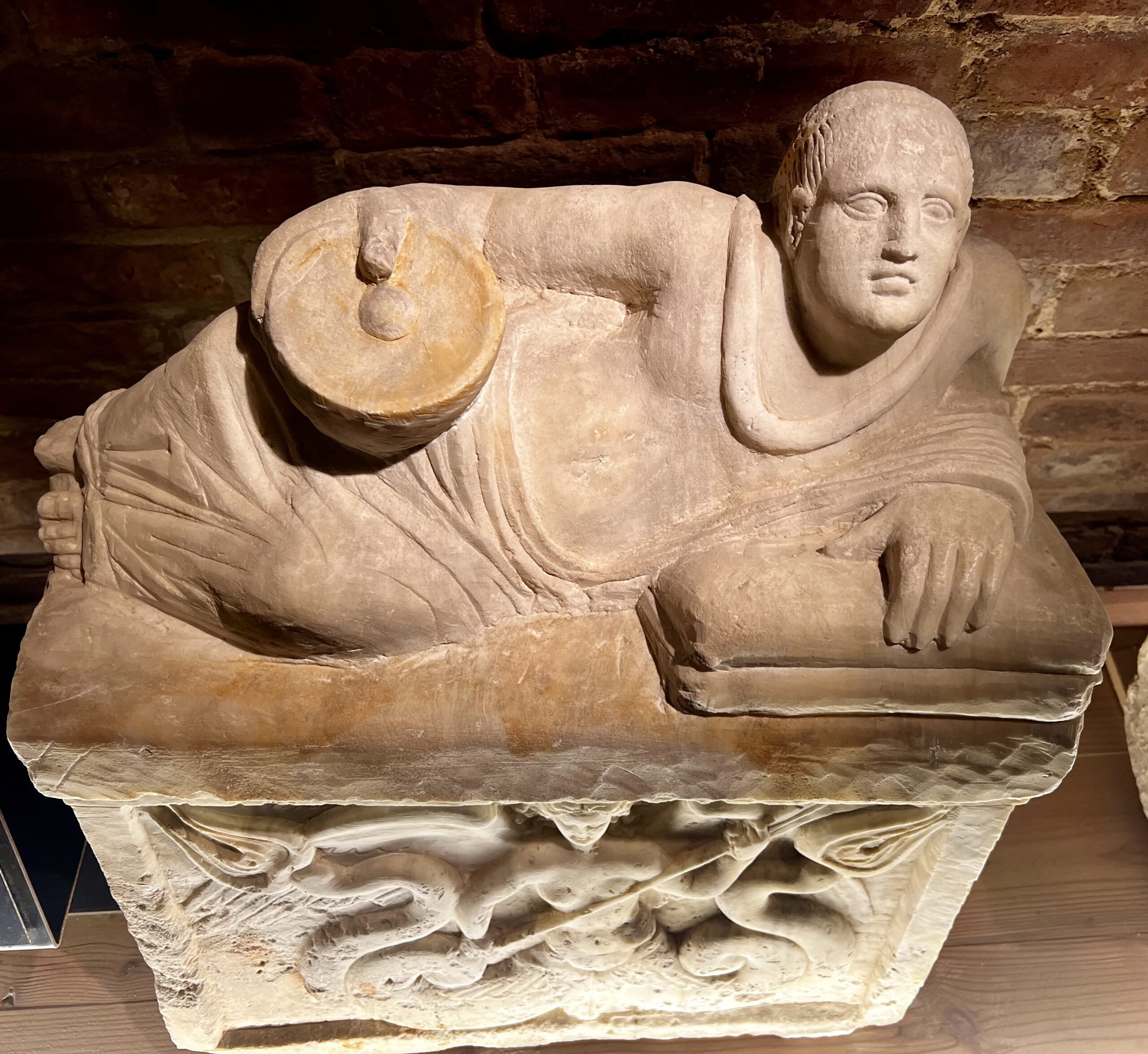

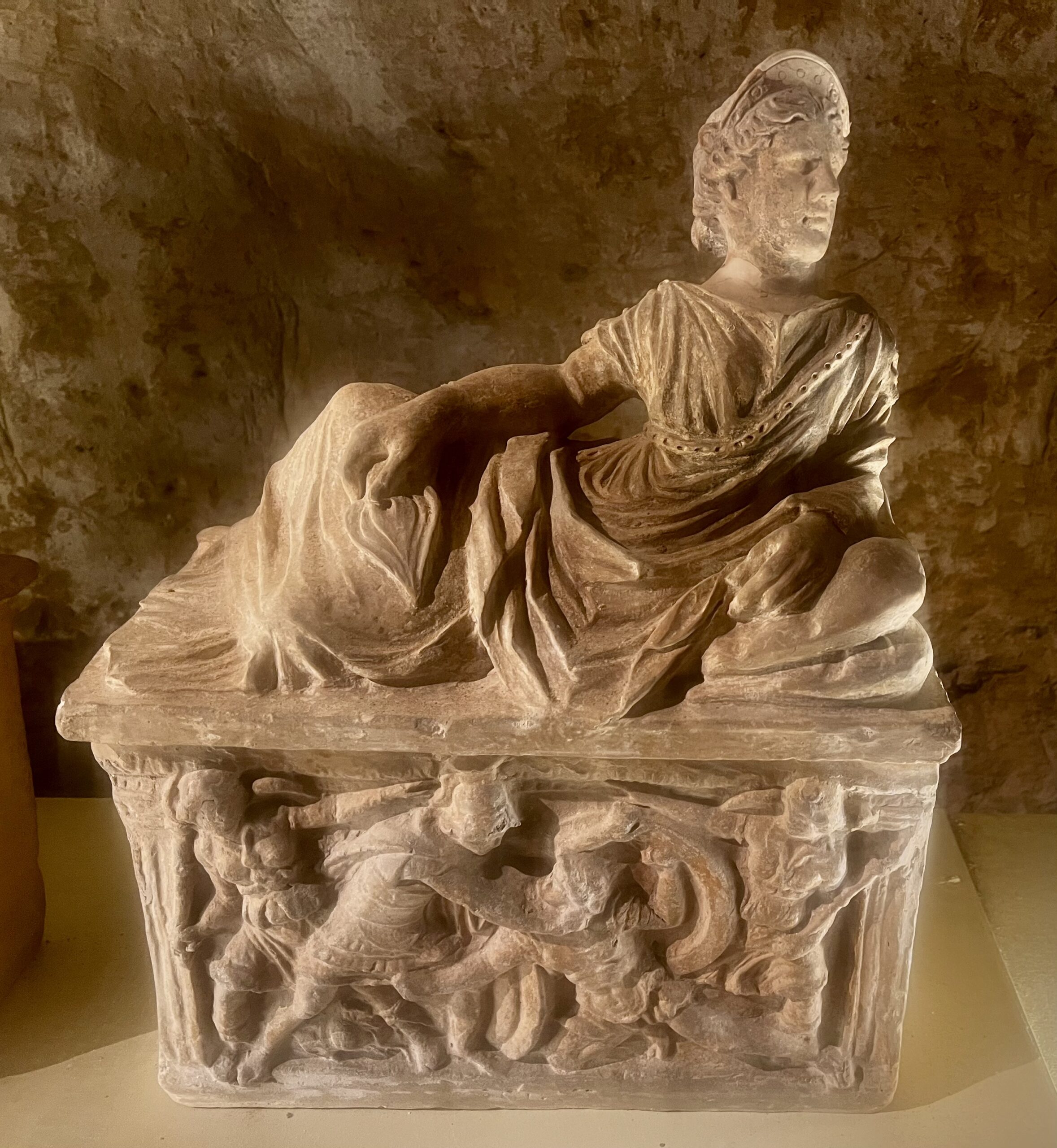
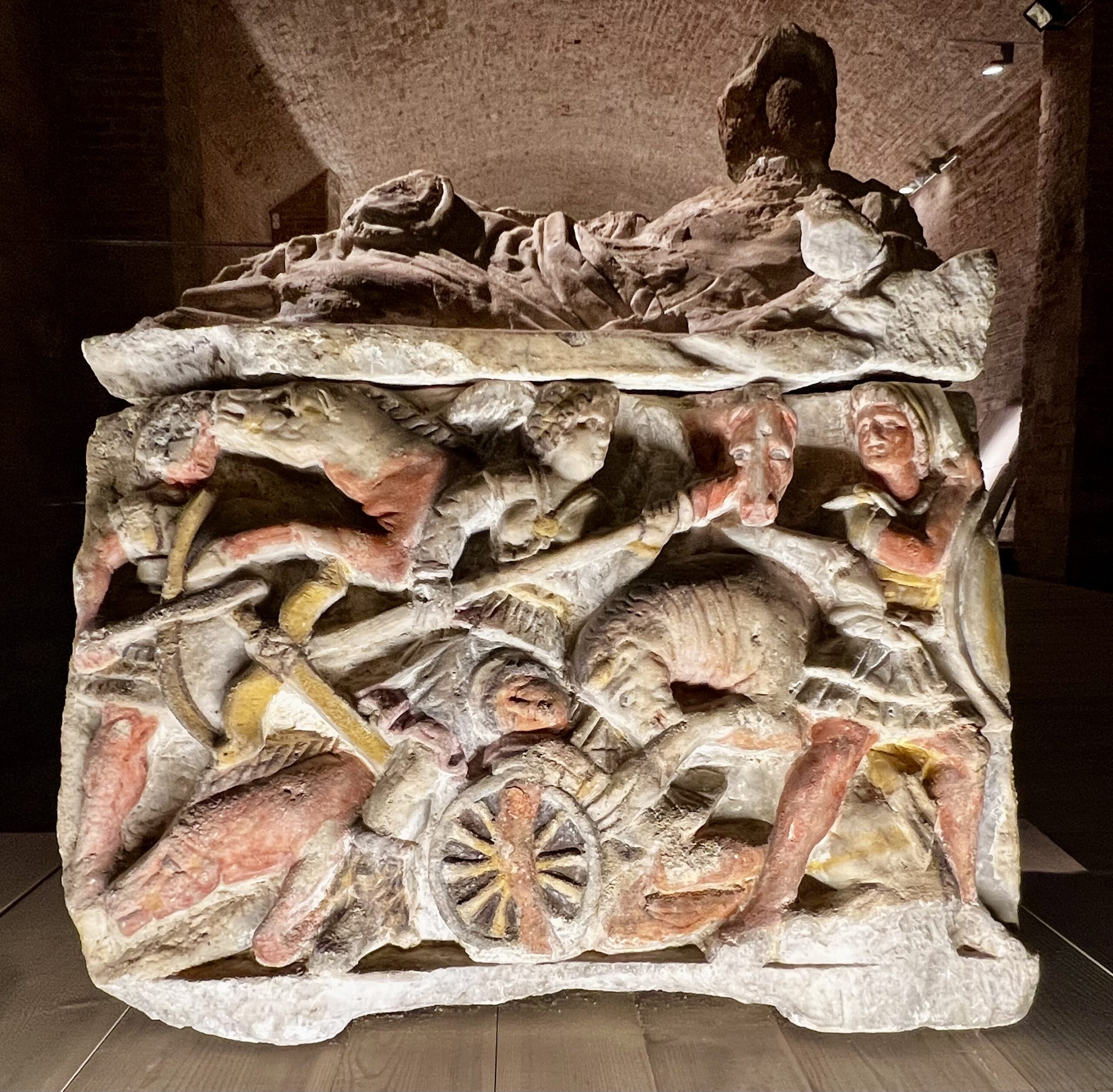
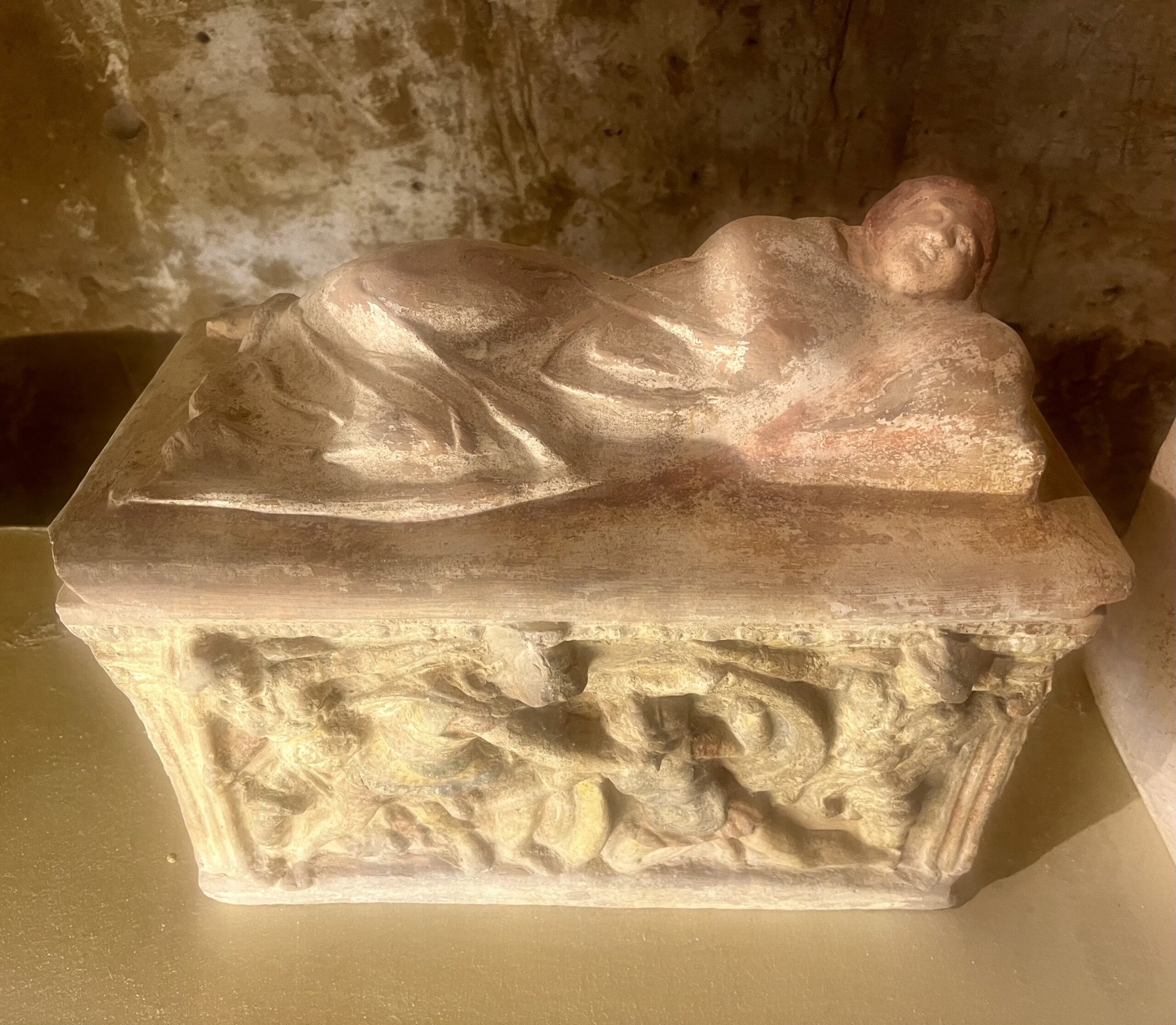
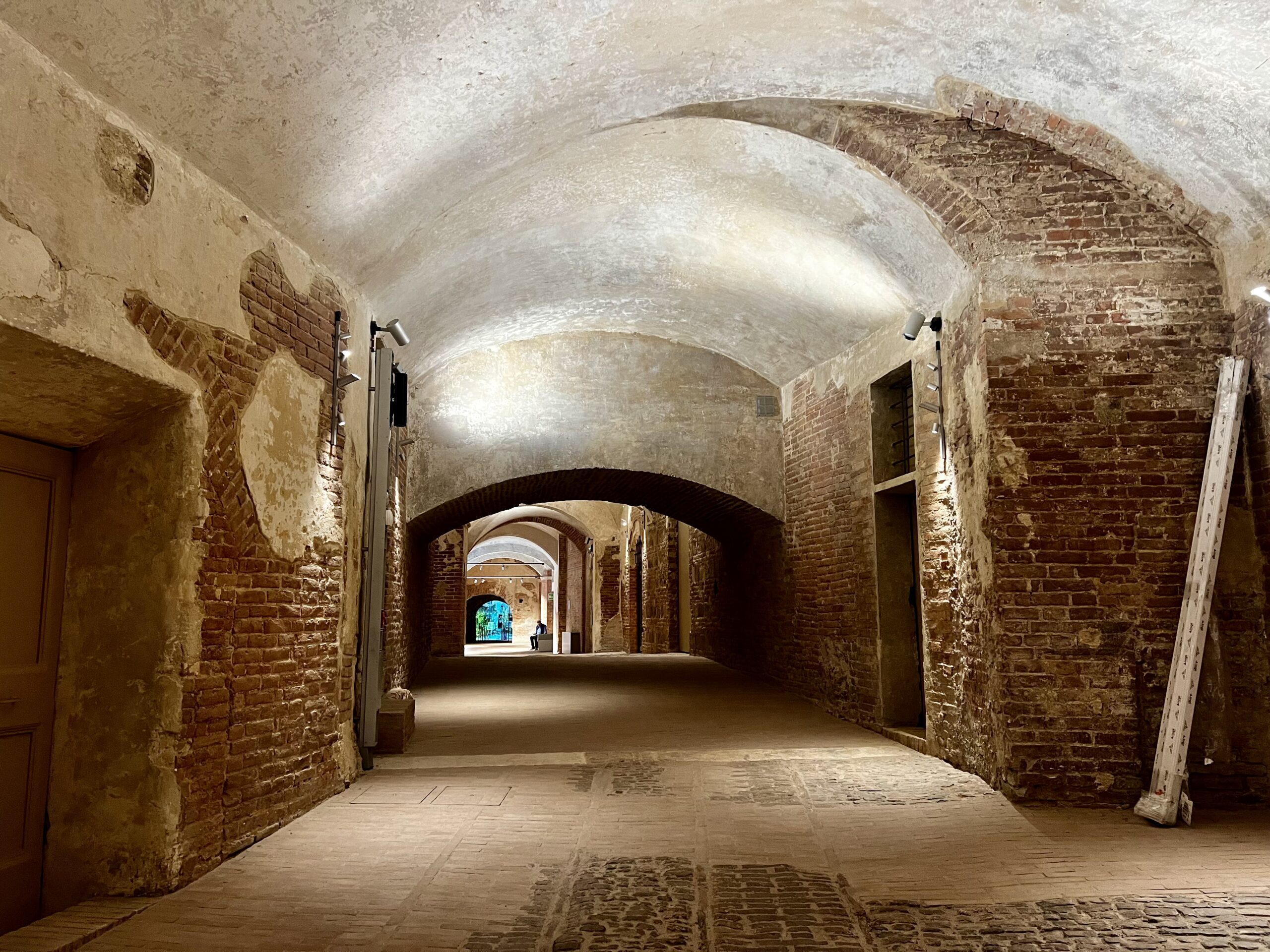
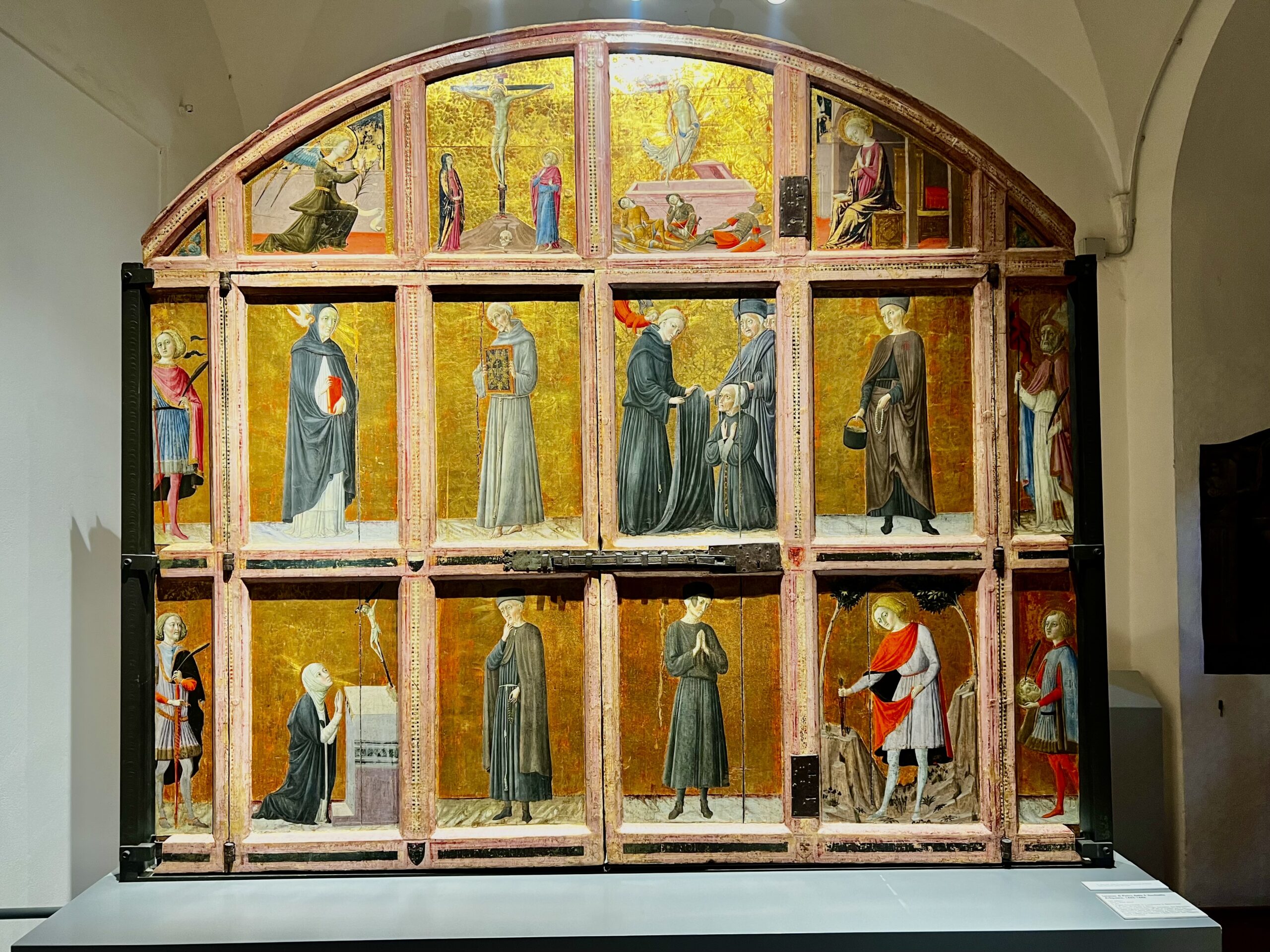
Wandering a Teensy Bit
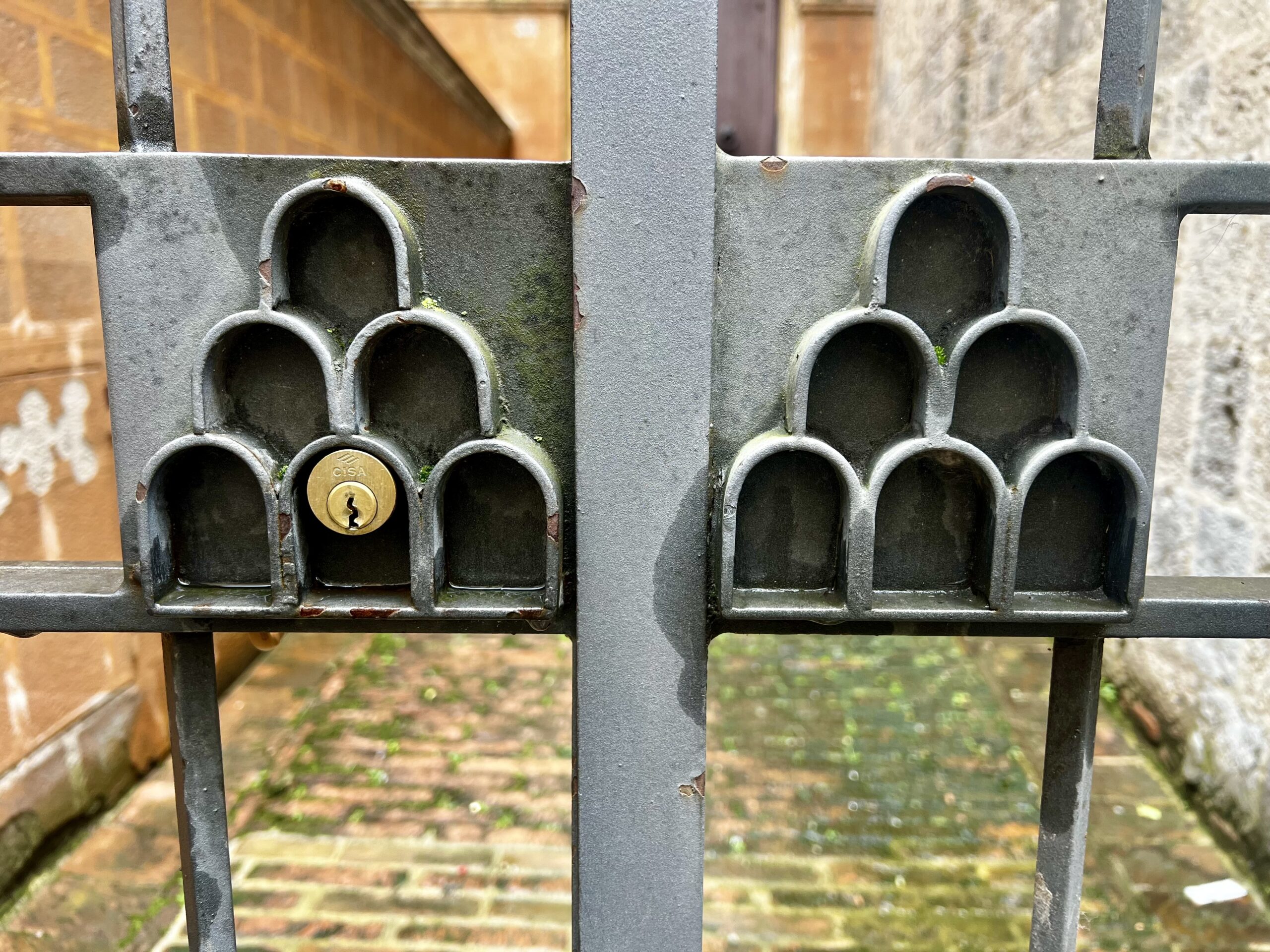
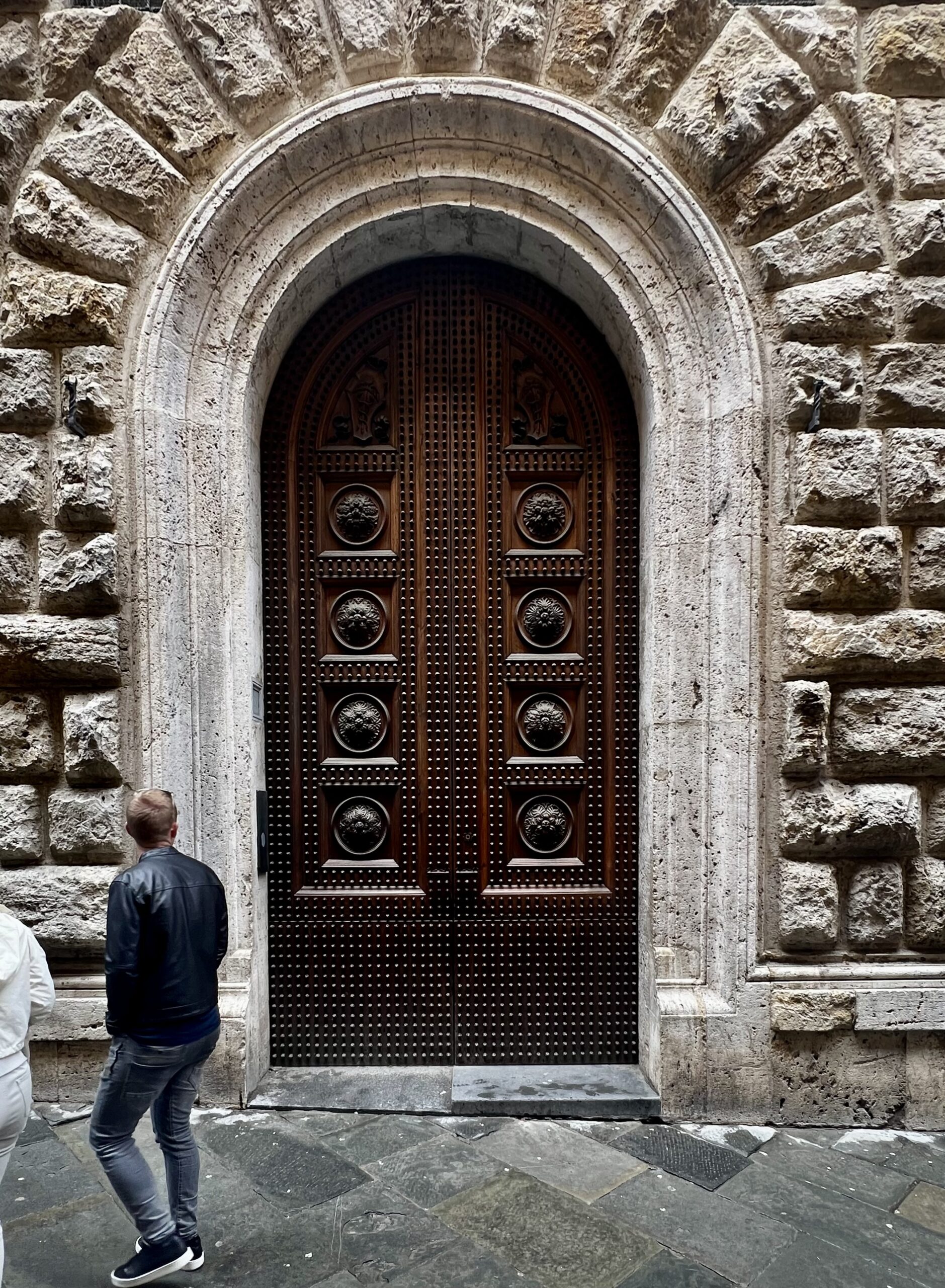
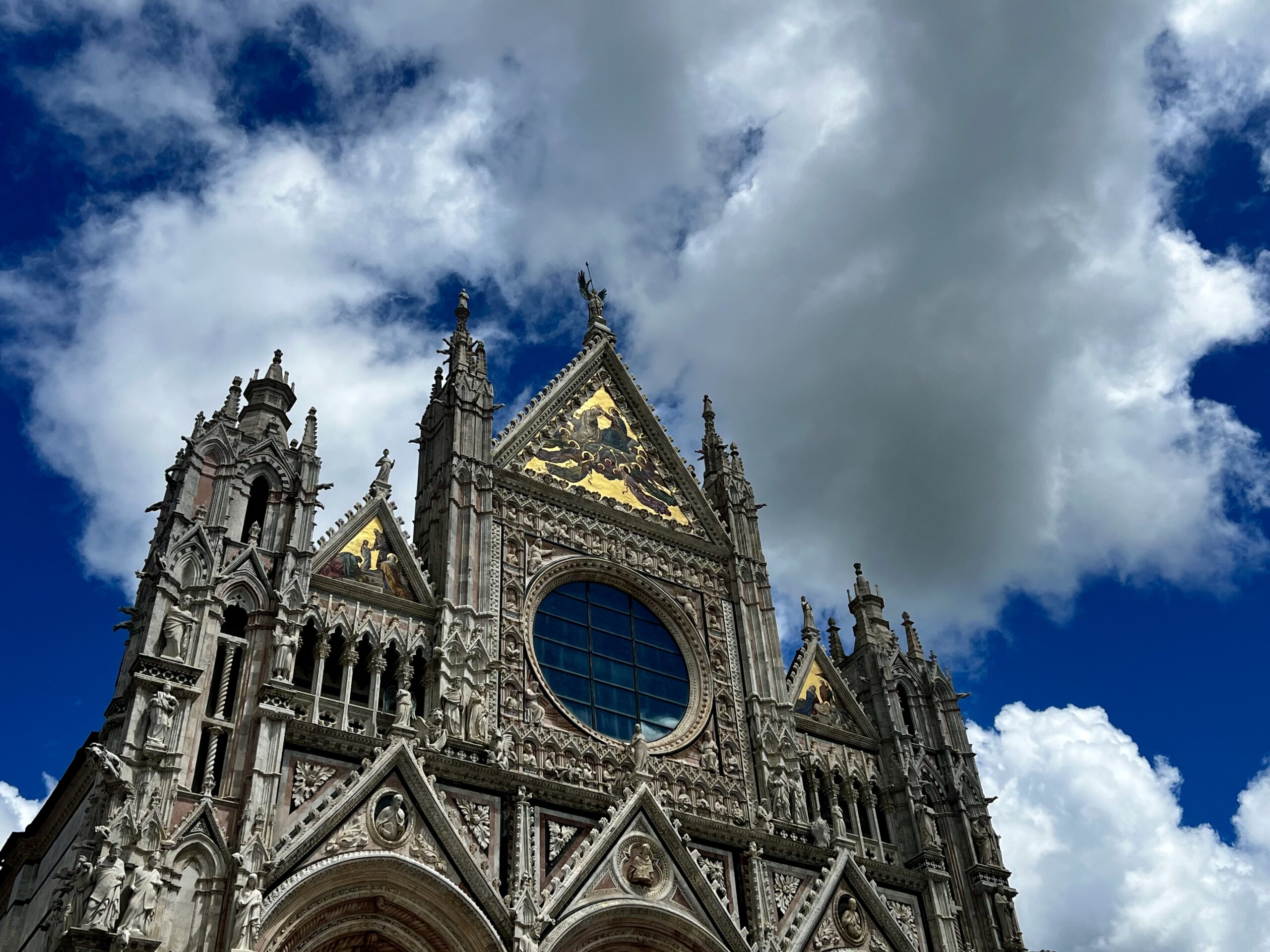


Another Day Trip
We took another drive out of Siena to have lunch and see historic towns in the area just north of Siena. This is not Sonoma or Napa where wine growers took advantage of land once used for pastures. From what we have seen, the area is comprised of wooded hillsides with patches of vineyards.

Osteria La Gramola
Before our trip to Italy, Robert posted a query to a Facebook group asking about Siena—advice on places to see, questions about how to get around, and the like. One person responded with a persuasive recommendation for this osteria, a forty-minute drive from Siena. Well worth it. Michelin agrees.
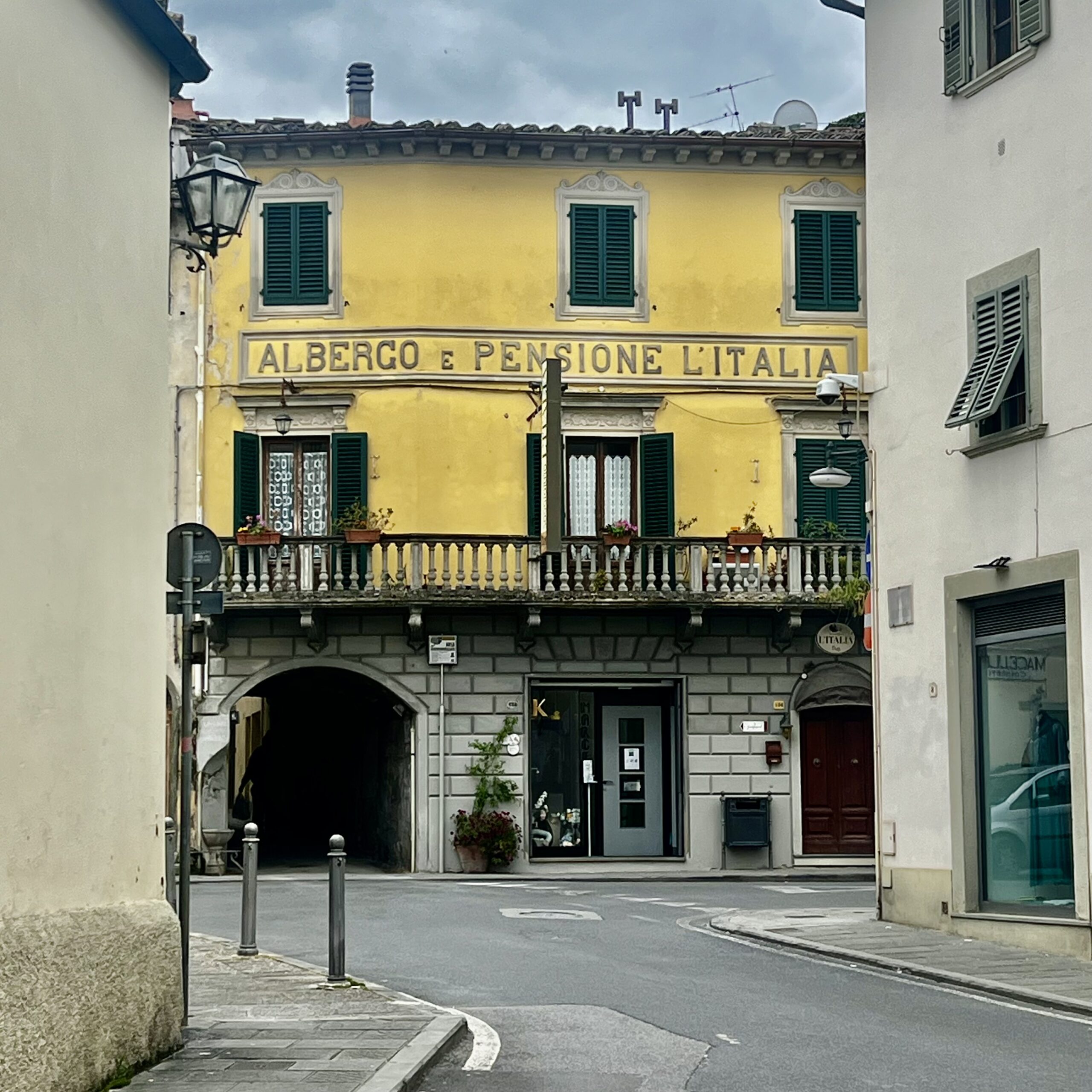

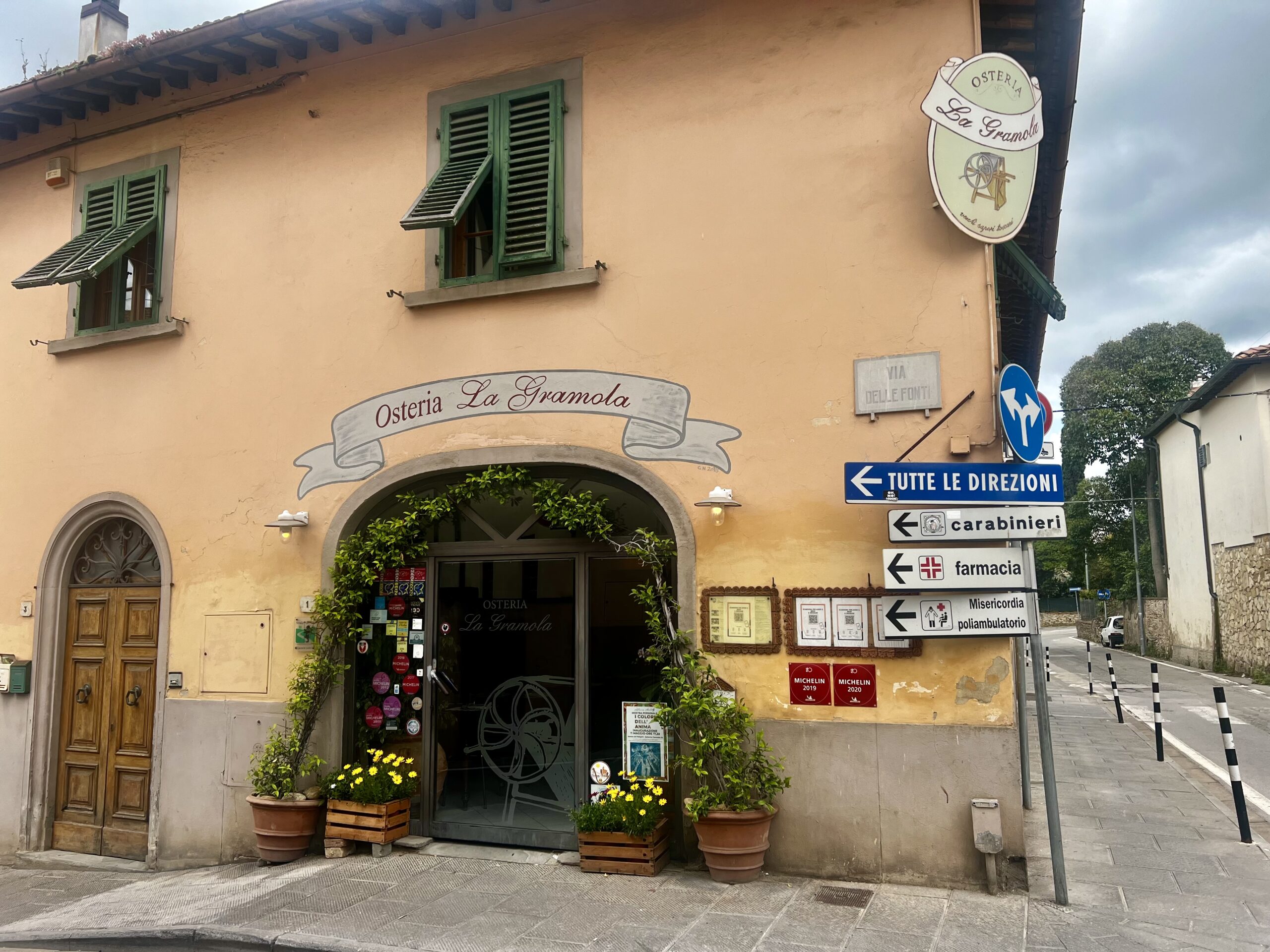
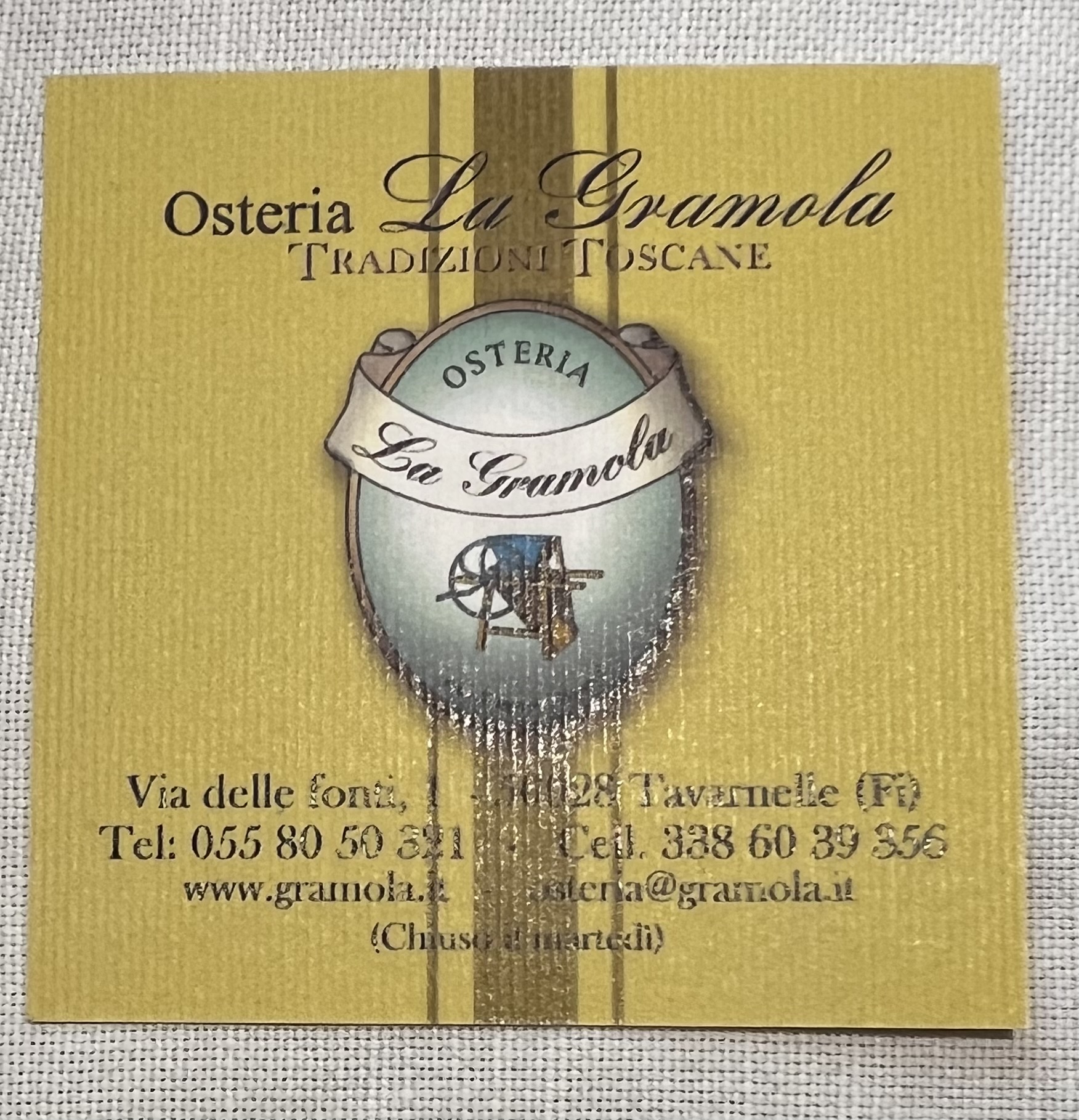
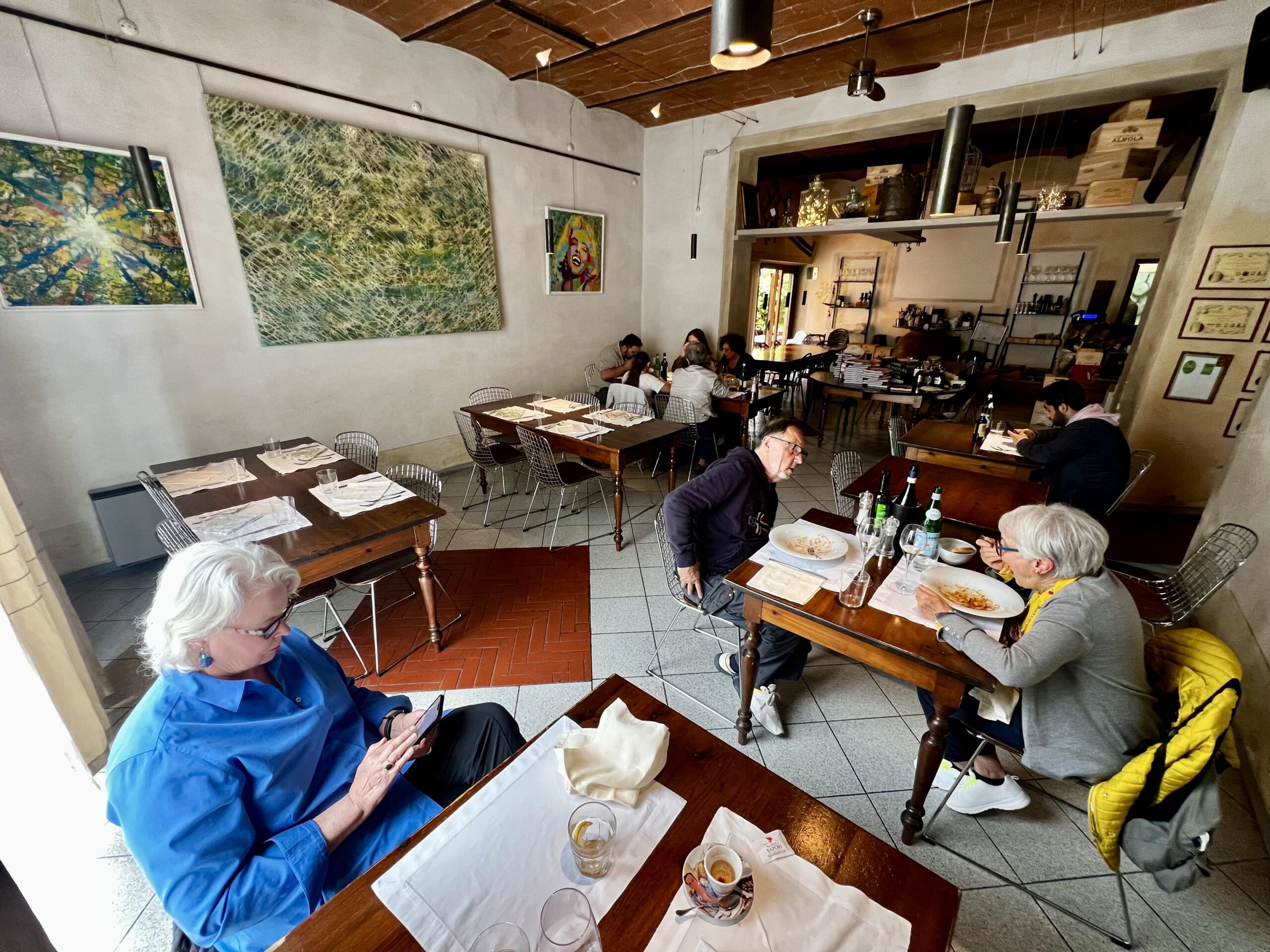
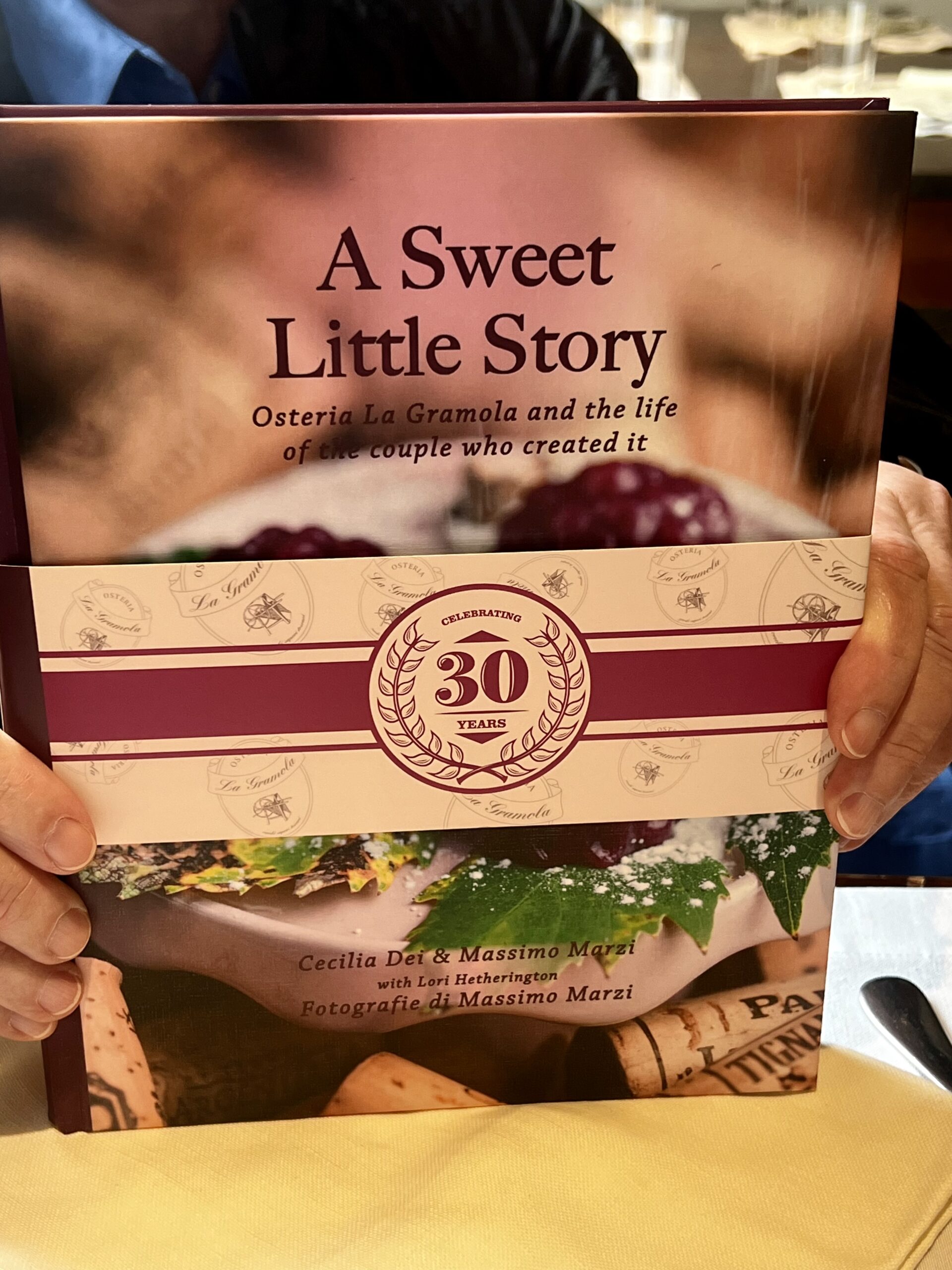
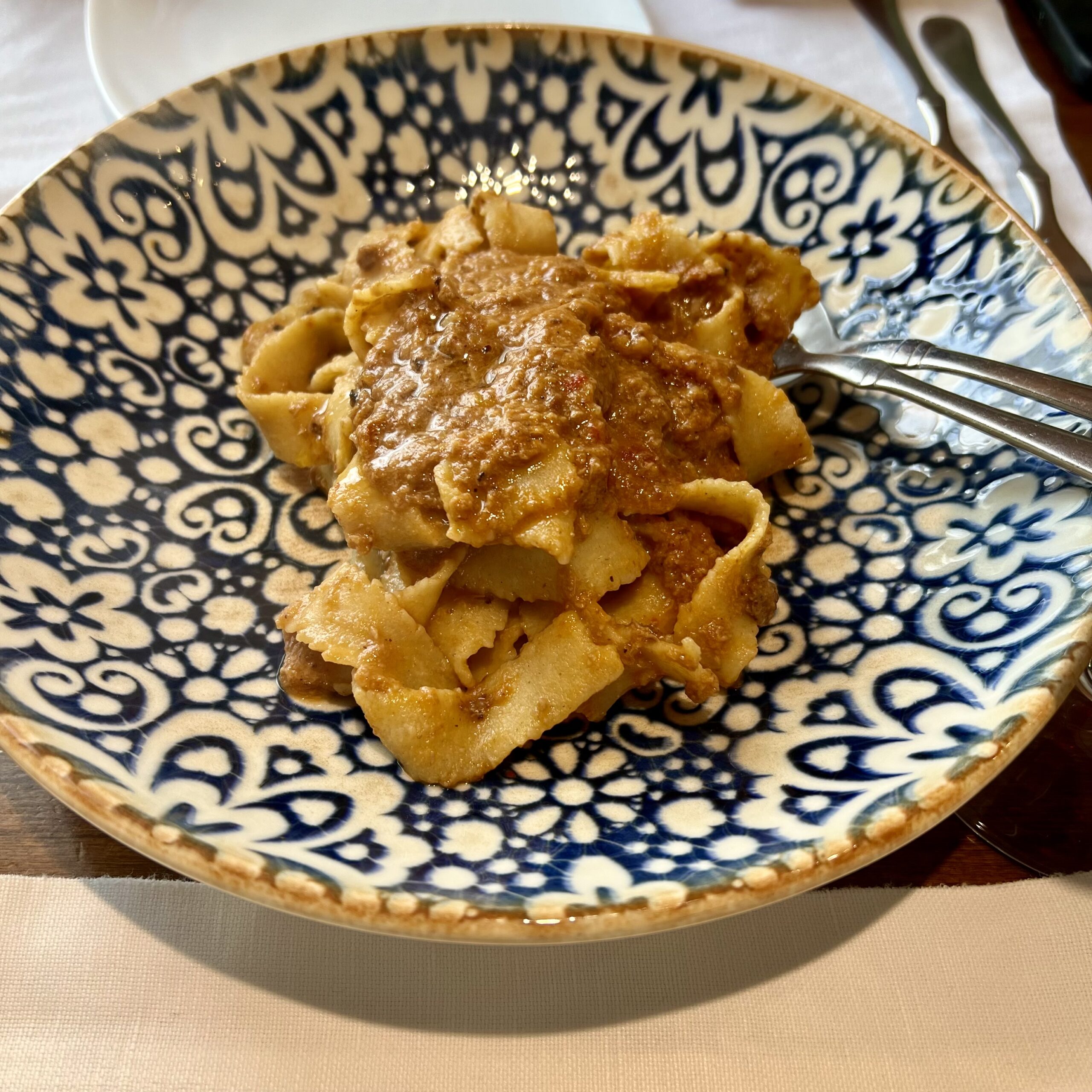
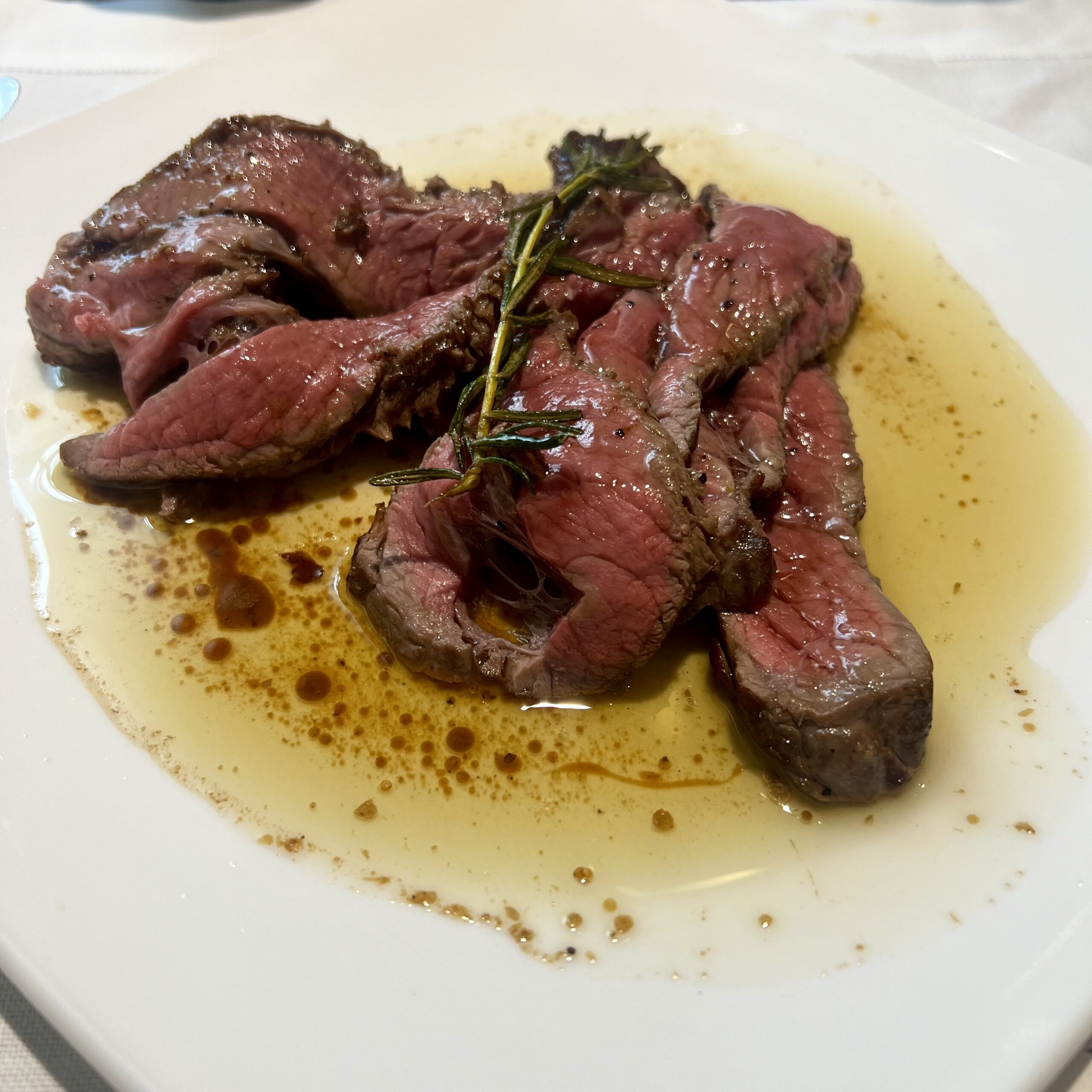
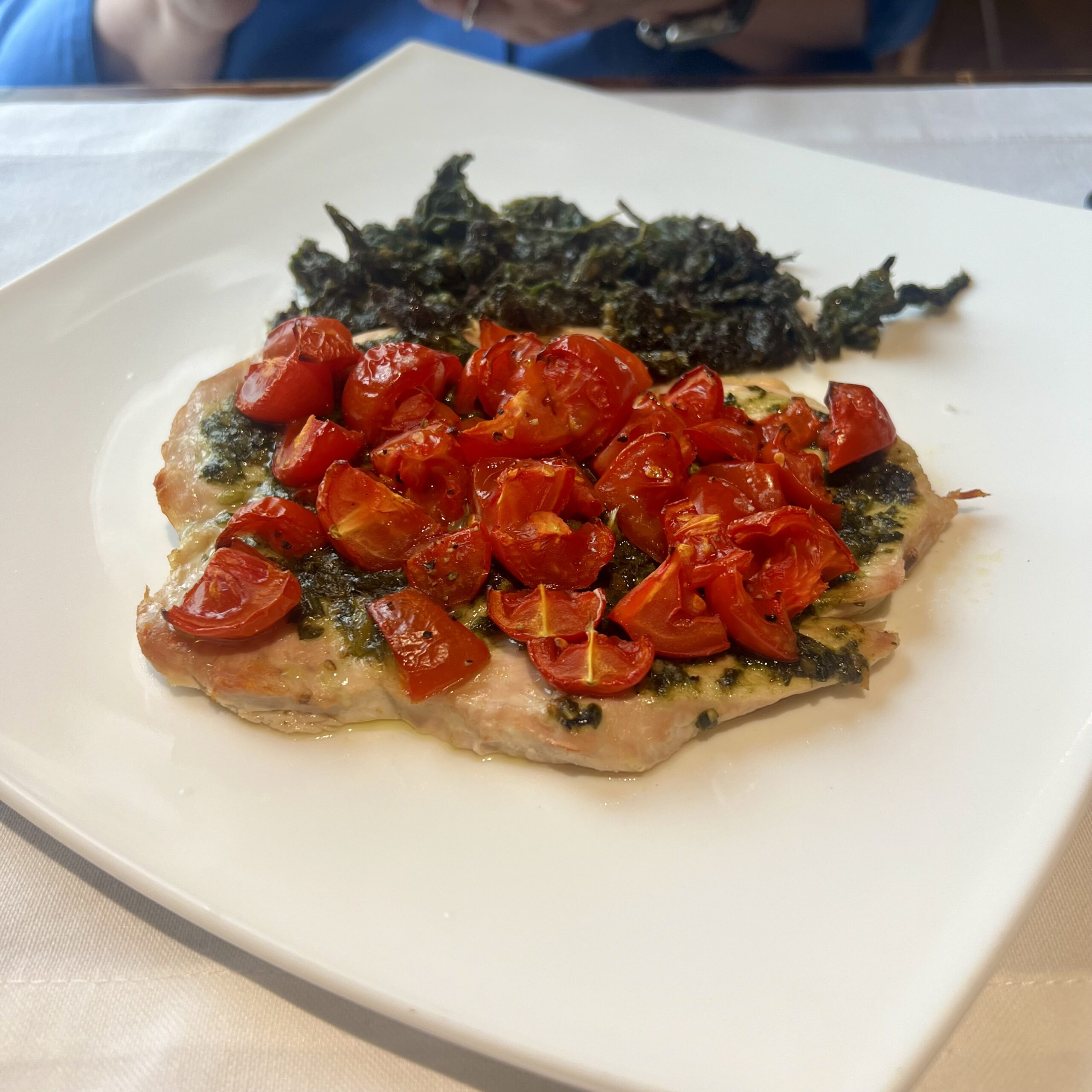
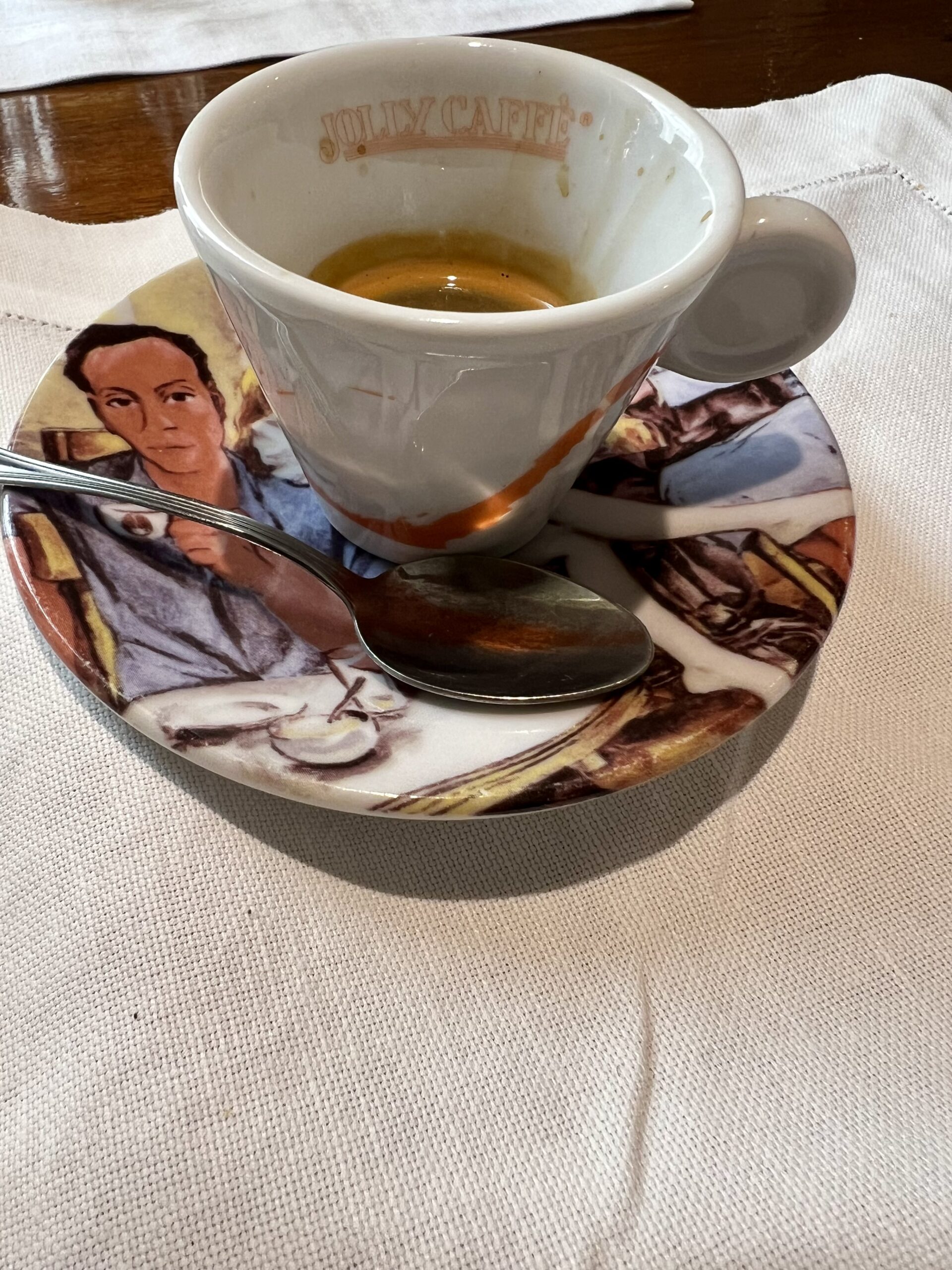
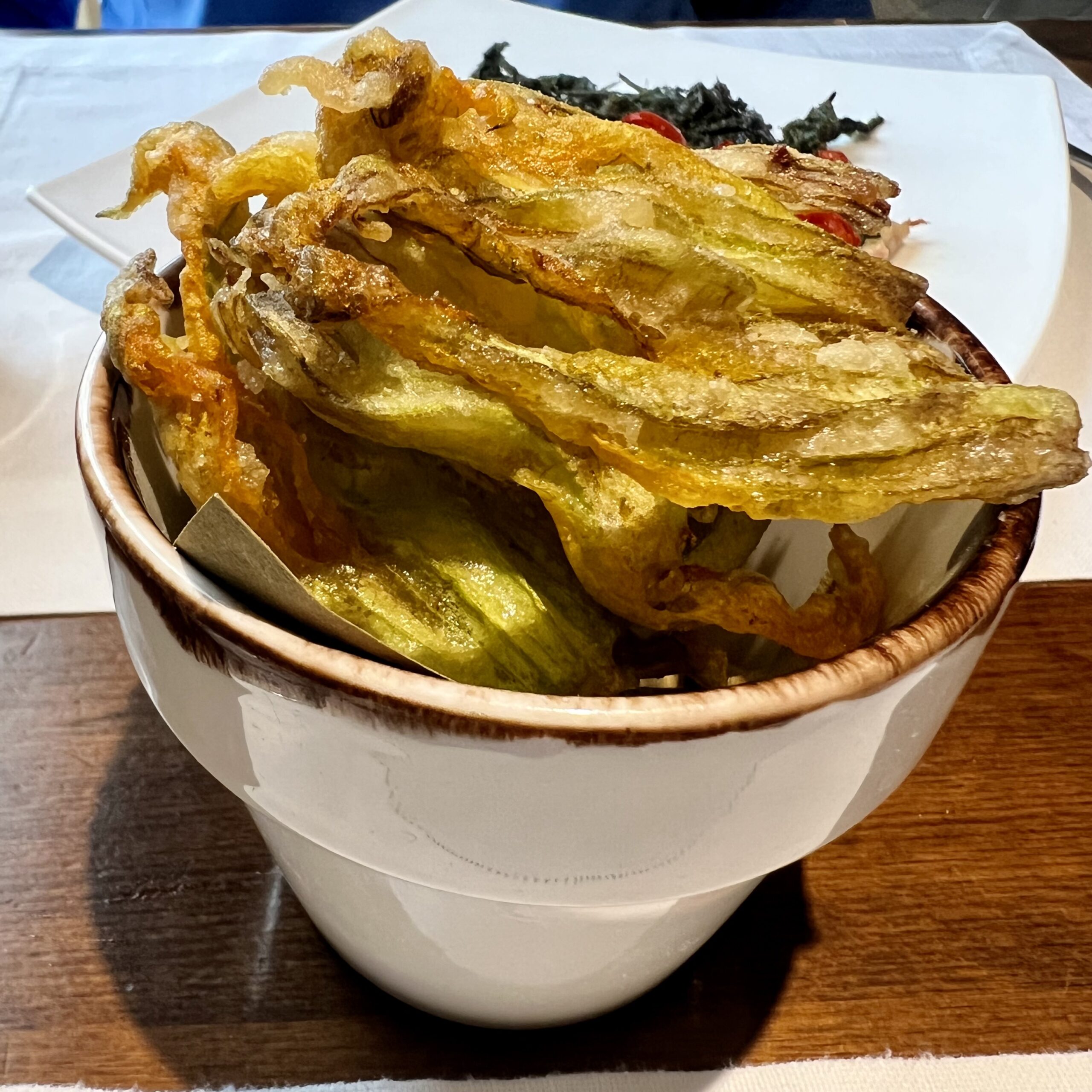
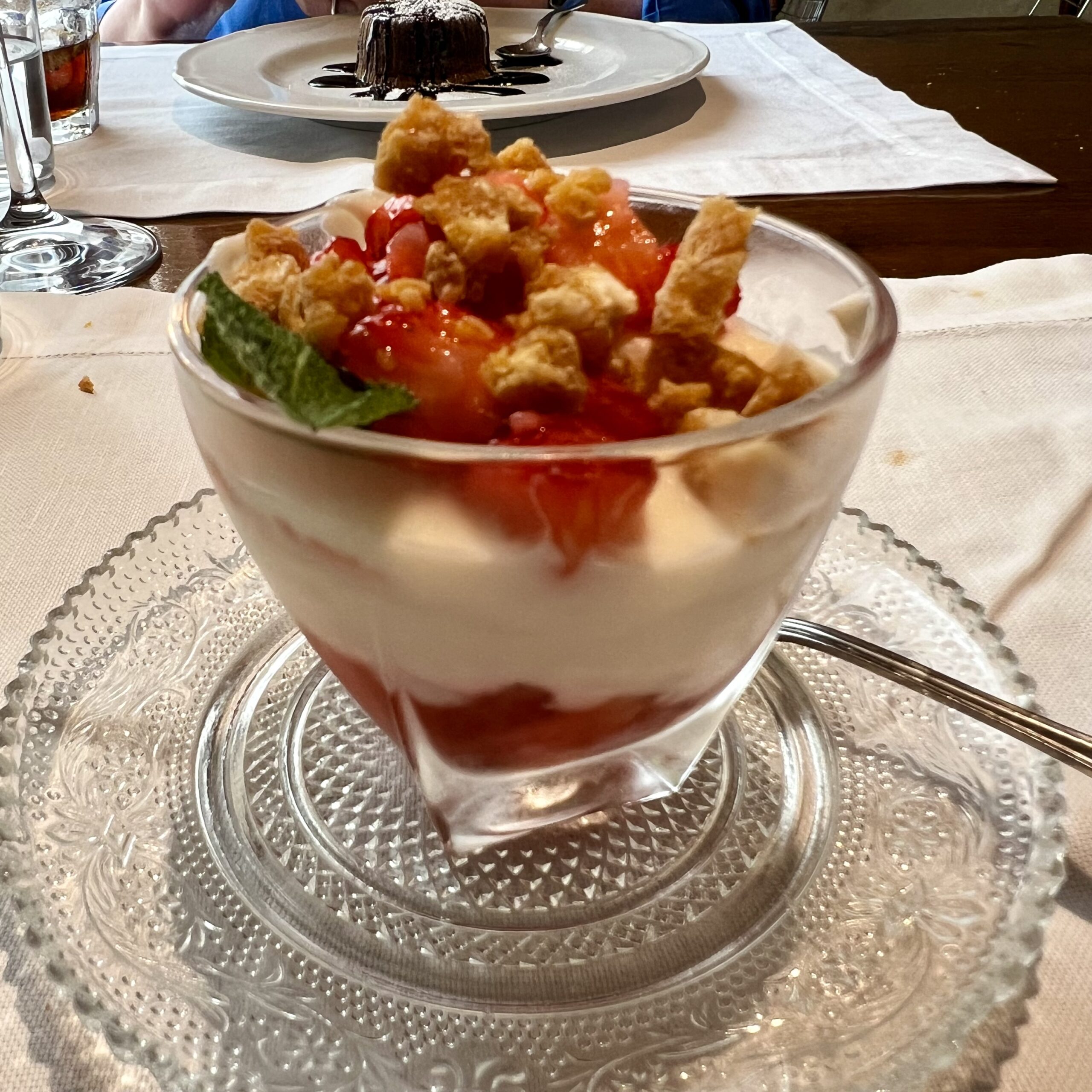
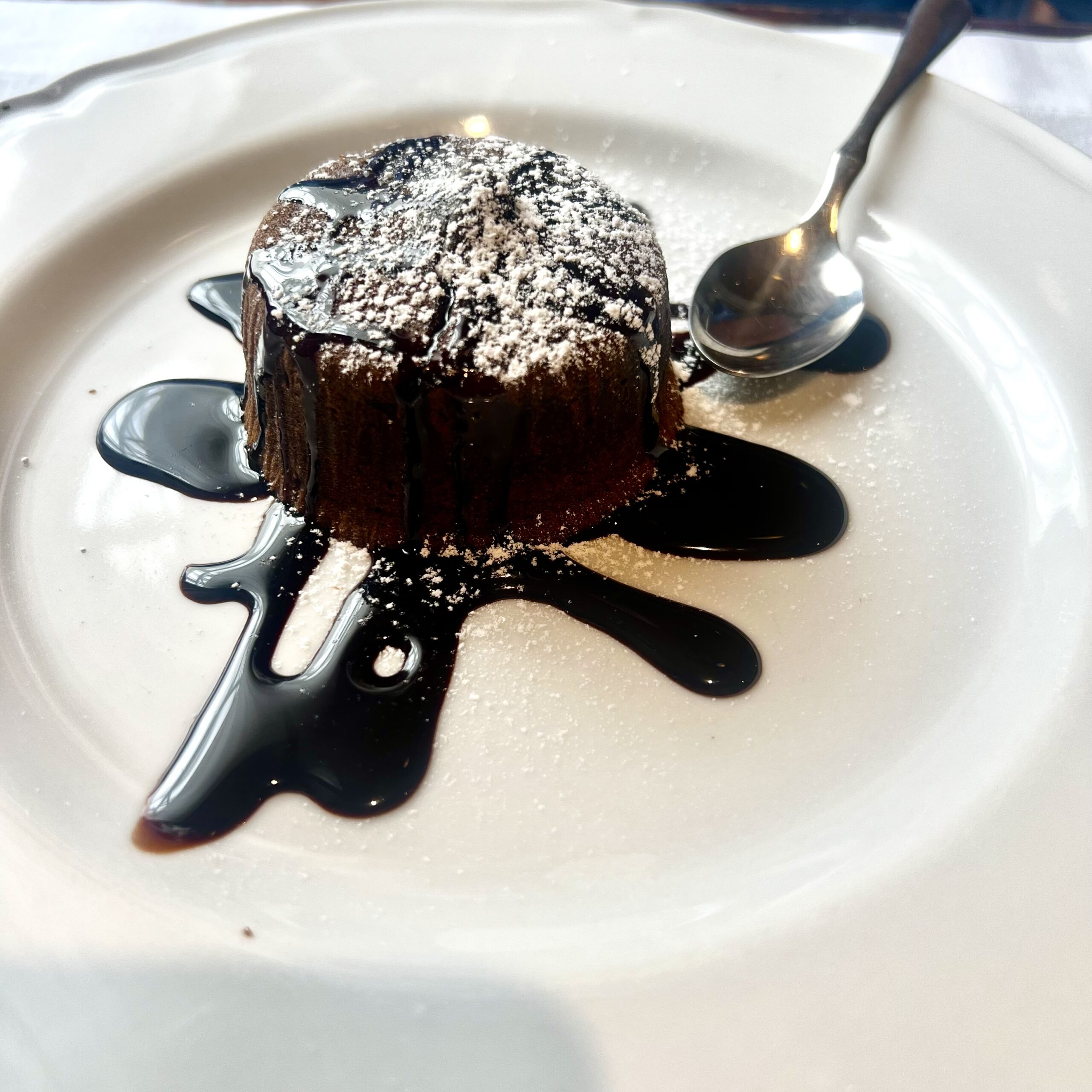
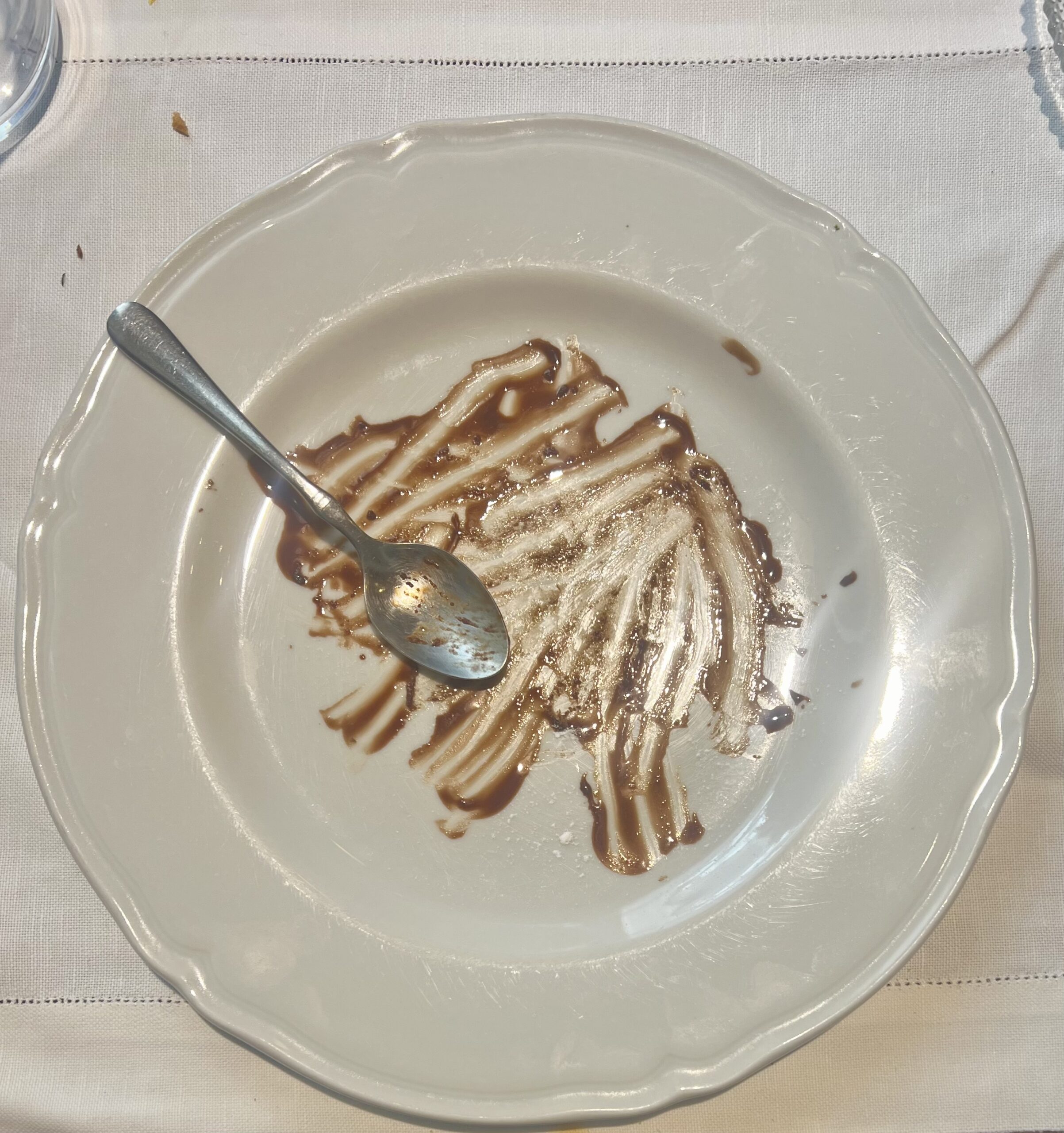
Colle di Val d’Elsa
We are committed to exploring Tuscany, but approaching every little town can be a challenge of navigating a complex system of narrow streets, staying alert for all the street signs, figuring out an available legal place to park outside the pedestrian area, and then hiking in to the center/fortress/whatever. Robert uses Waze navigation in the car. (Much improved since our trip in 2022.) At the same time Bonnie is checking against Google navigation on her phone. She also has a guidebook and road atlas on her lap. We still make a few wrong turns.
We did know what to expect of Colle di Val d’Elsa, but it was on our route and listed in our guidebook. We found the public parking lot and looked up, up, up to the old town. Incredibly high above us. Despite all the signs pointing toward the public elevator, we discovered it has been broken for two years. We decided to stay low.
So we went to the museum of crystal glass. The town produces ninety-eight percent of the crystal produced in Italy, and they have recently developed a eco-friendly process that avoids the use of lead. The displays emphasize the variety of high-end designs for all types of glassware. Unexpected.
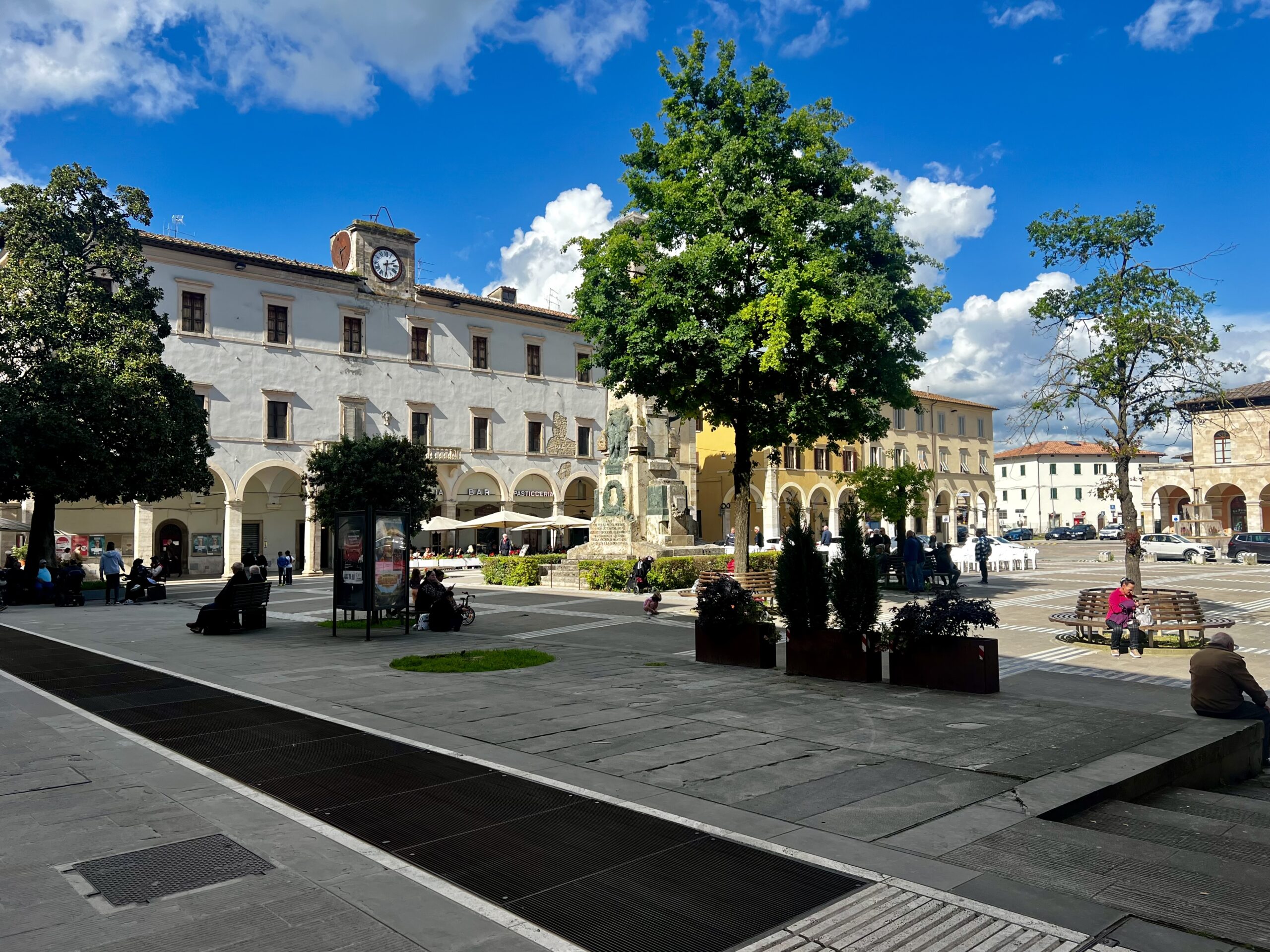
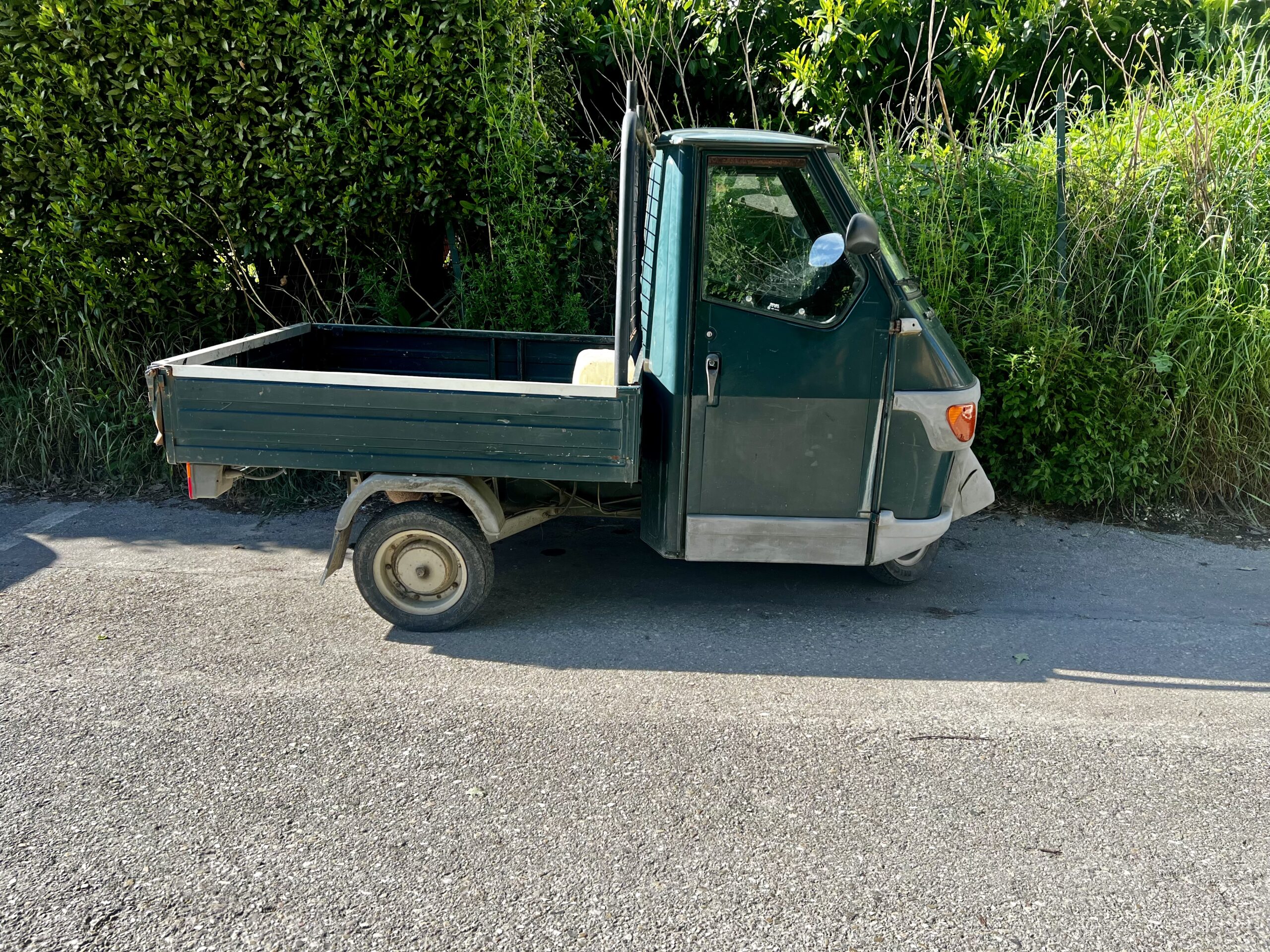
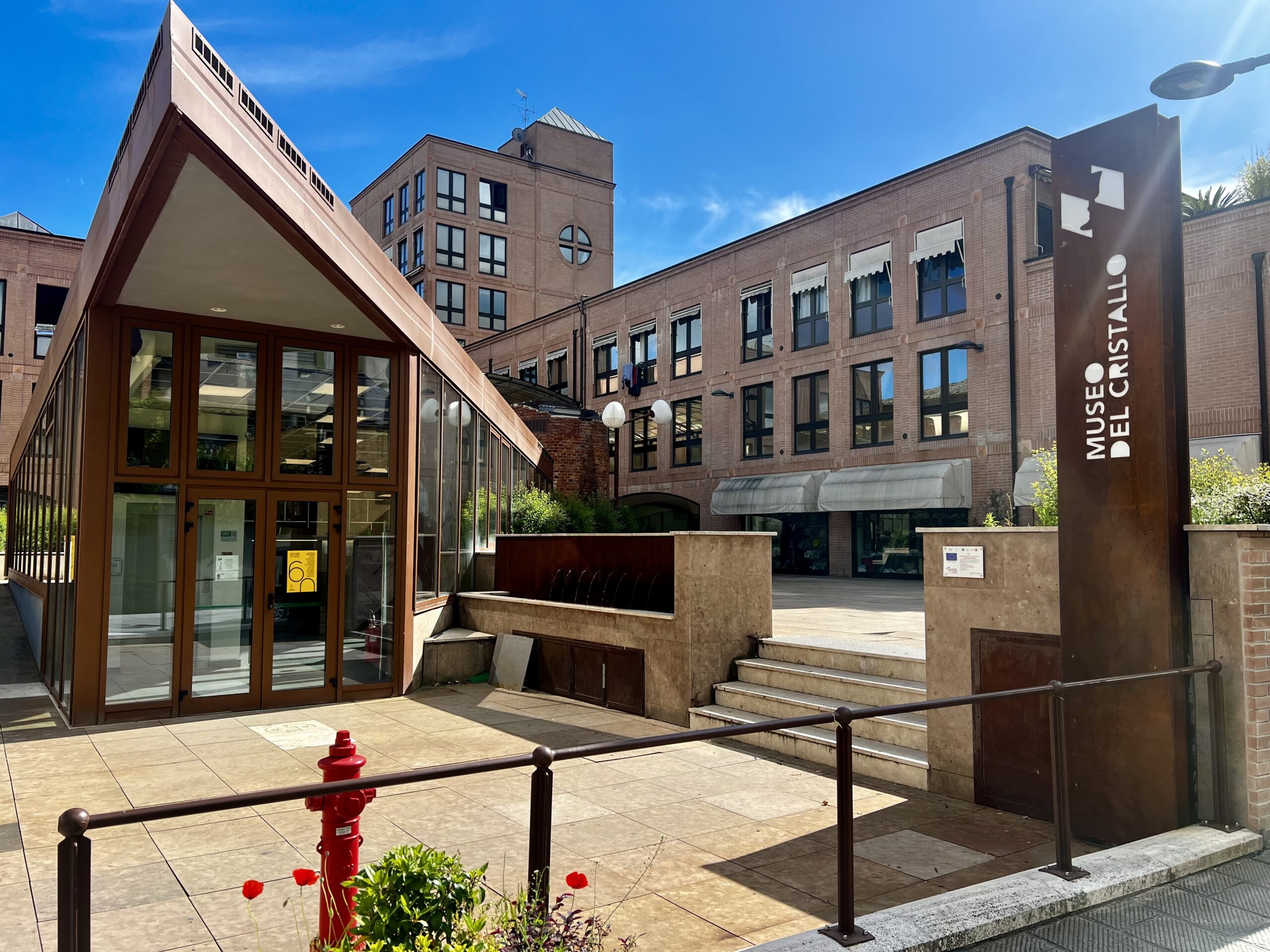
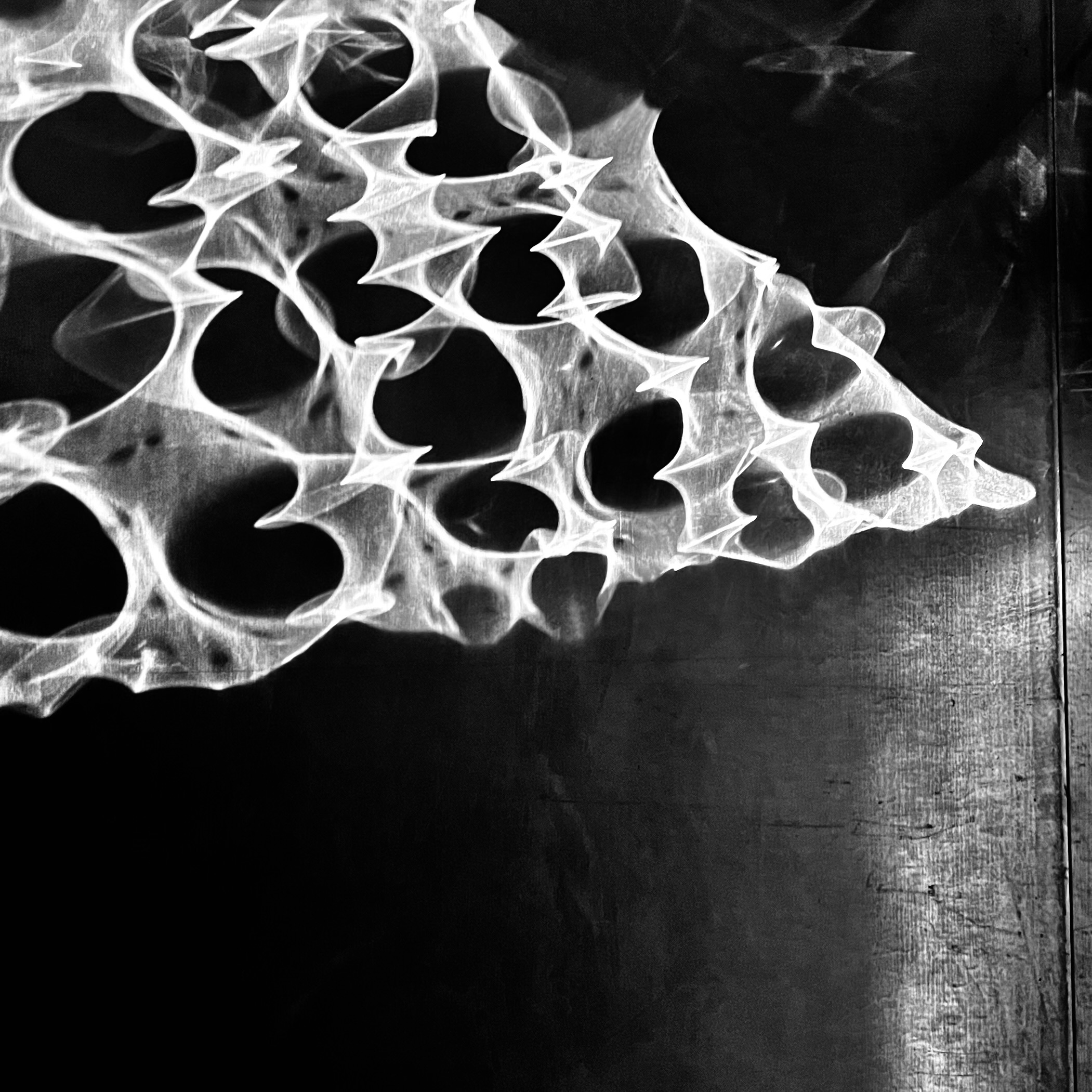

Monteriggioni
What a charming hilltop town! Tiny and full of tourists sitting at outdoor tables drinking spritzes. Everyone was enjoying themselves on a sunny Sunday afternoon. The walled town was established by Siena to hold a garrison of troops guarding Siena from its enemy Florence. The fortifications are mostly intact. Great views of the Chianti region from the top of the walls. We are surprised that forests seem to dominate the landscape rather than vineyards.
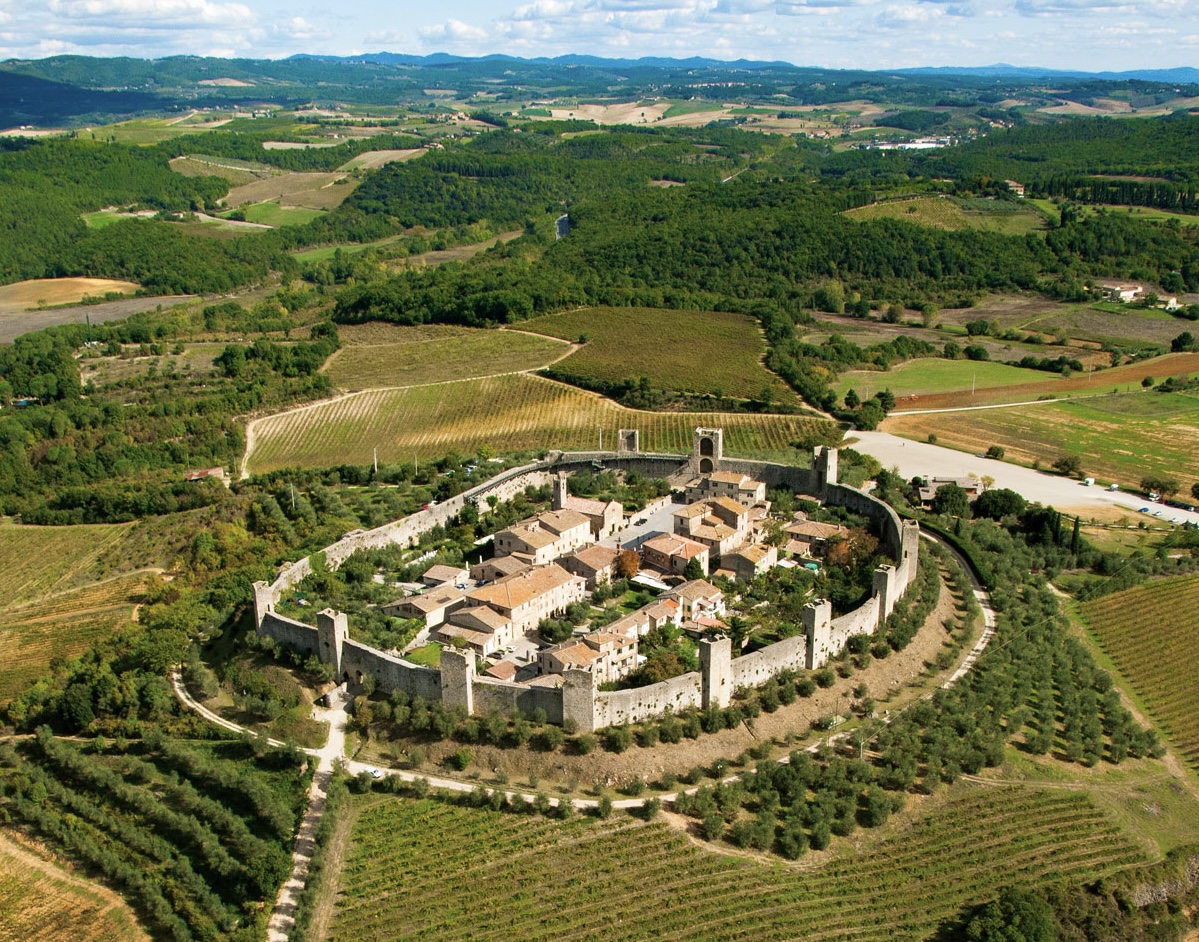
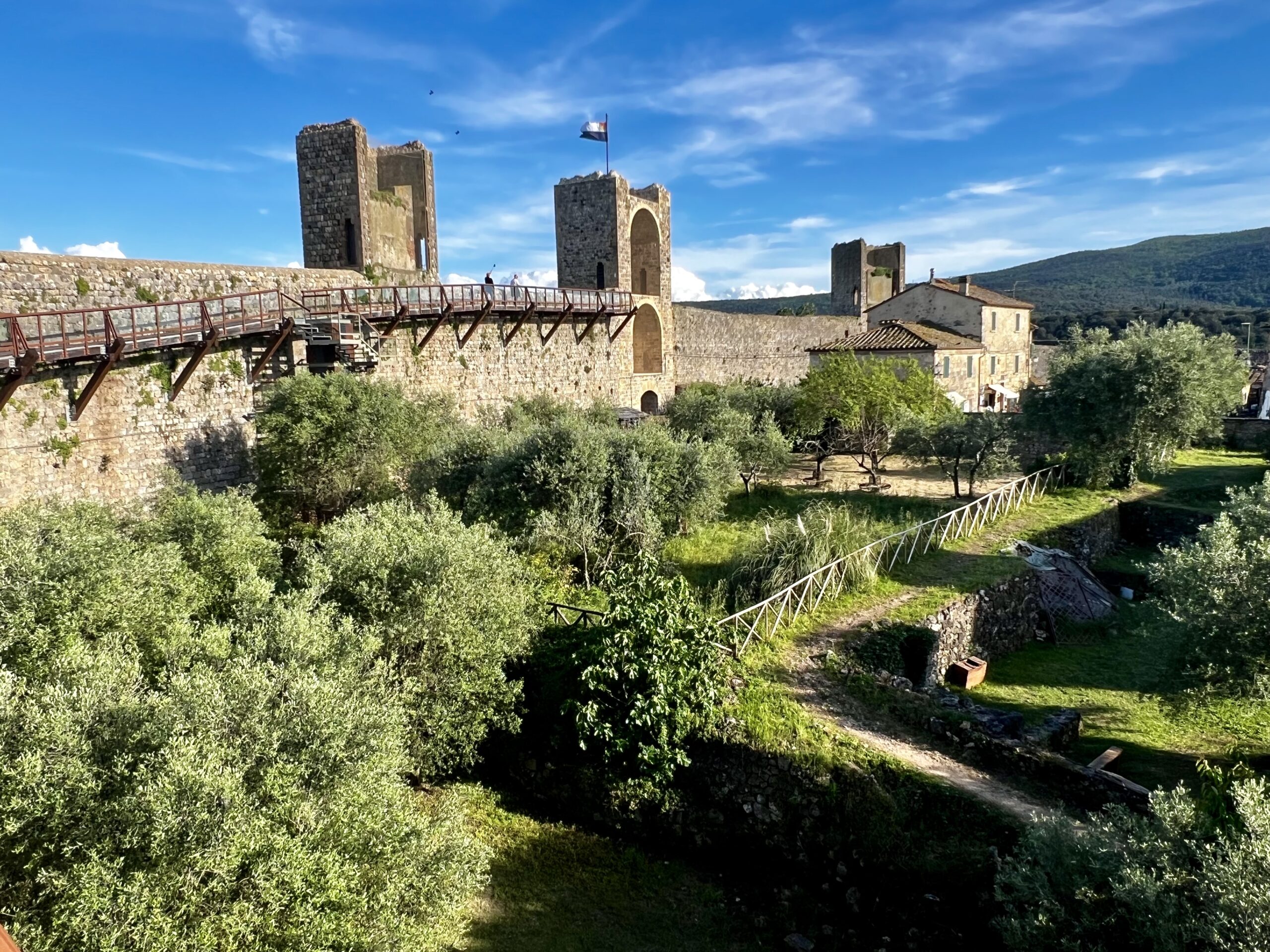
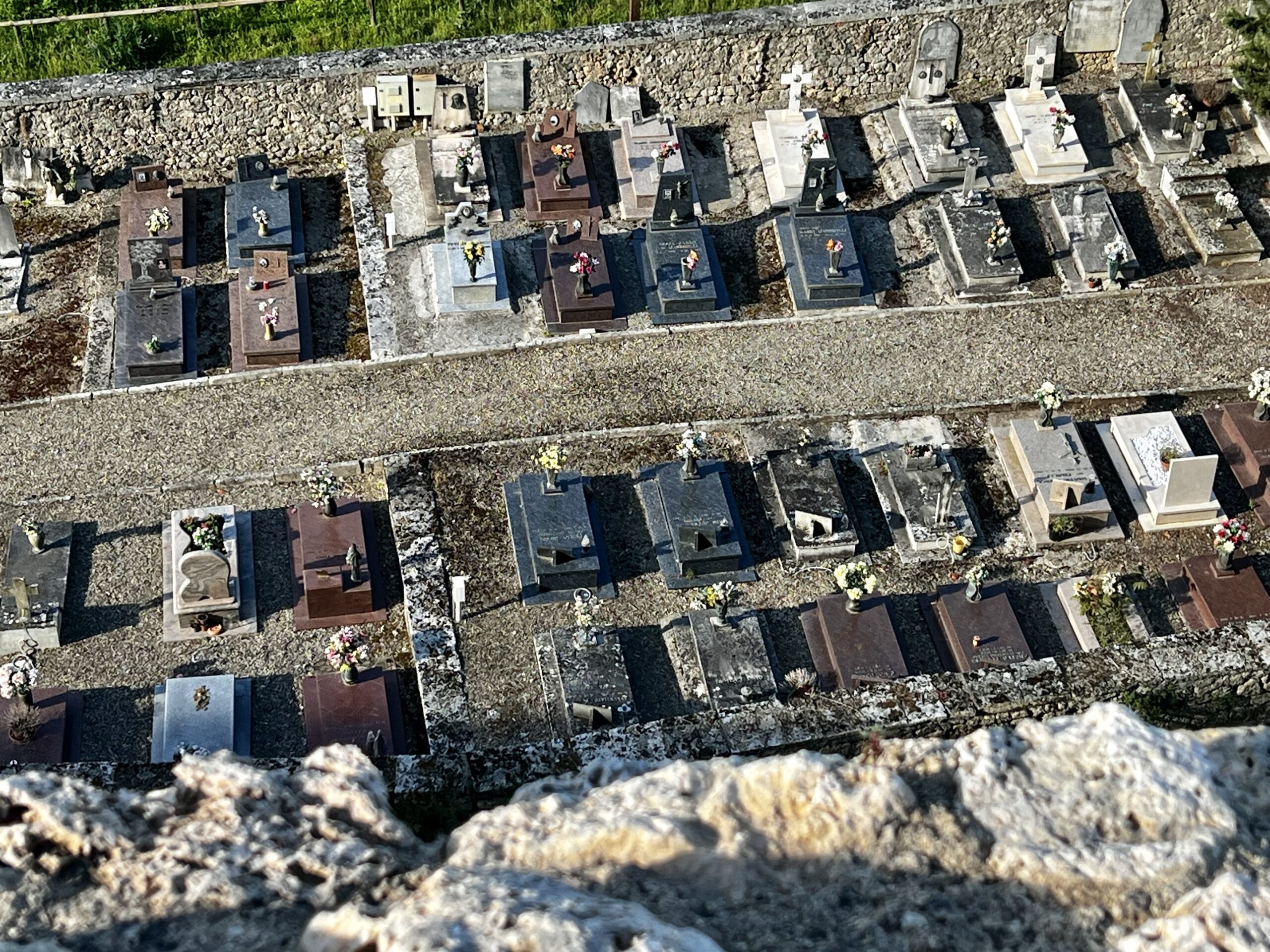
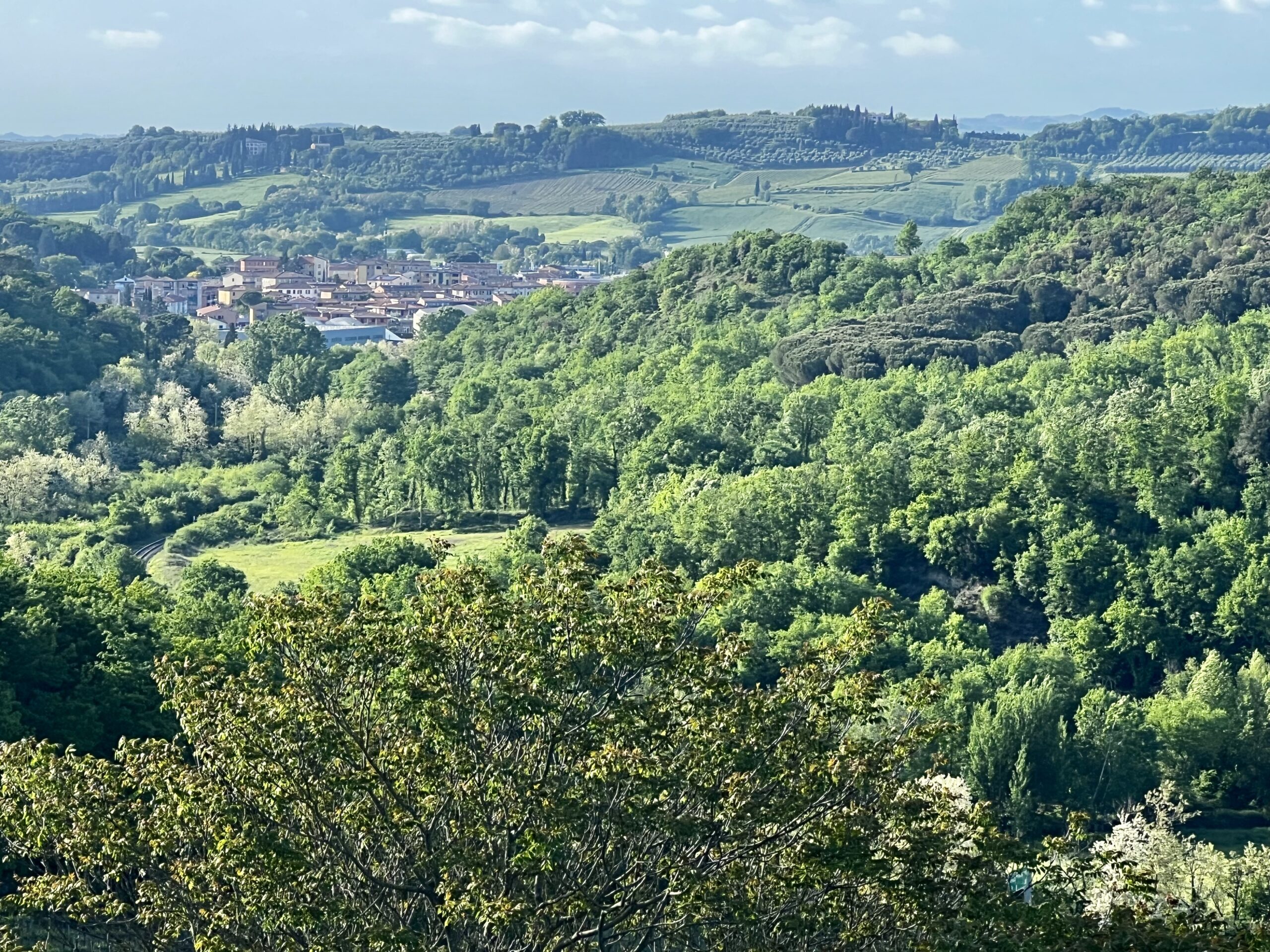

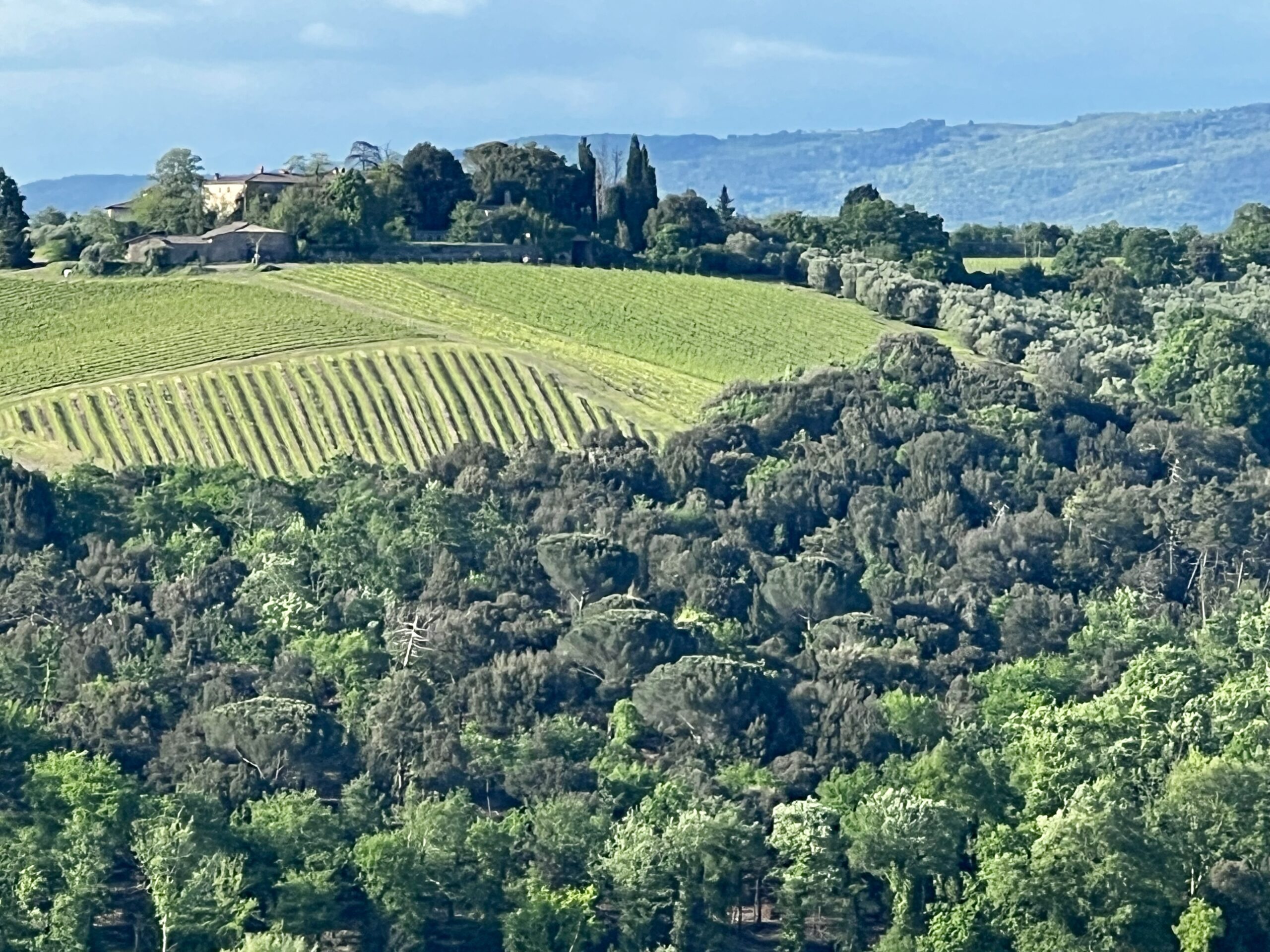
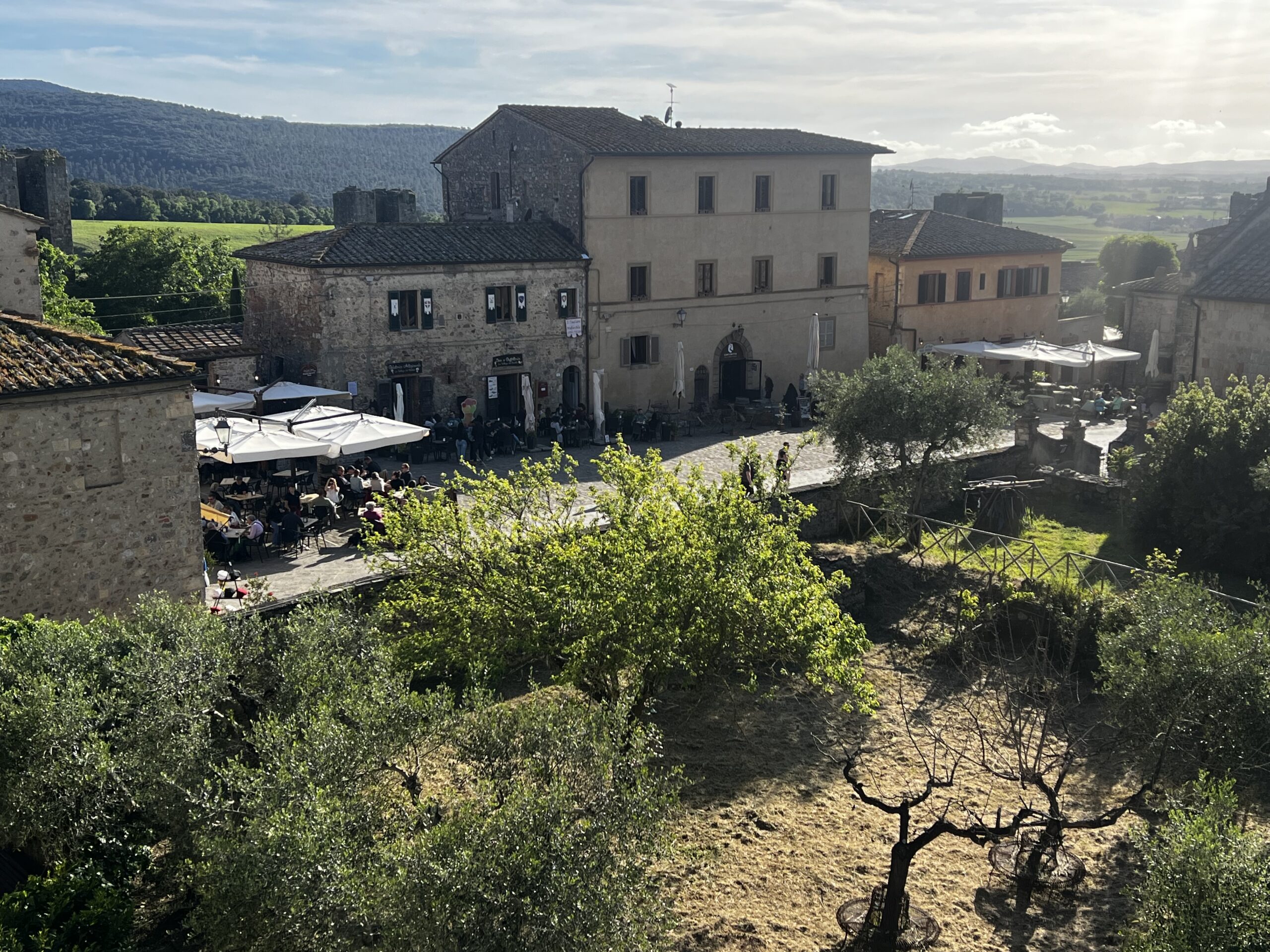
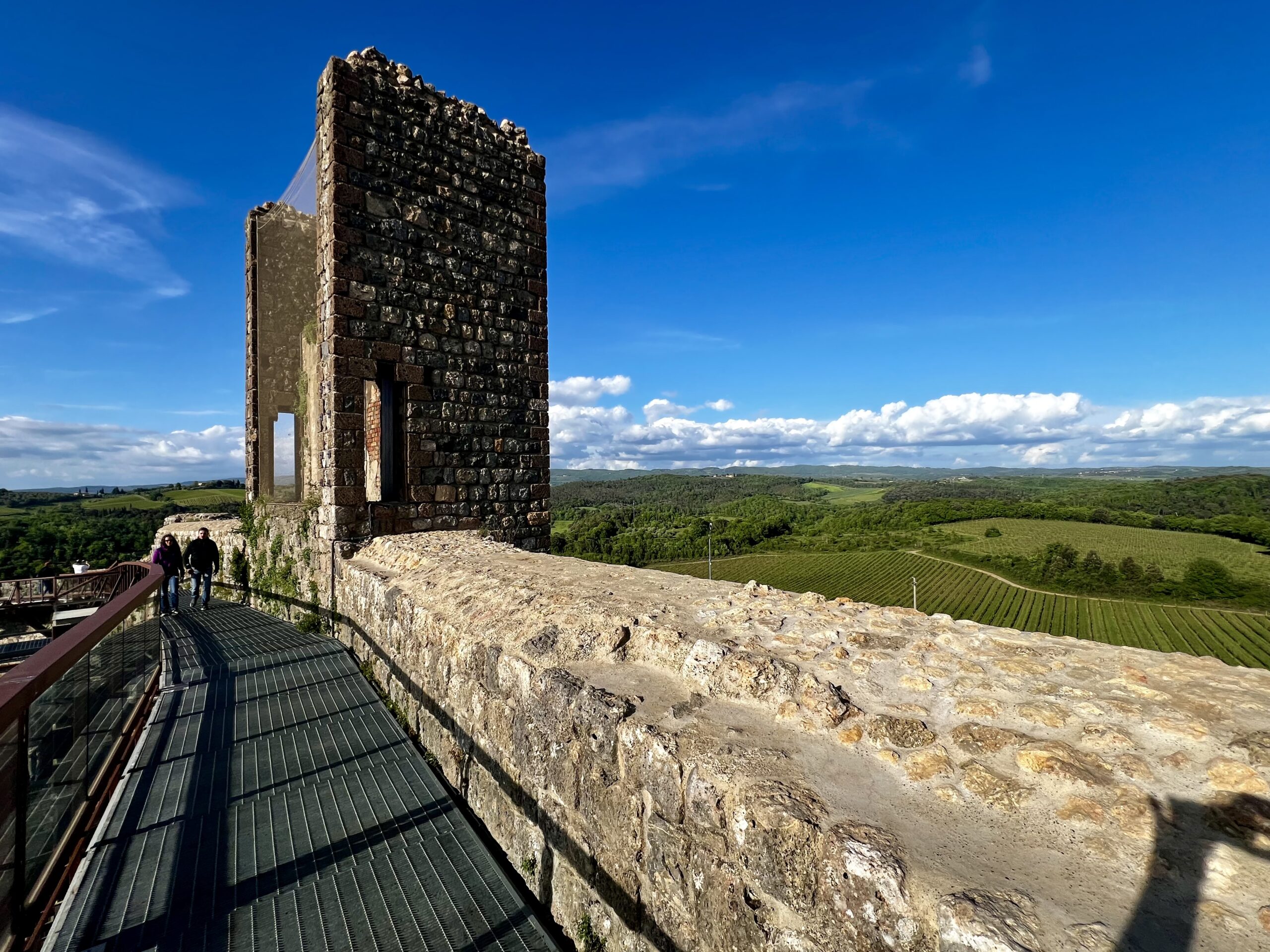
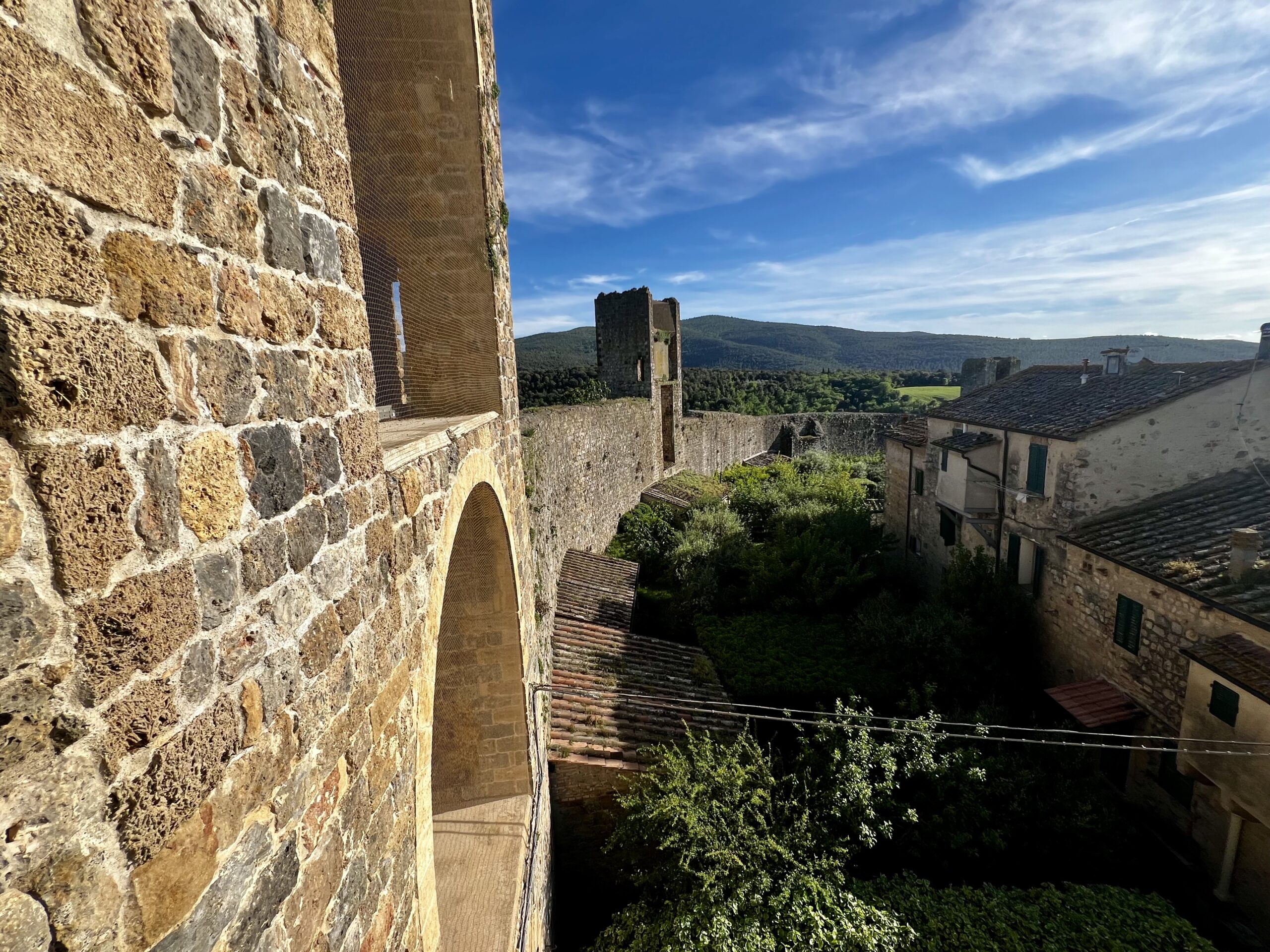
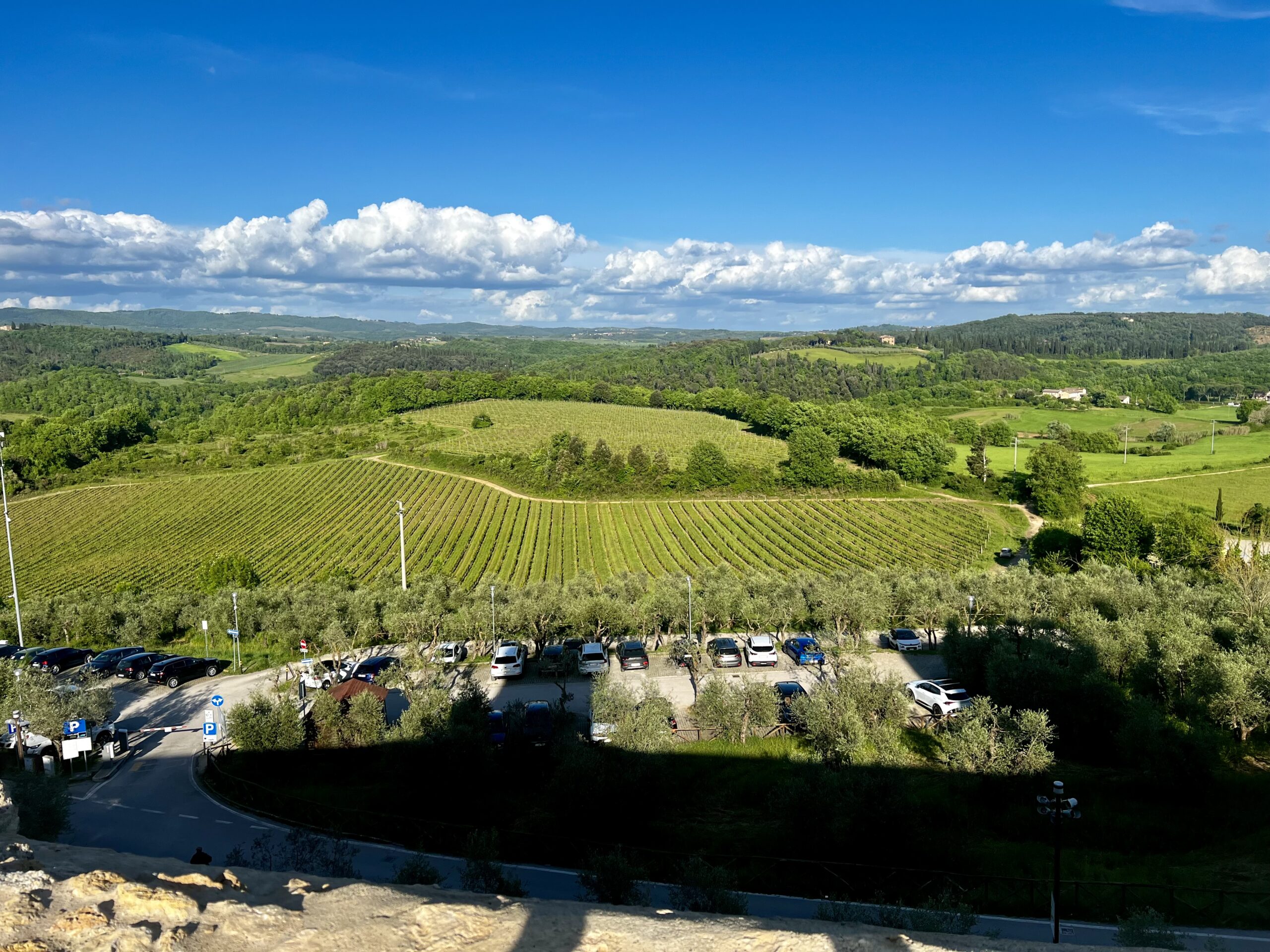
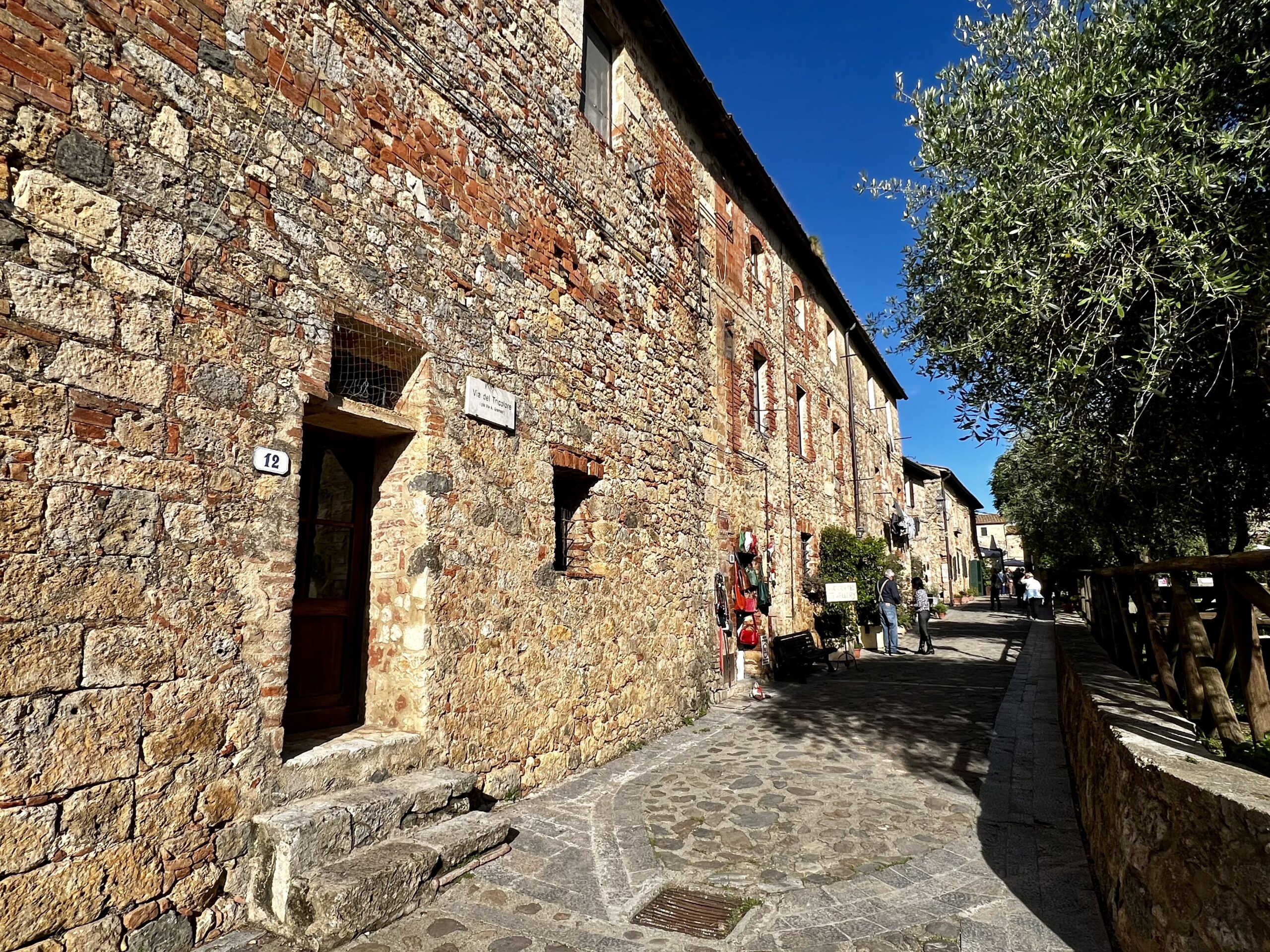
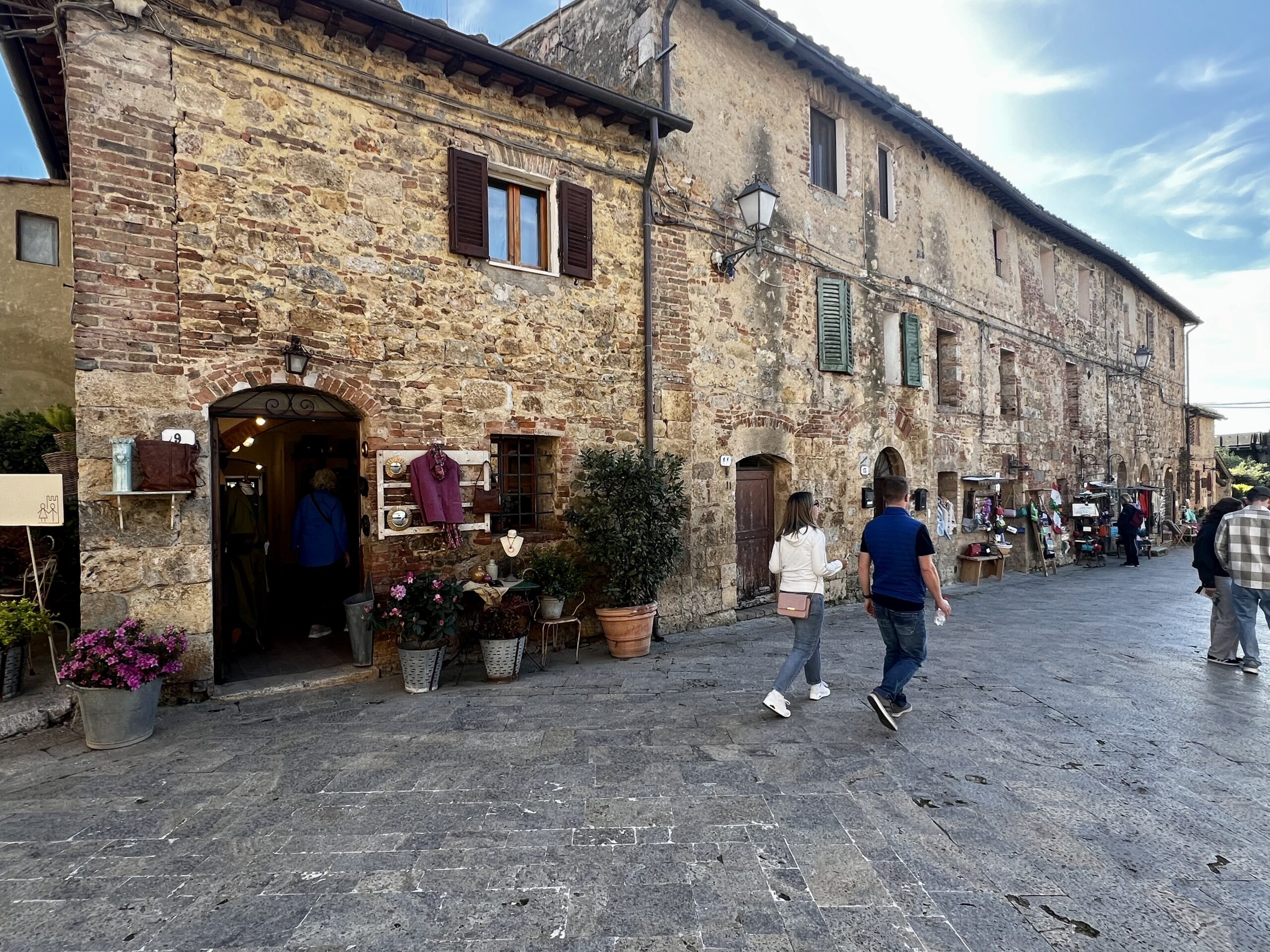
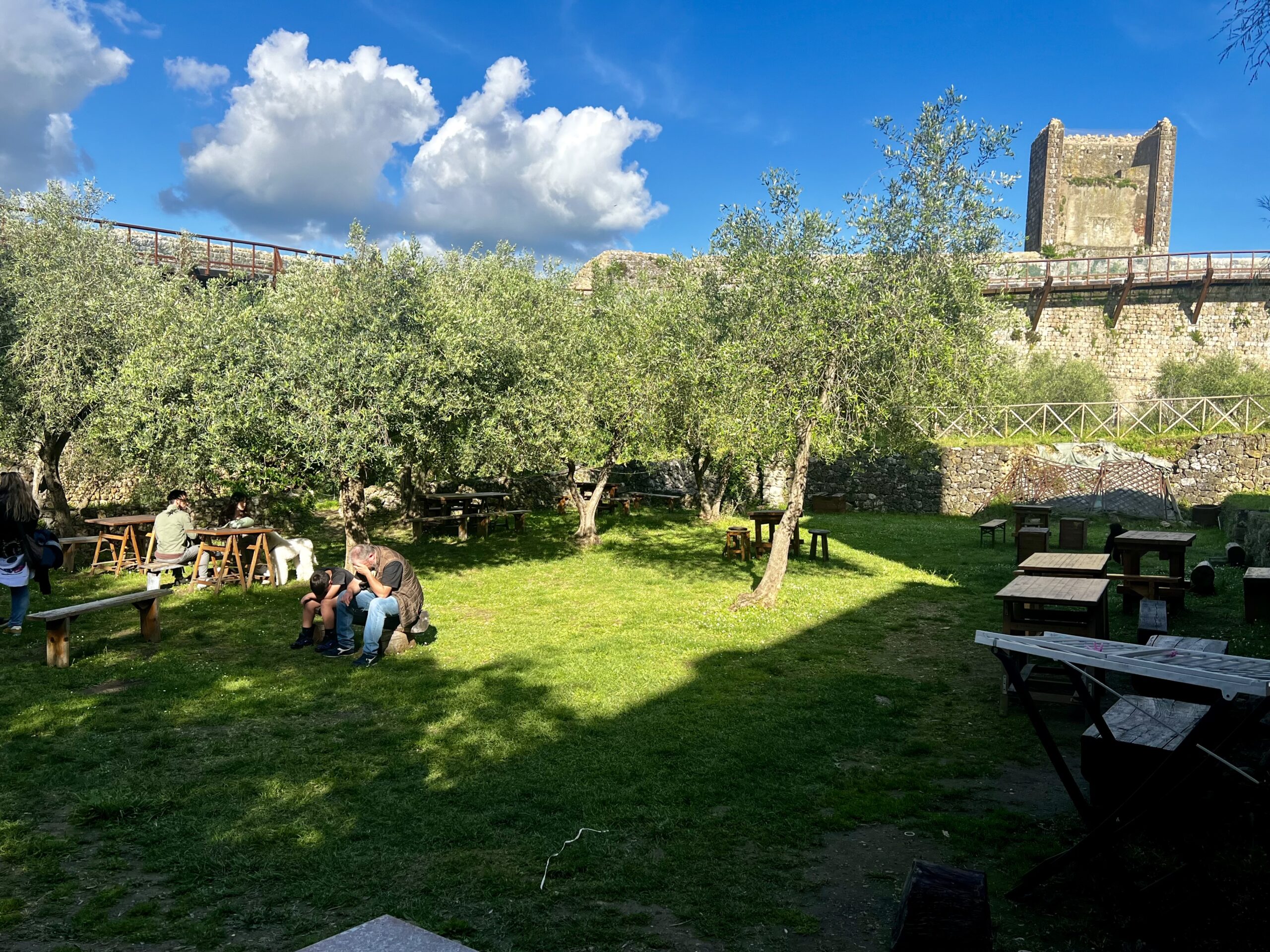
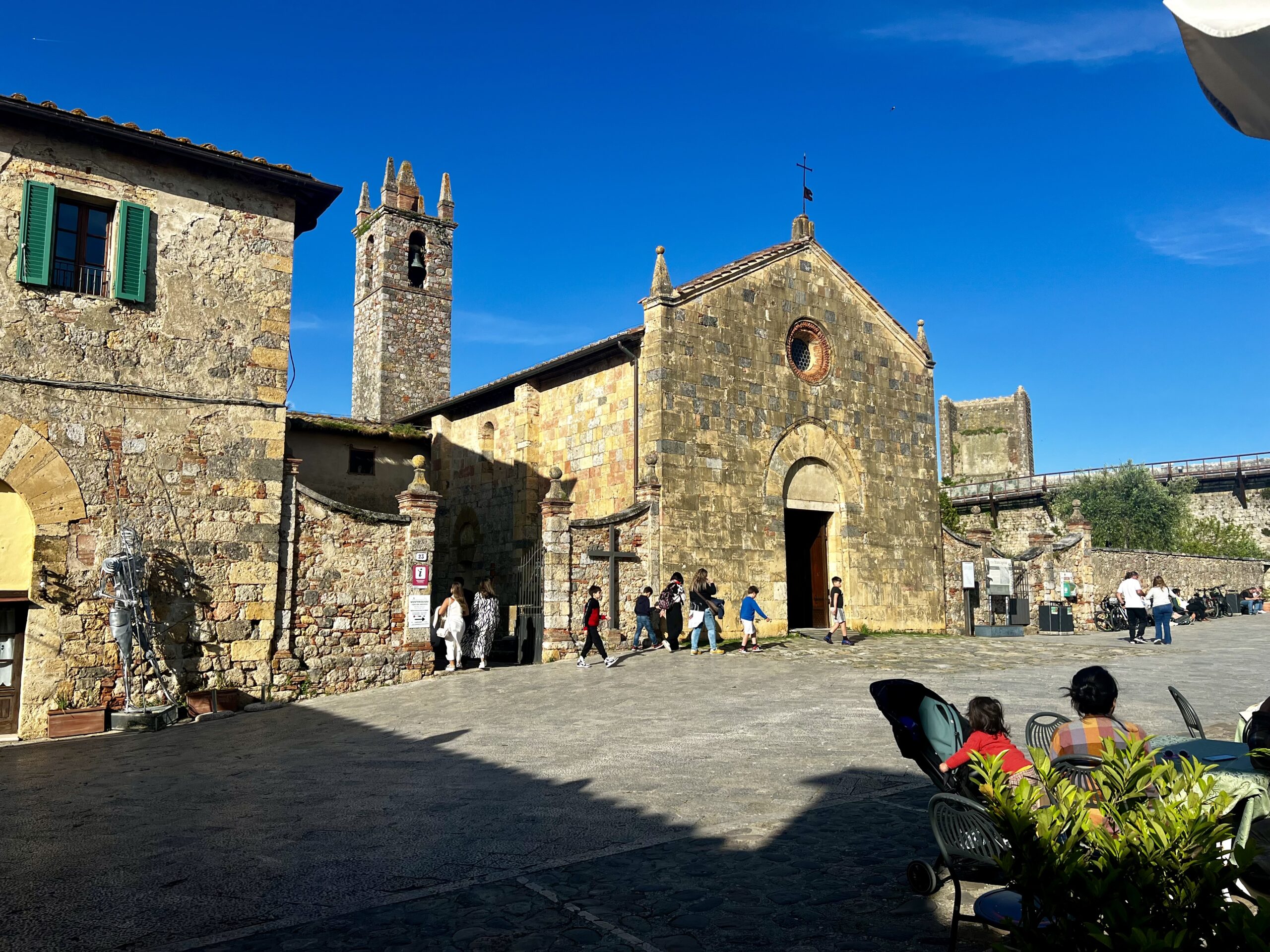
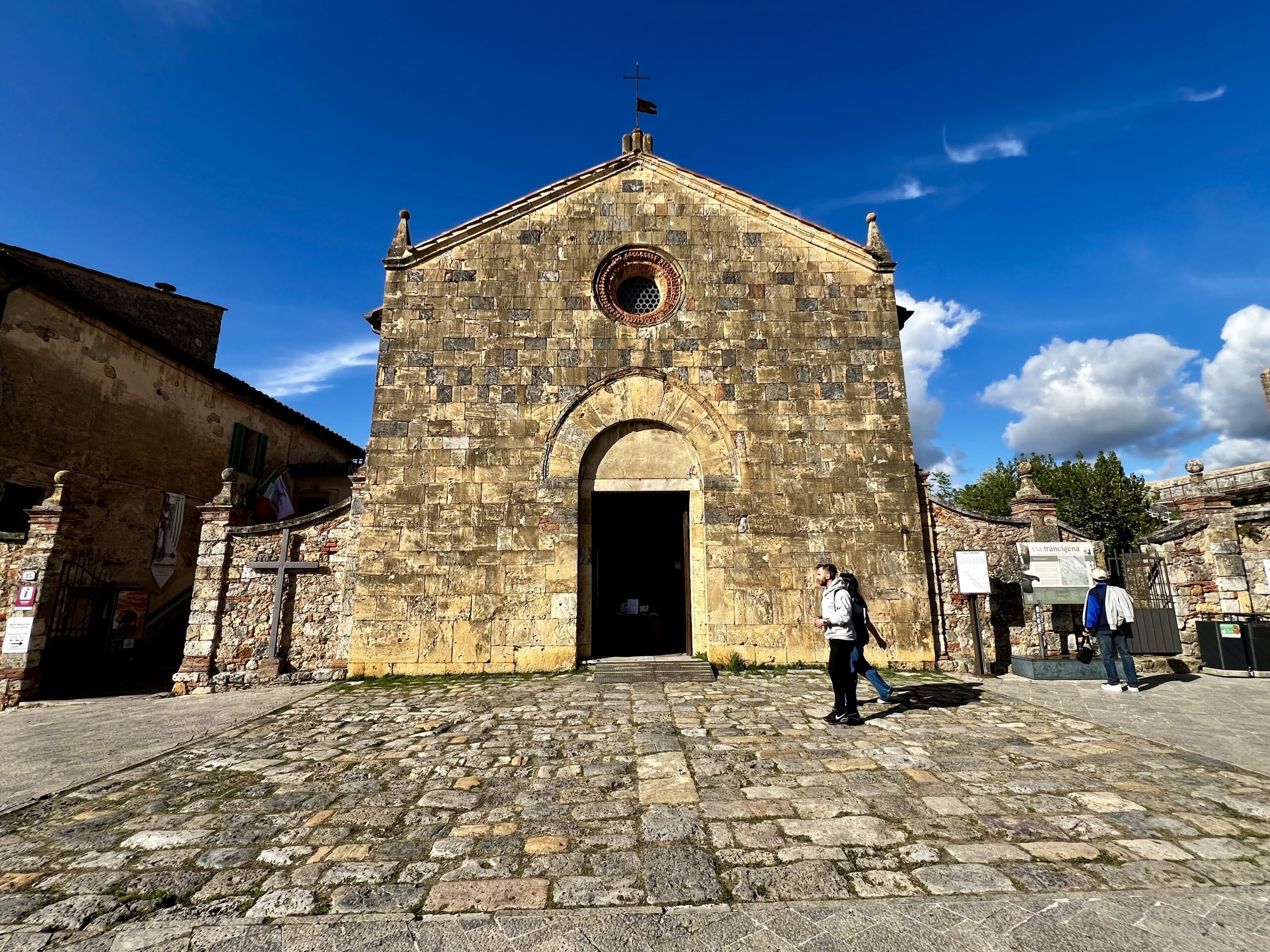
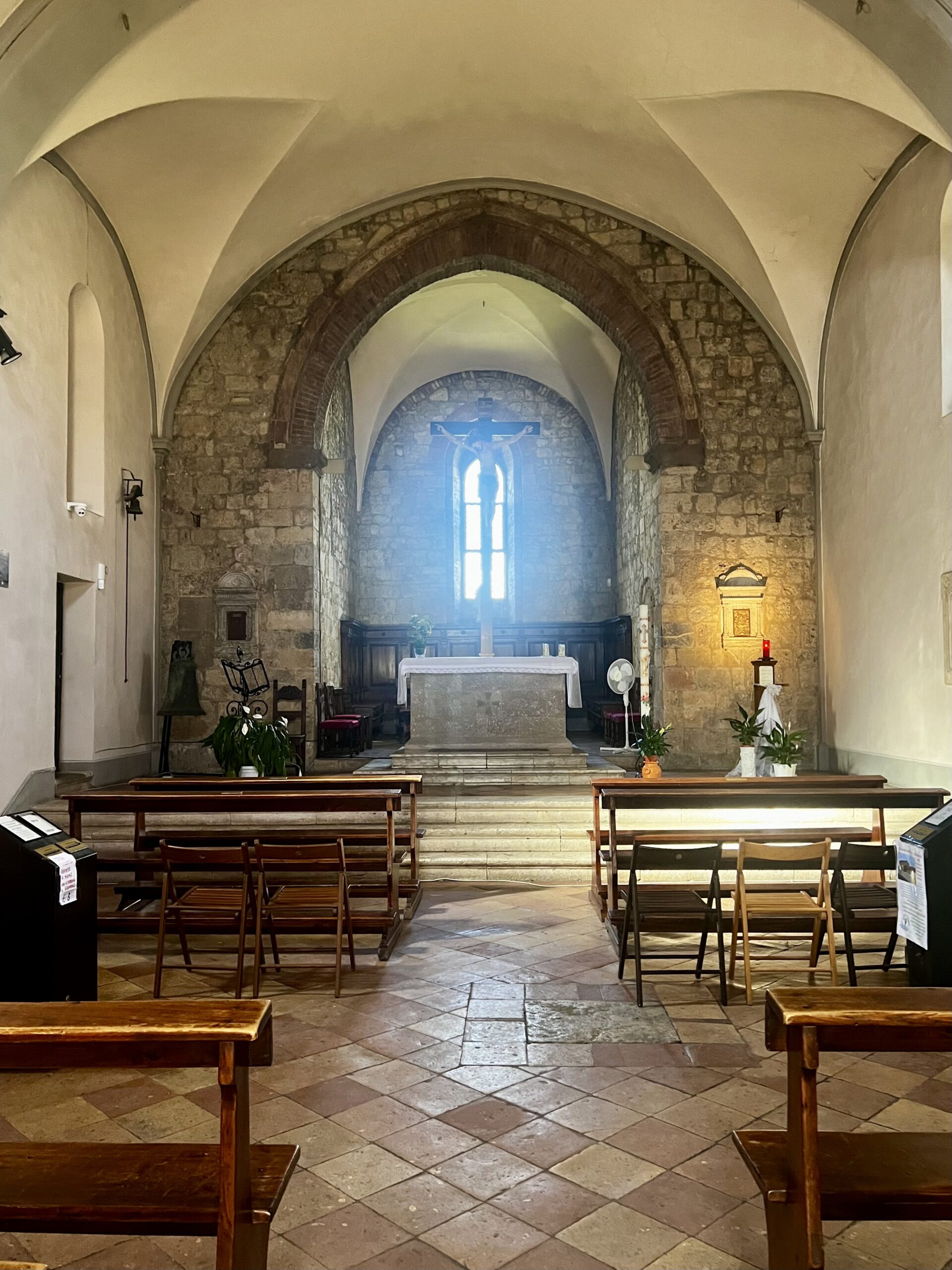
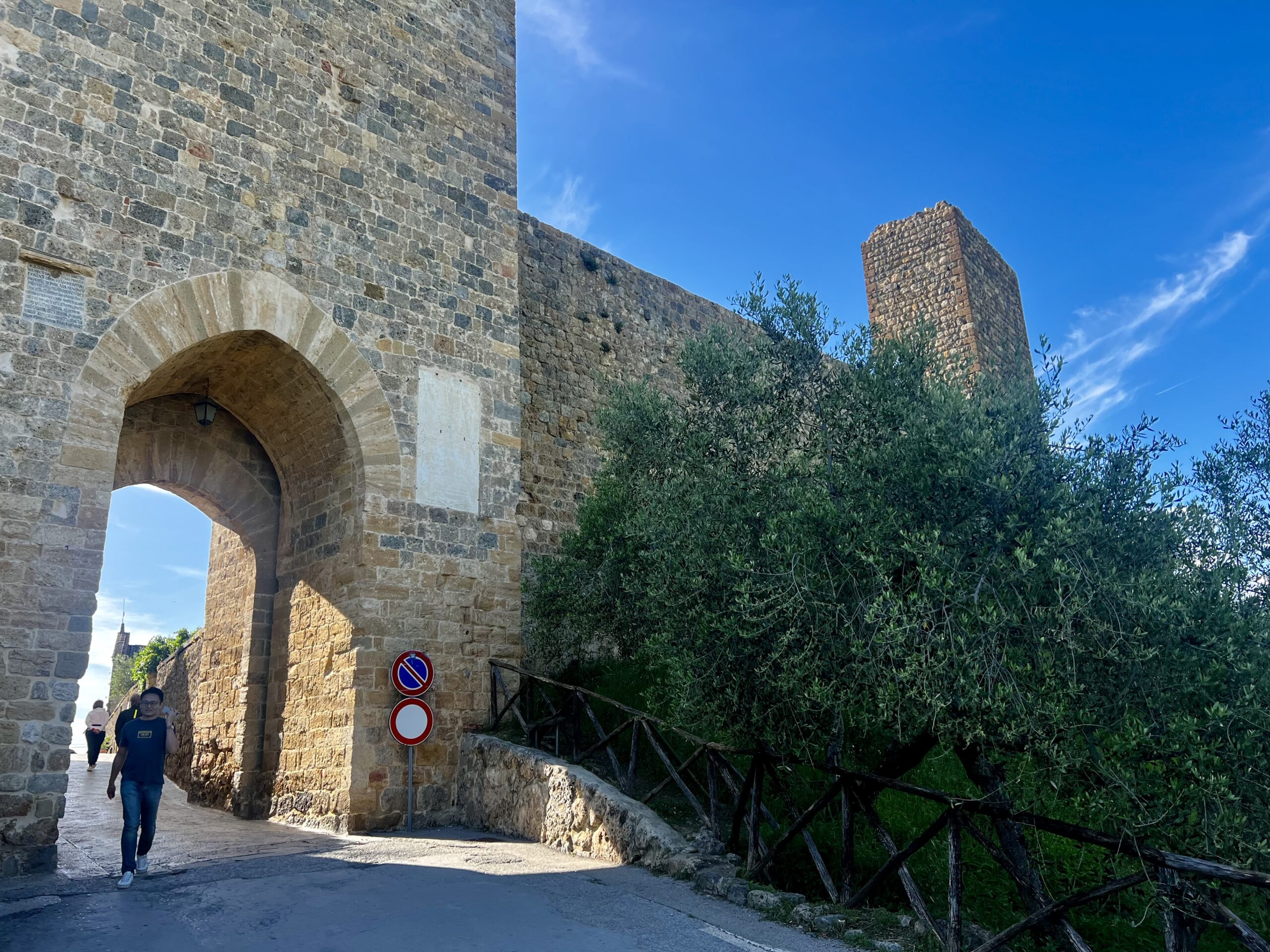
More Wandering
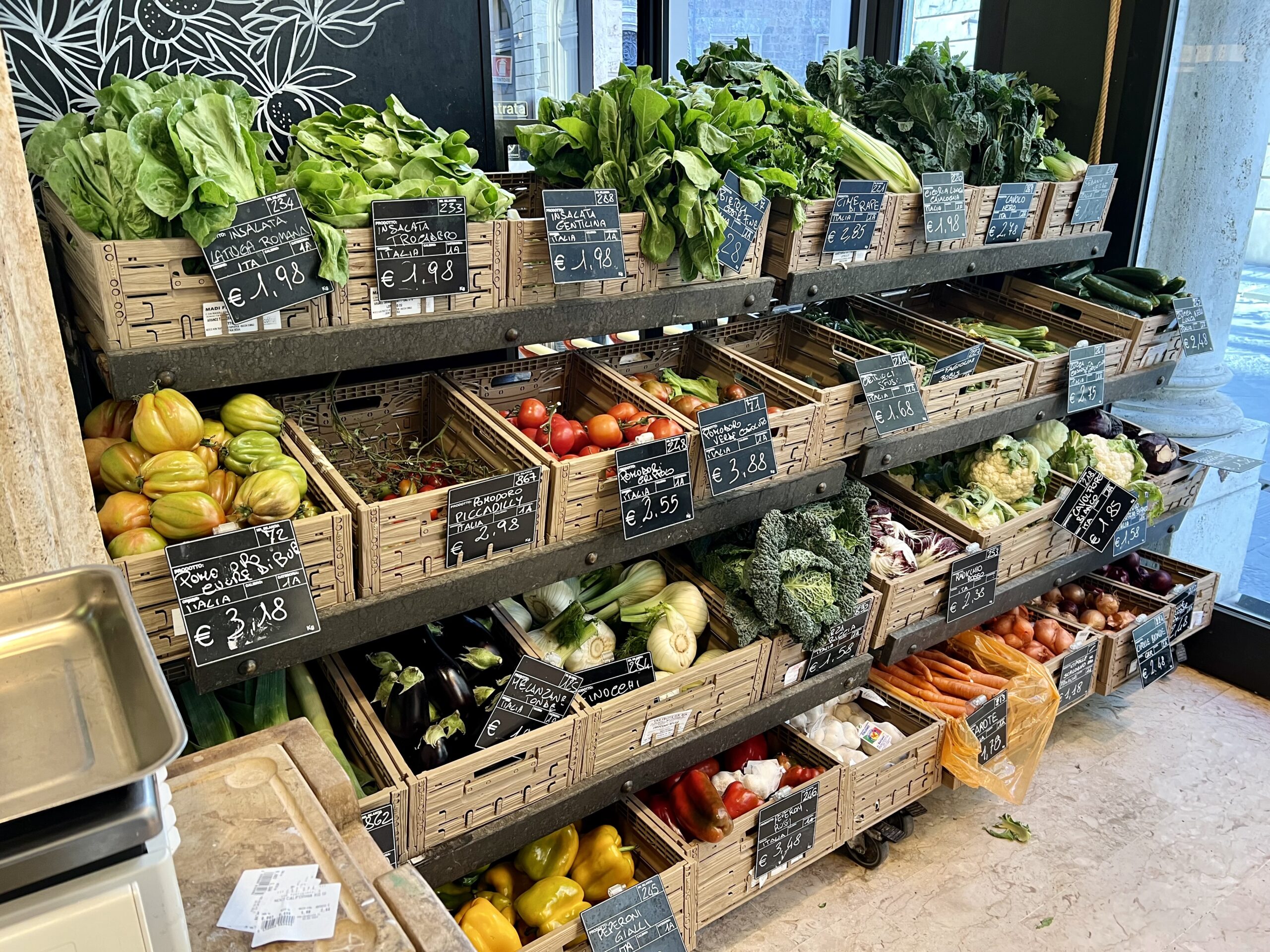
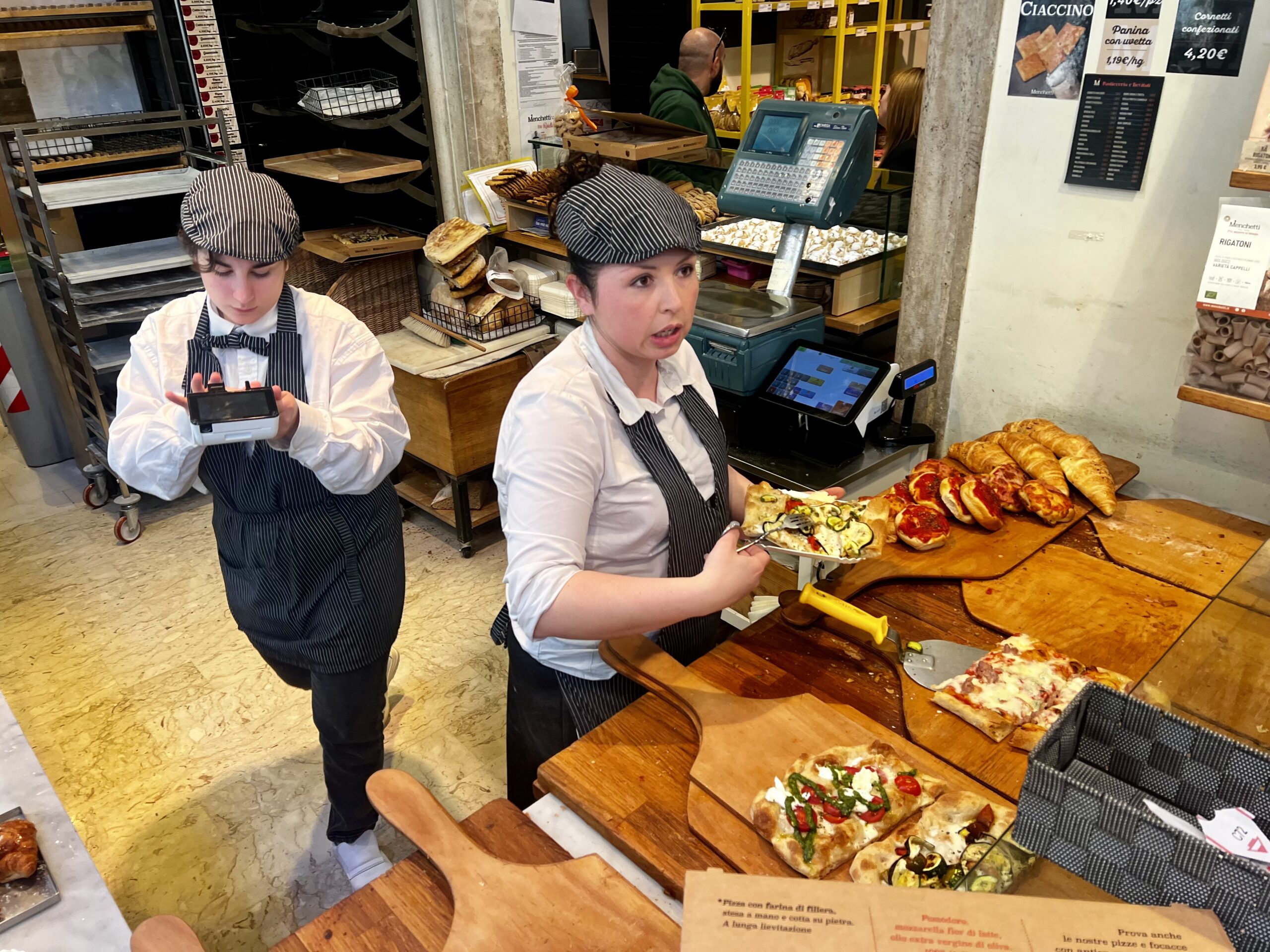
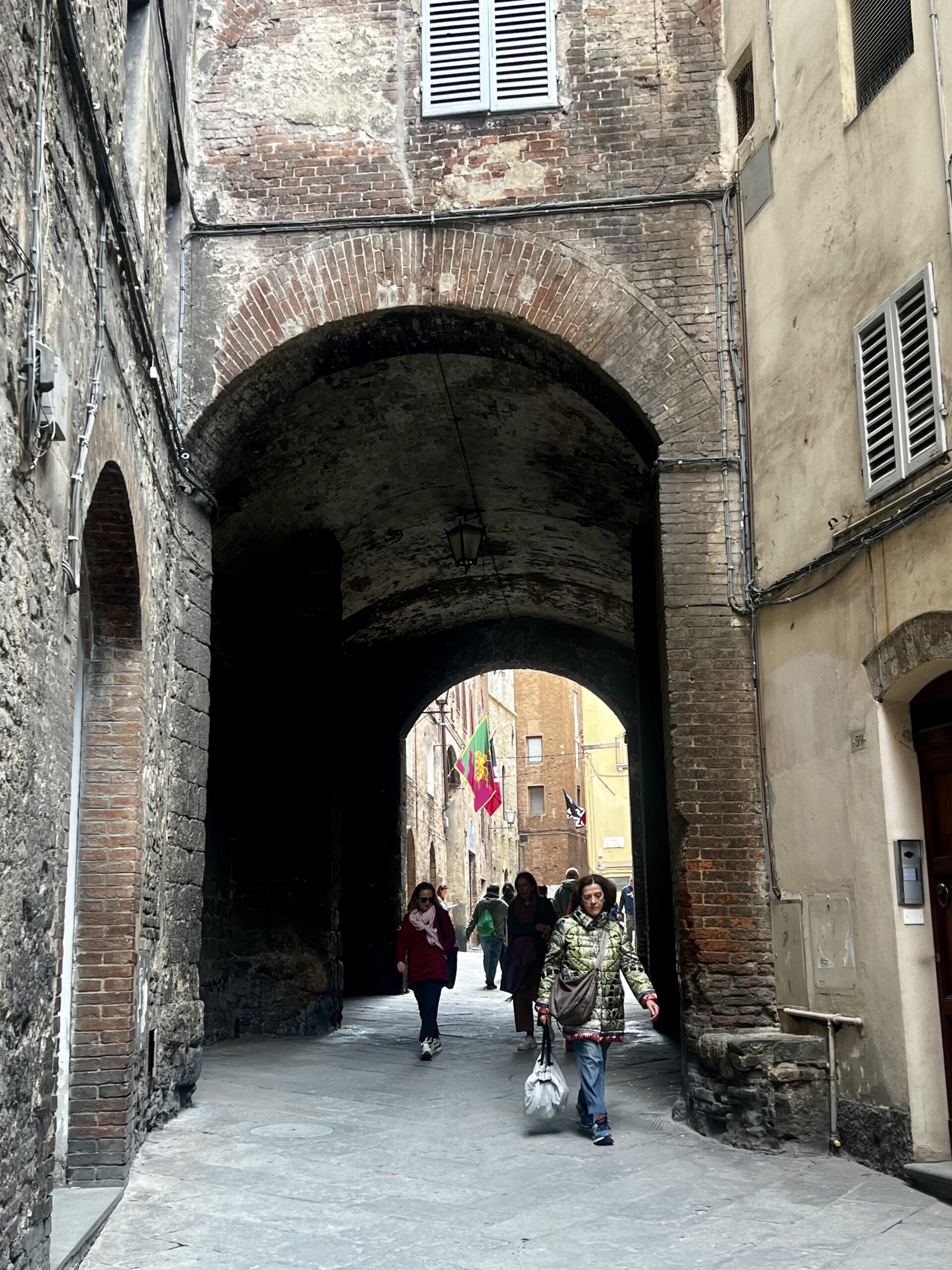
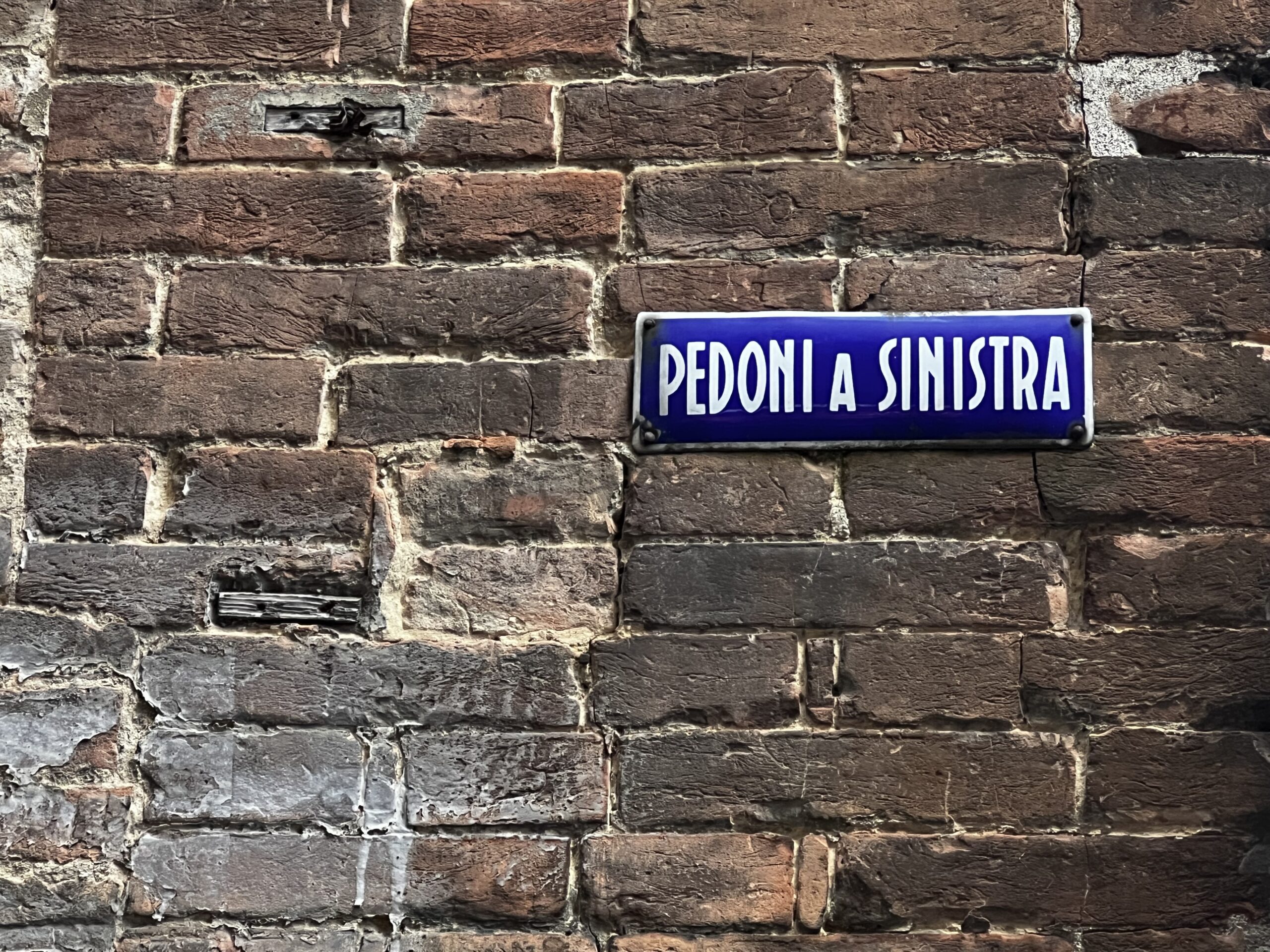
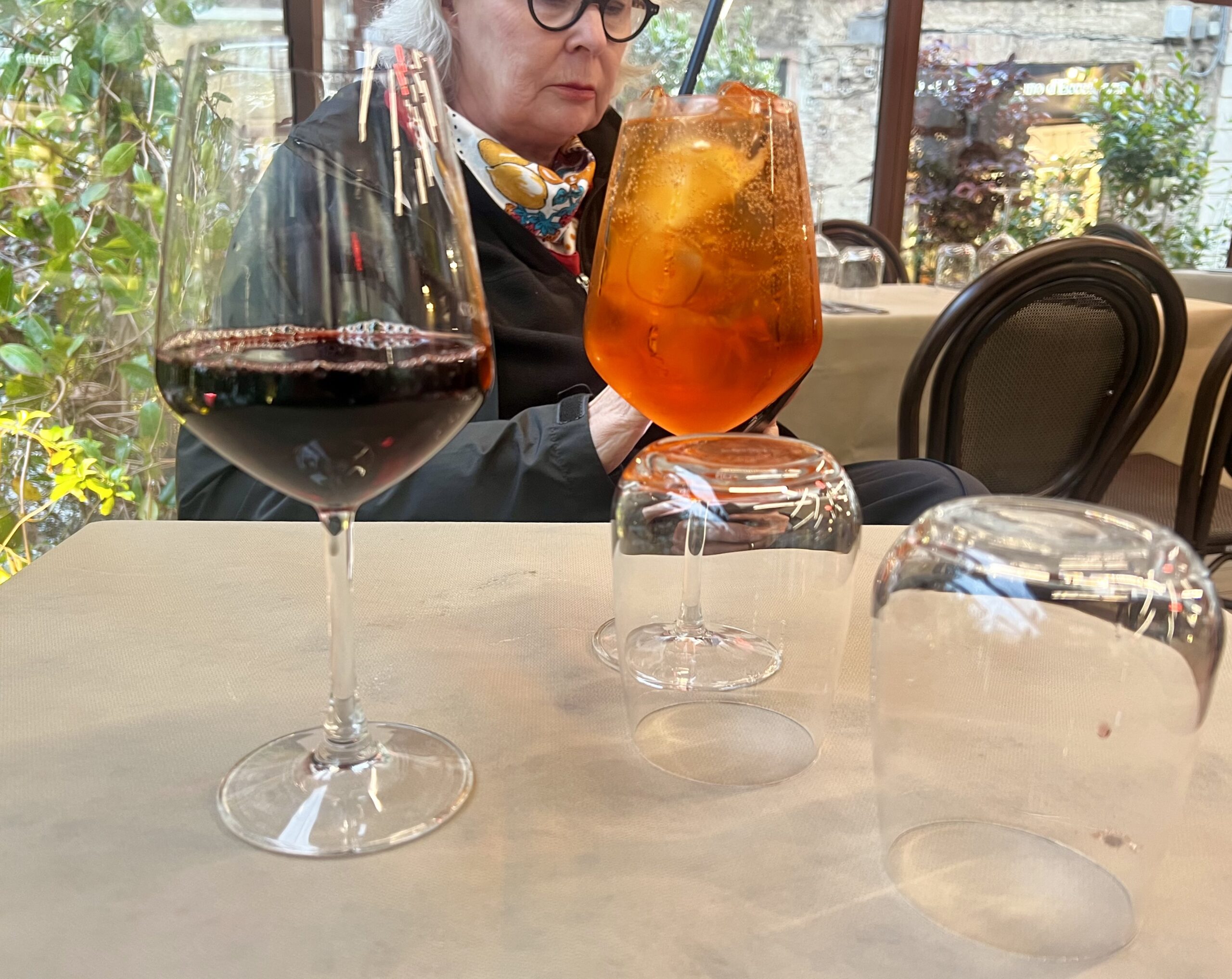
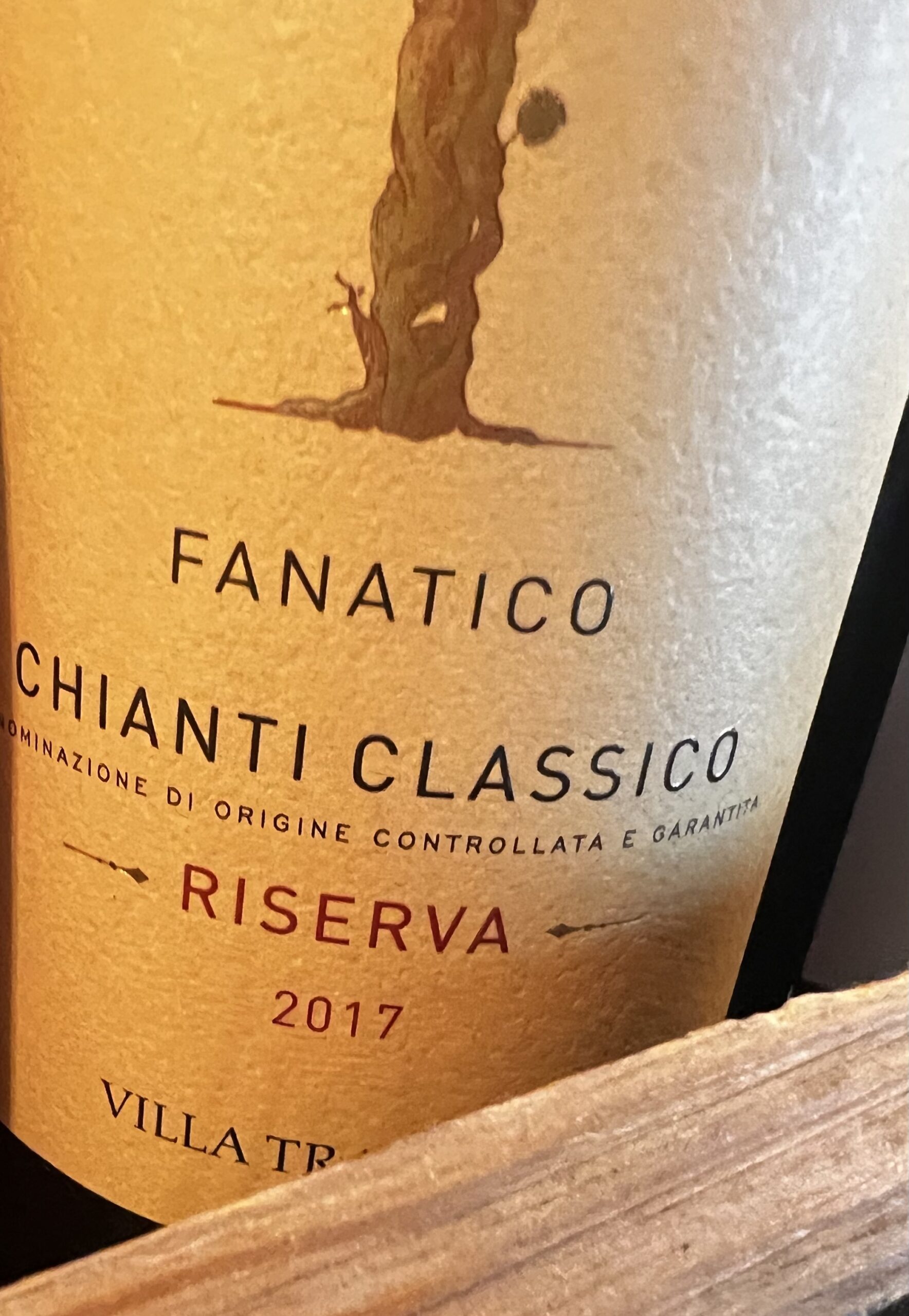
Next Post—Siena—Part Three (Flags and More)

Robert and Bonnie, it is so great that you are embedding yourself for one month in Sienna. This truly is the way to get to know a place. I would love to do such a thing someday. Glad your Italian is so good as well.
Needless to say, but I will say it anyway, your posts are first-rate. I can see a travel book once you guys stop traveling?
JOEL: Many thanks! No travel book. But more posts to come!